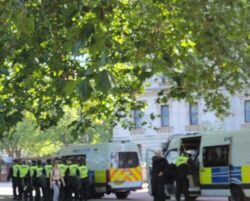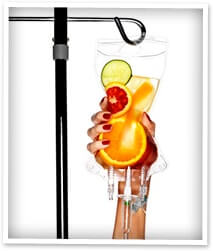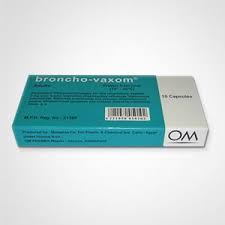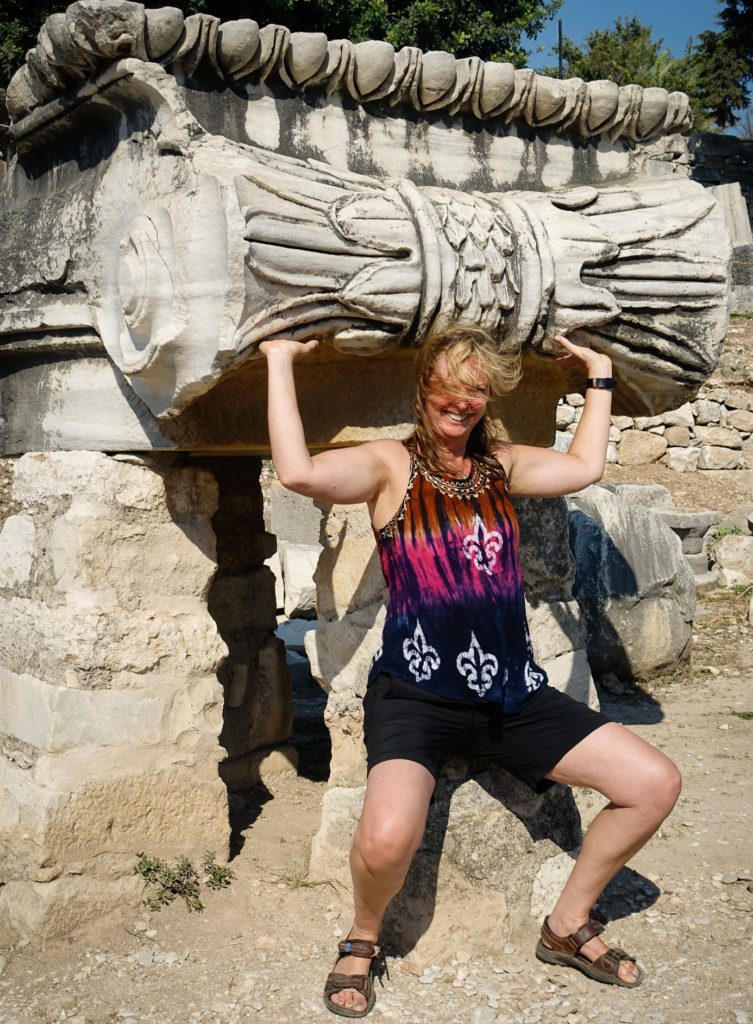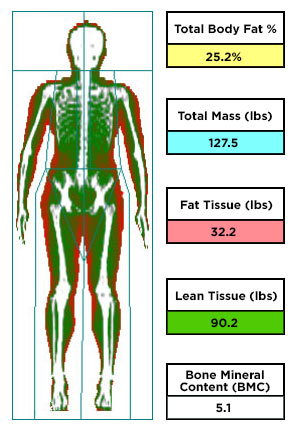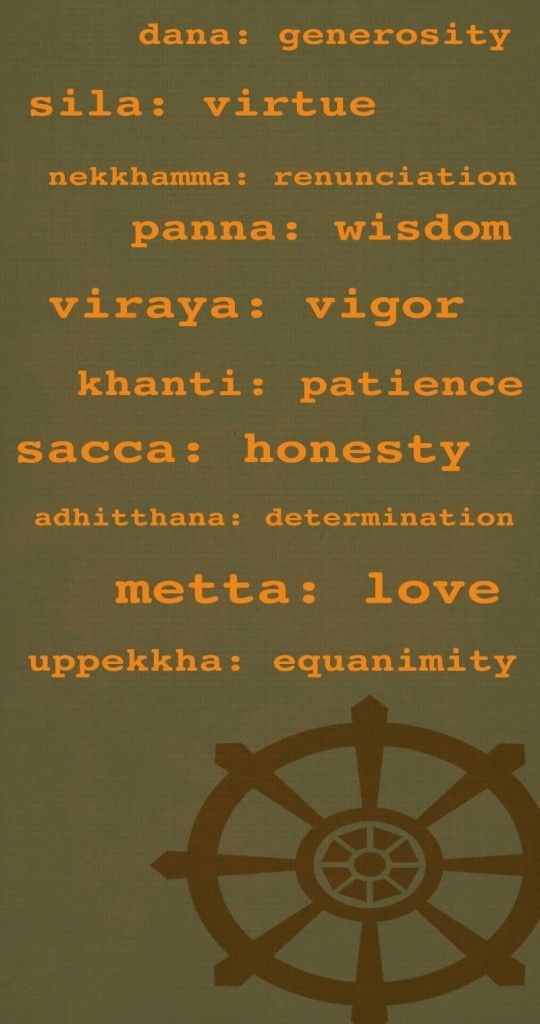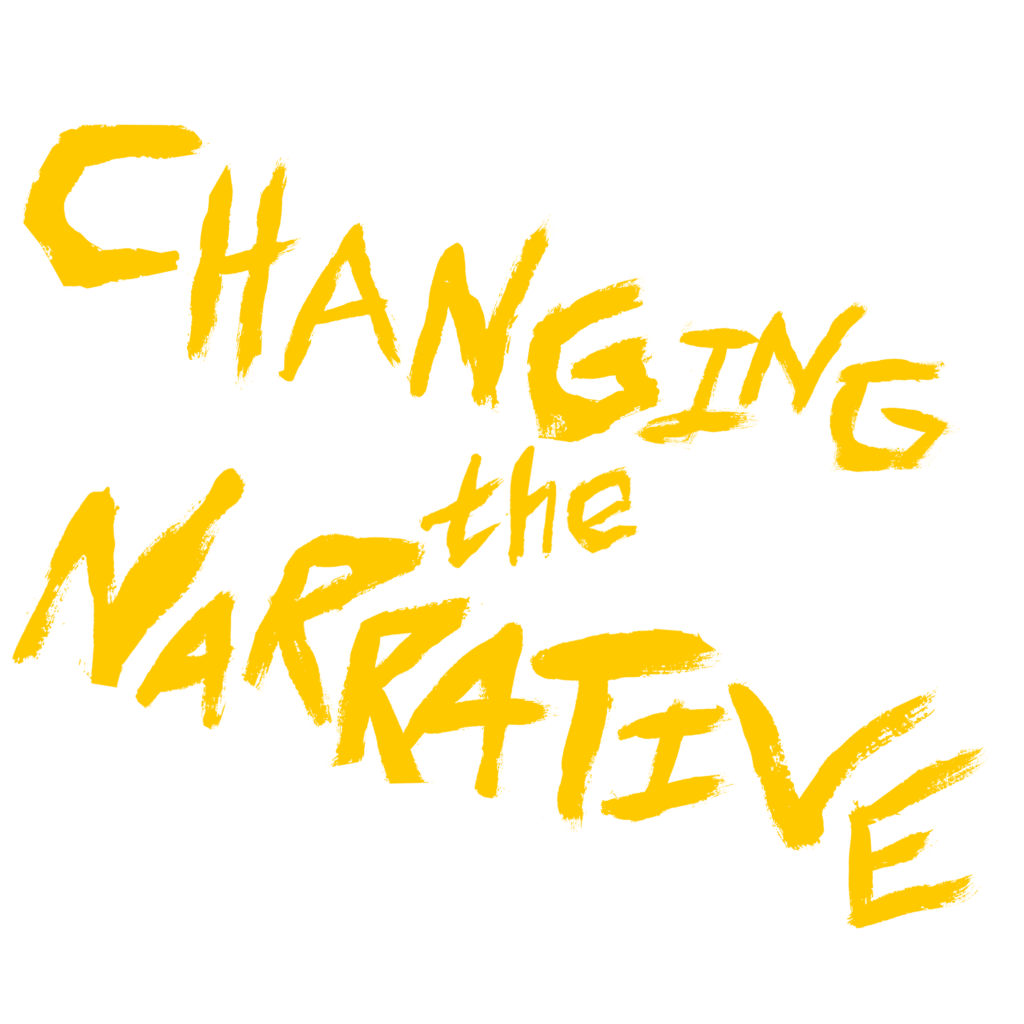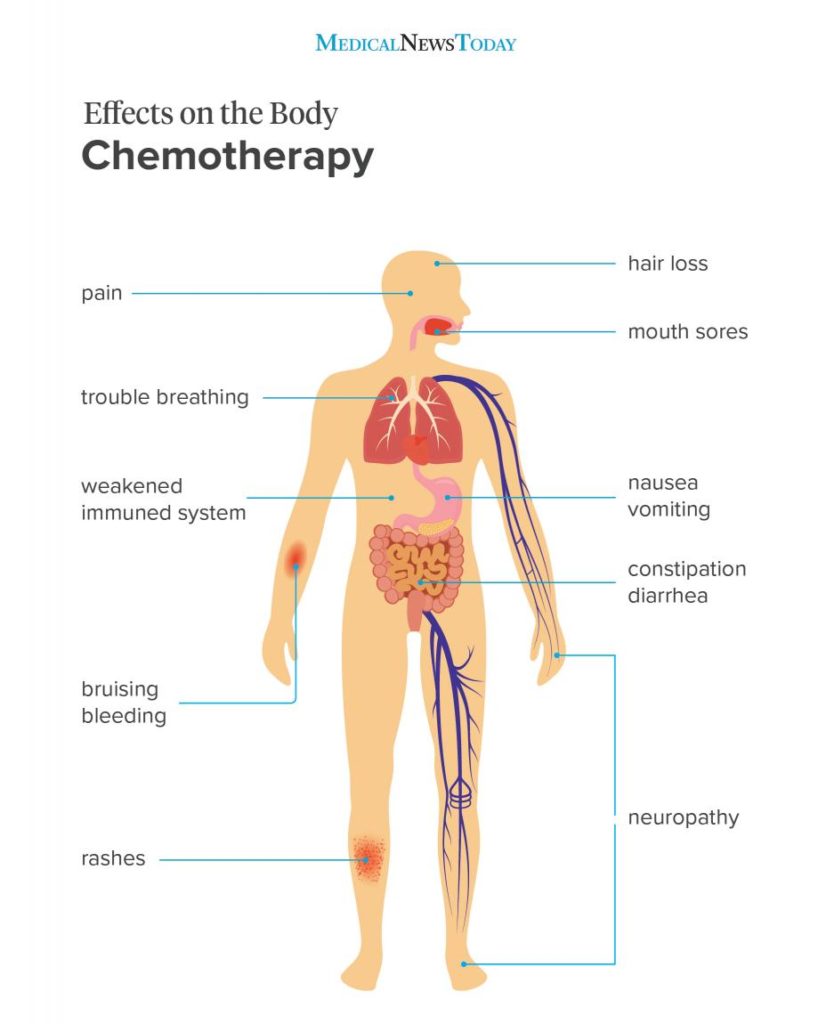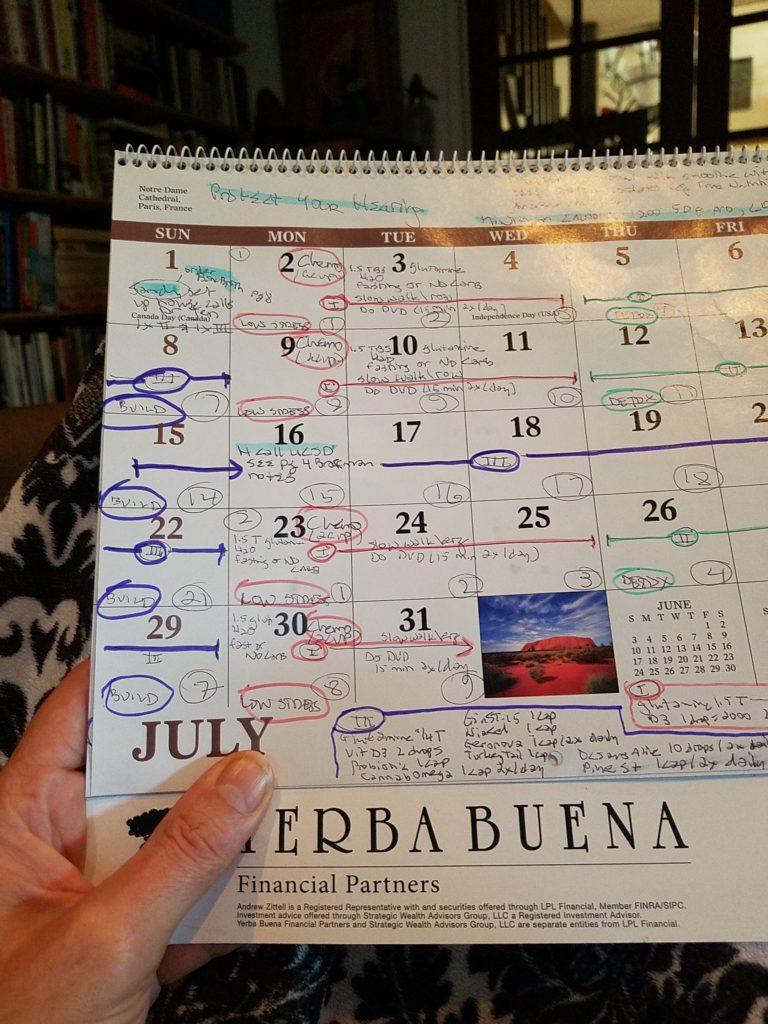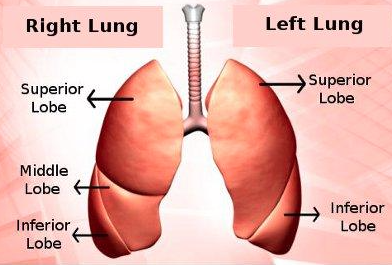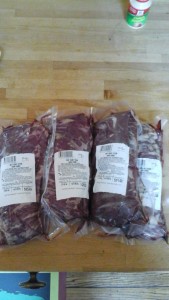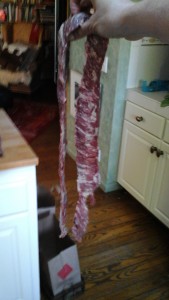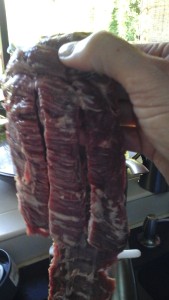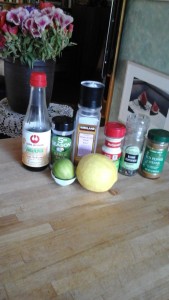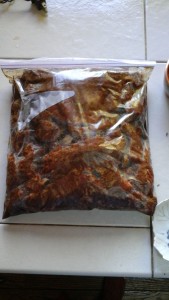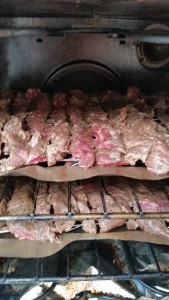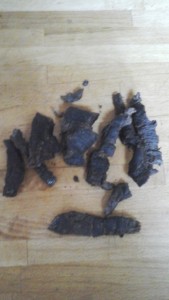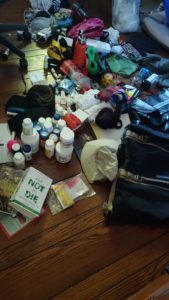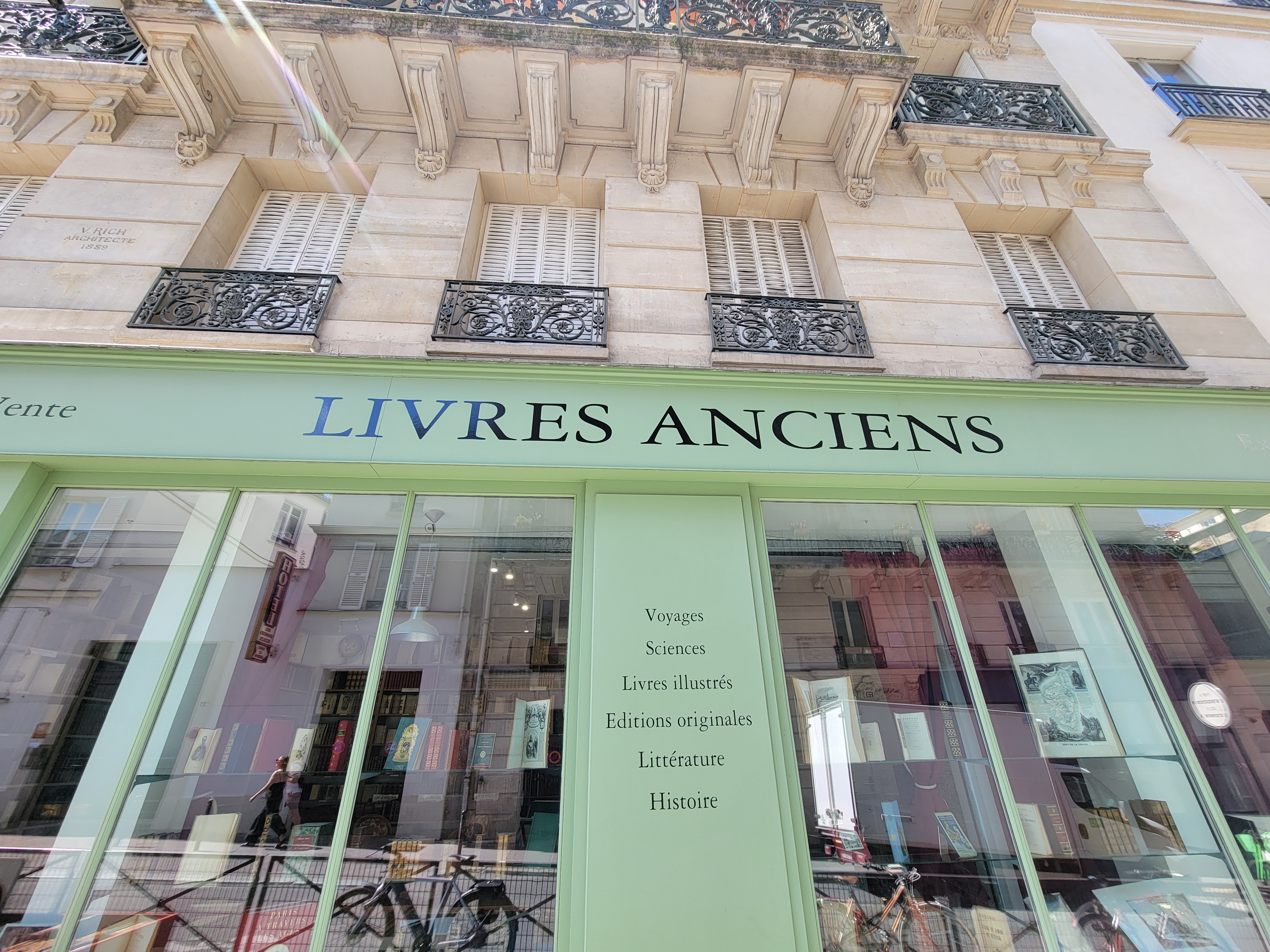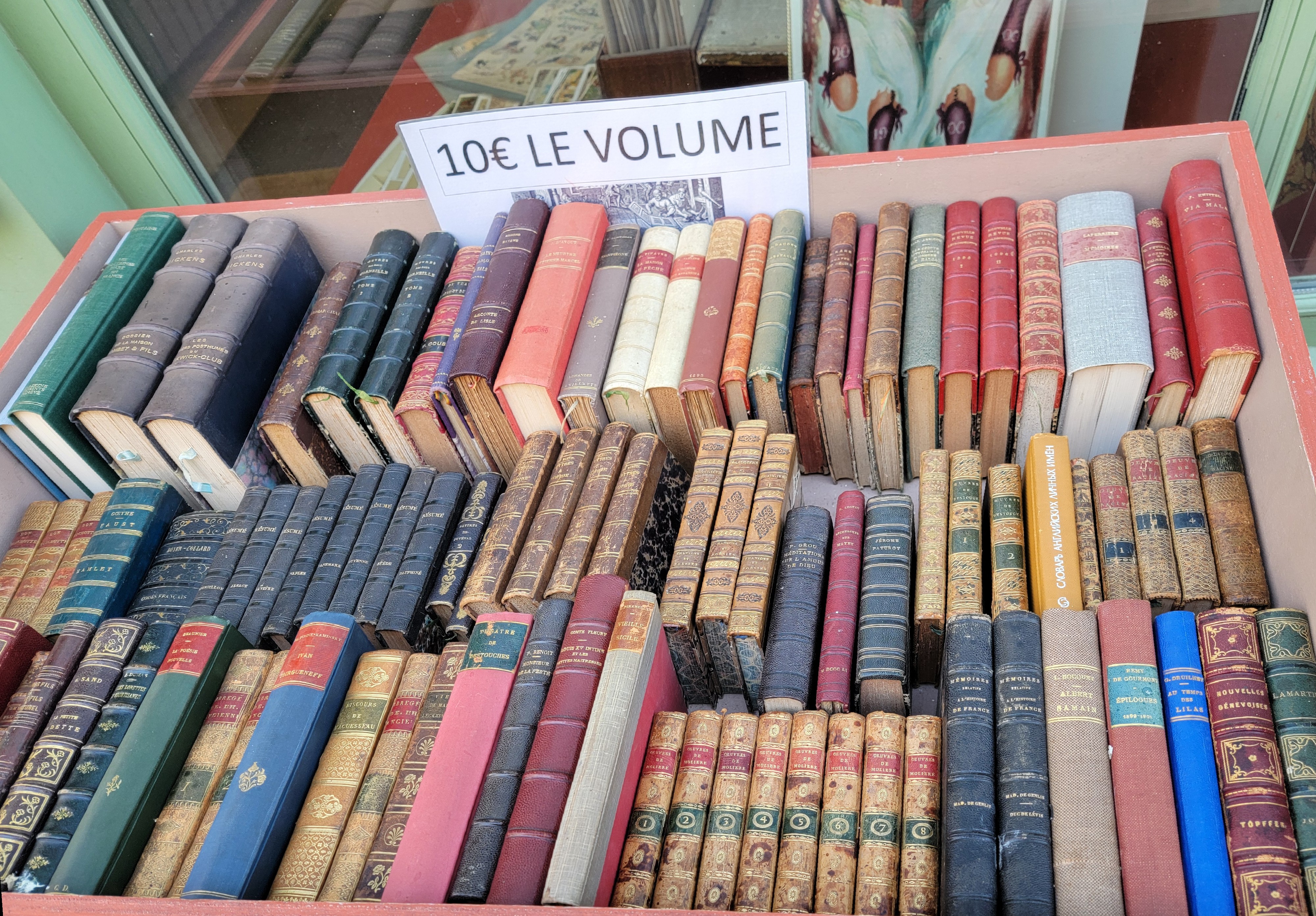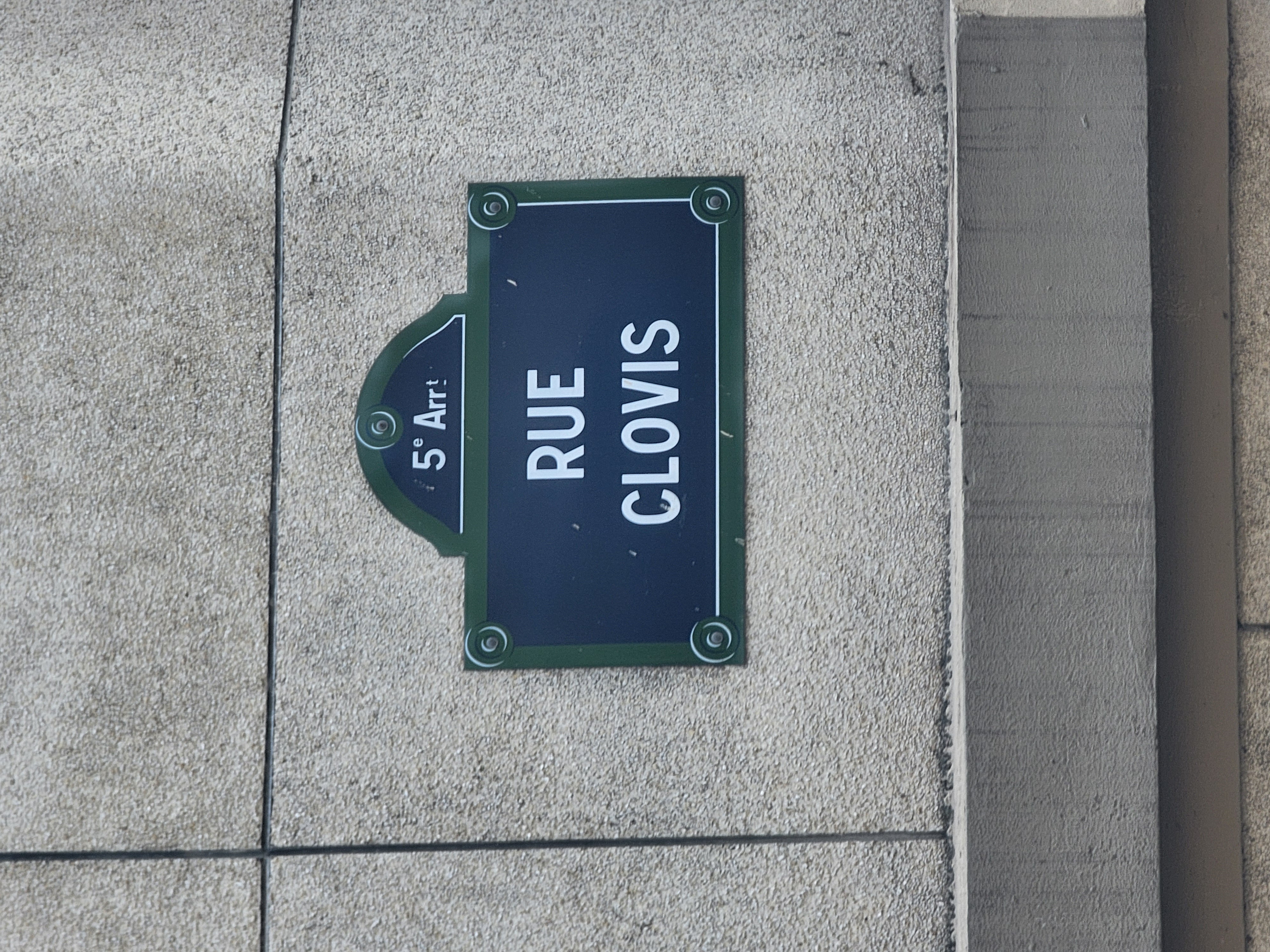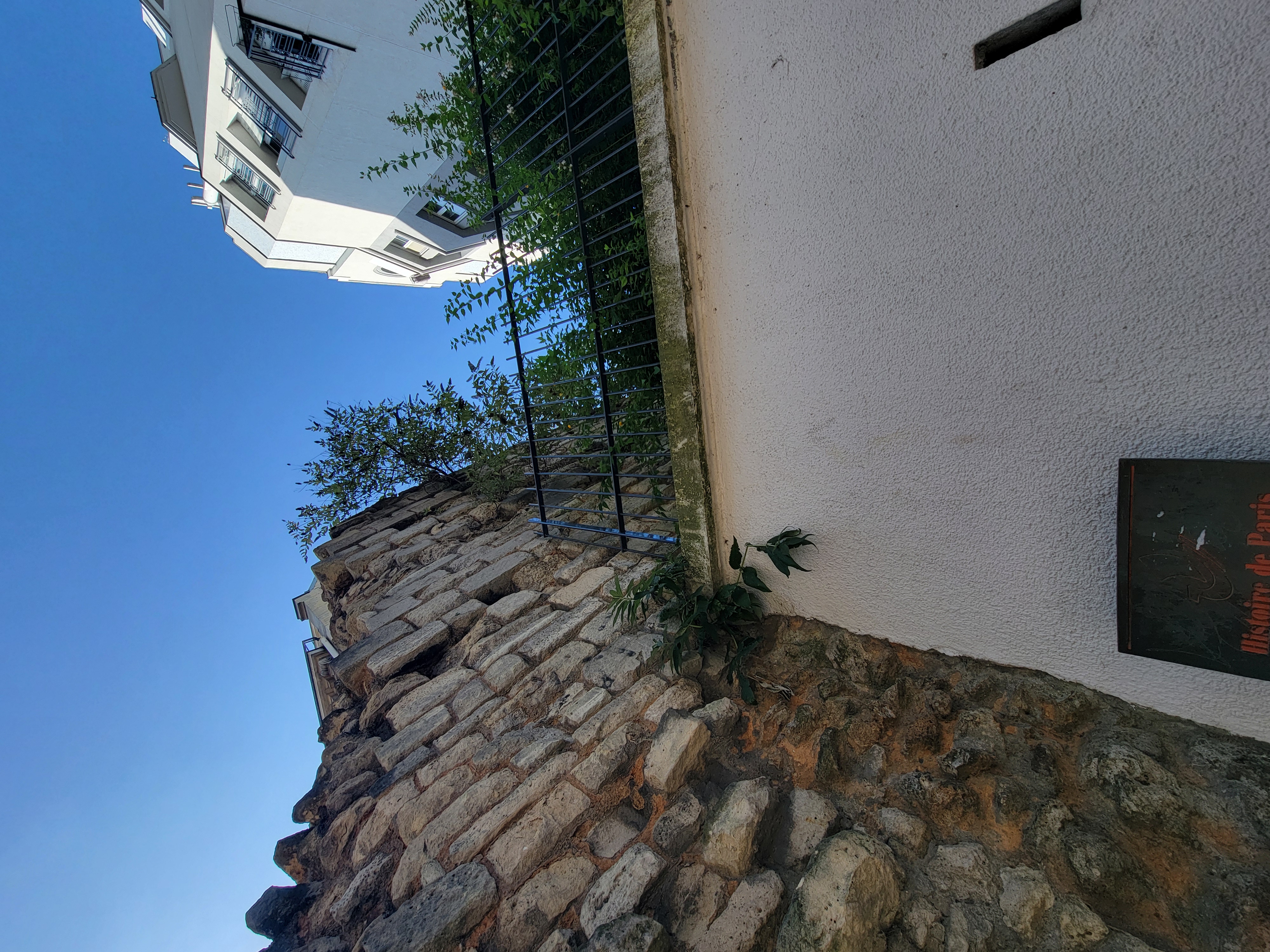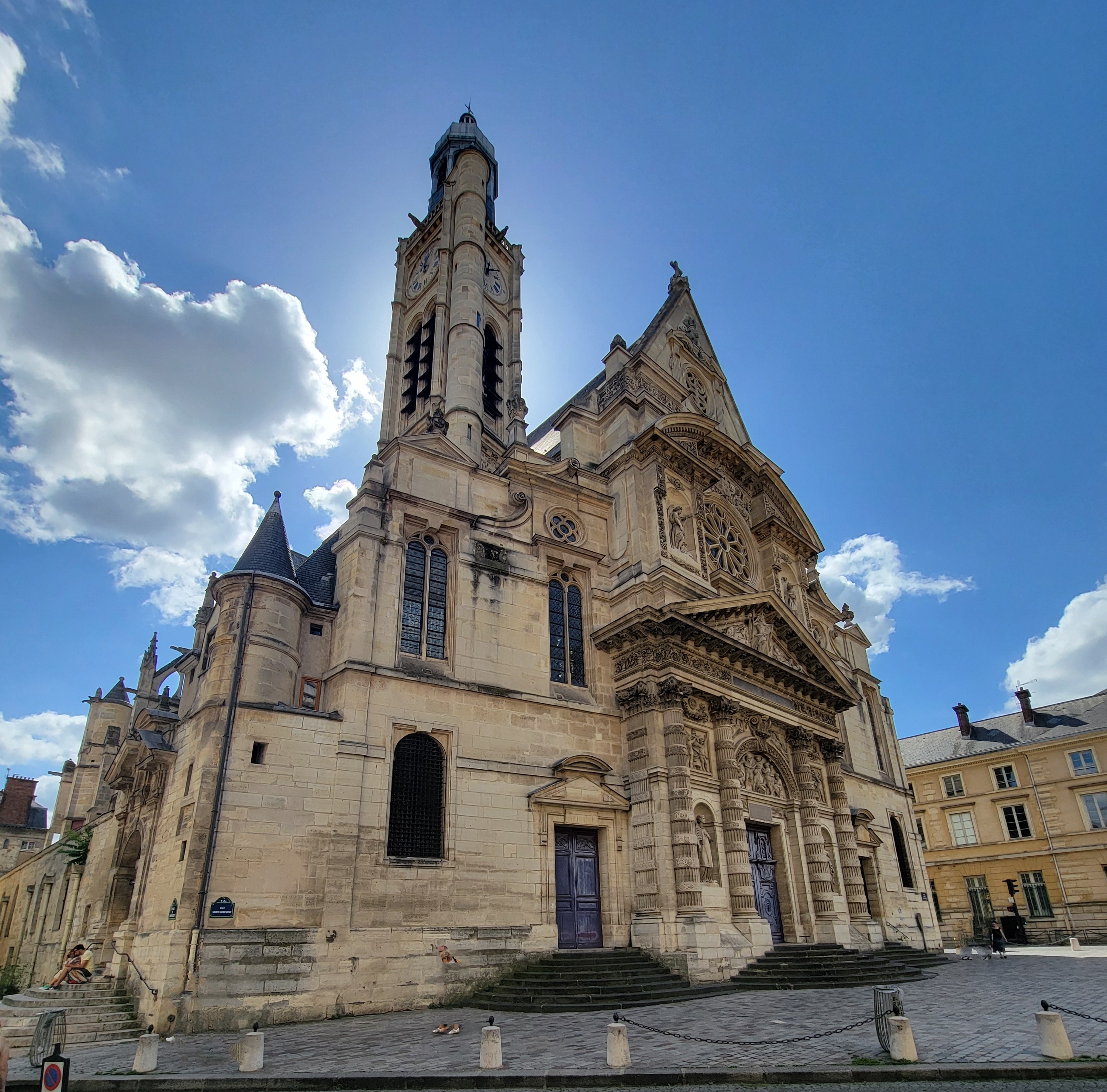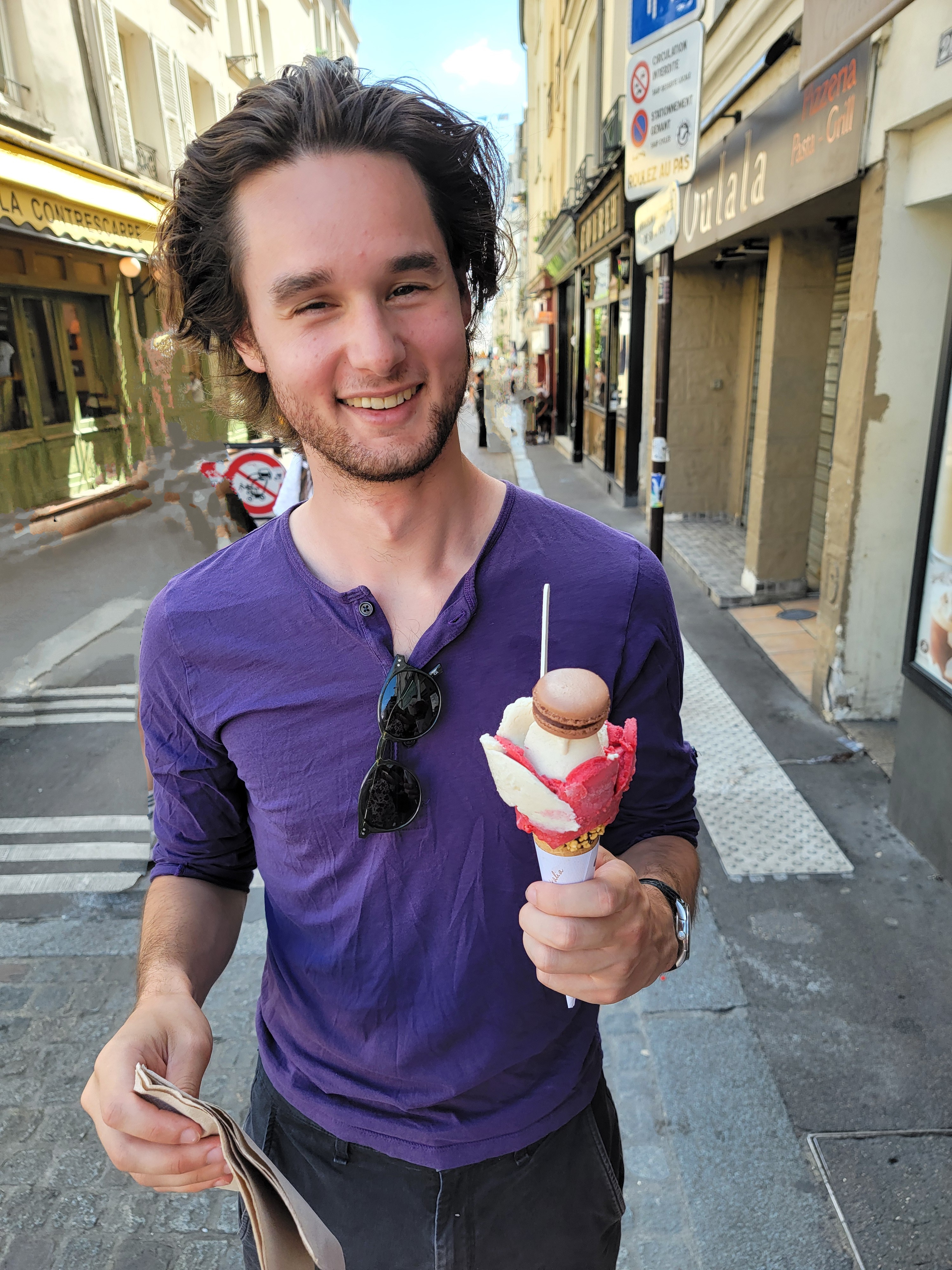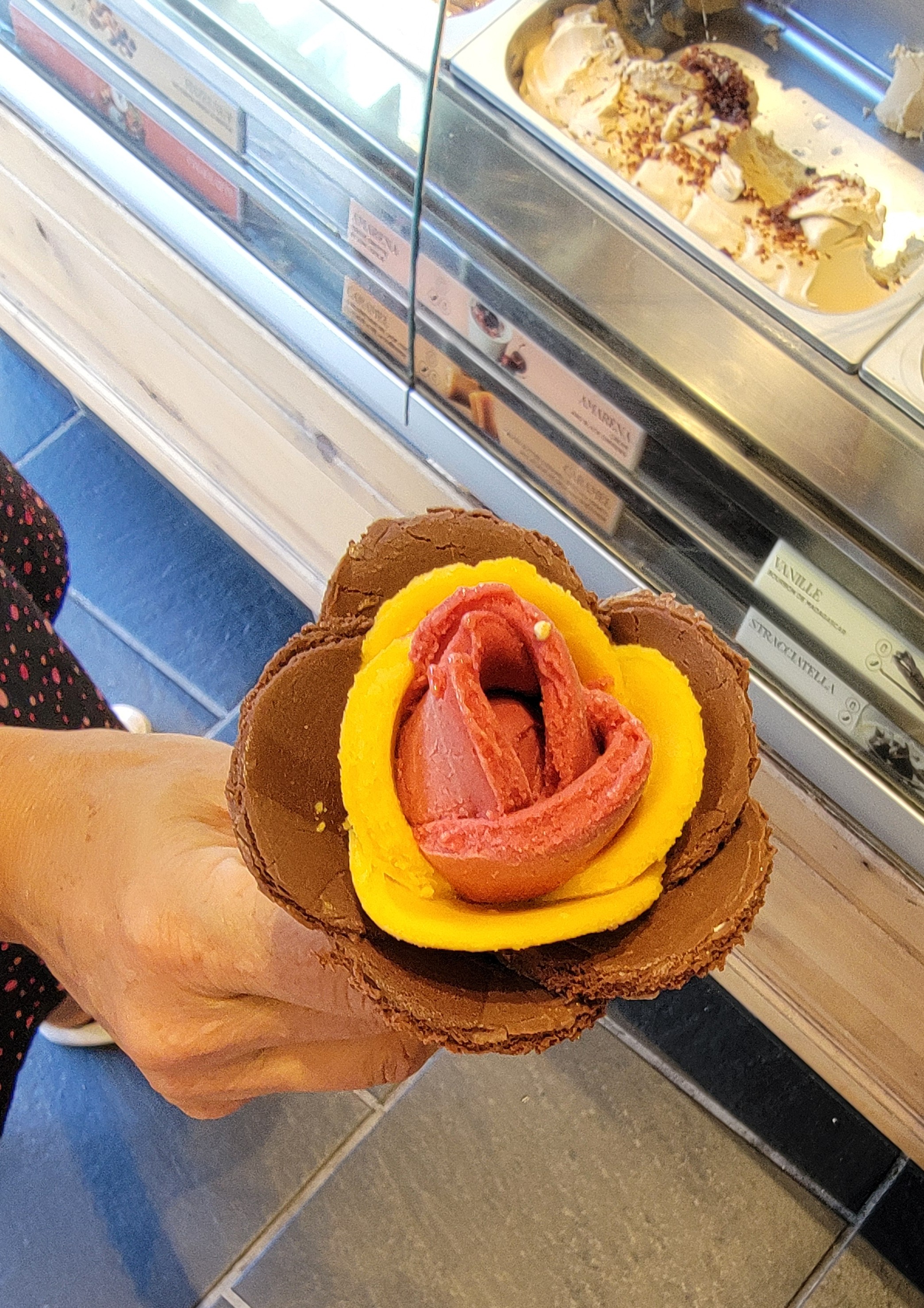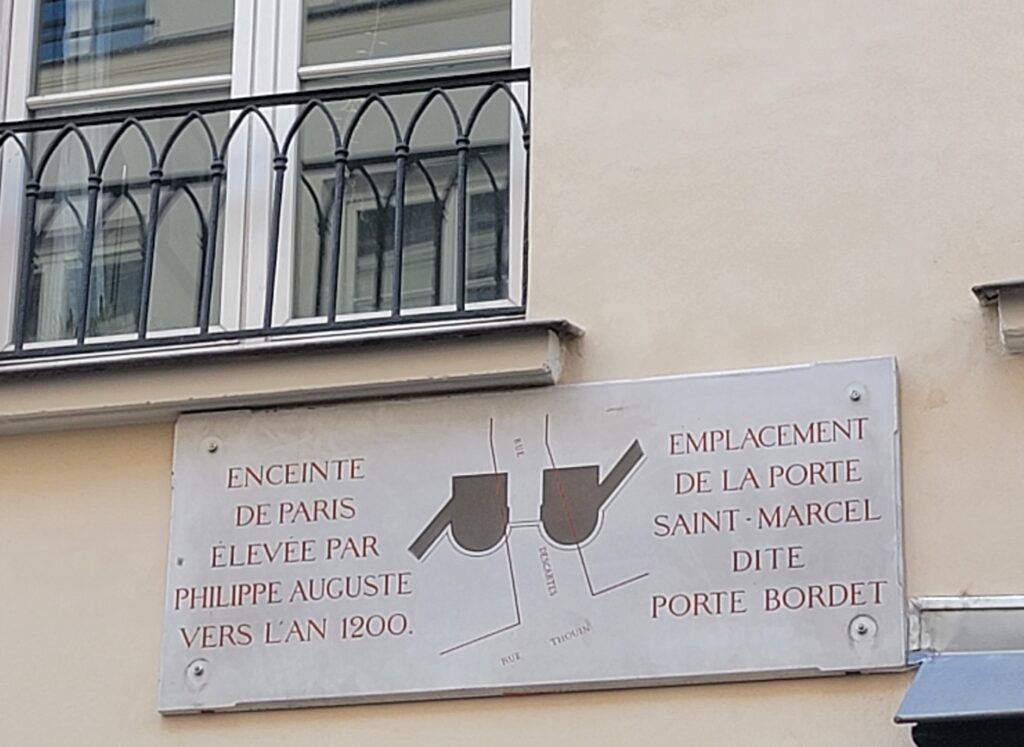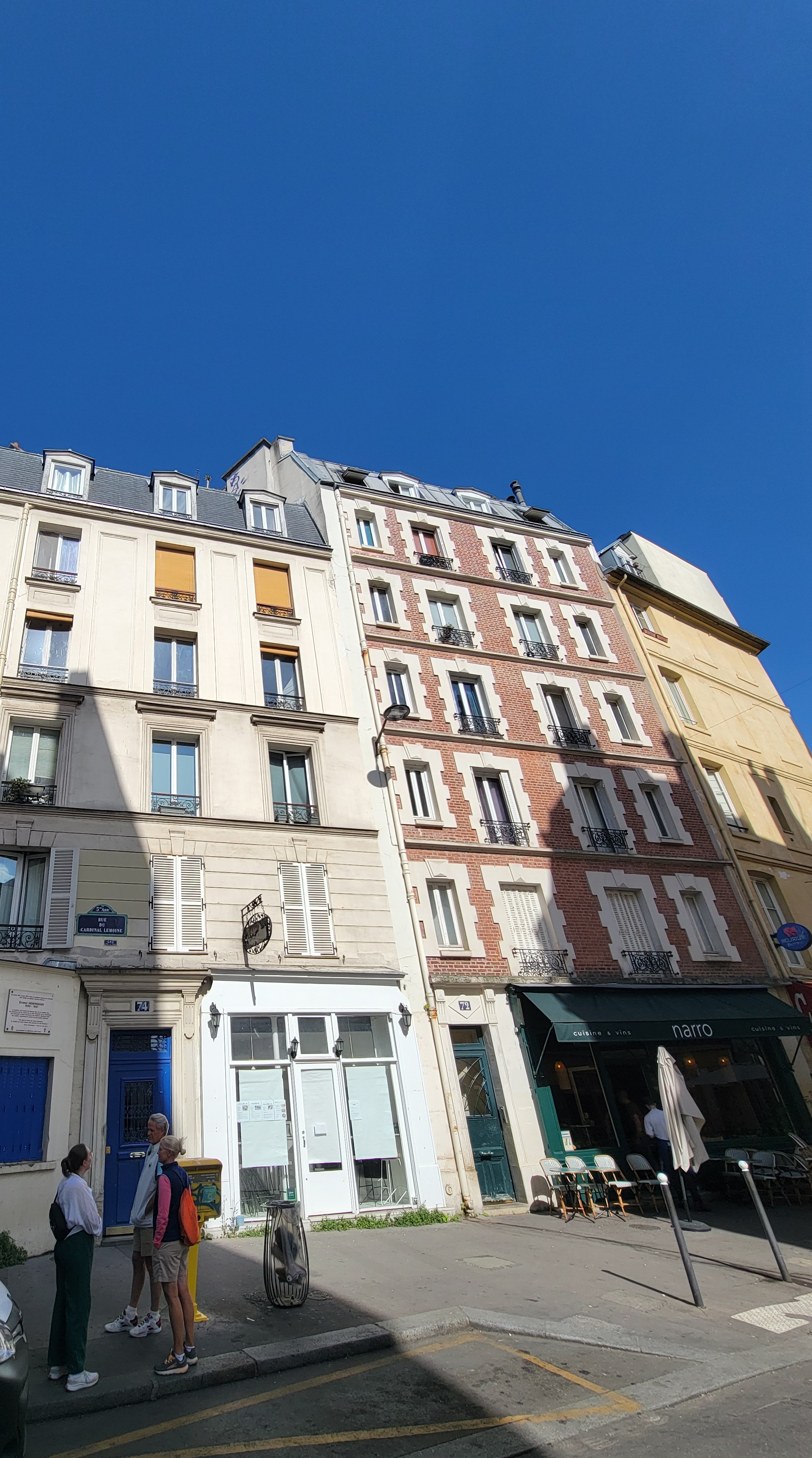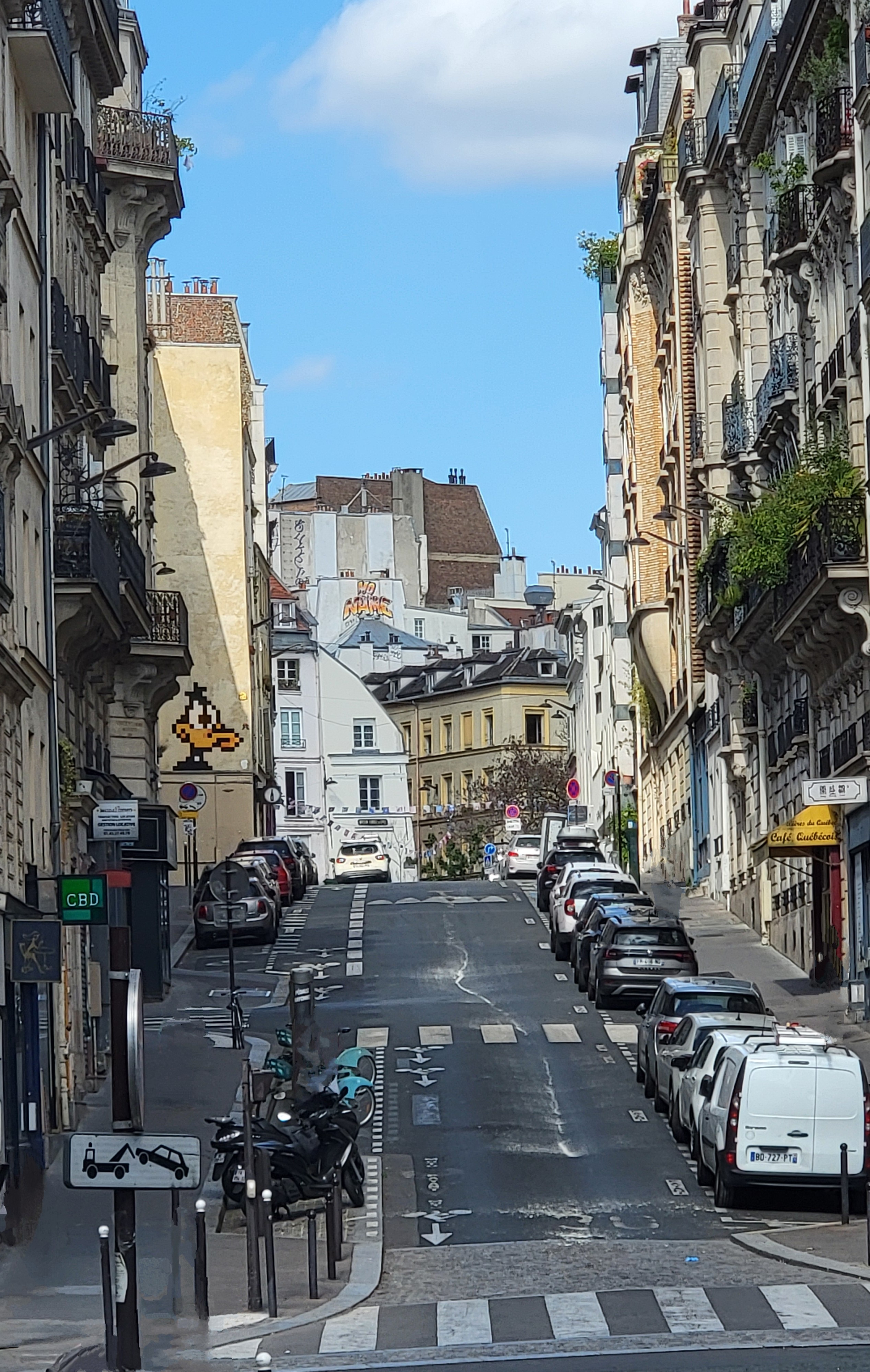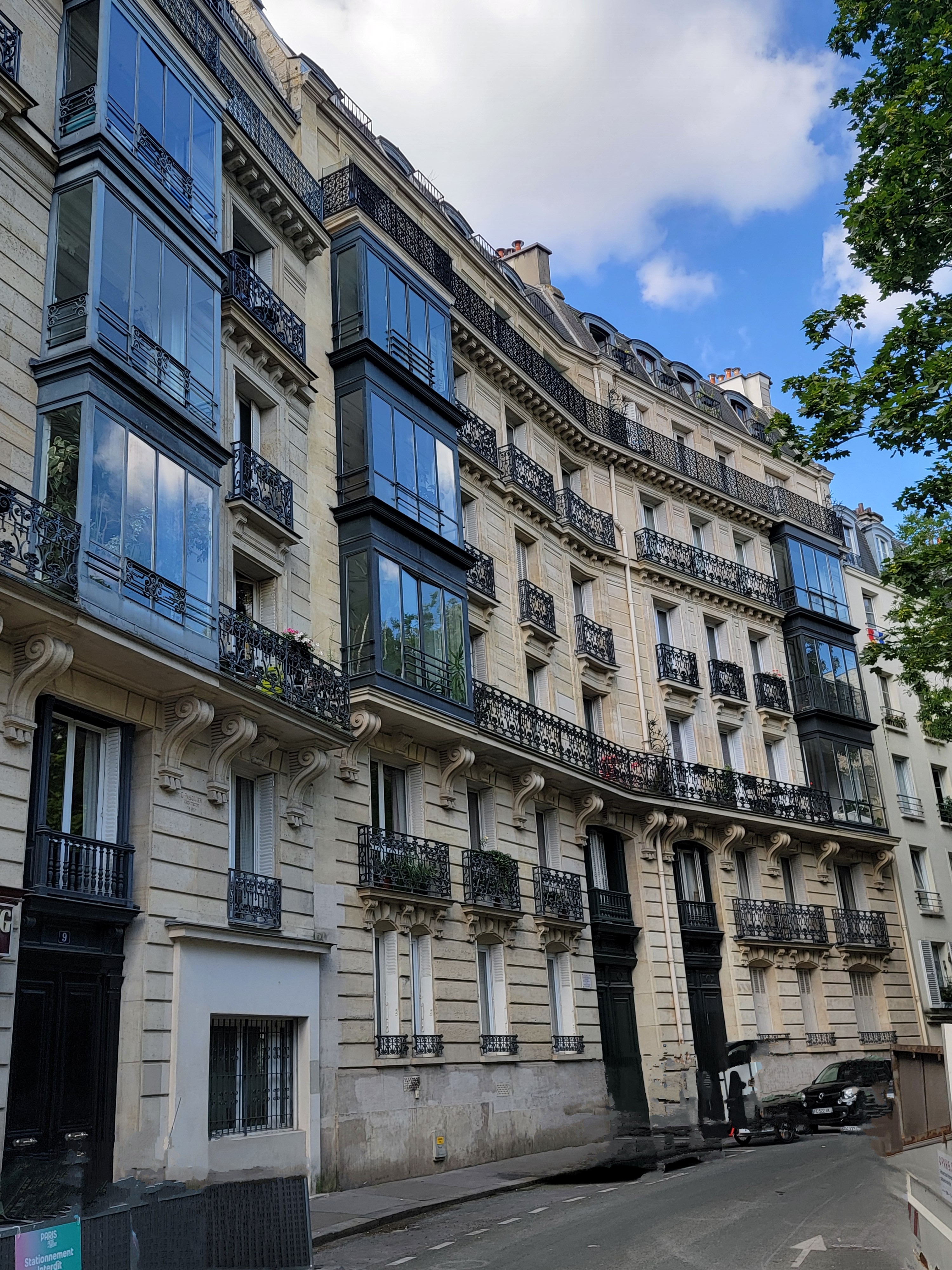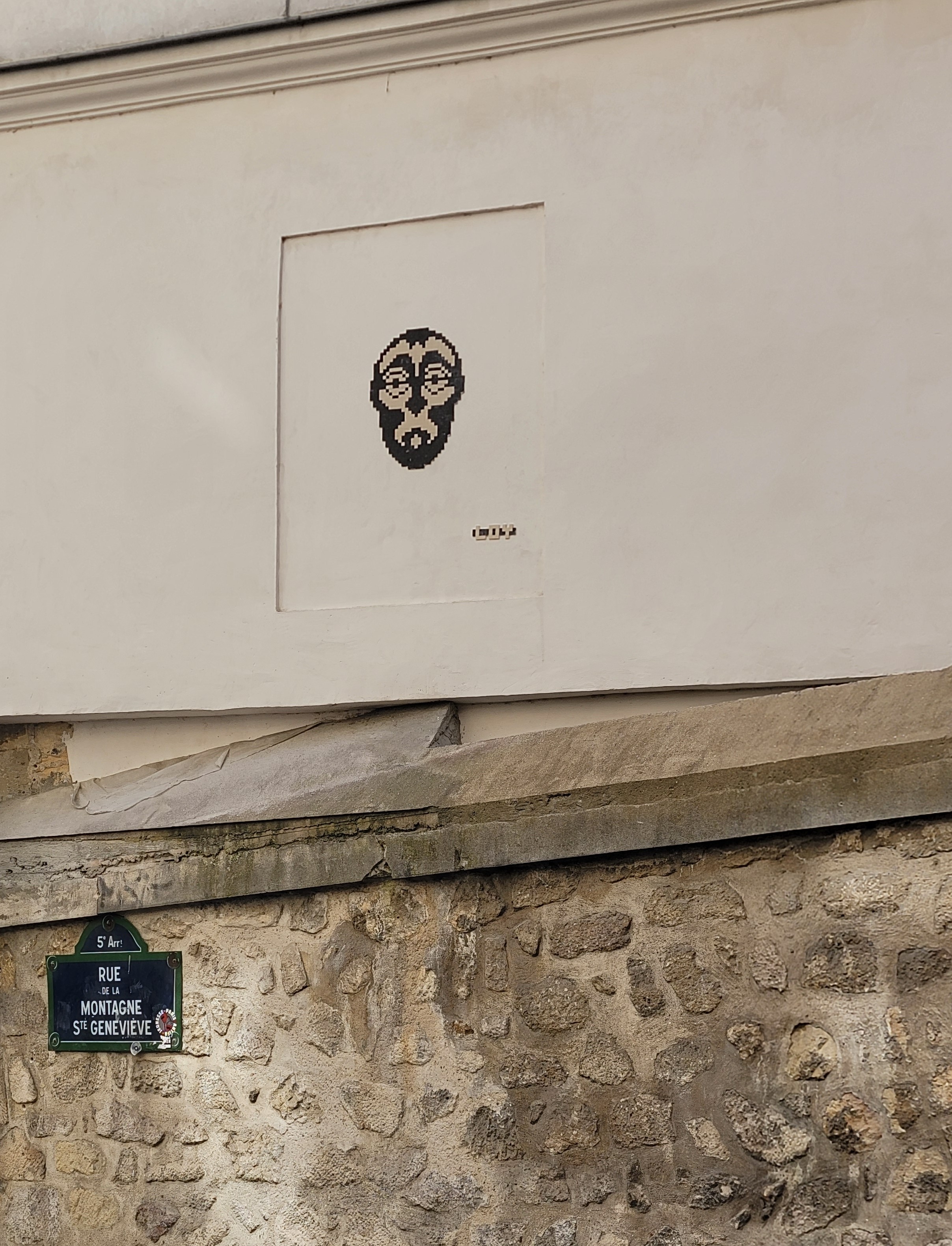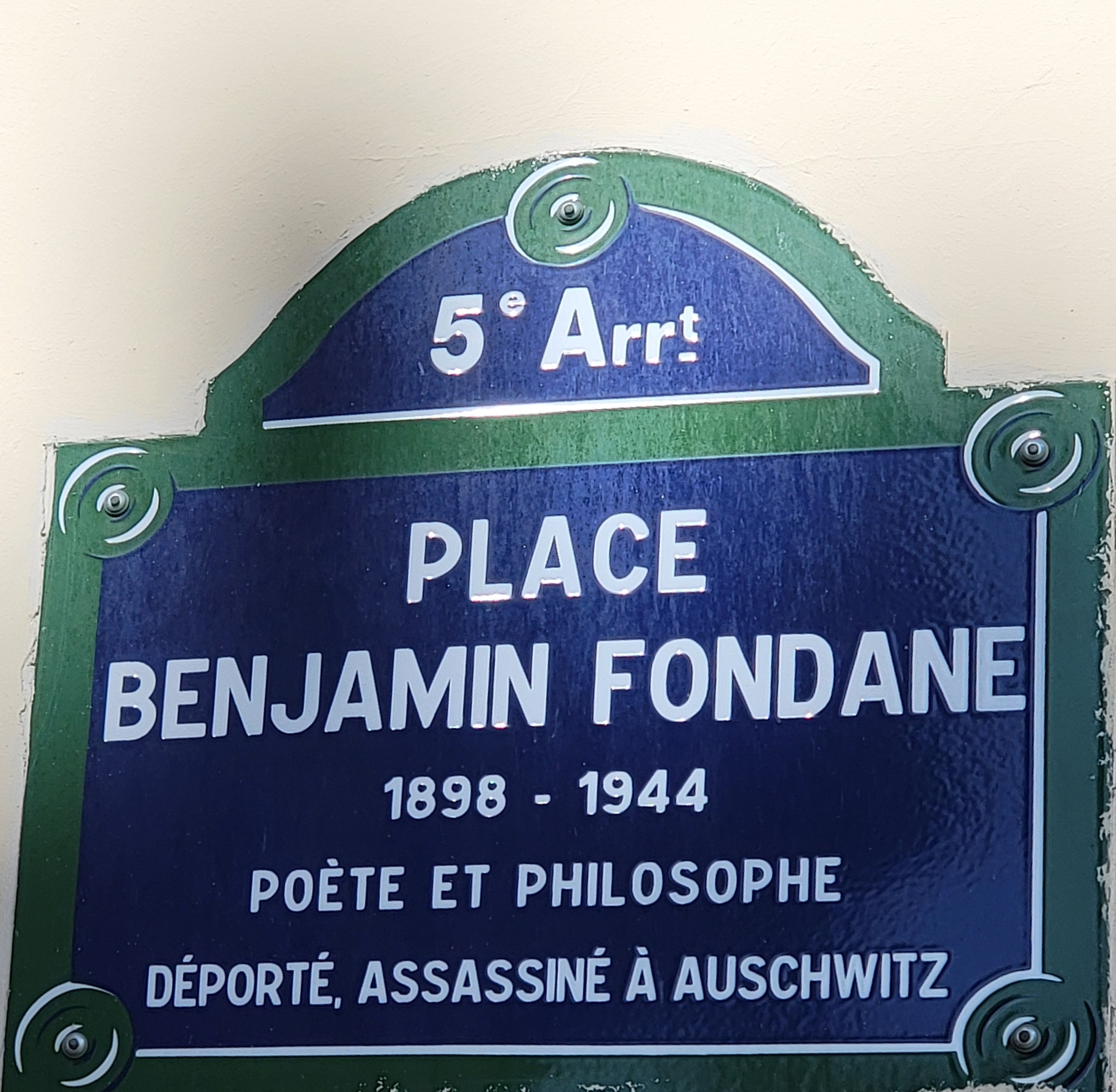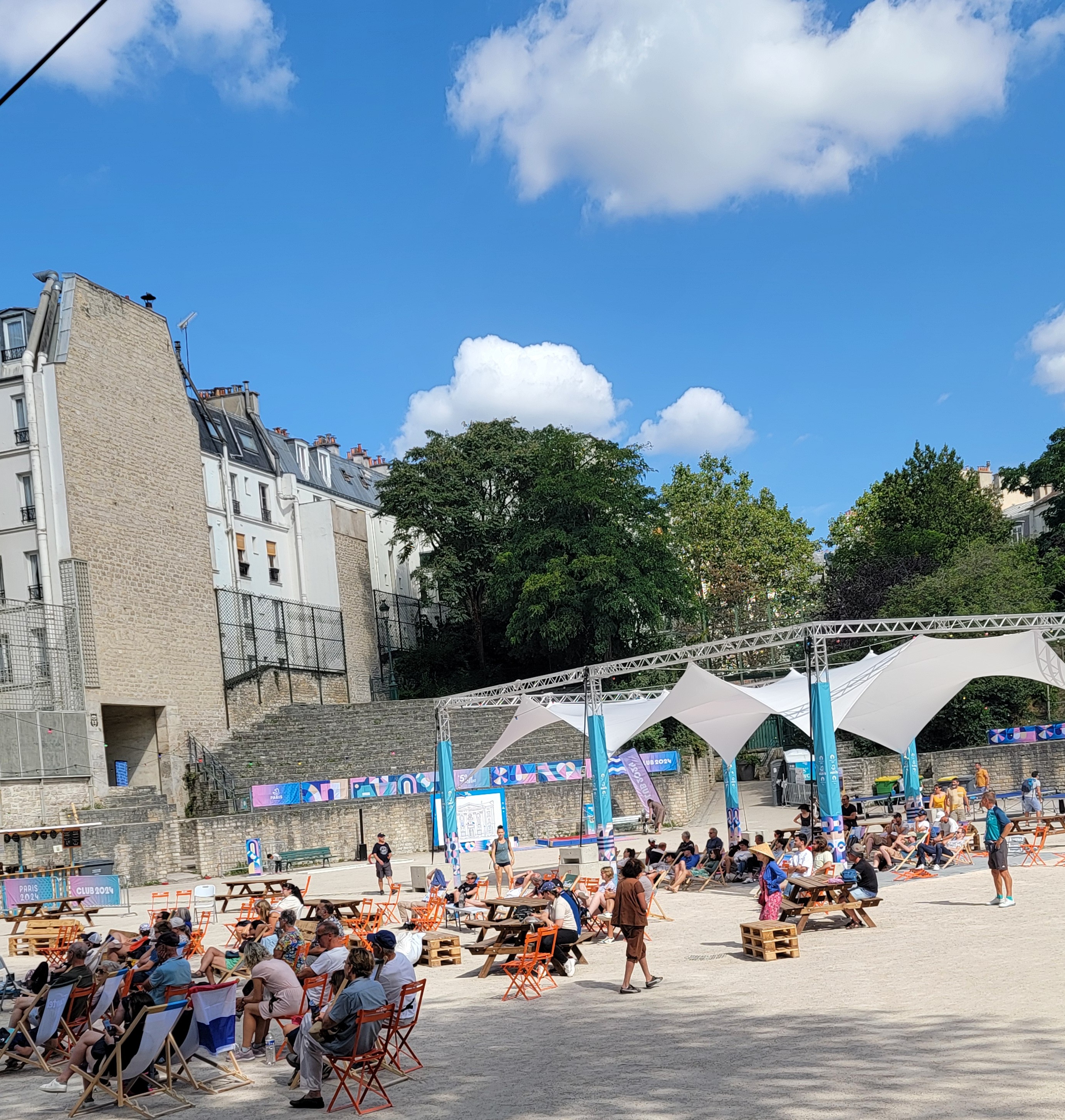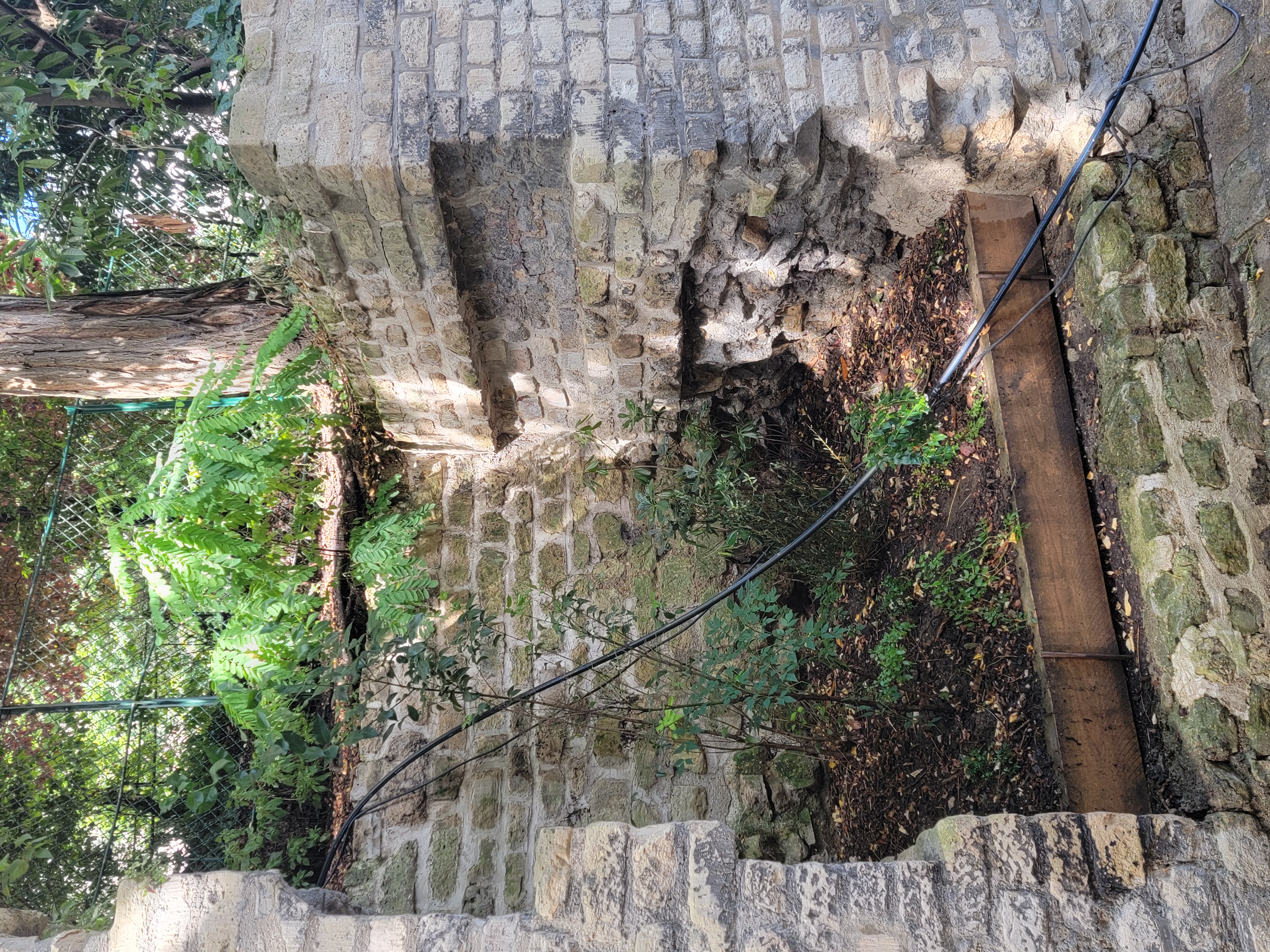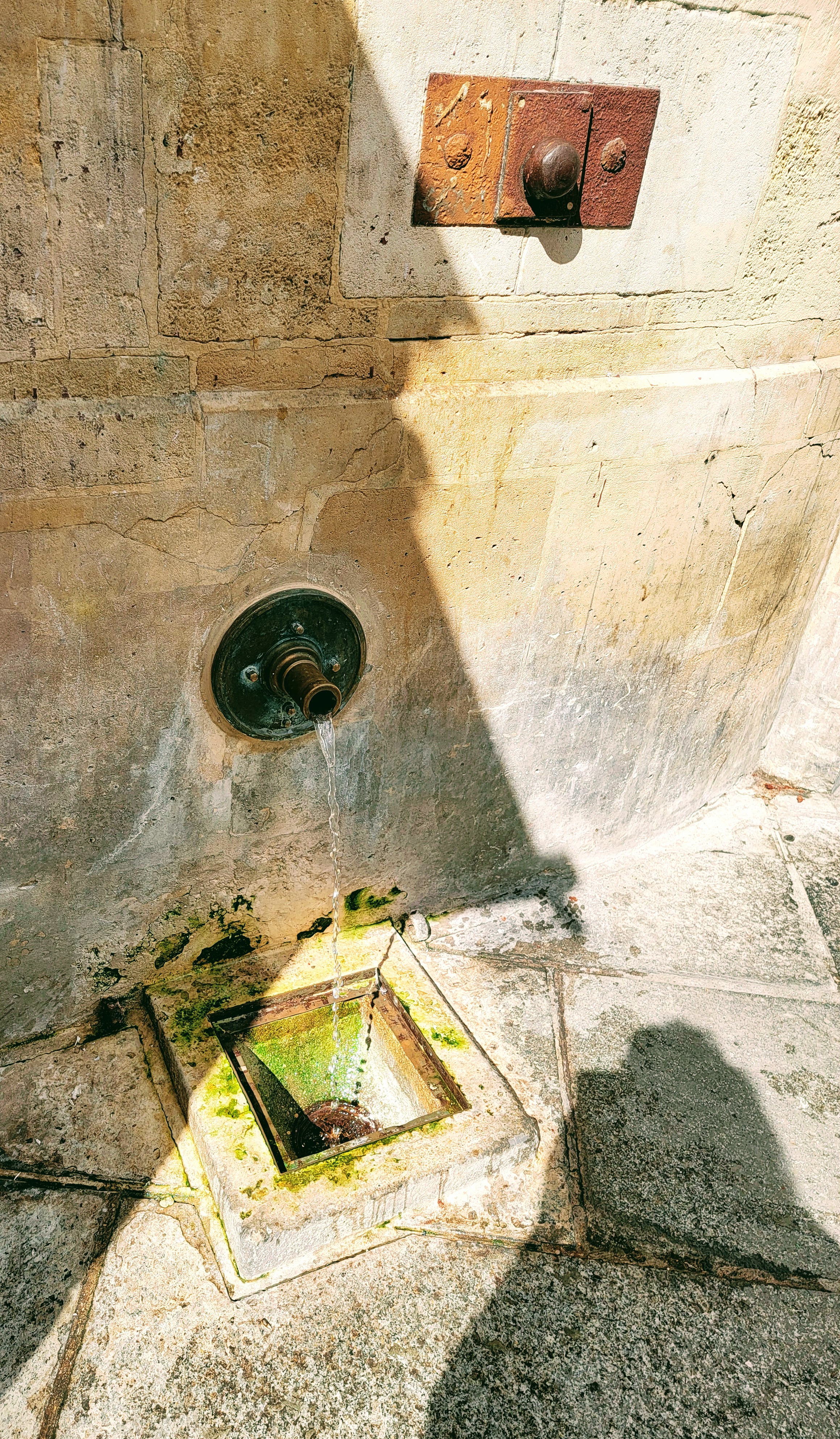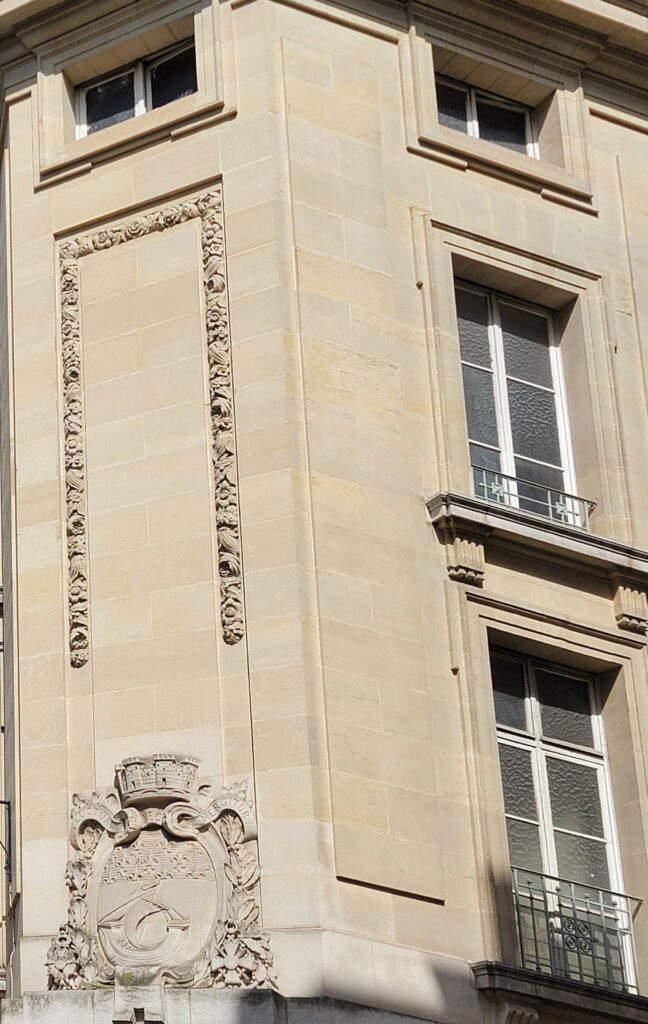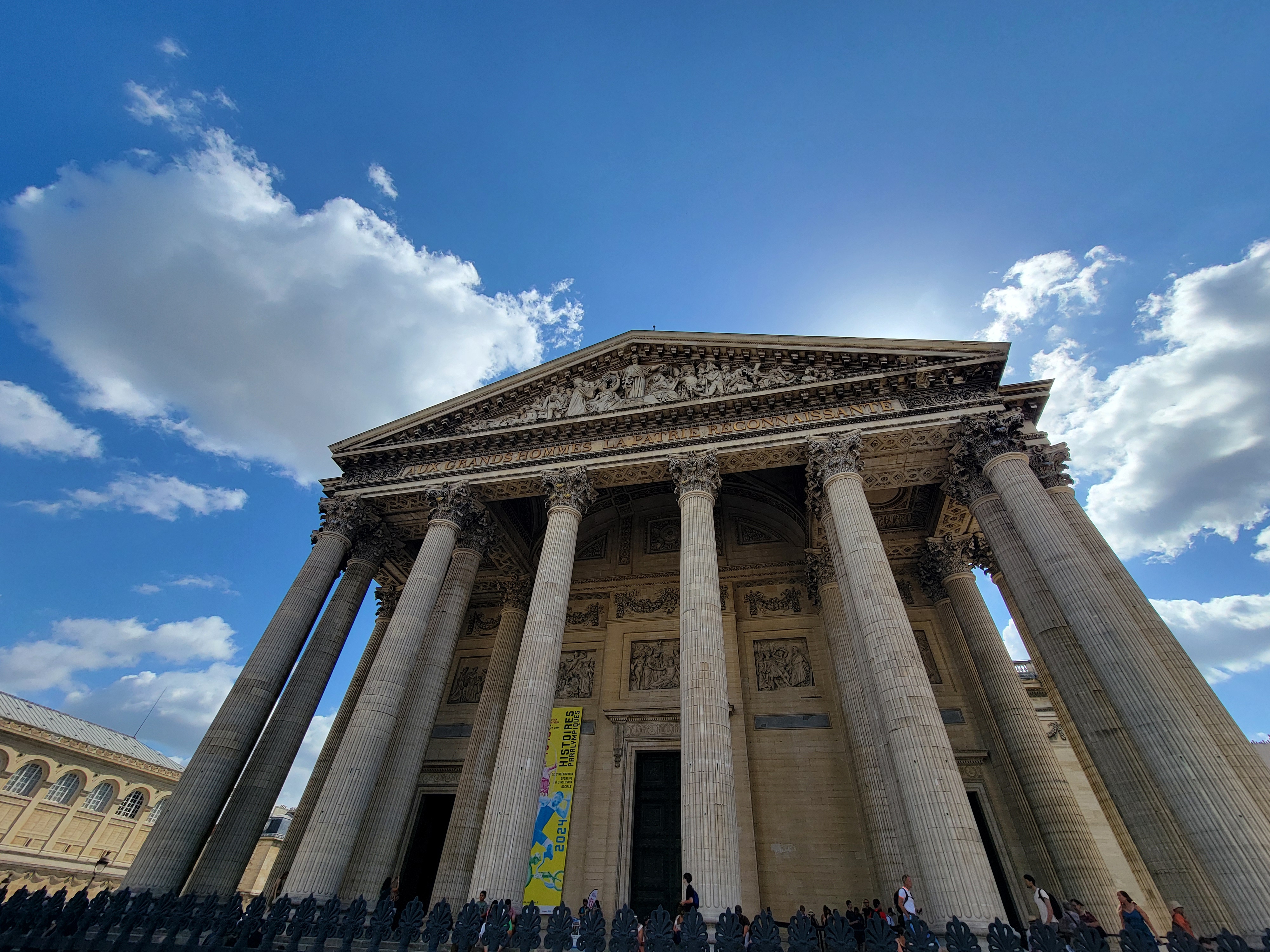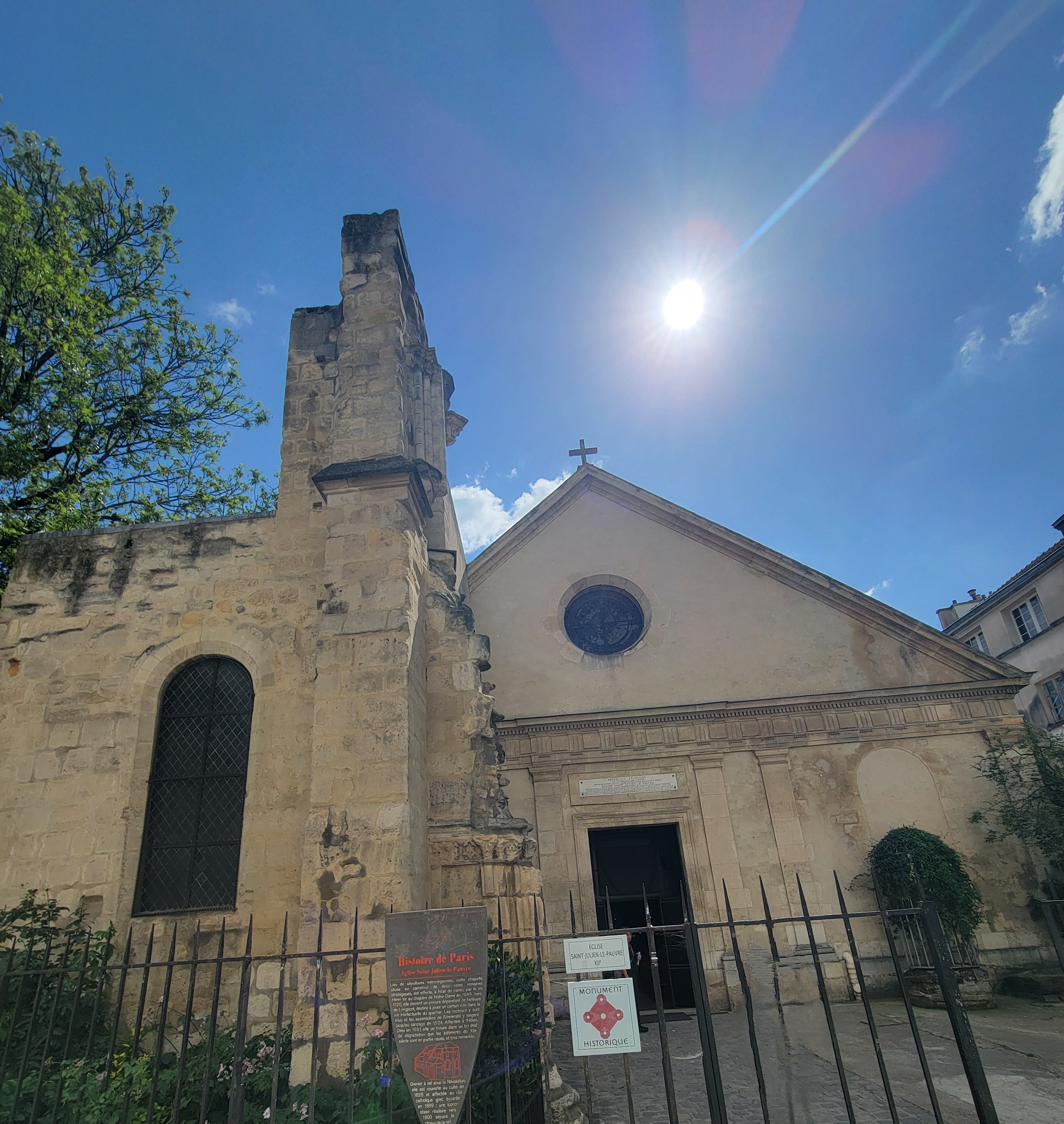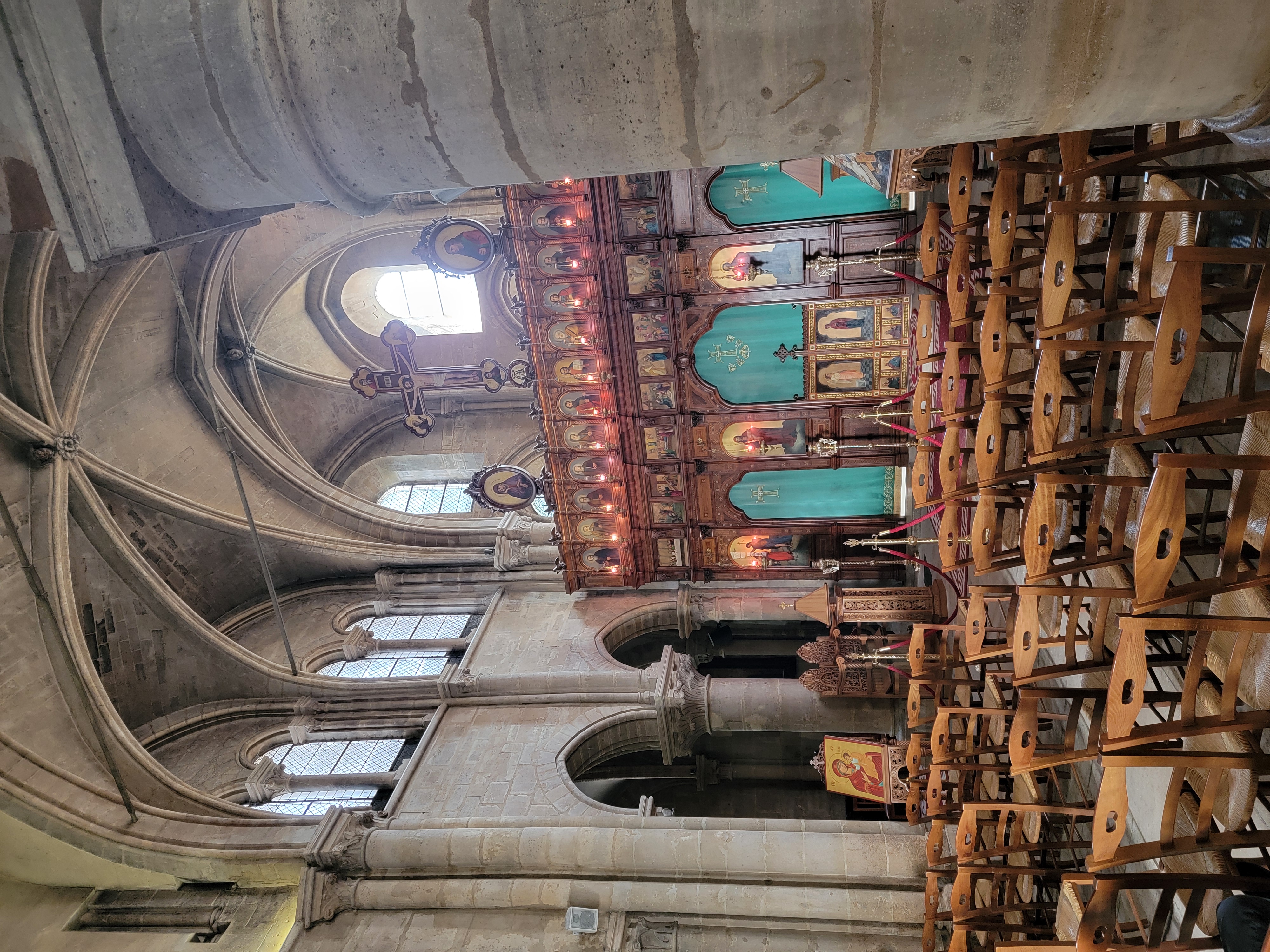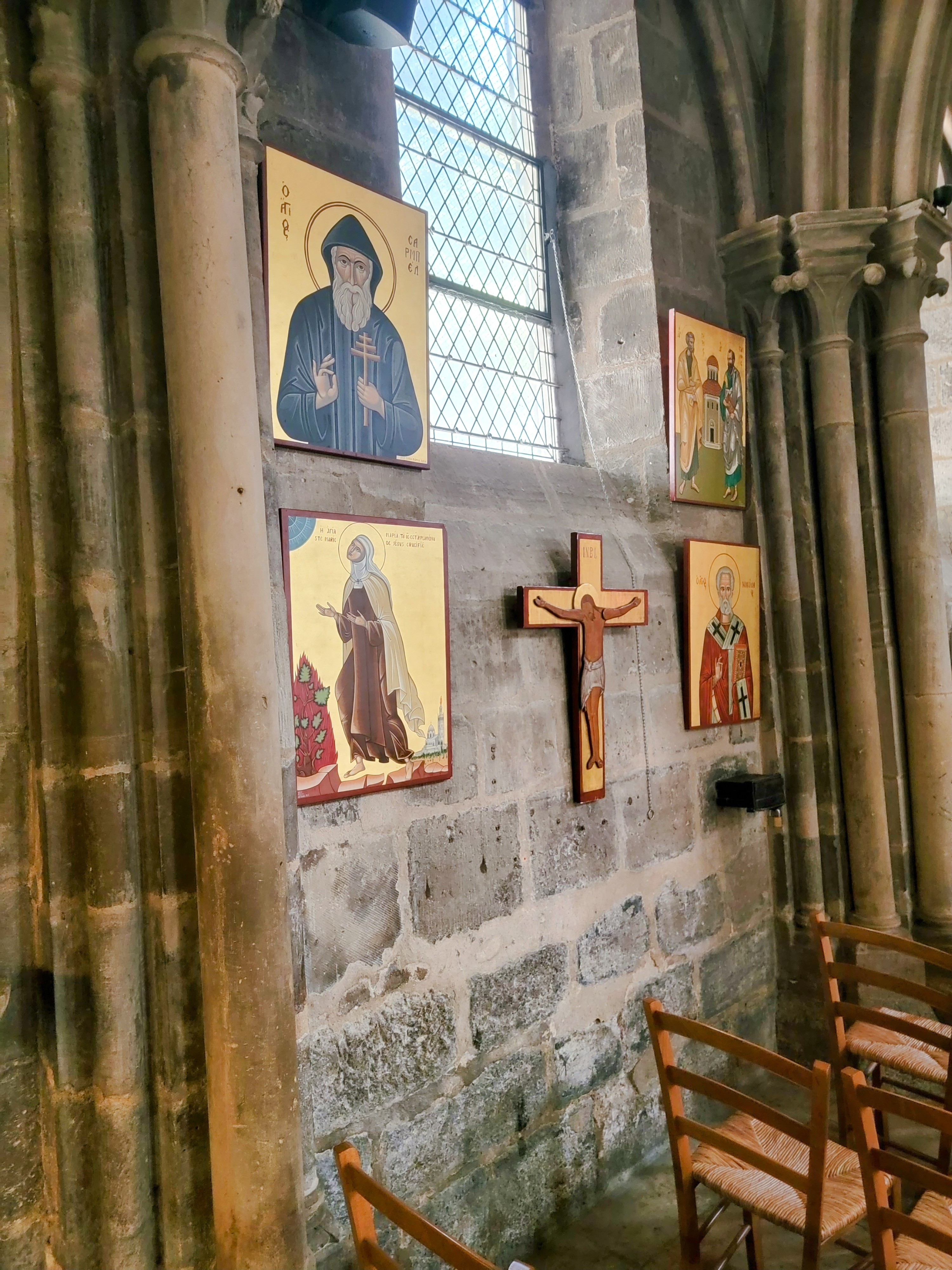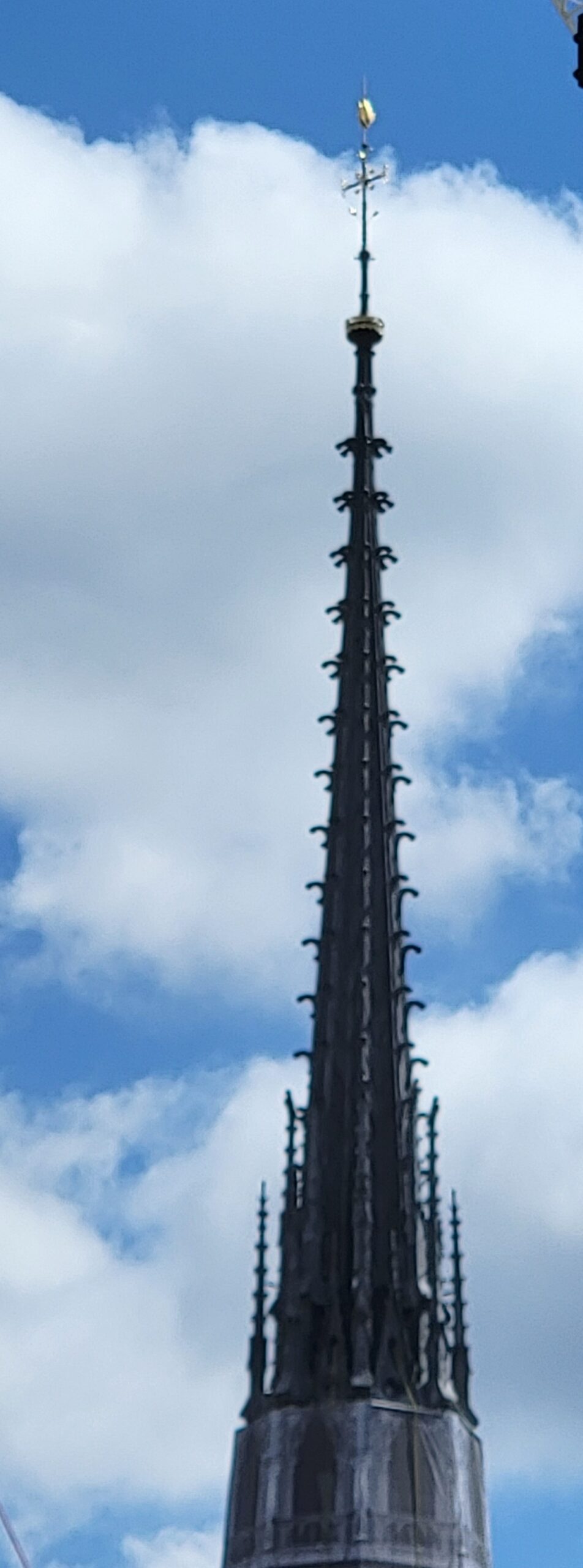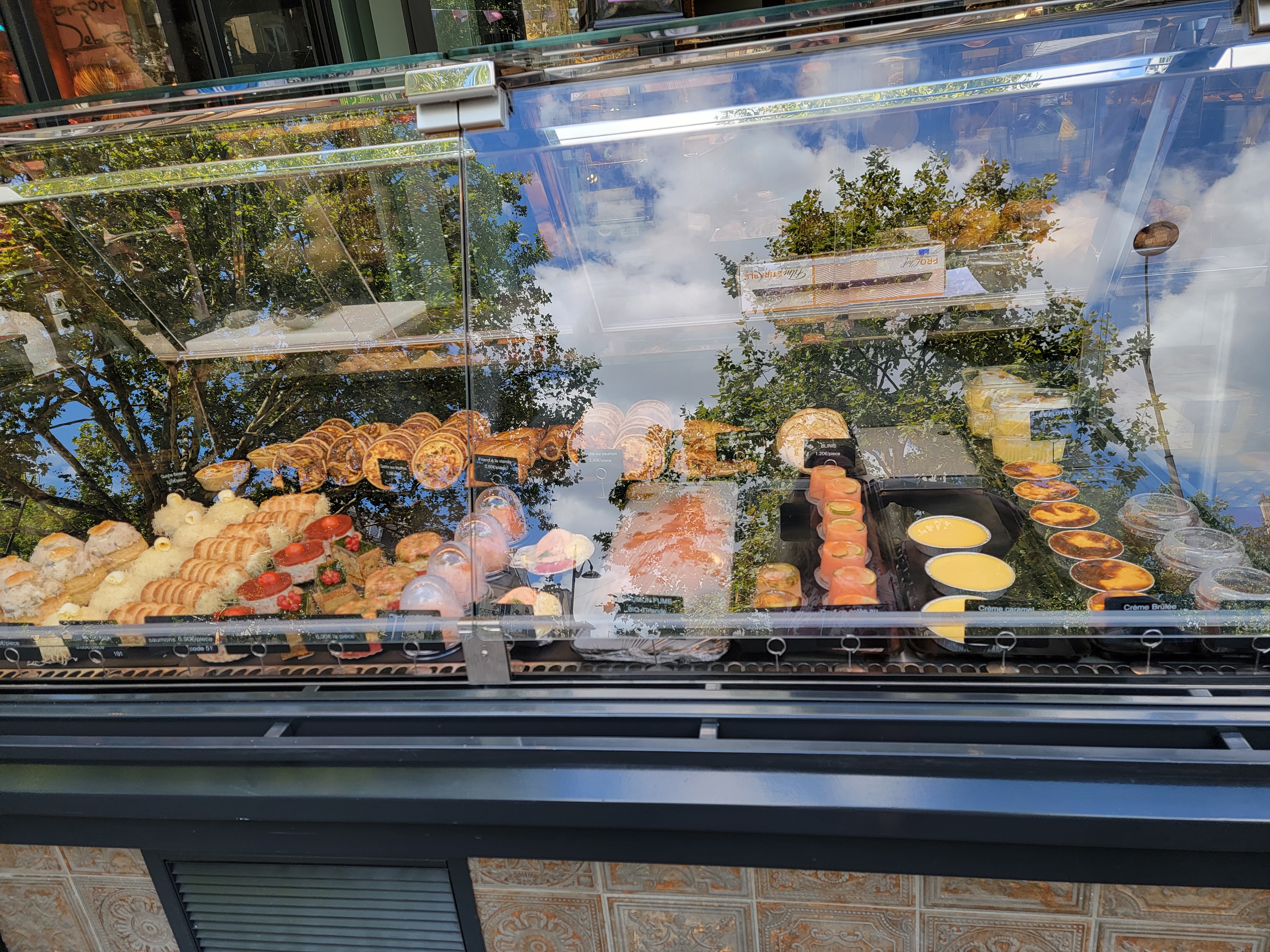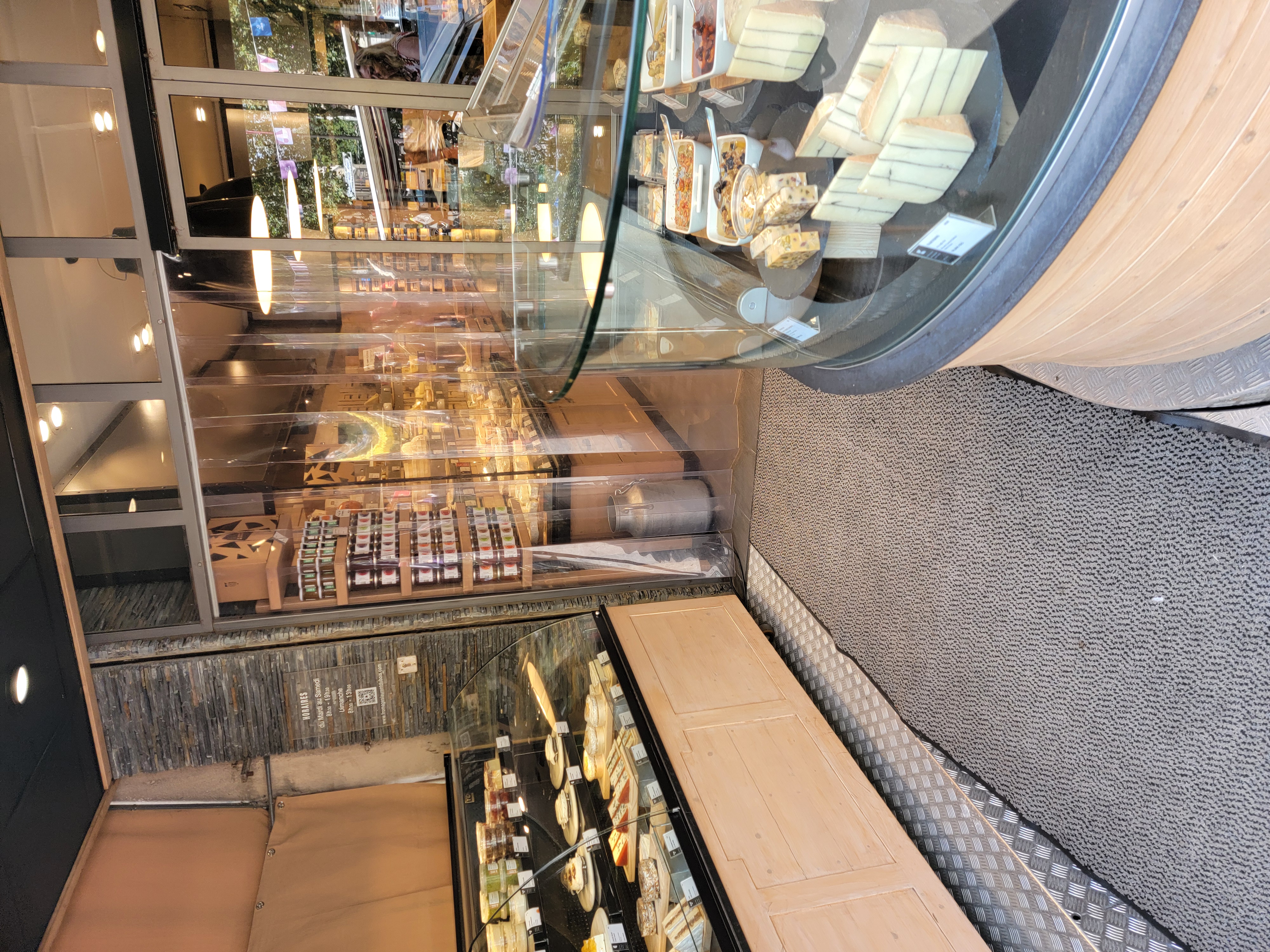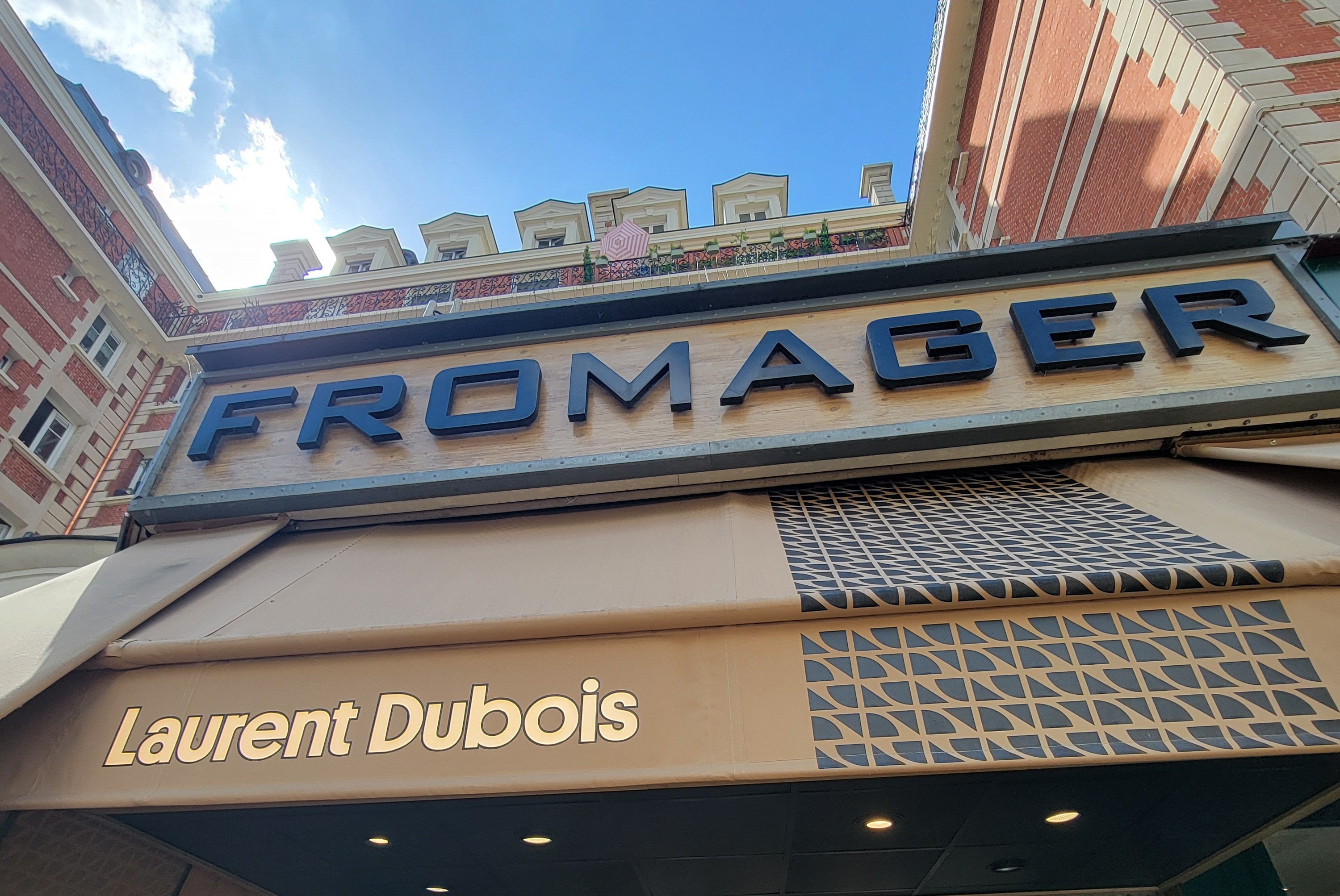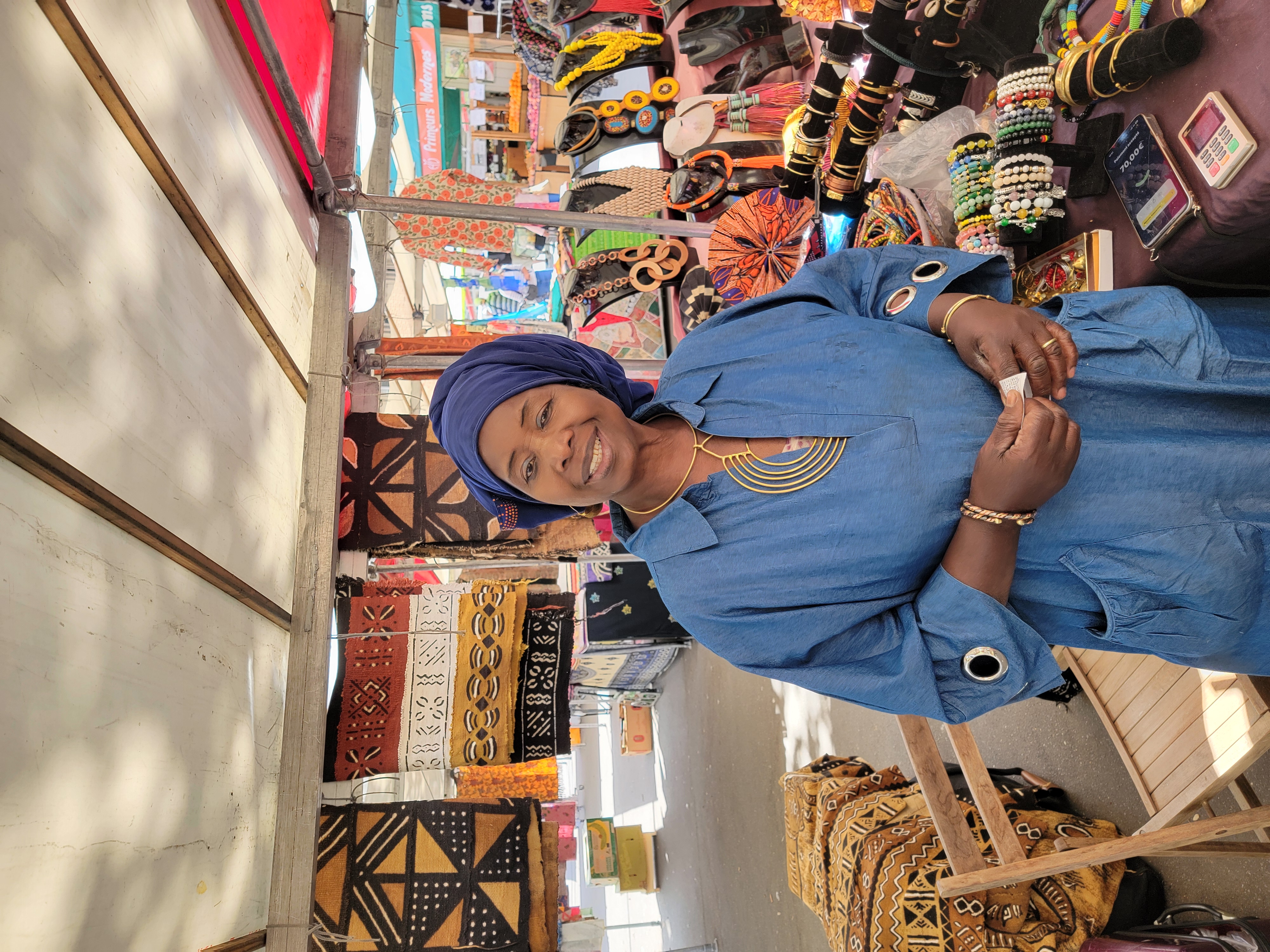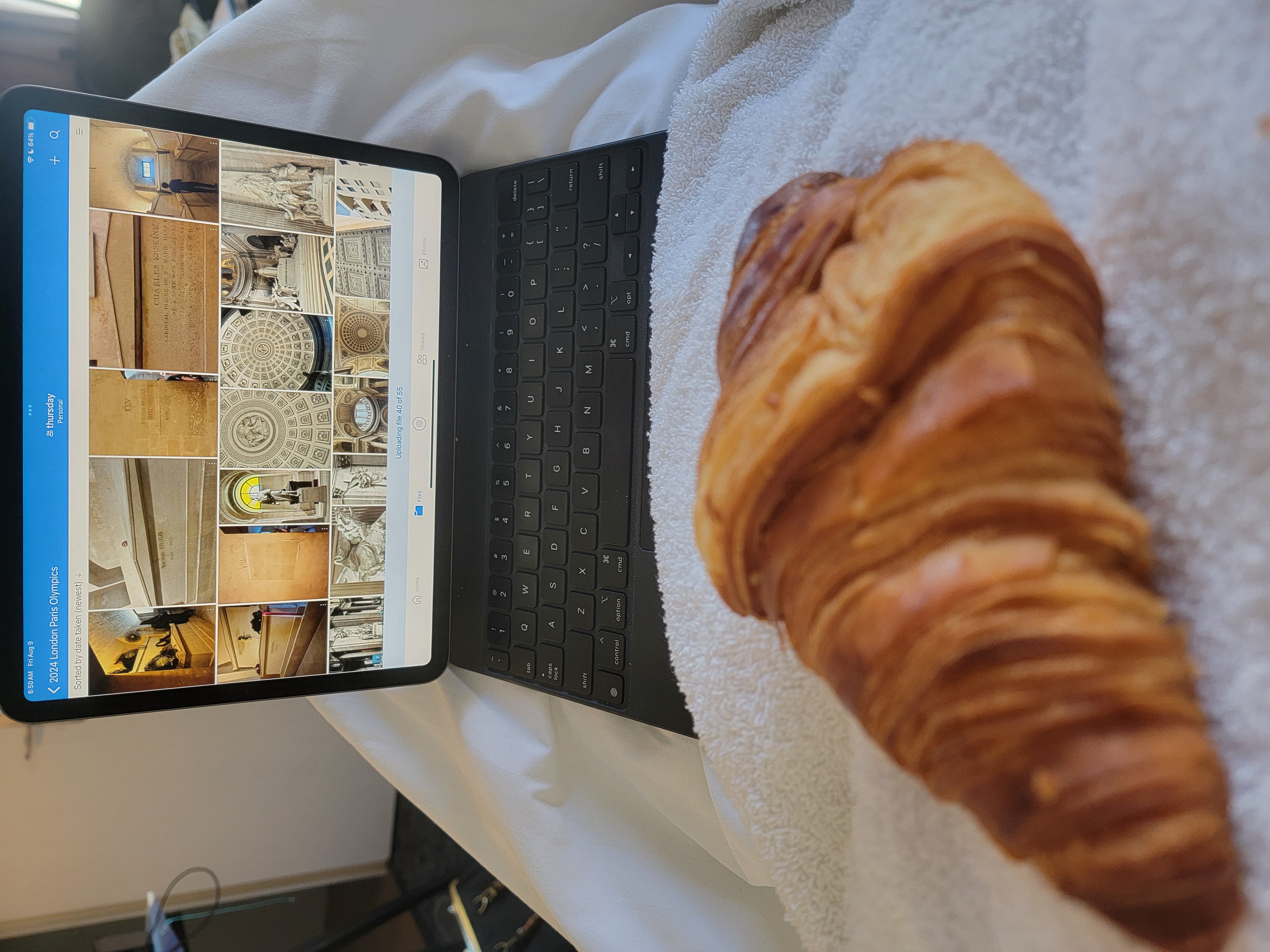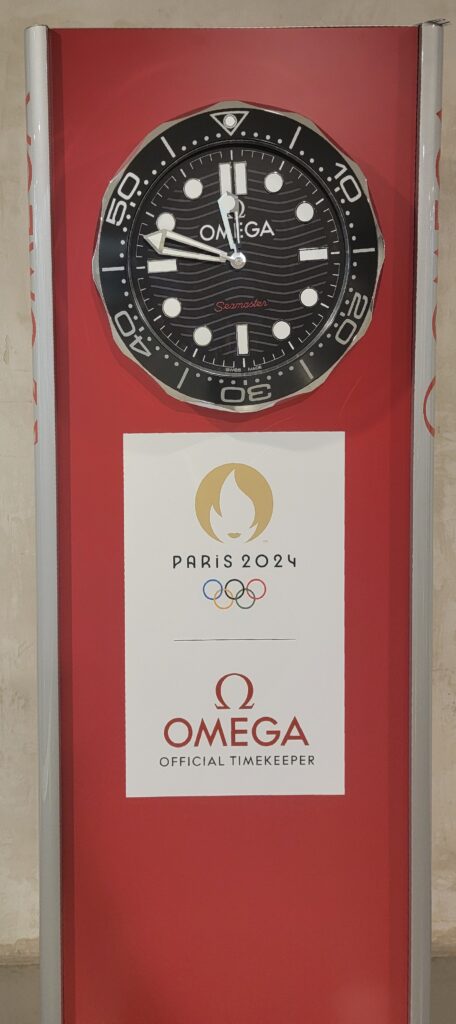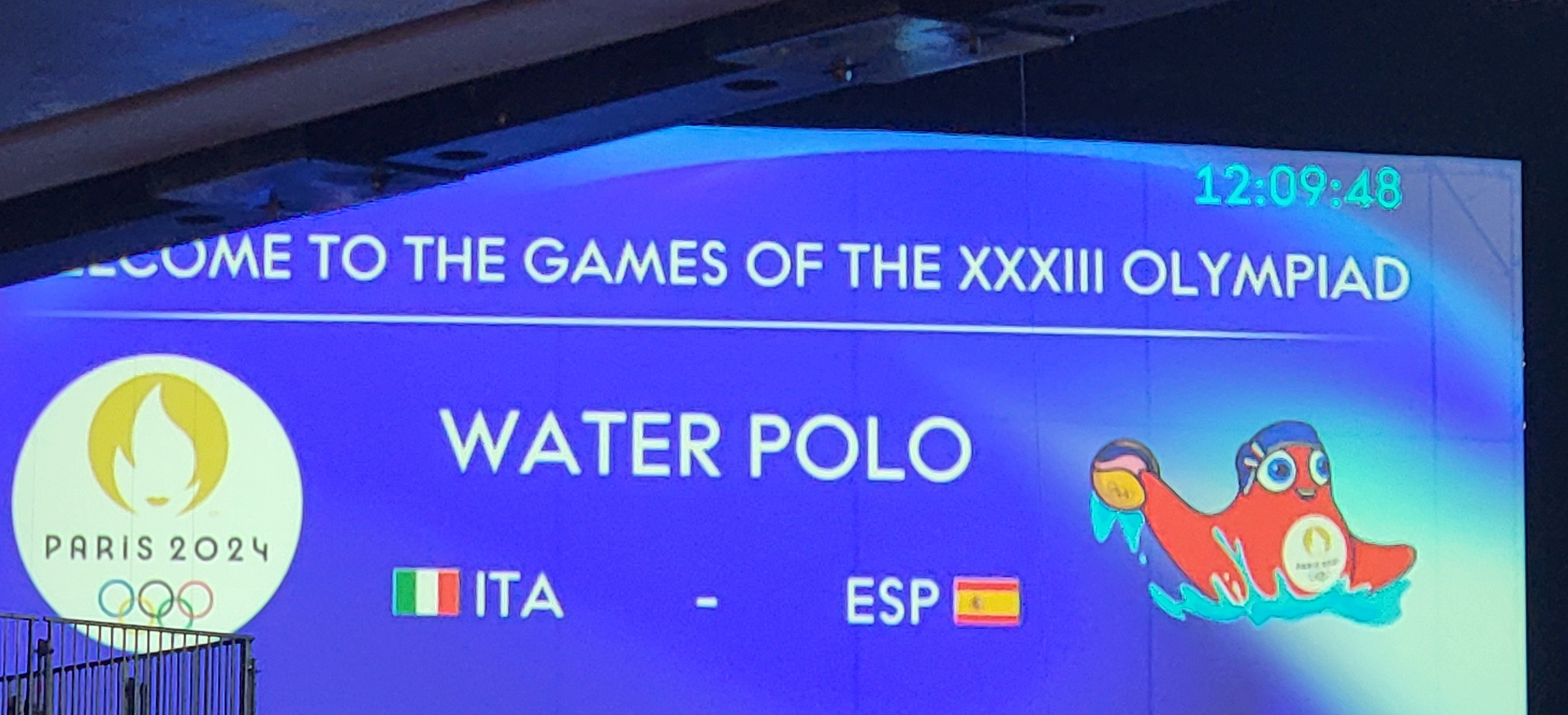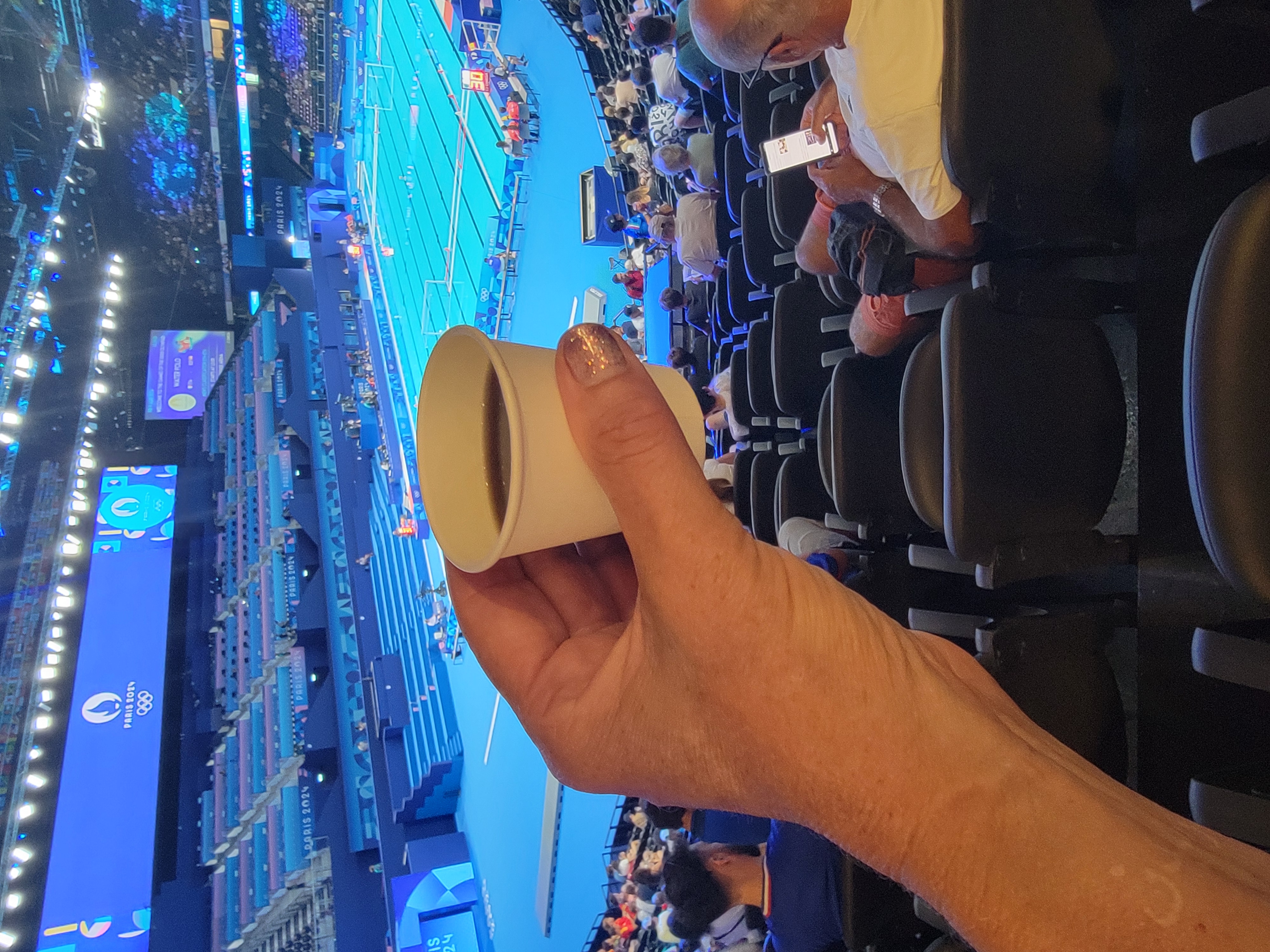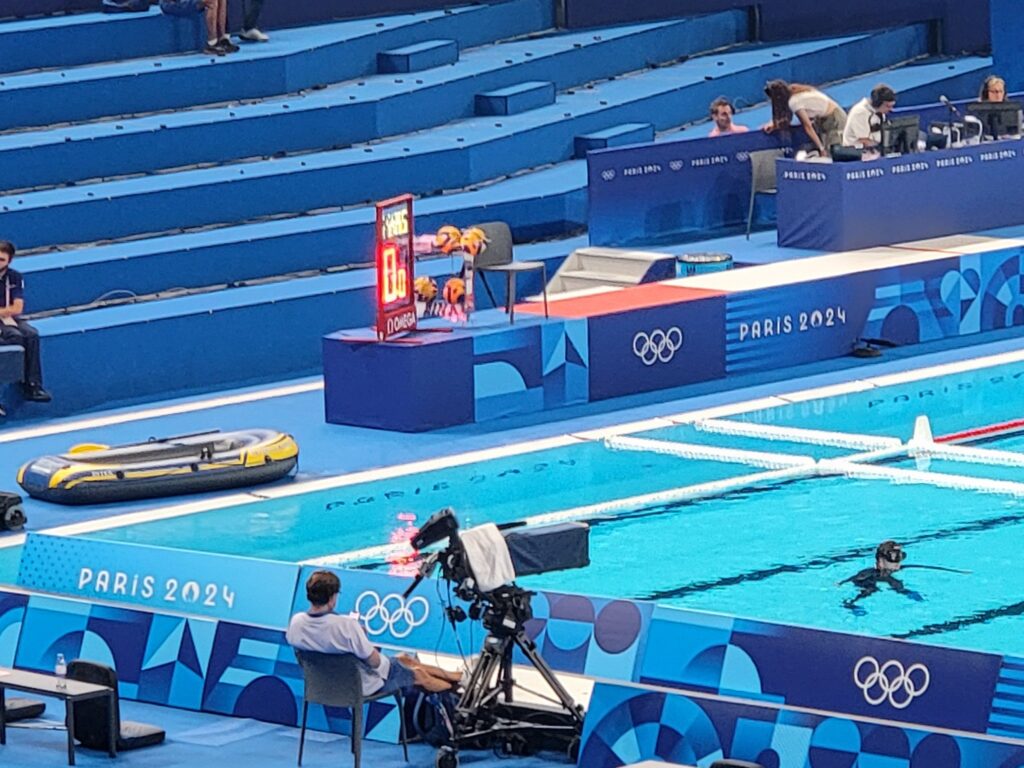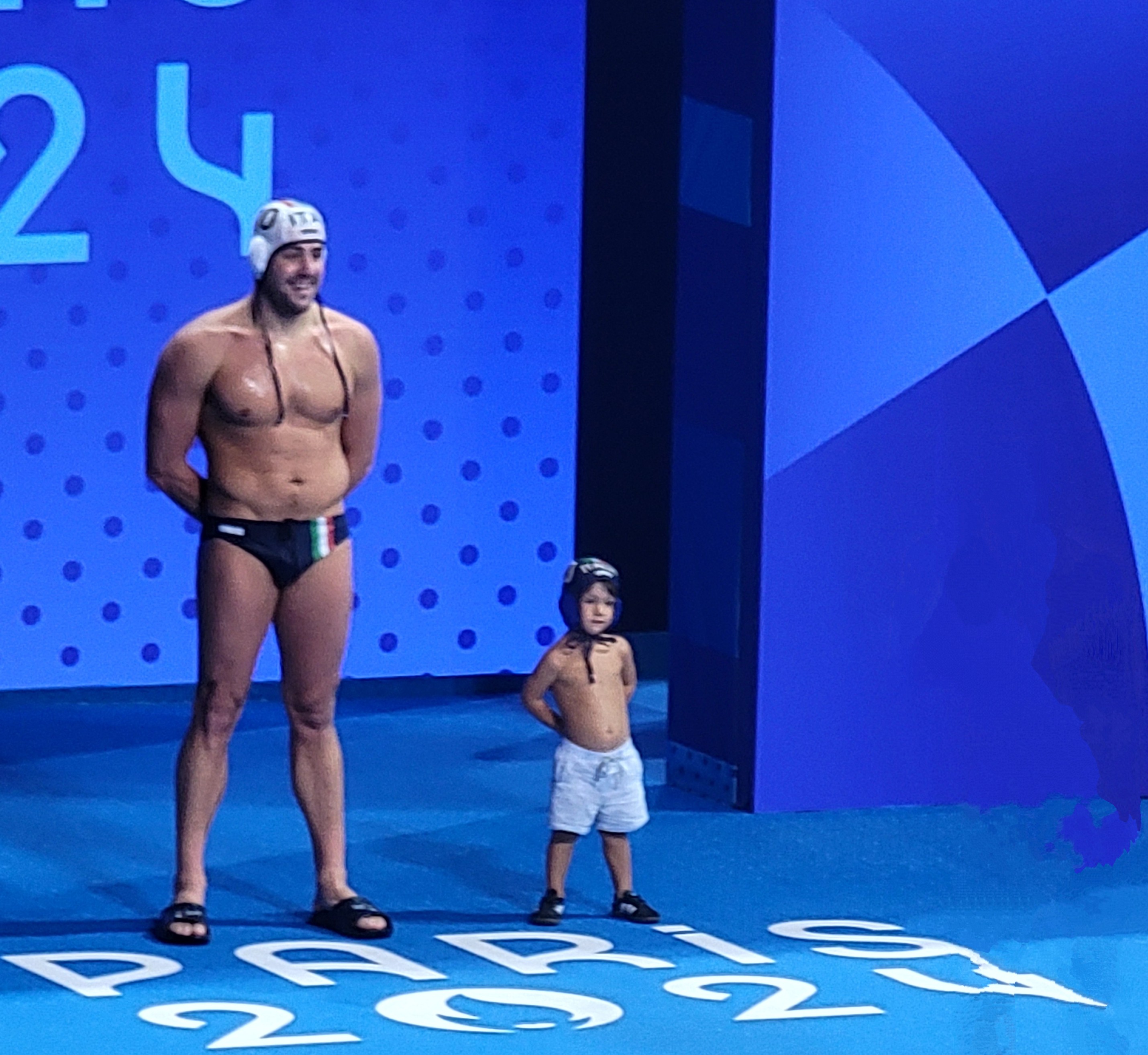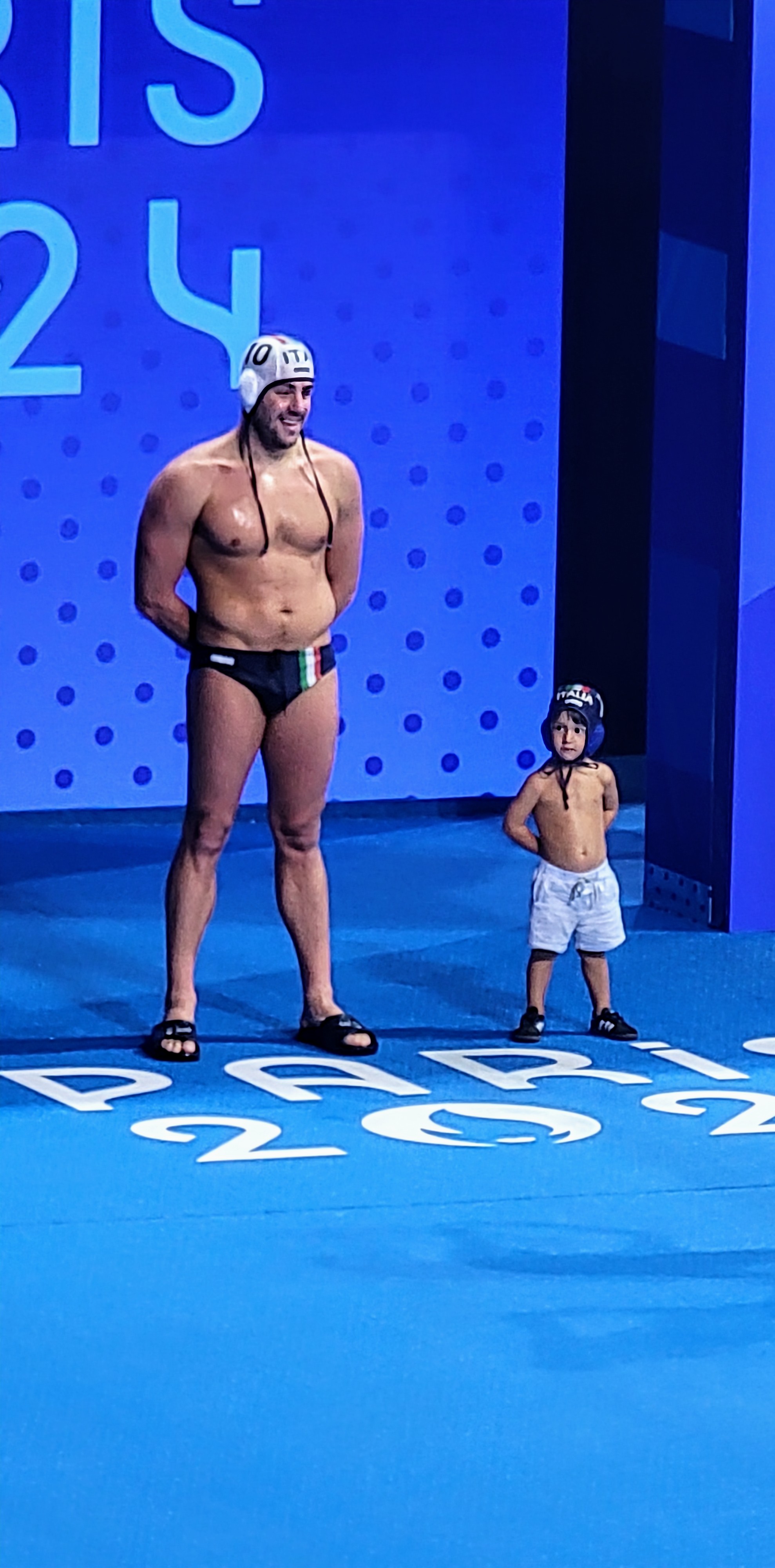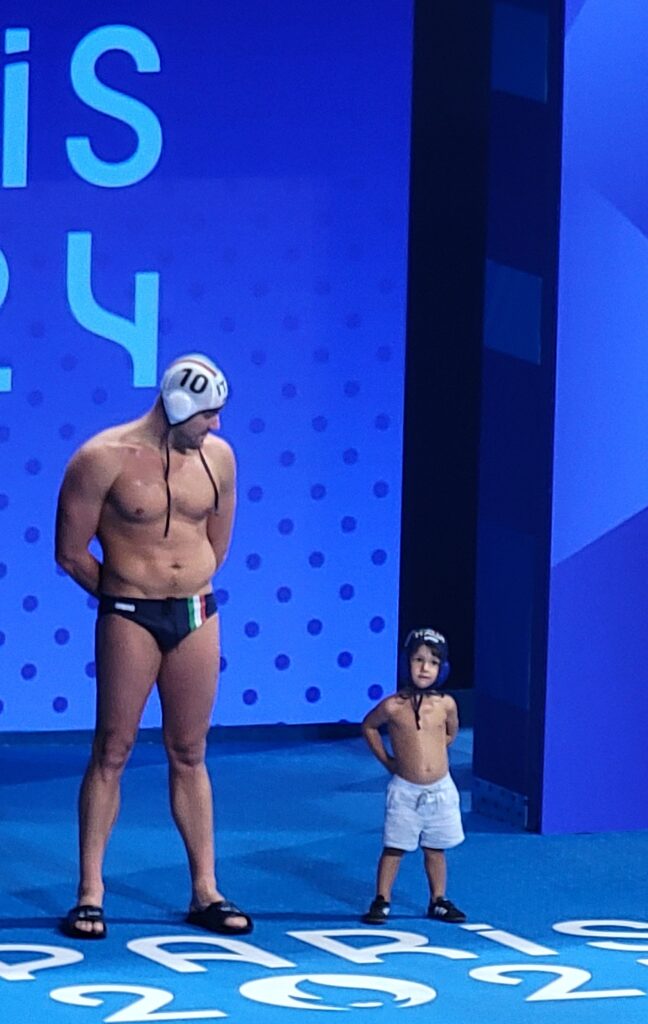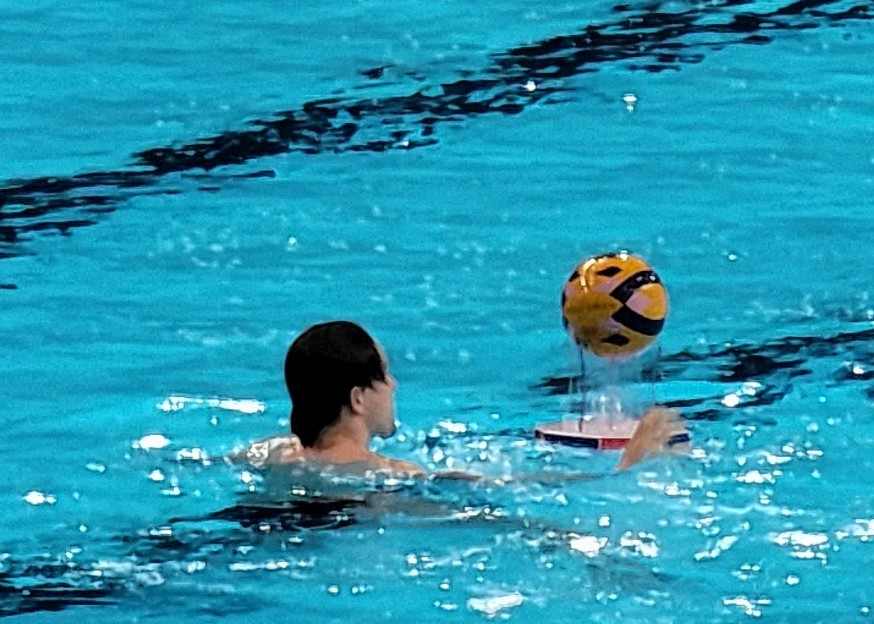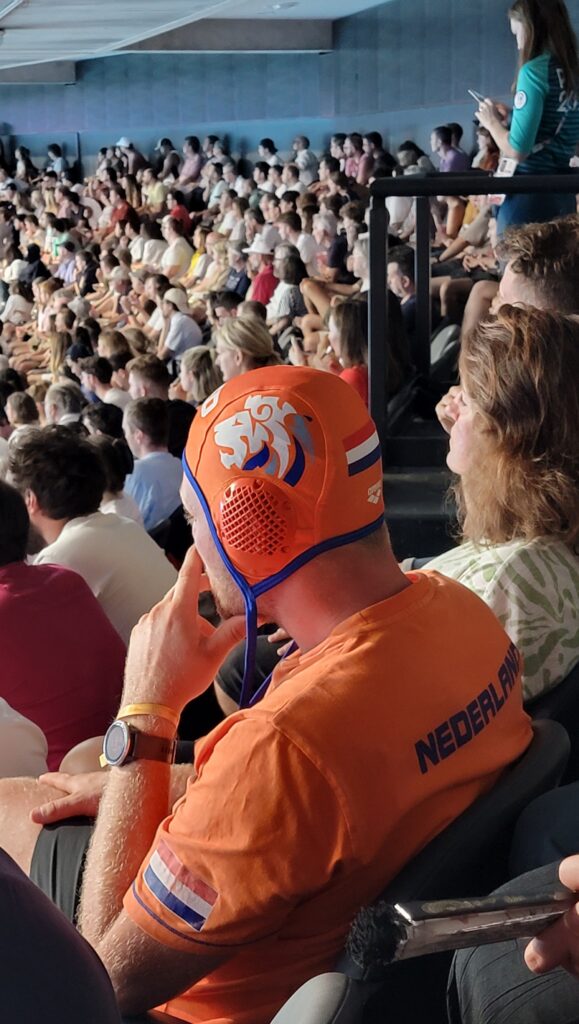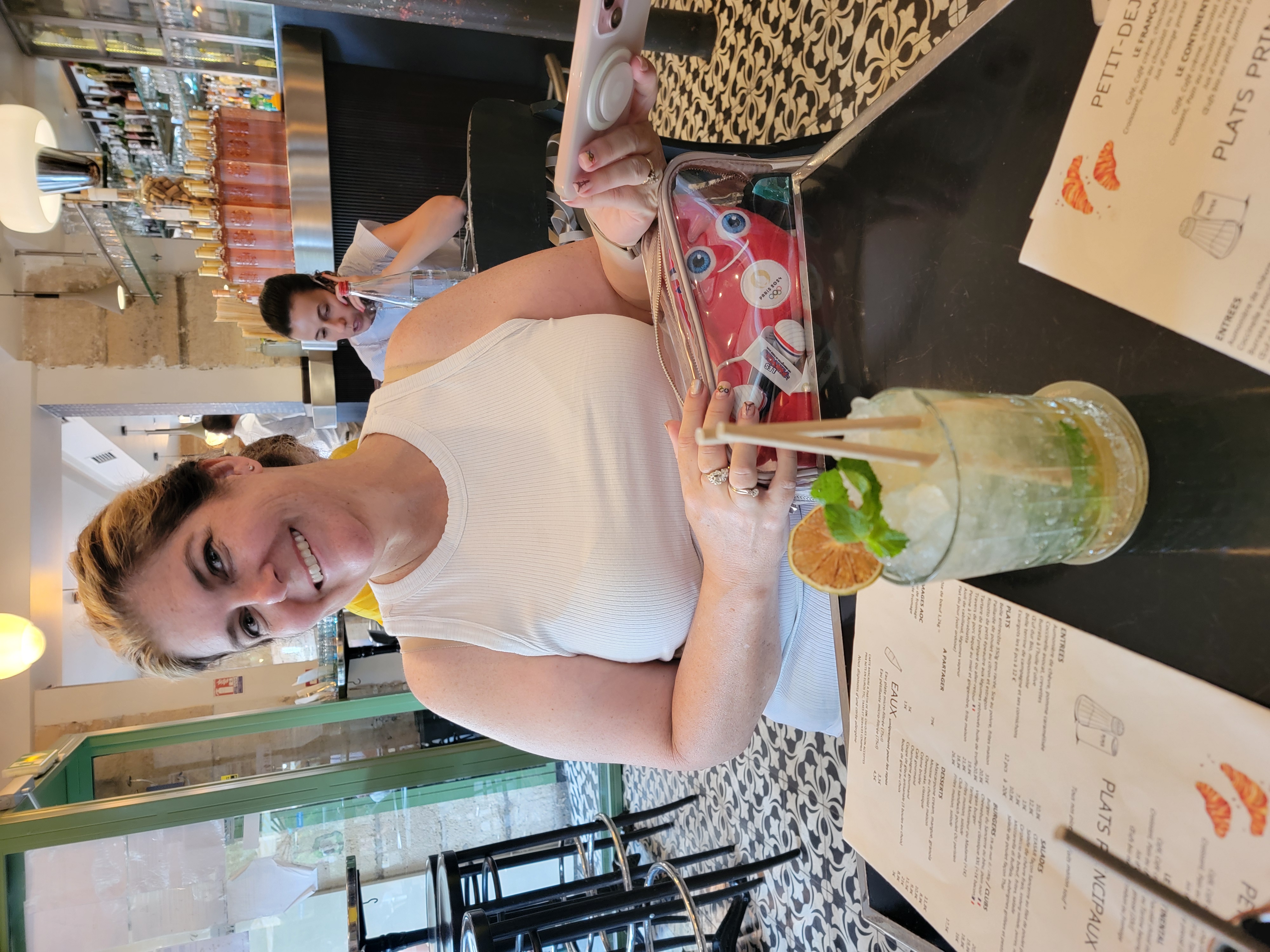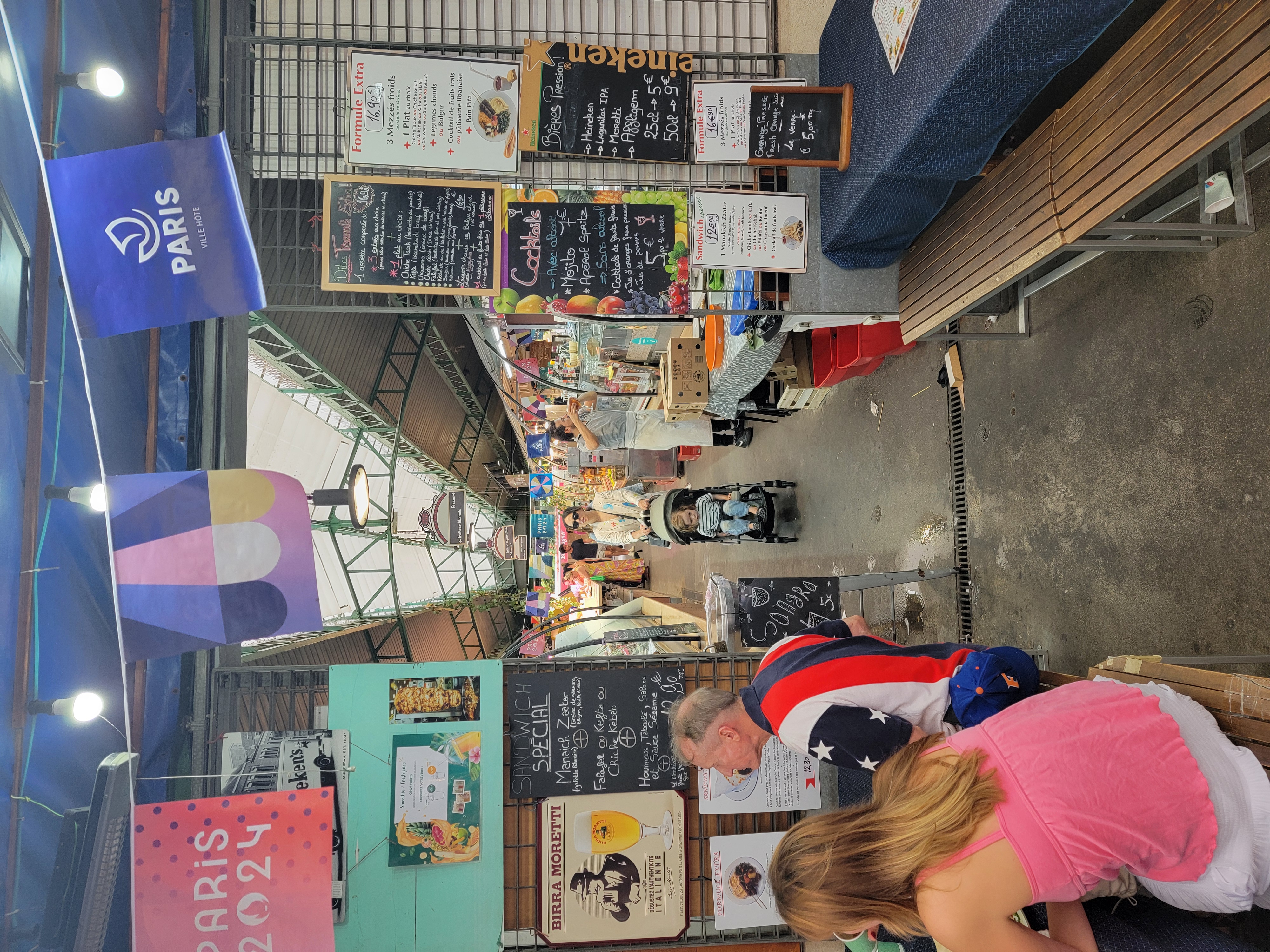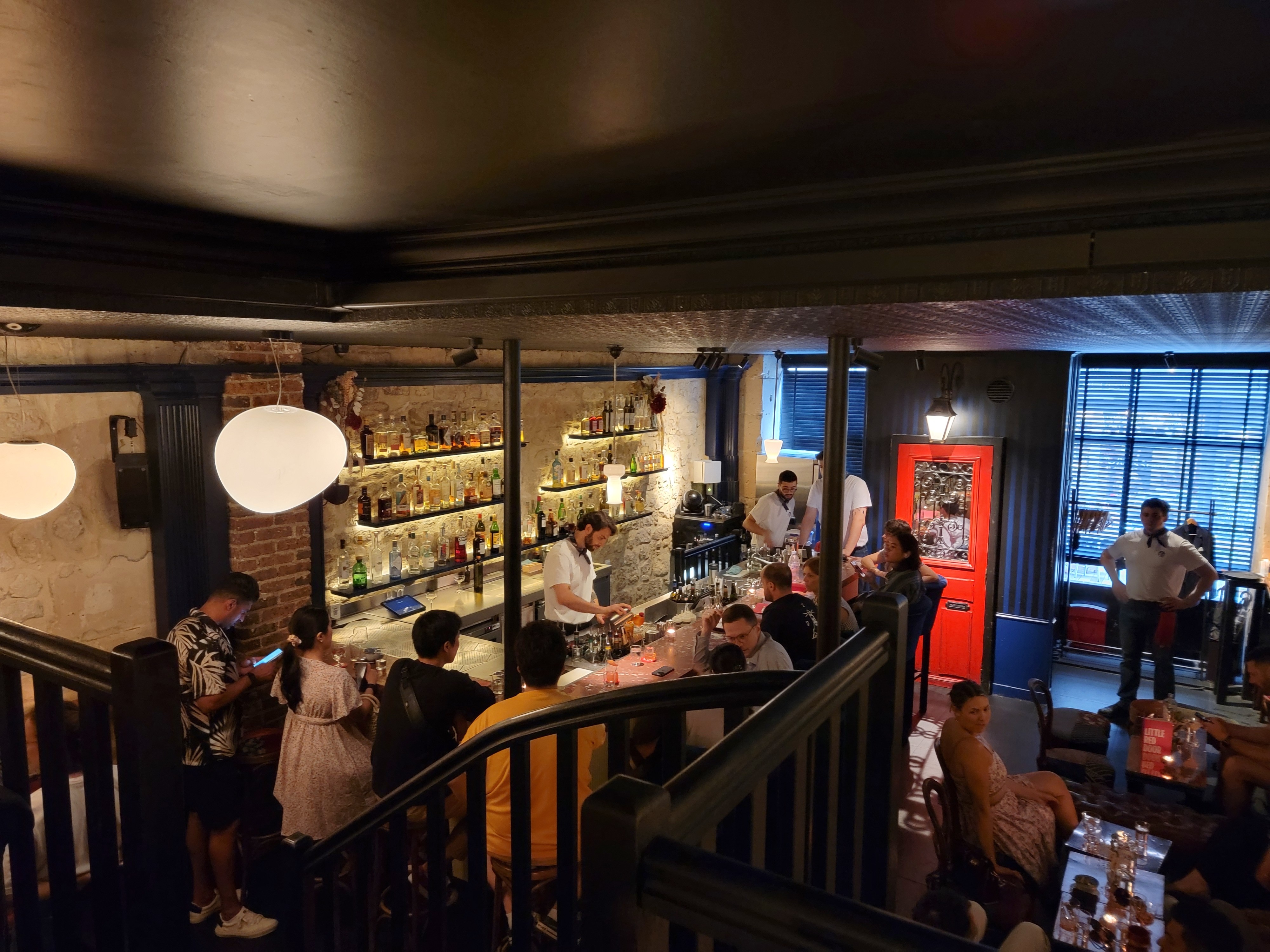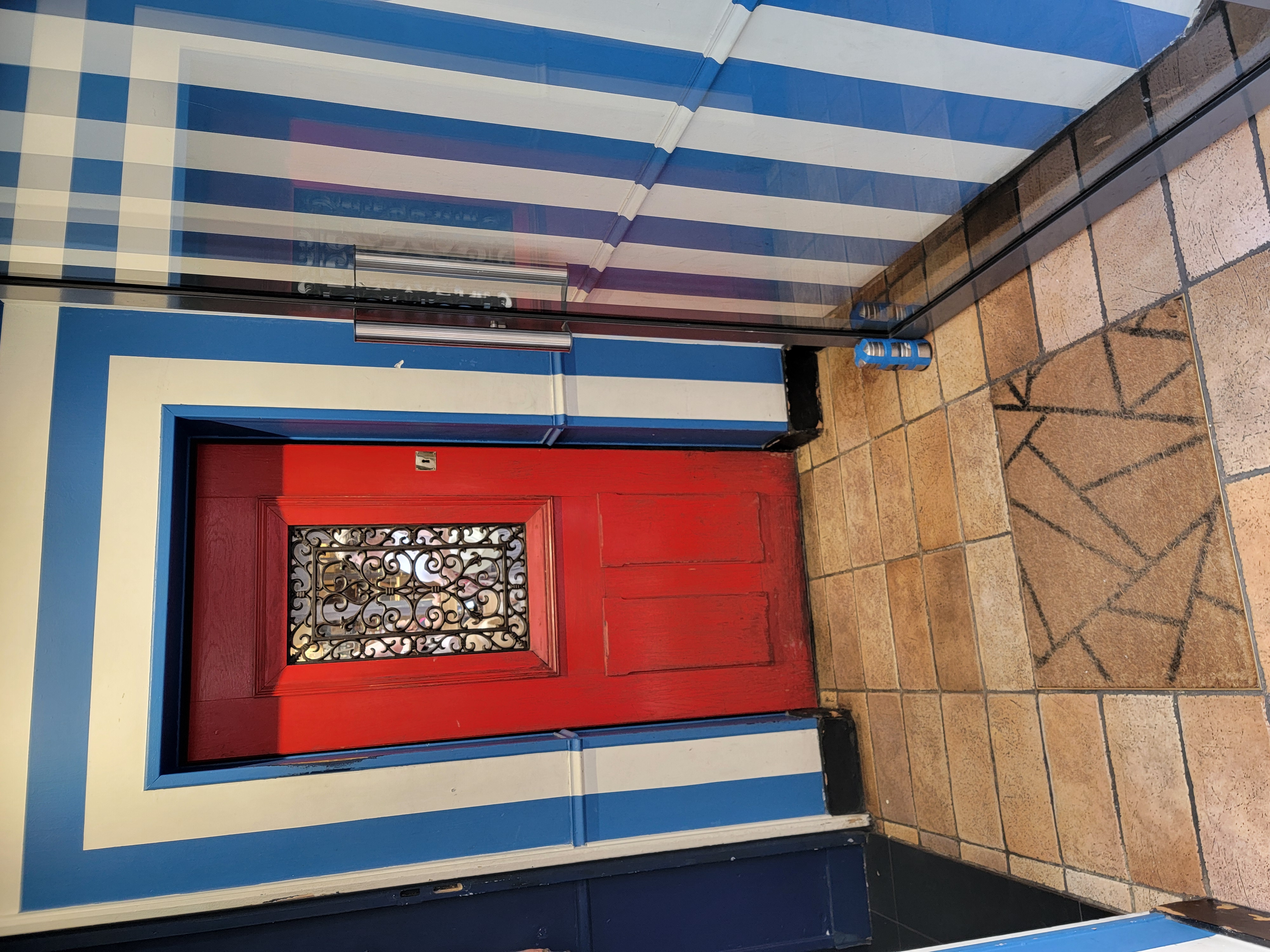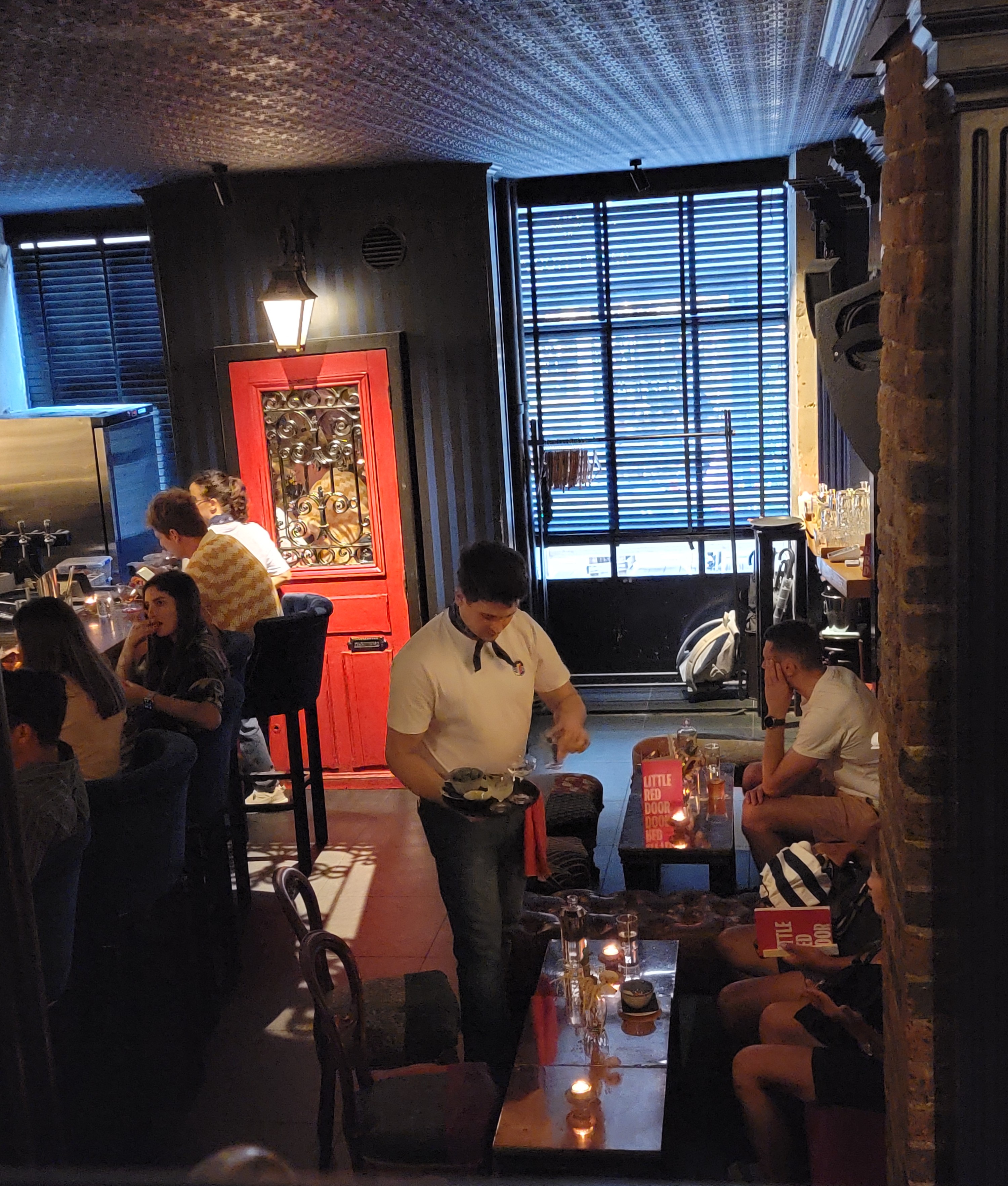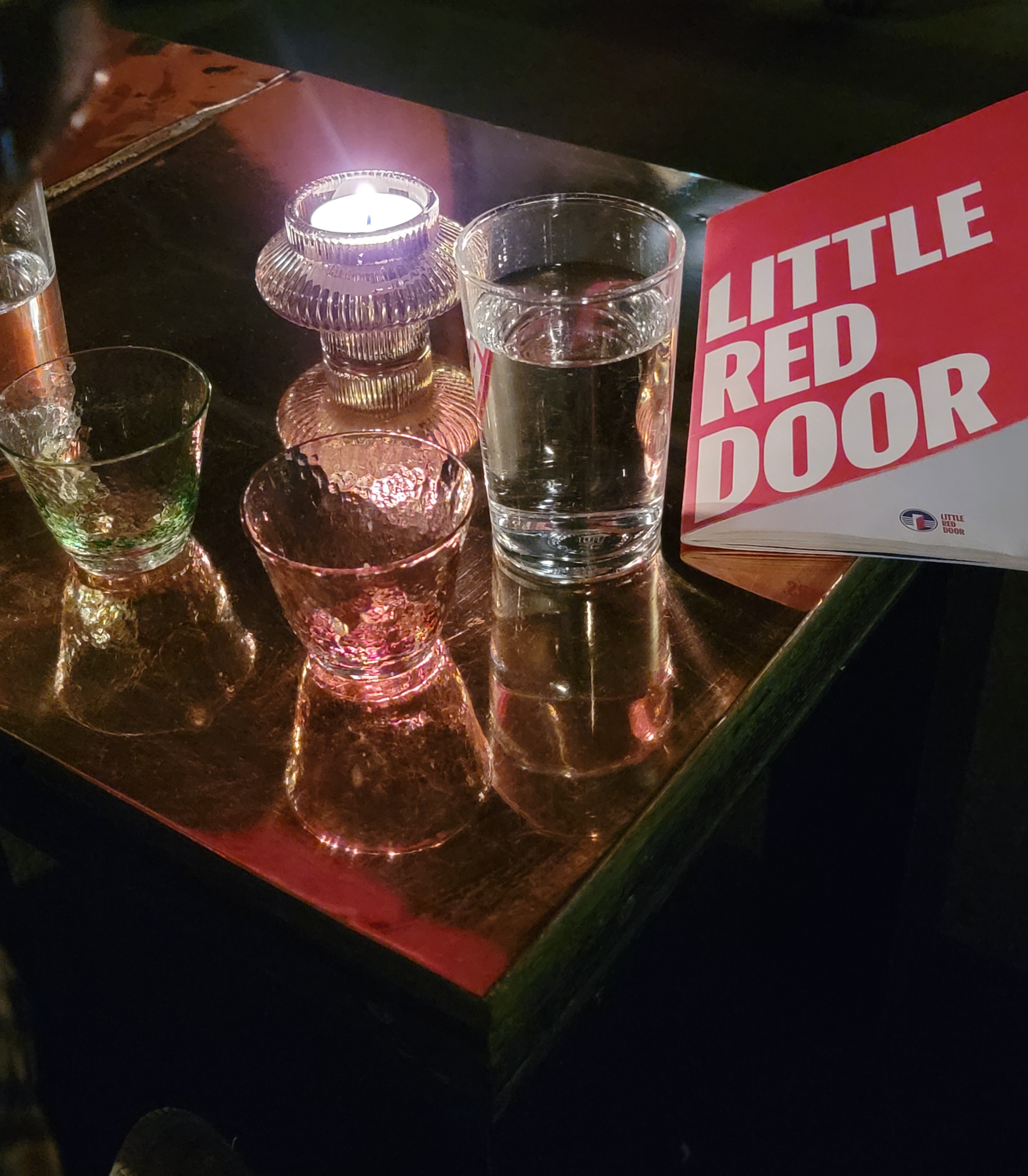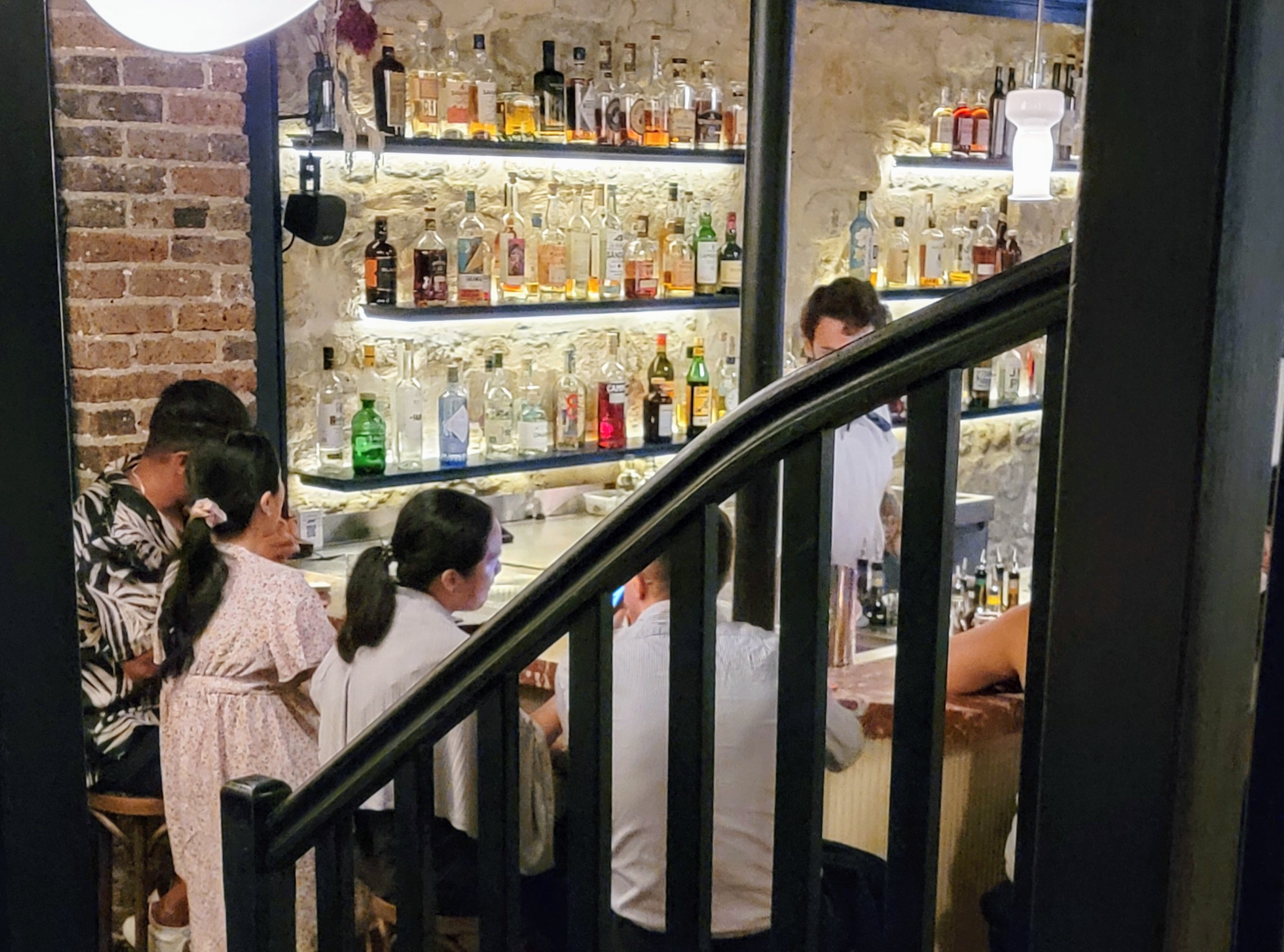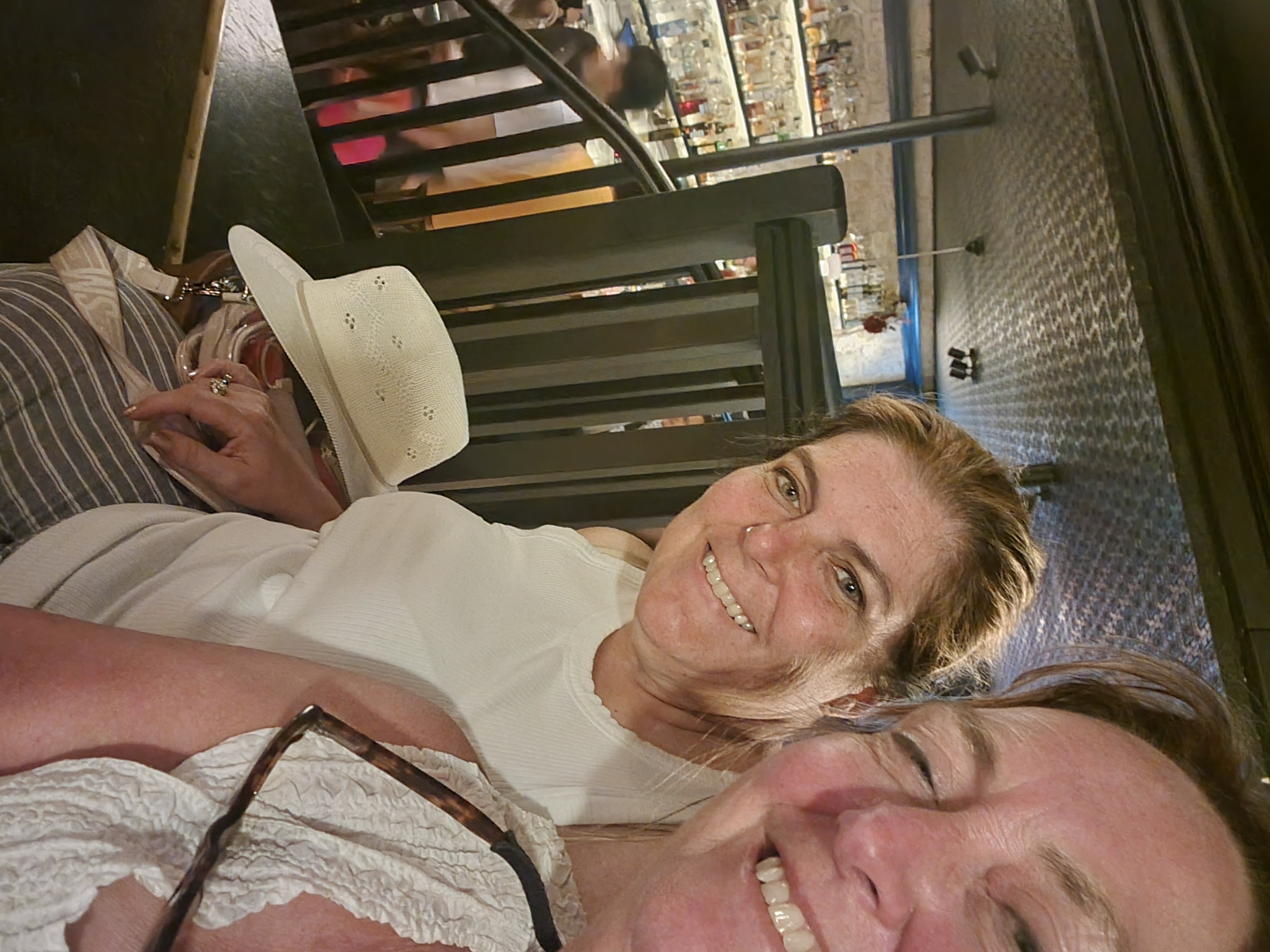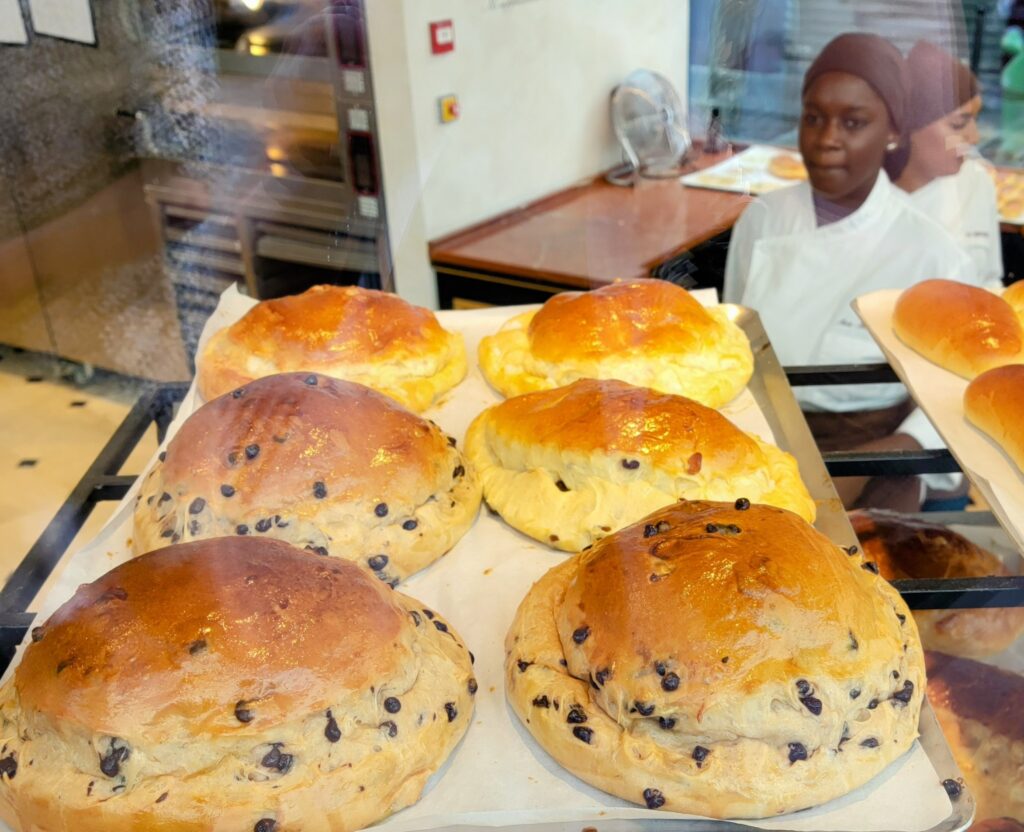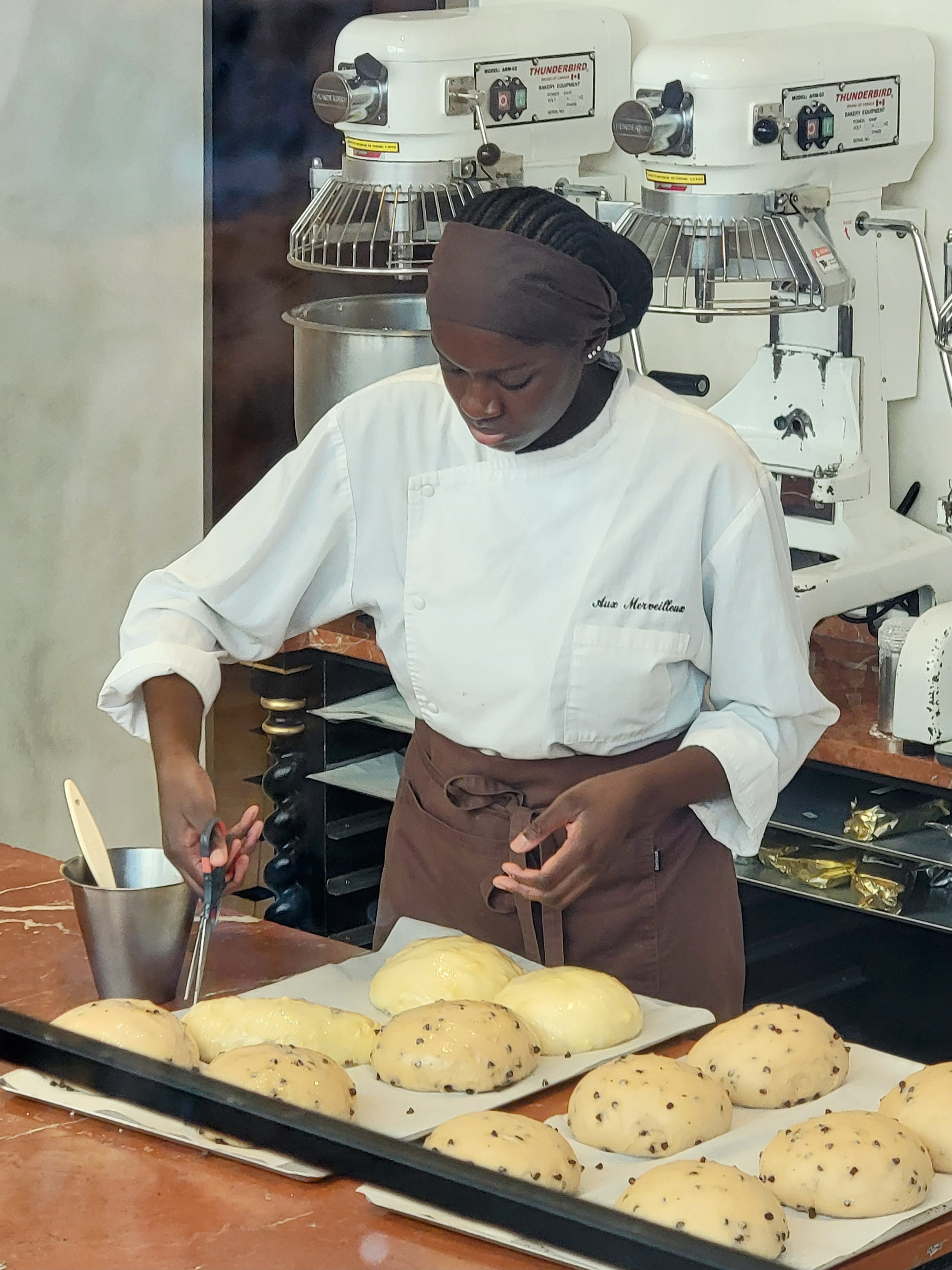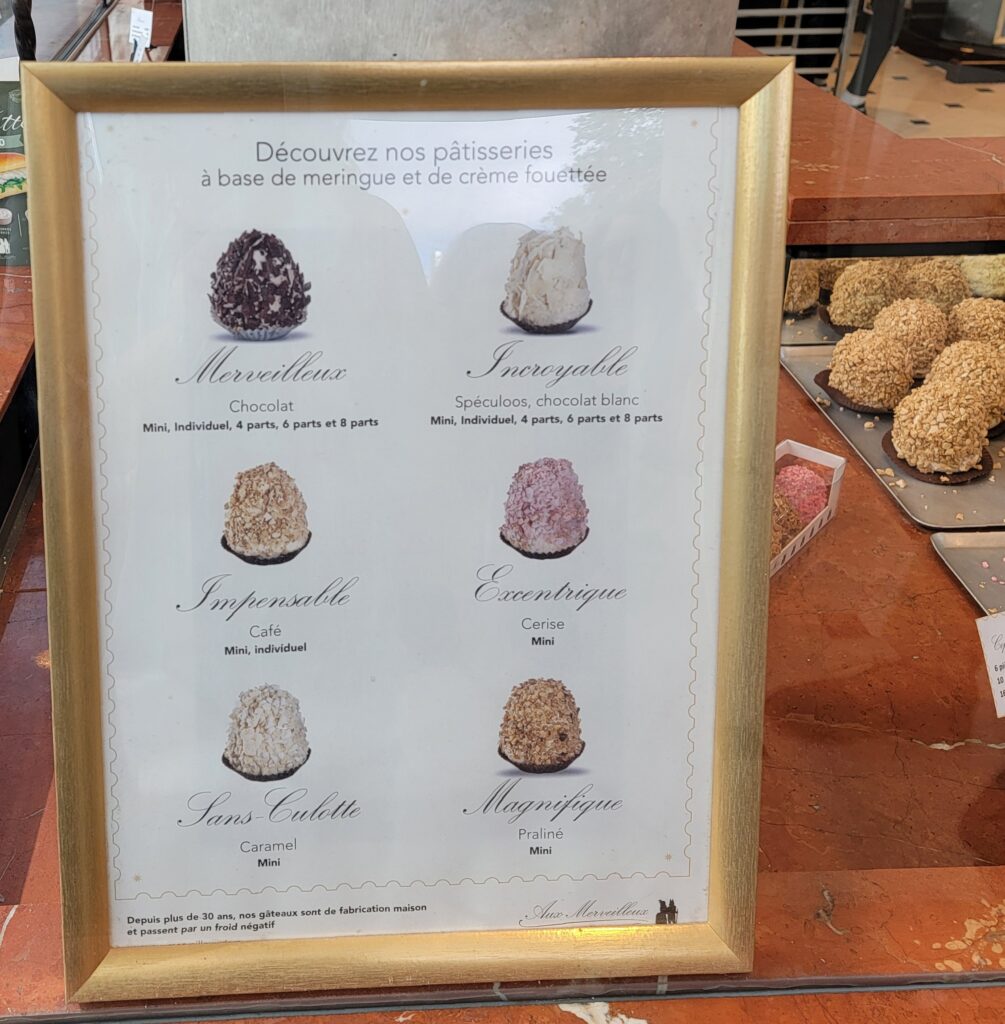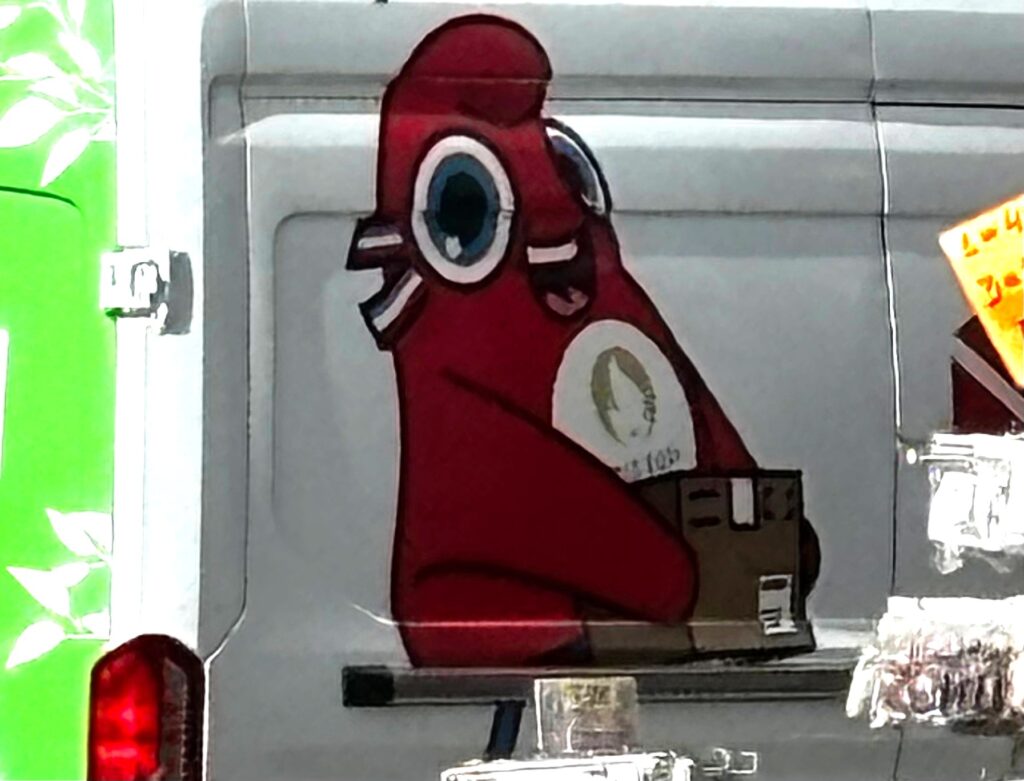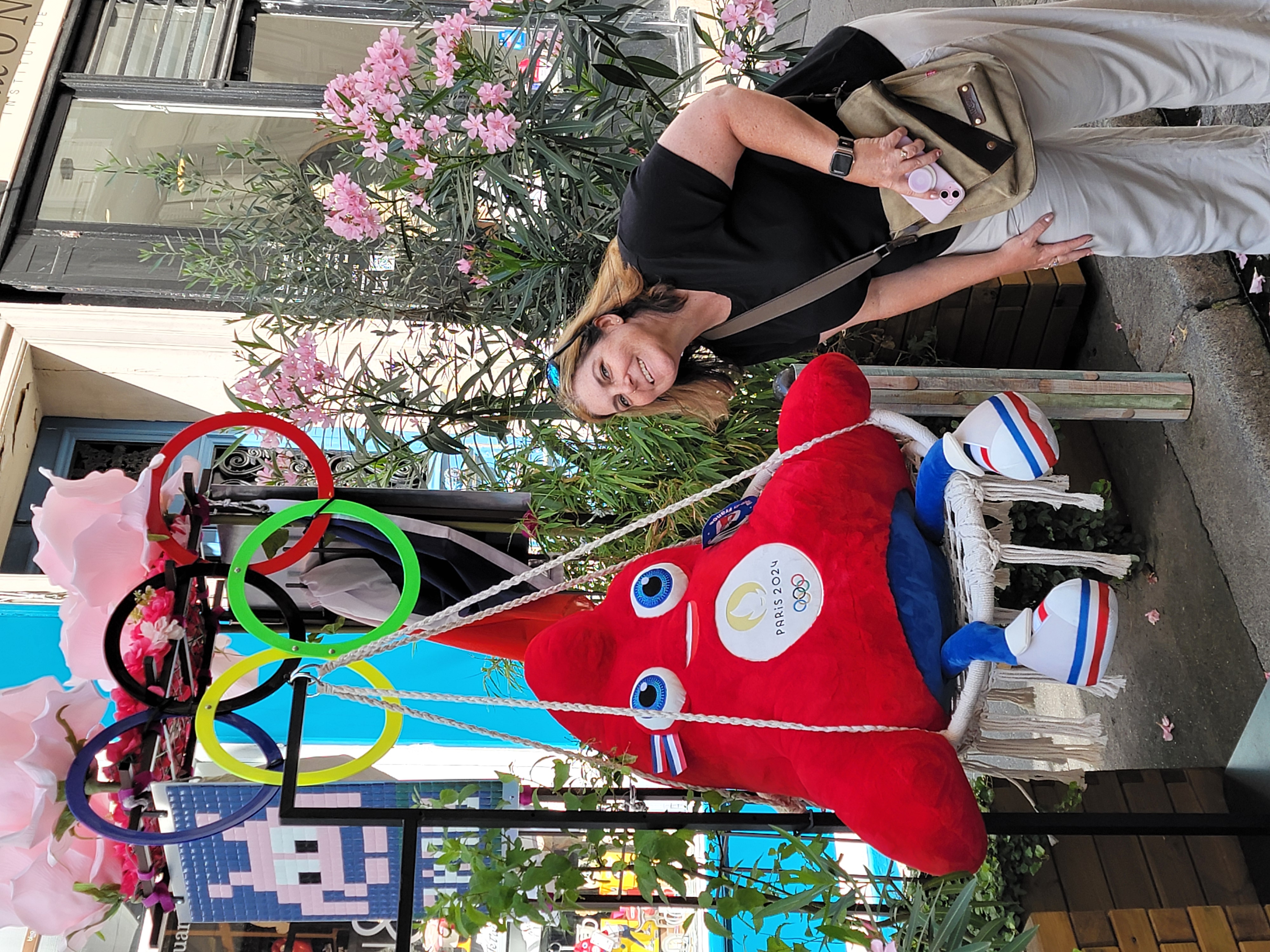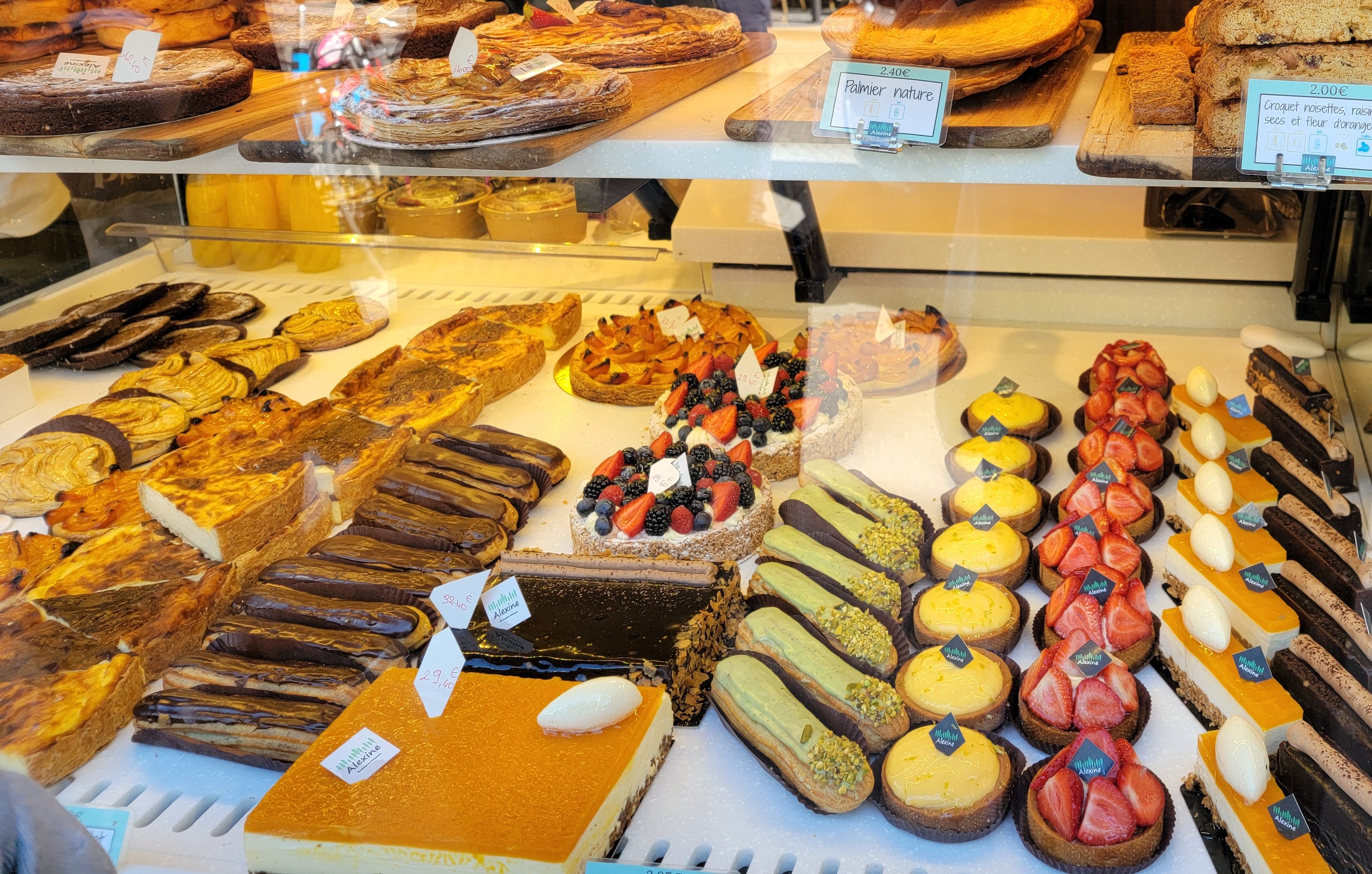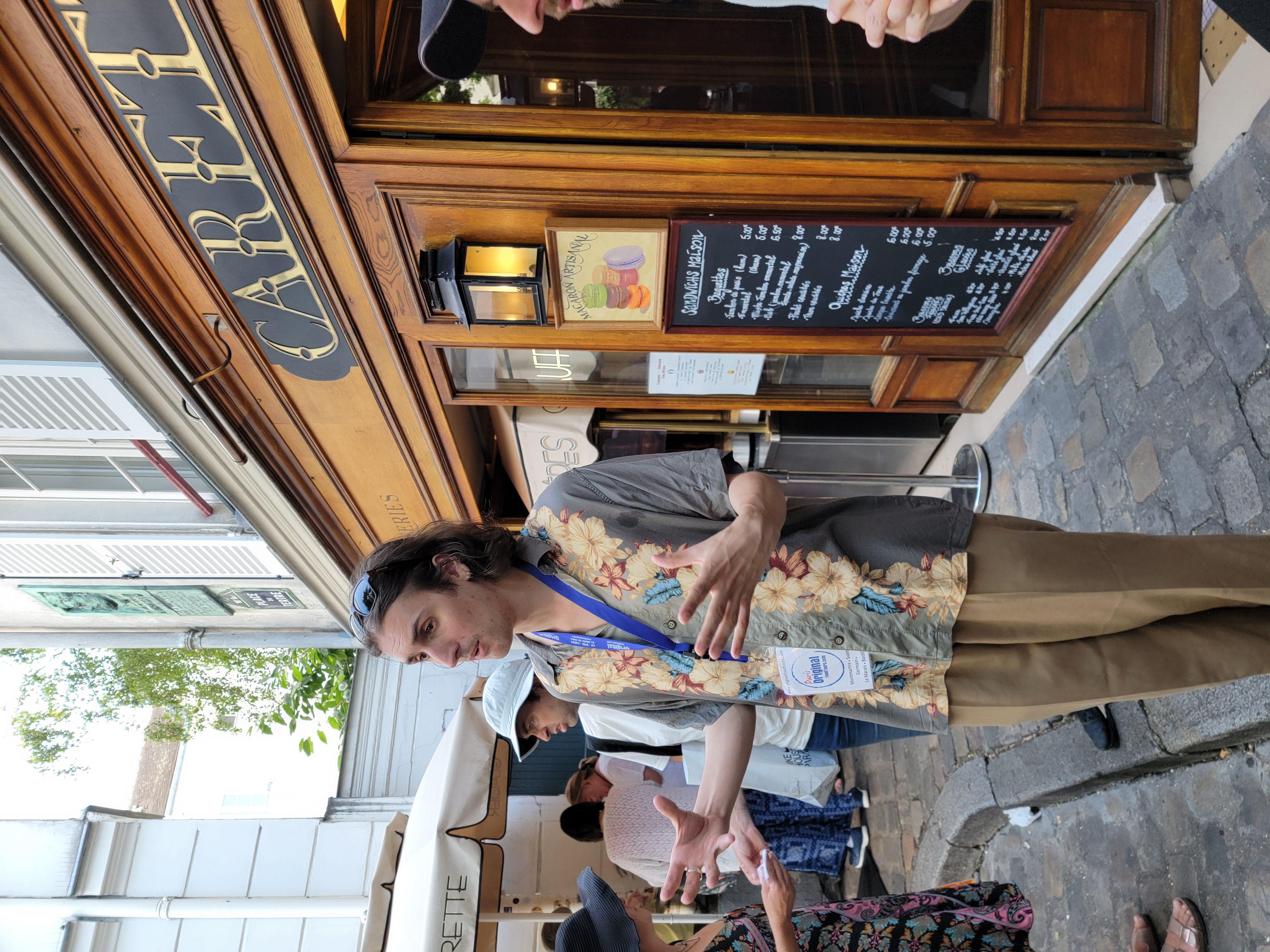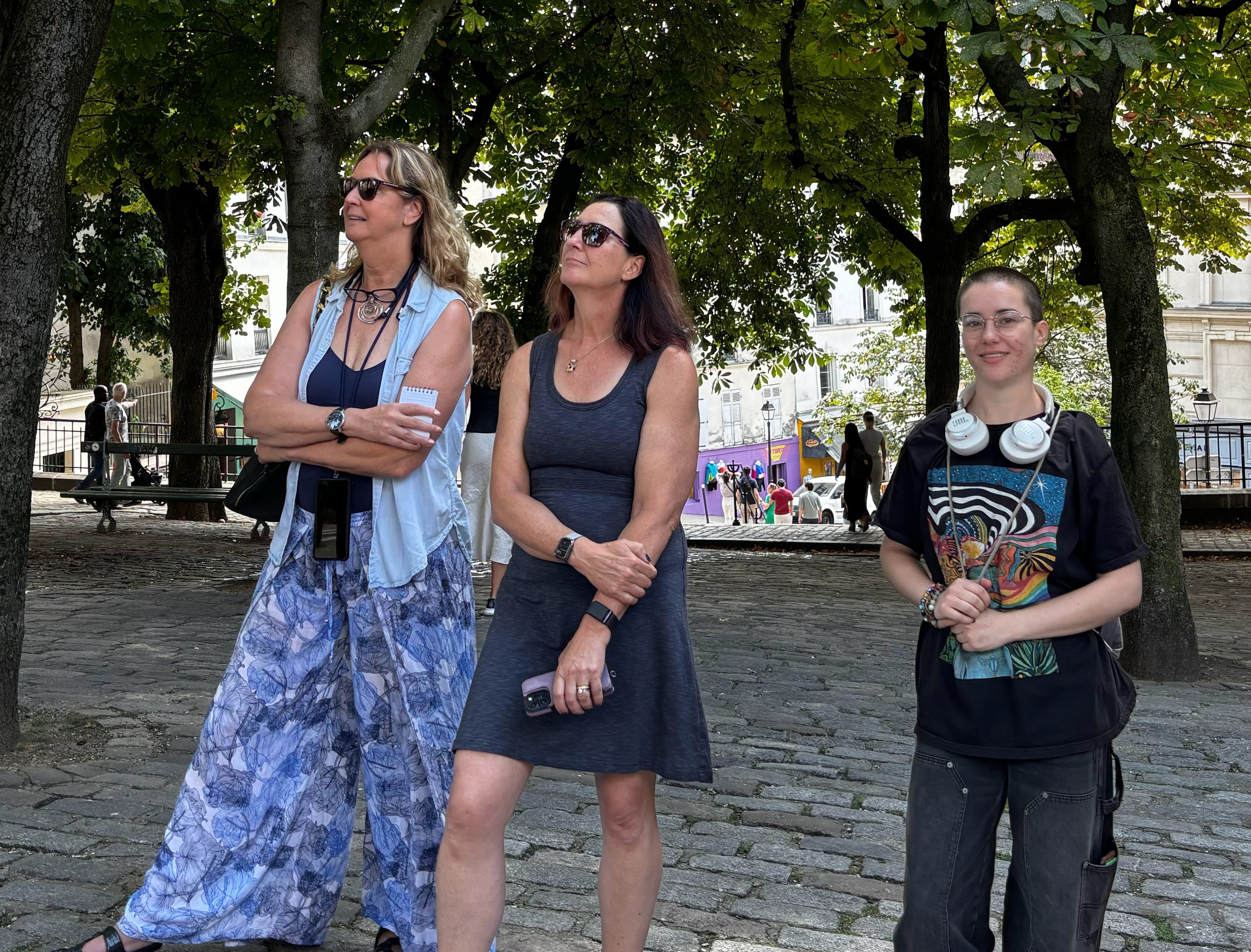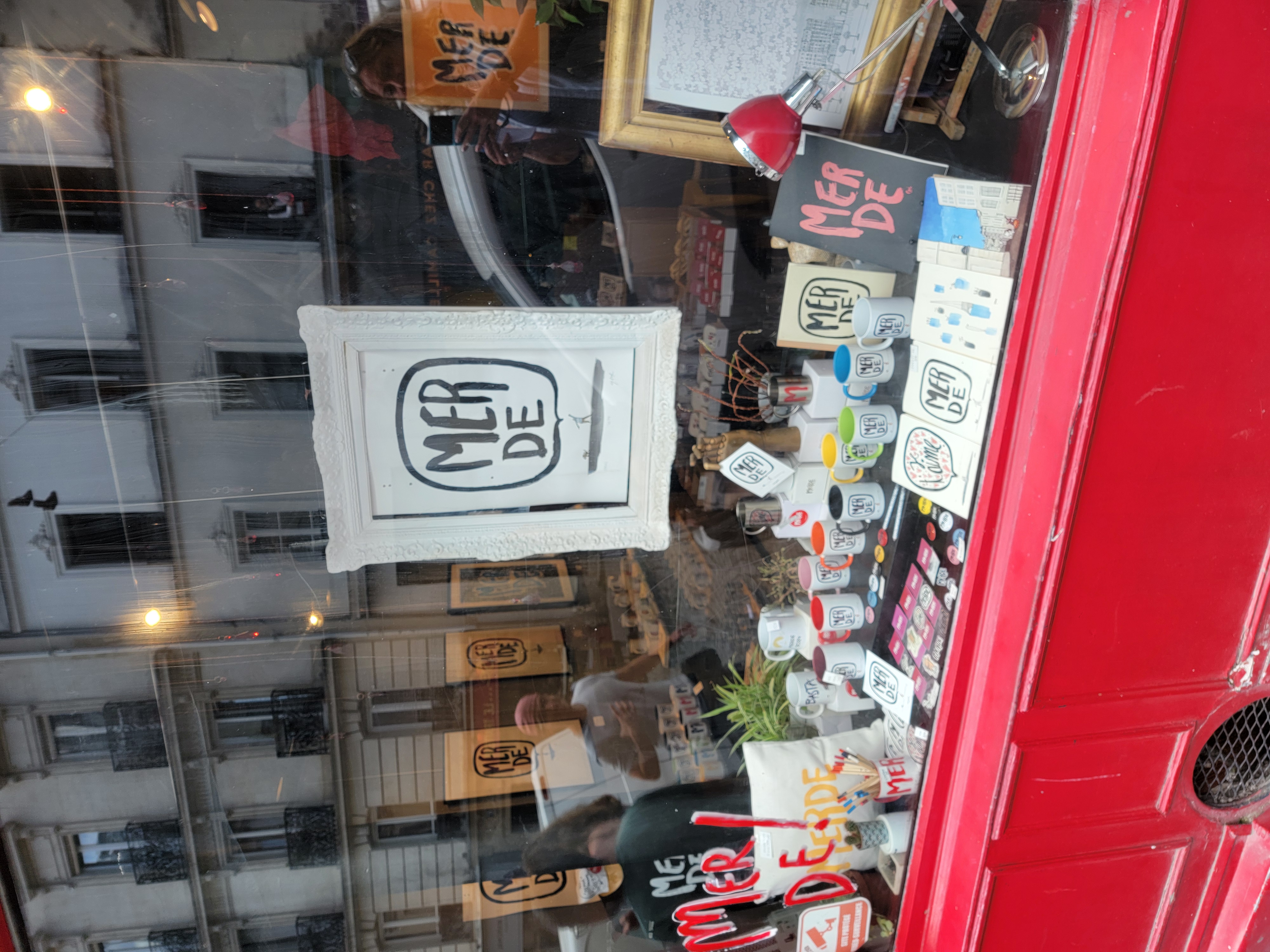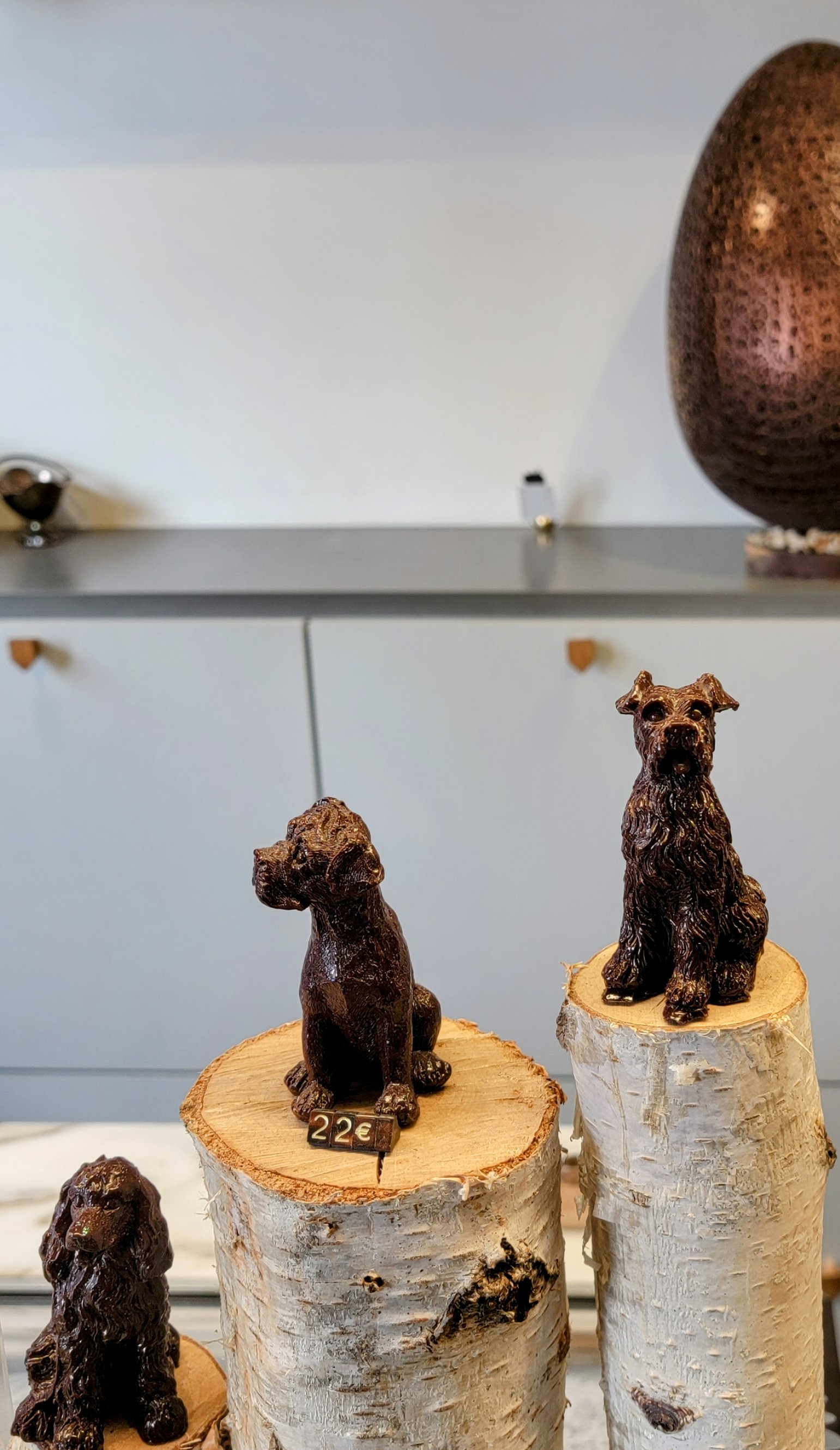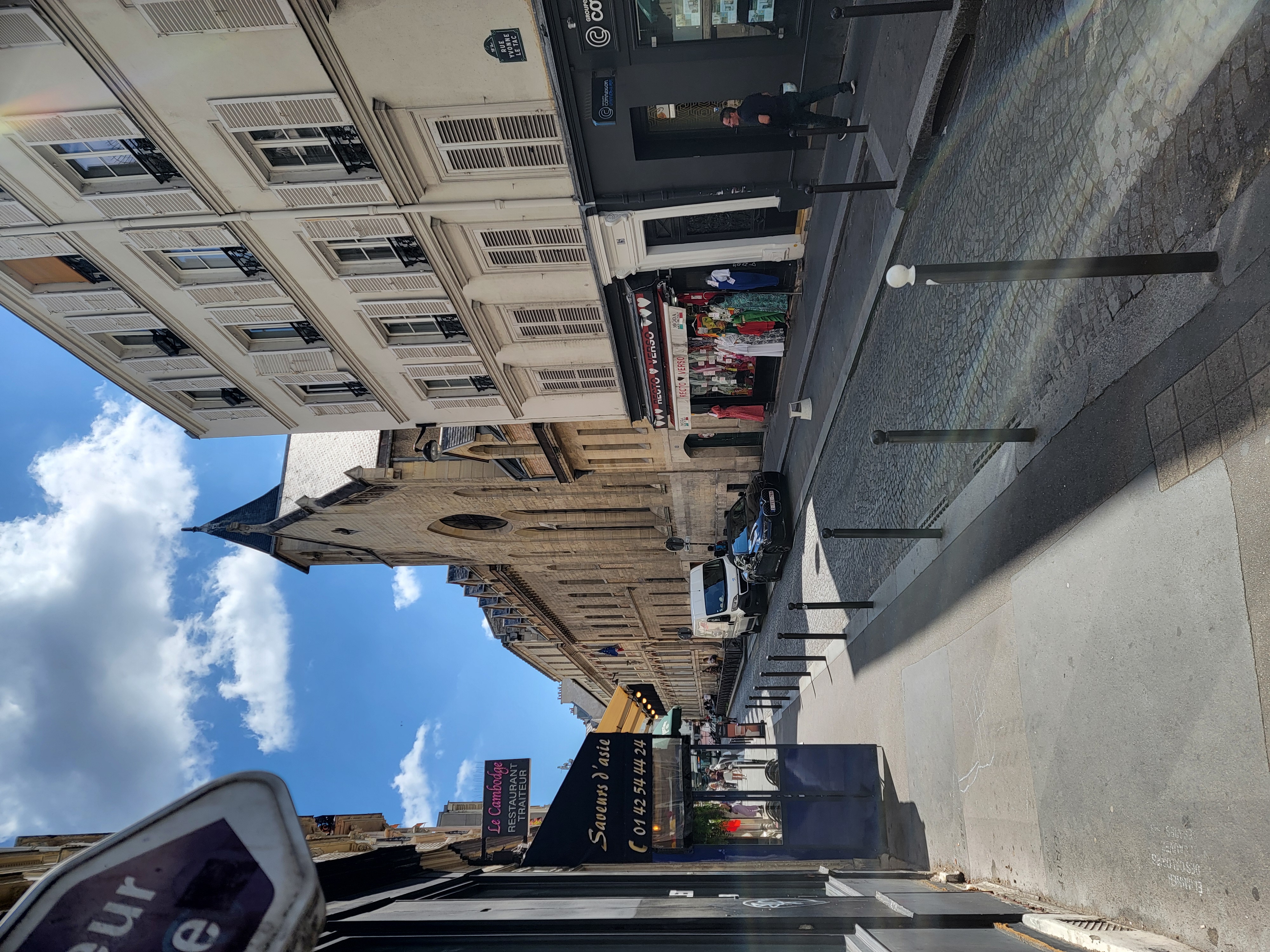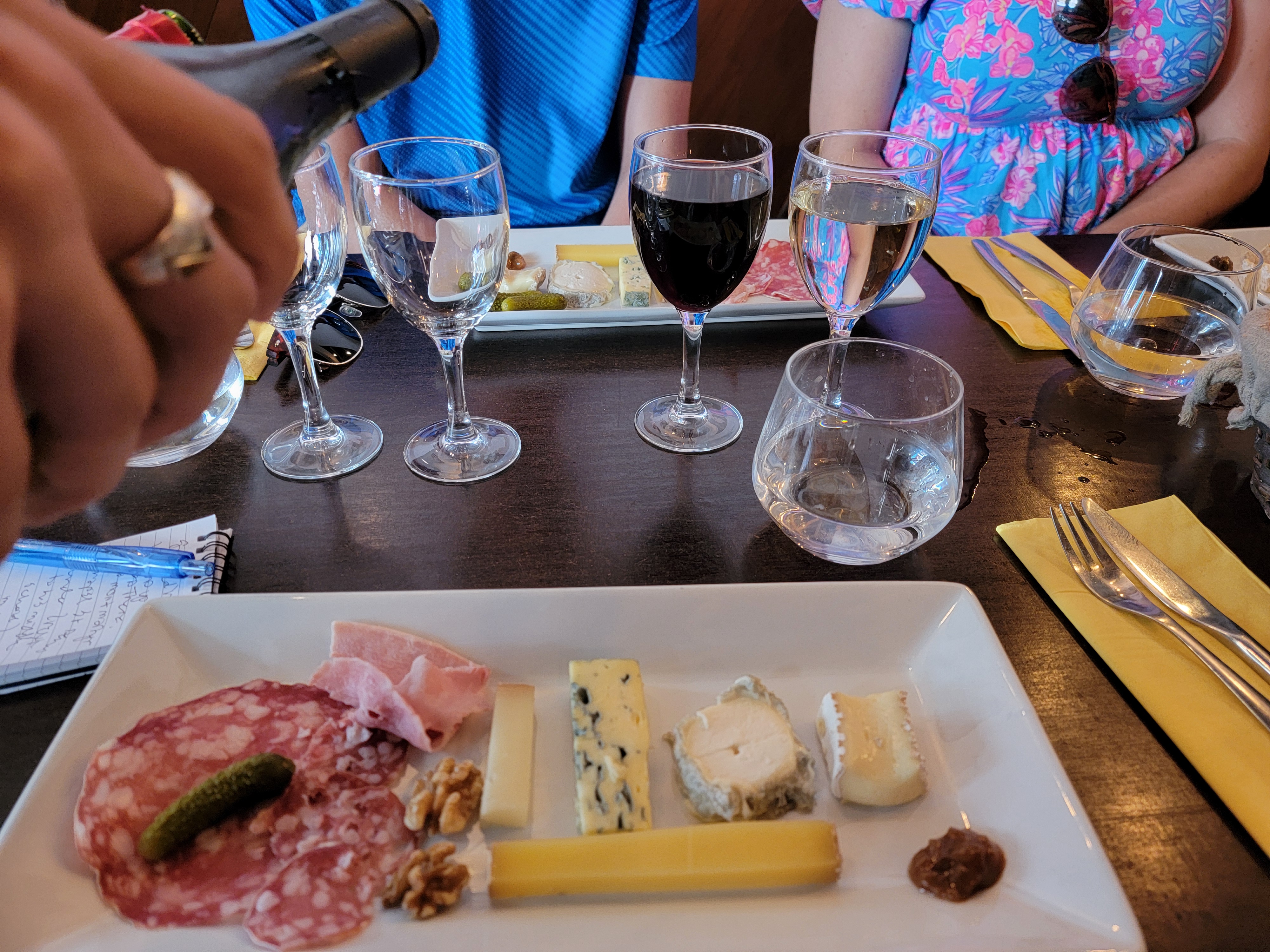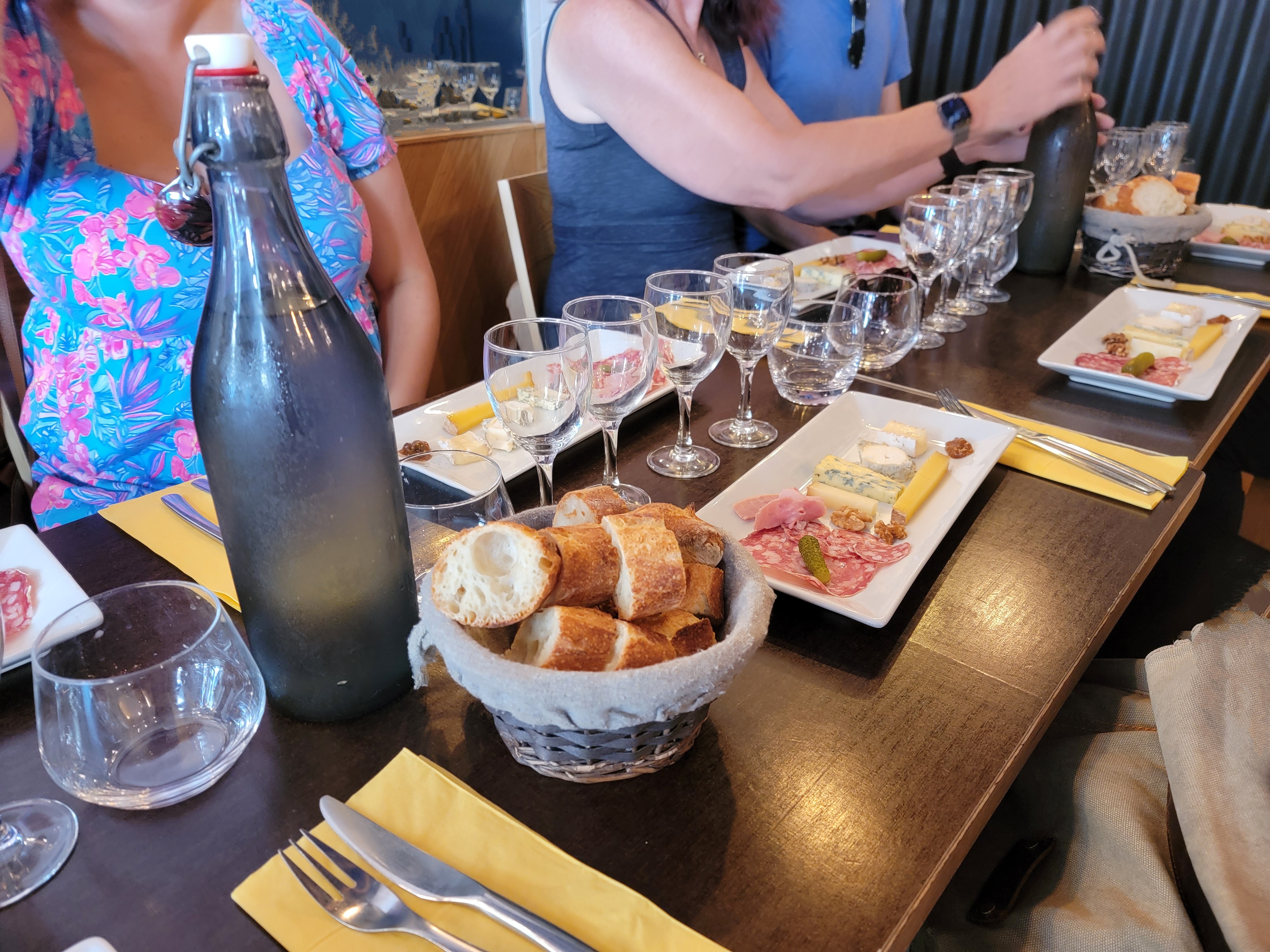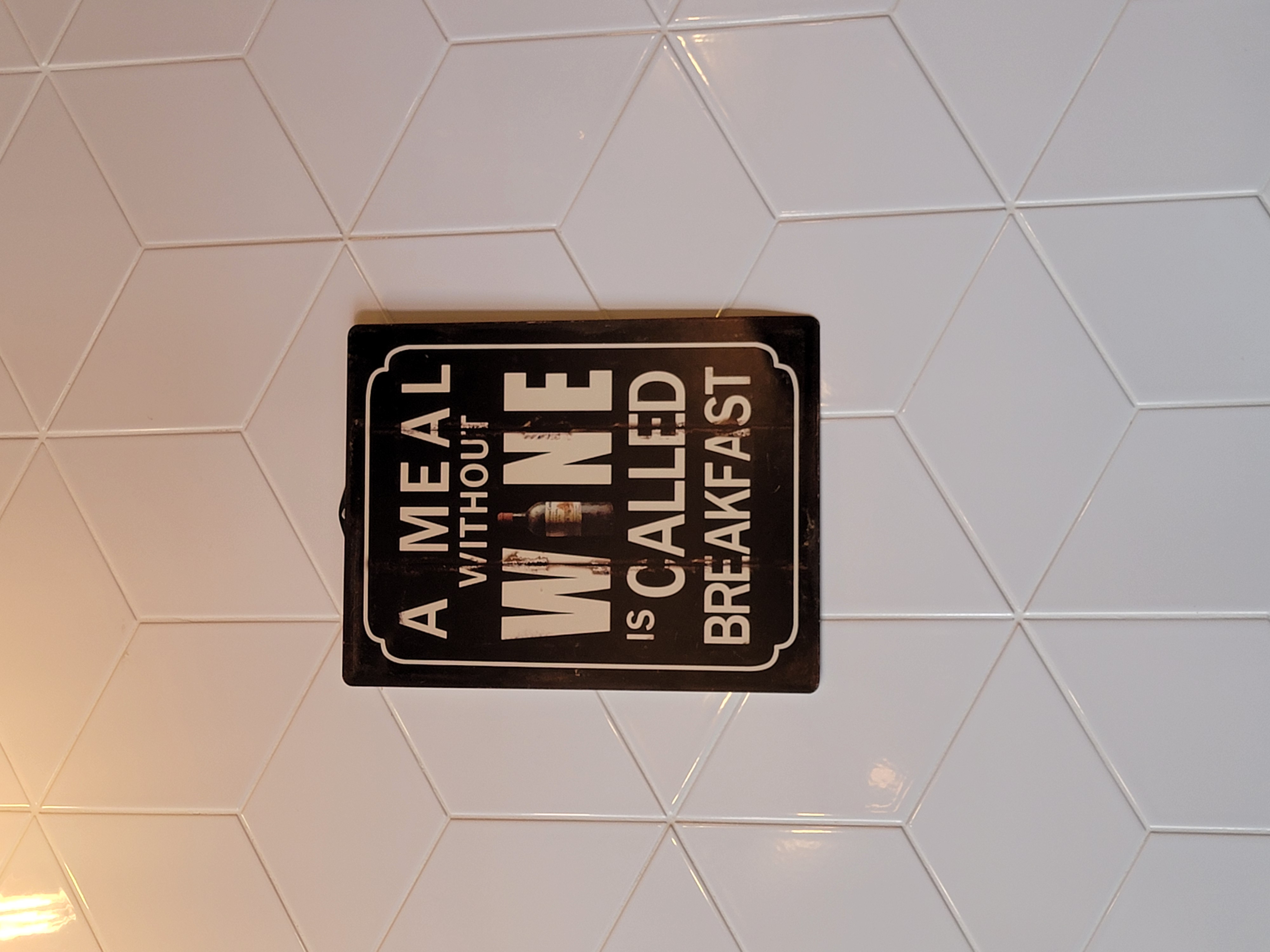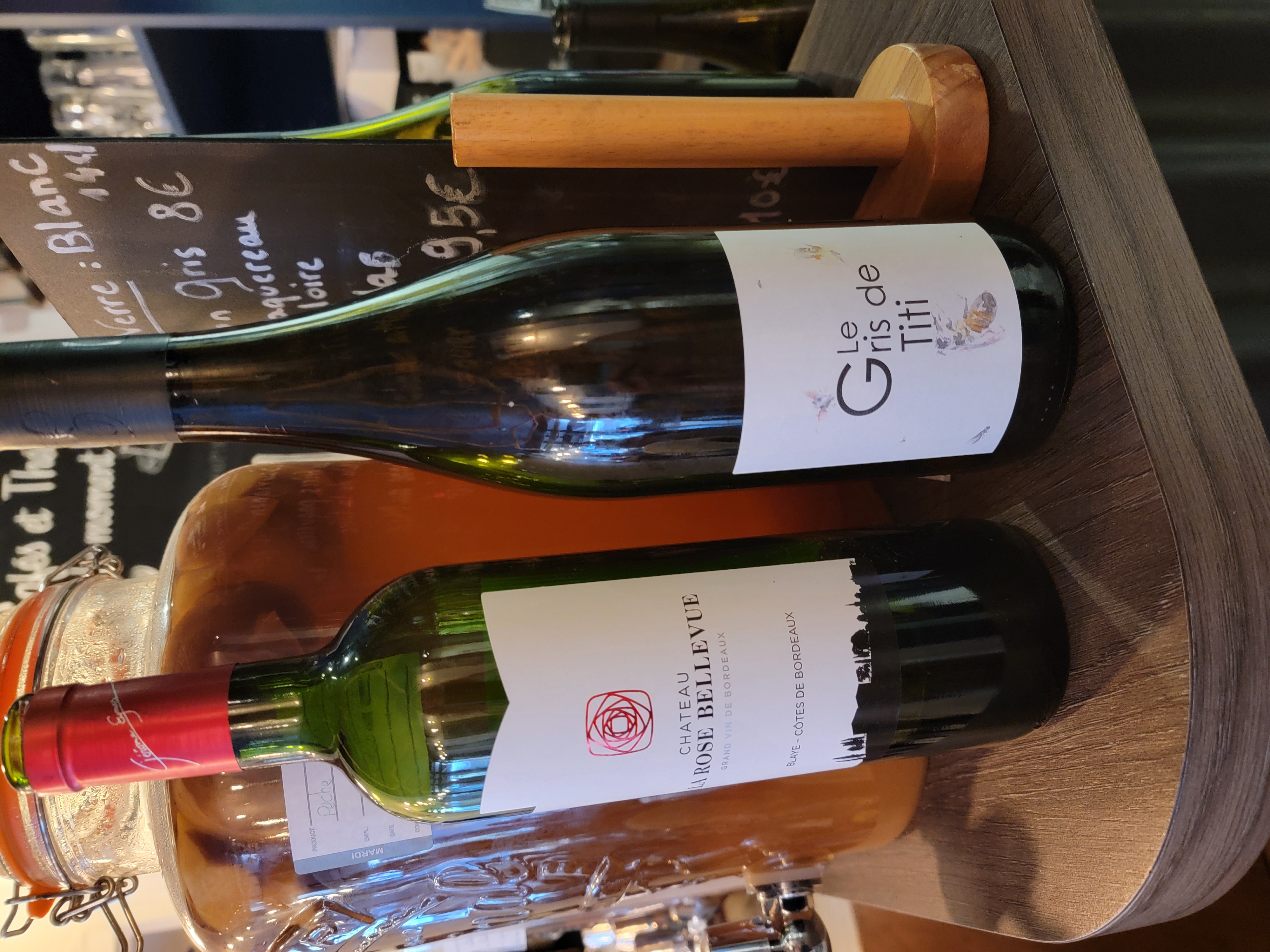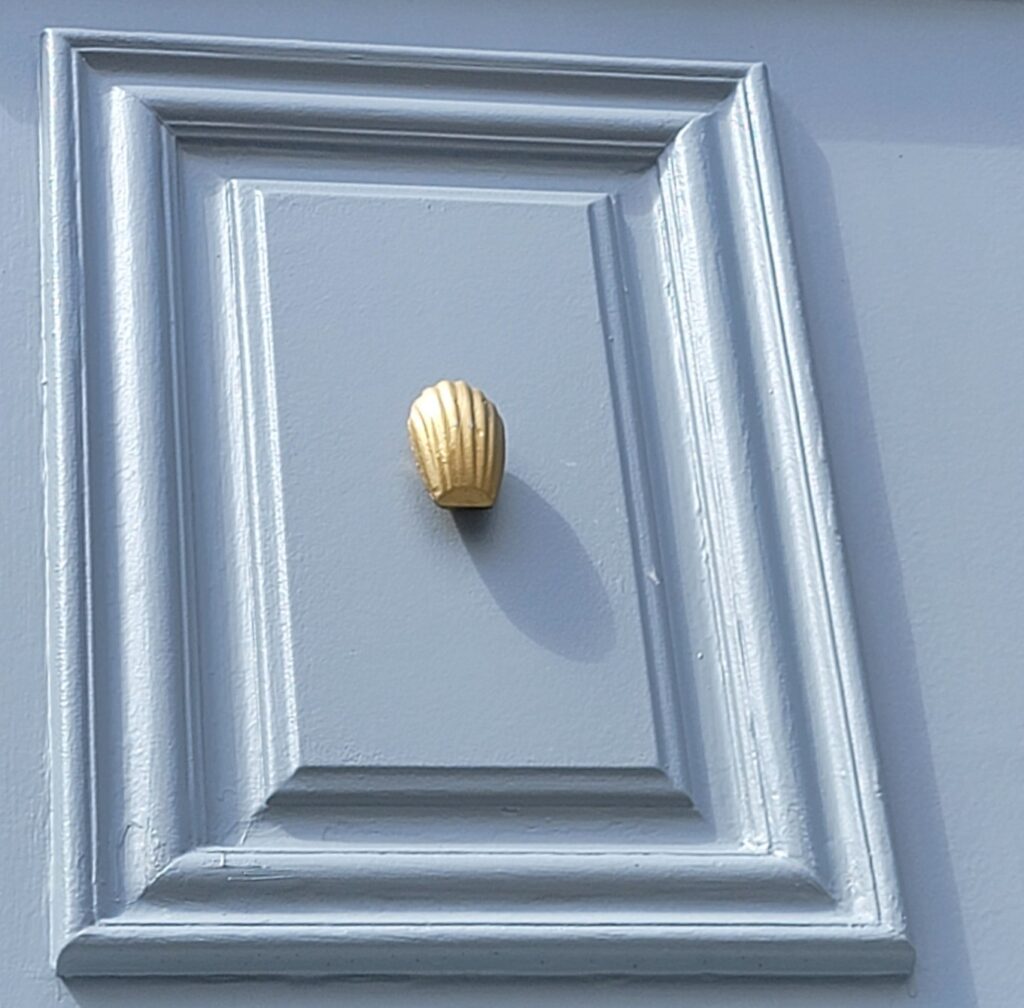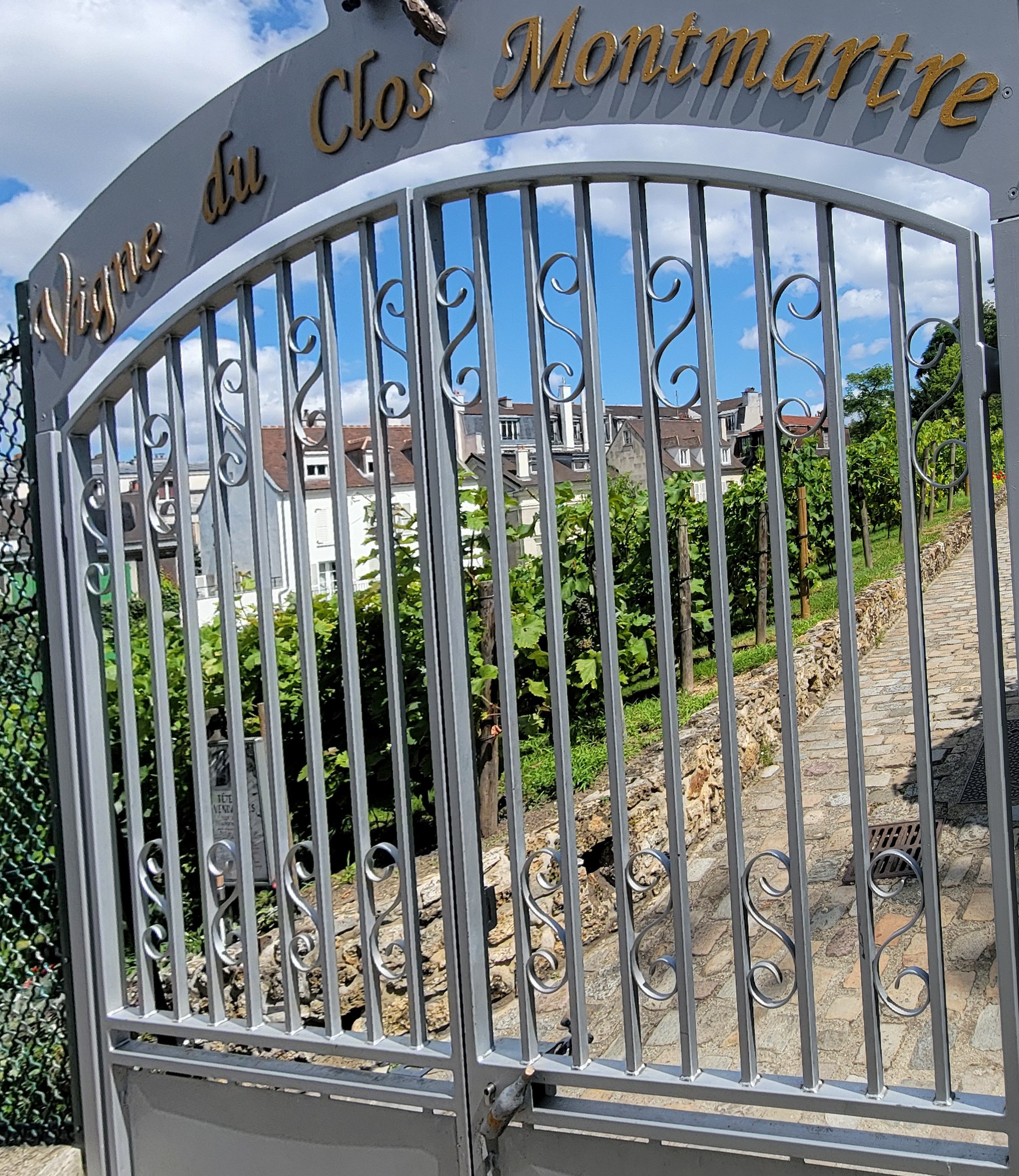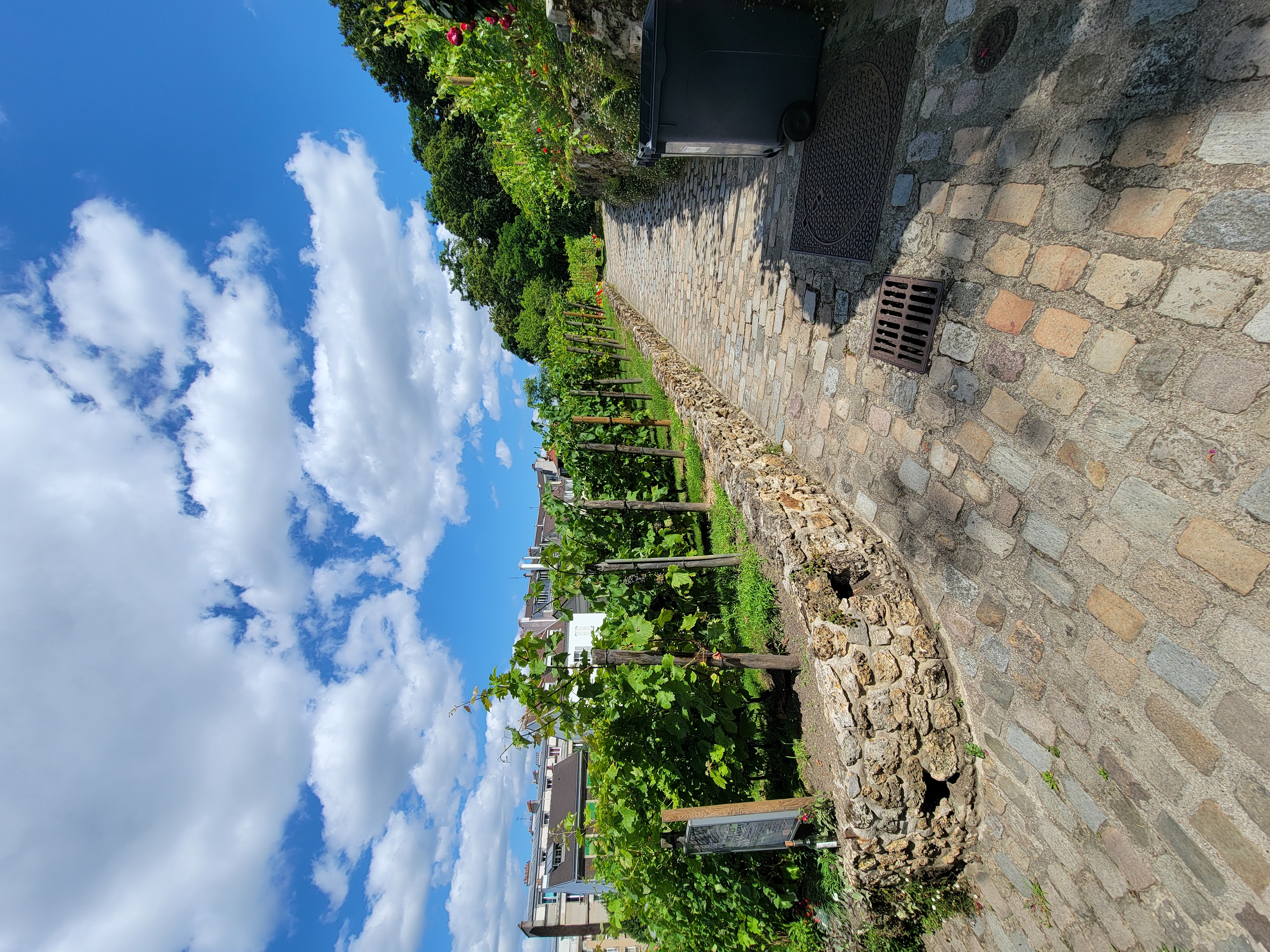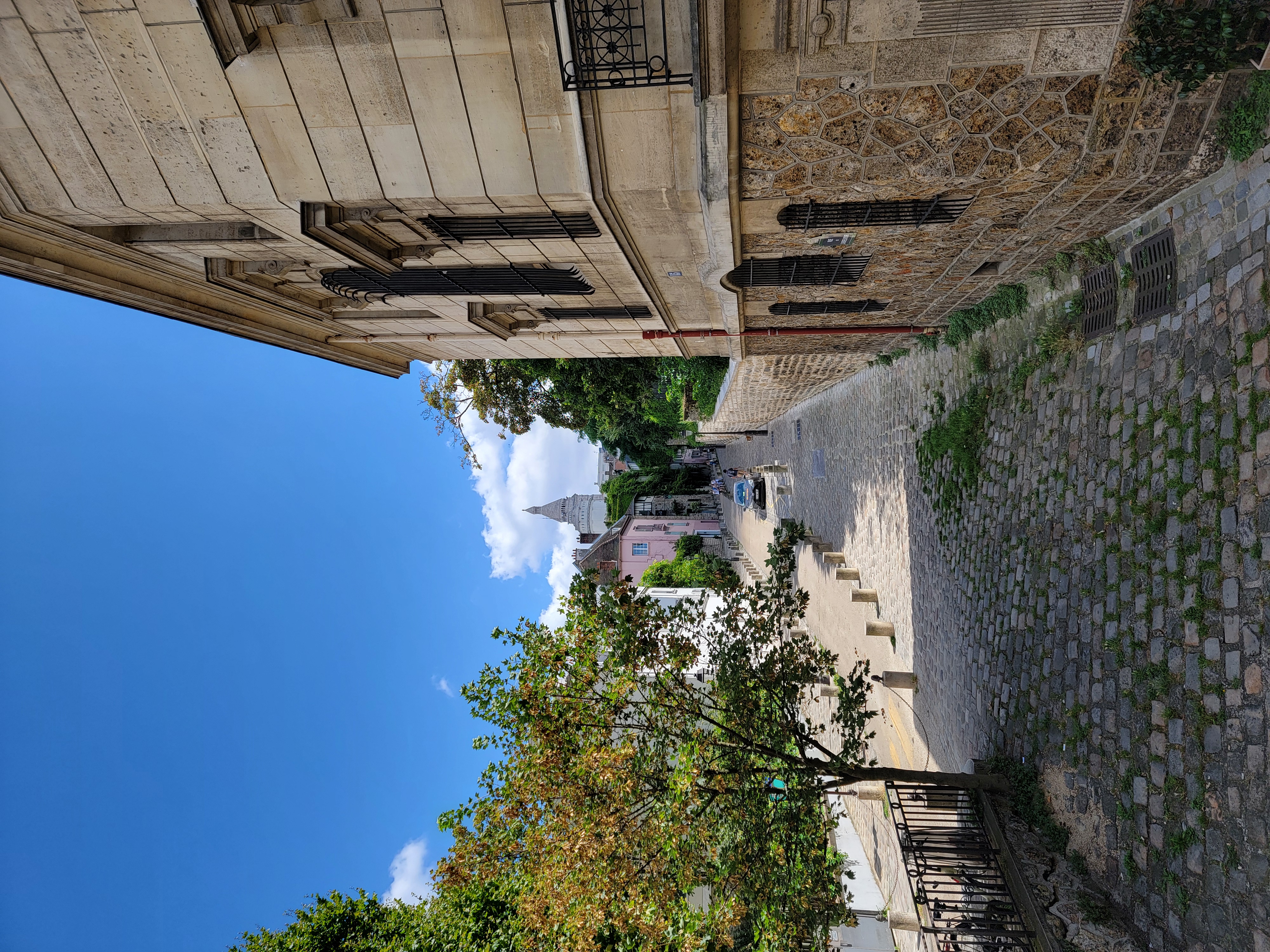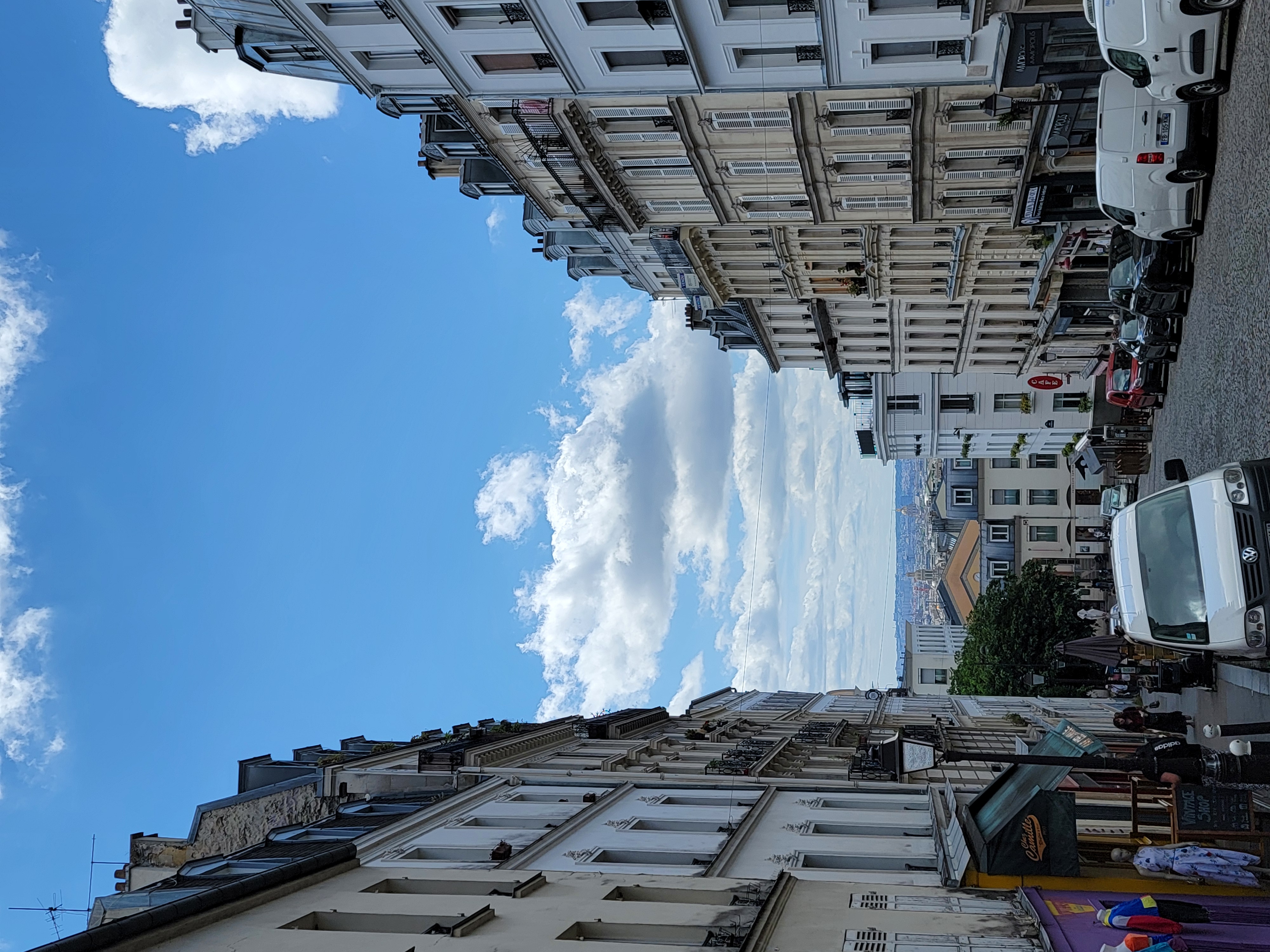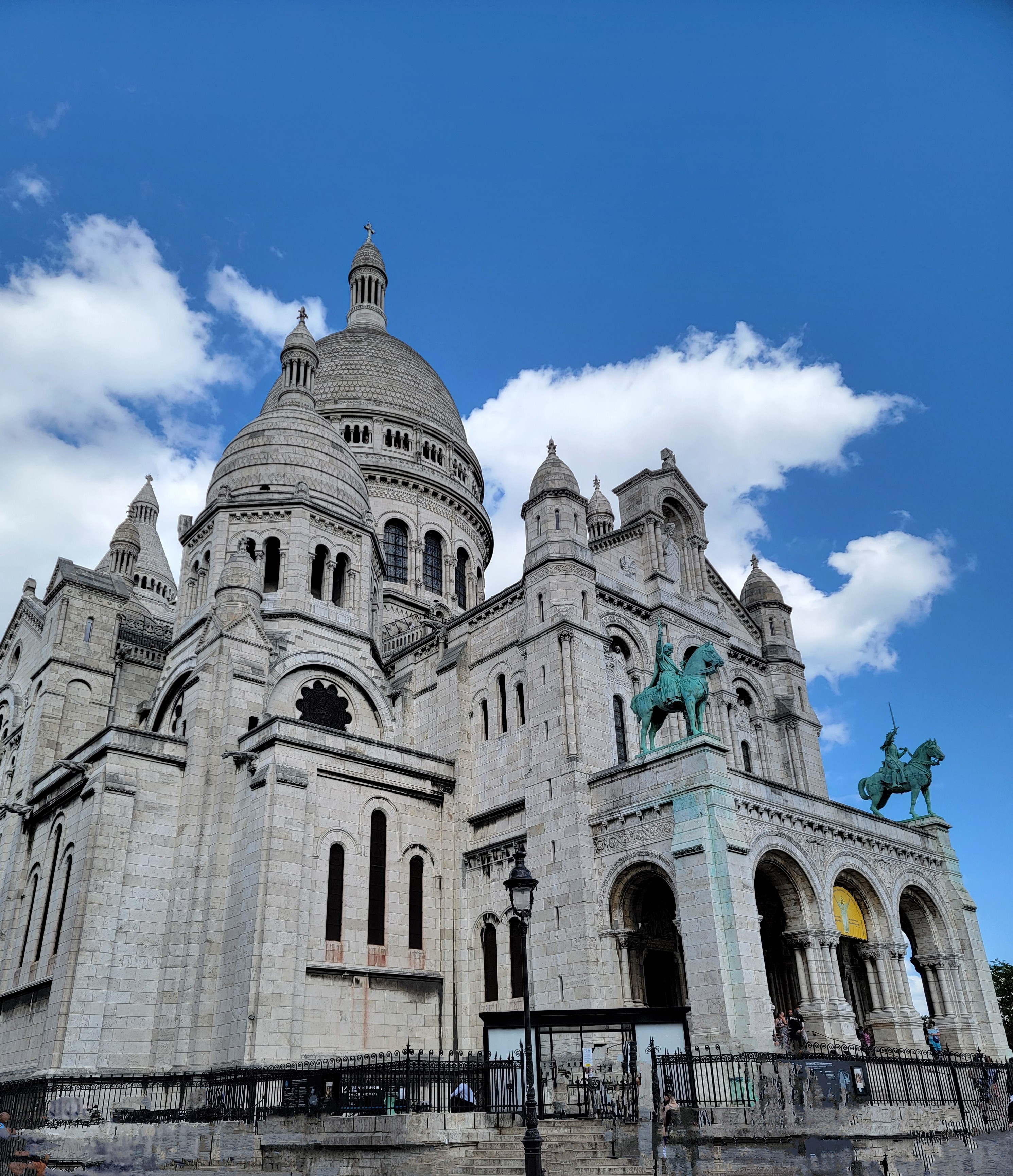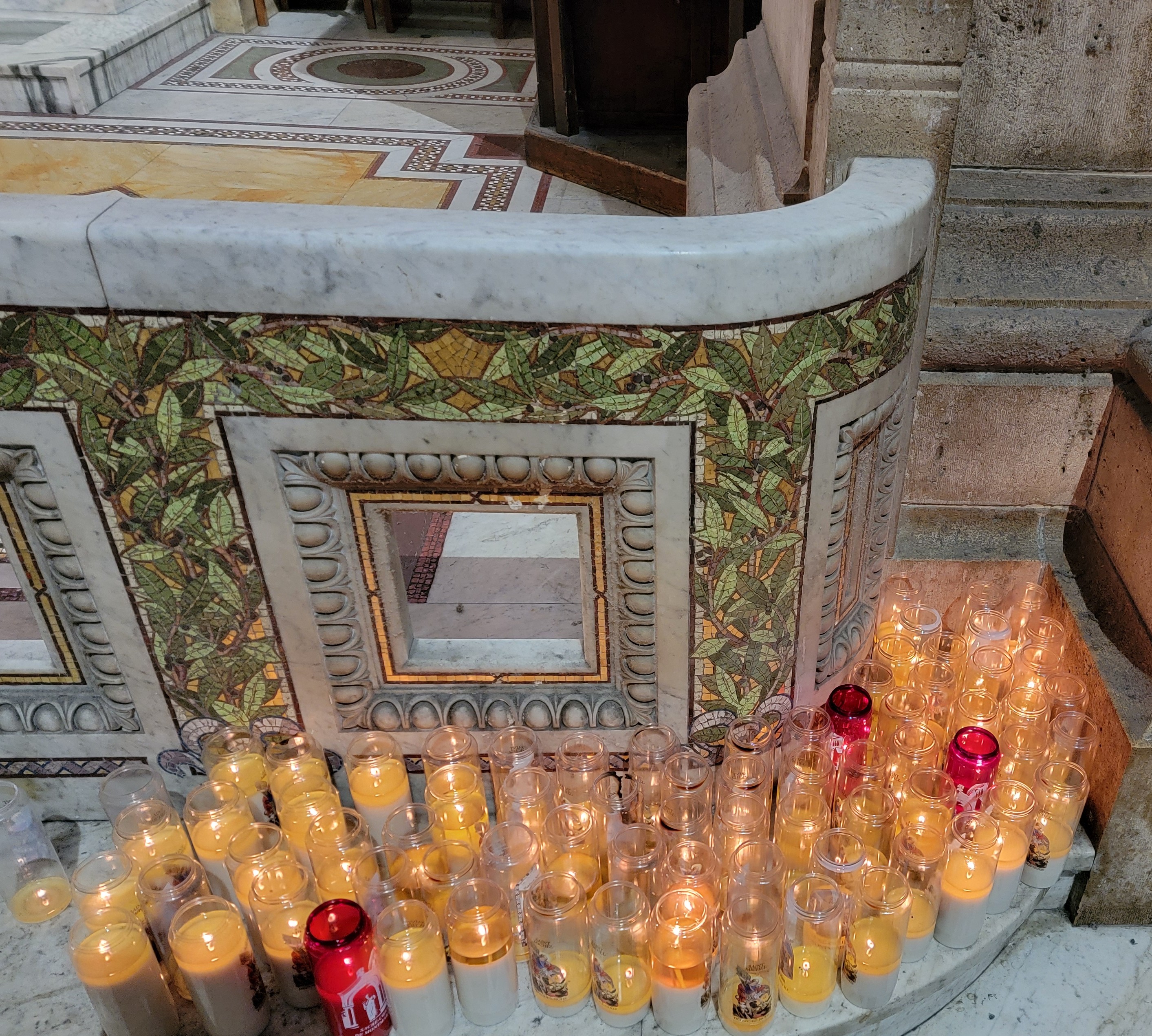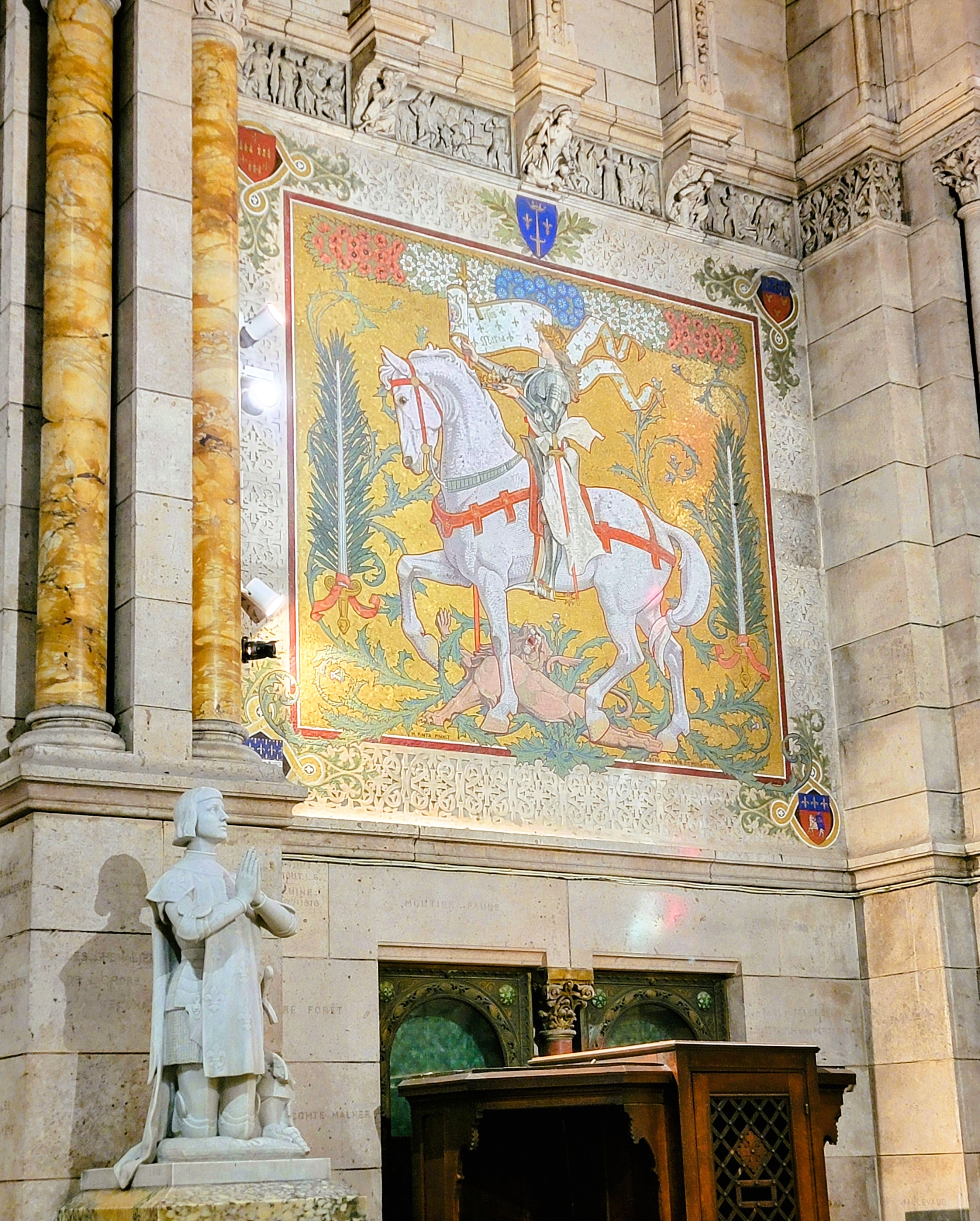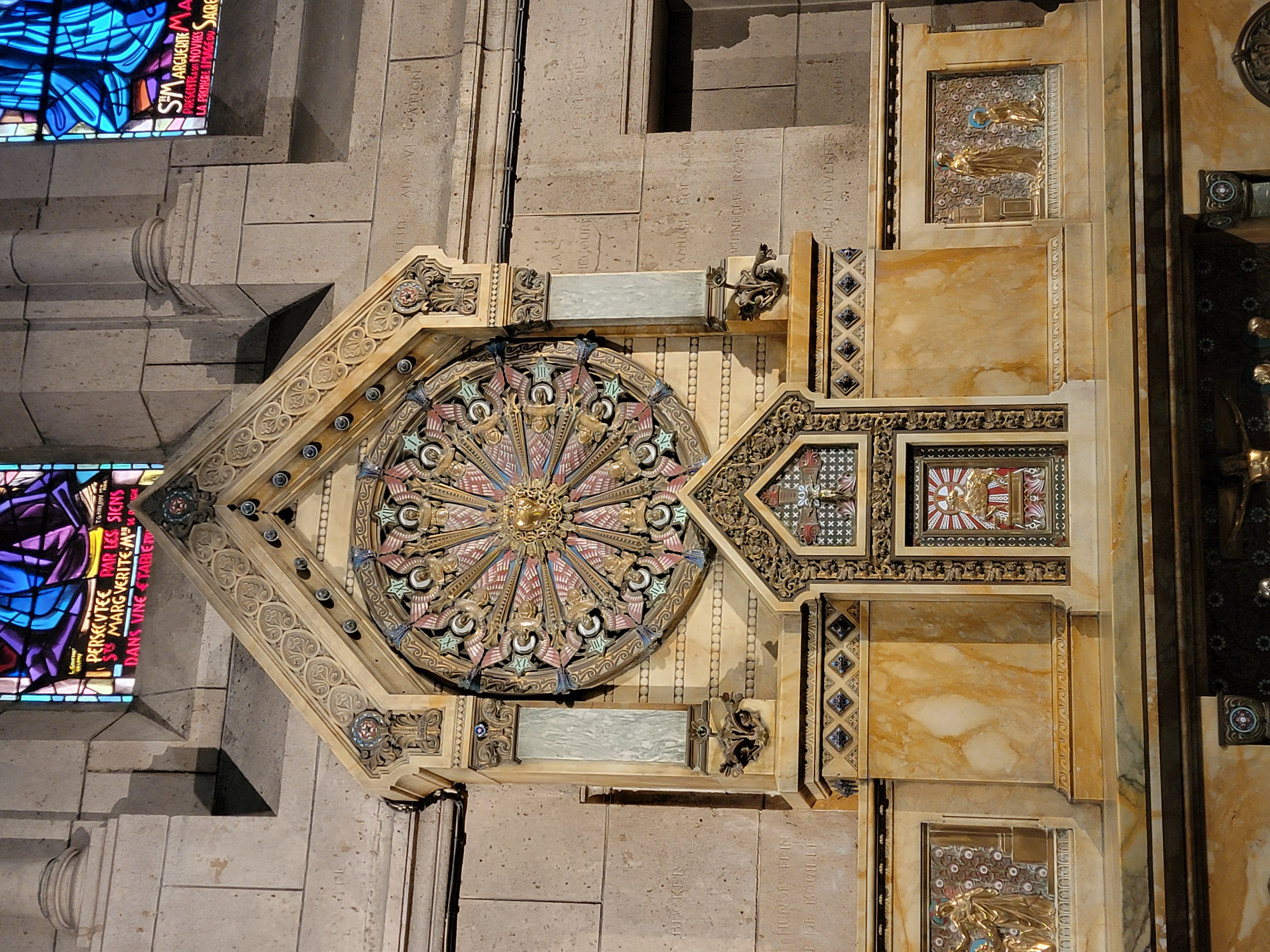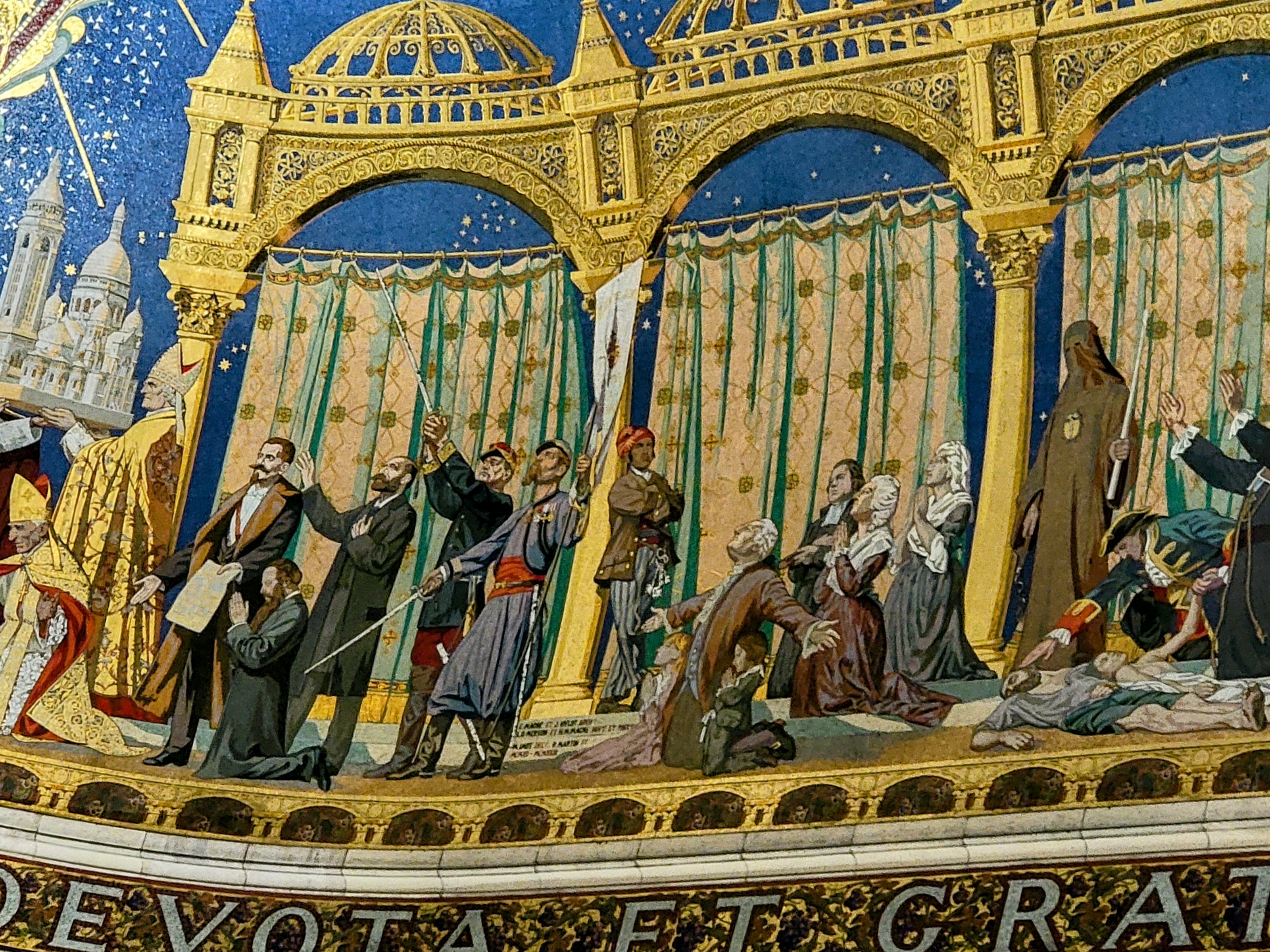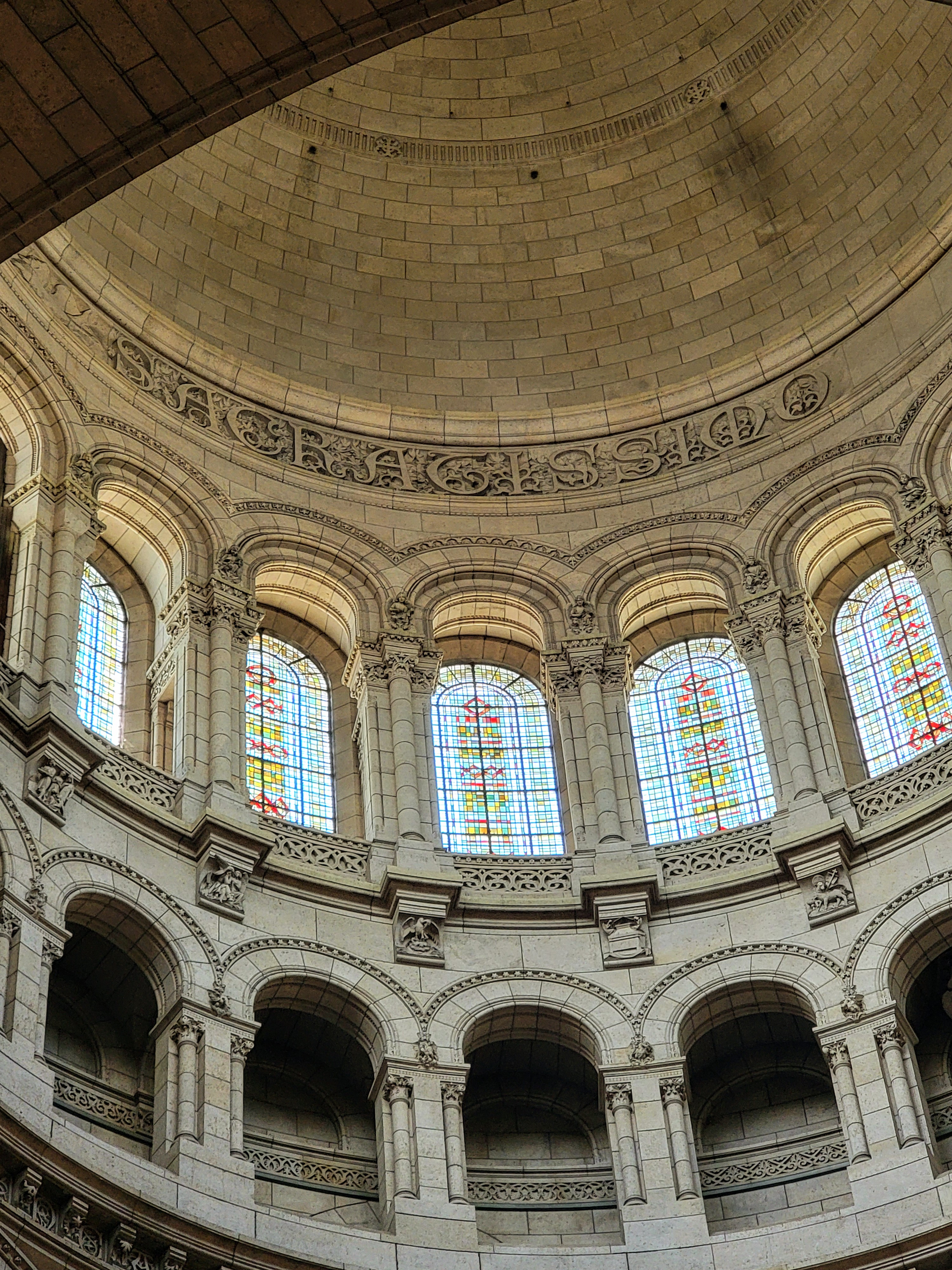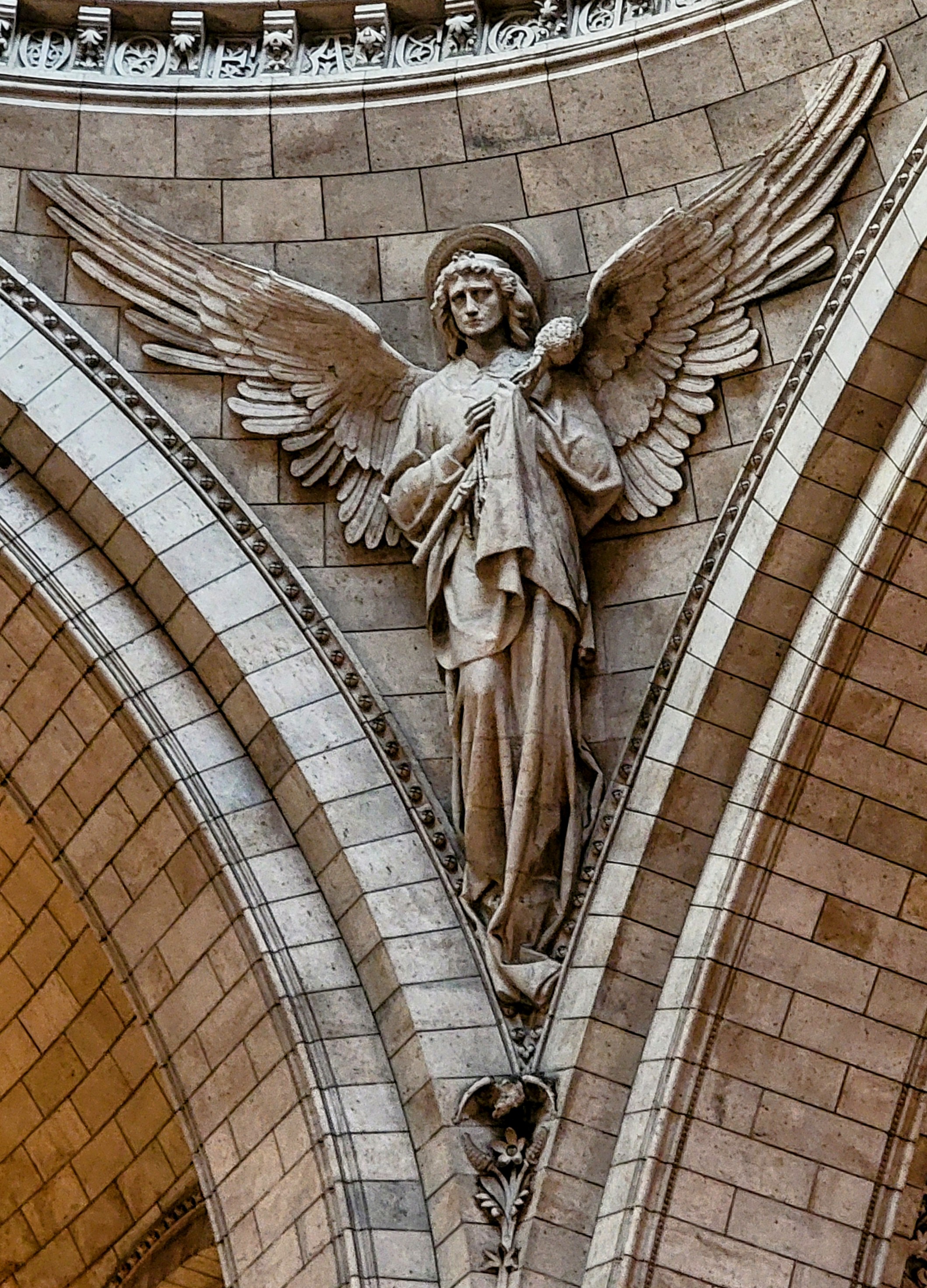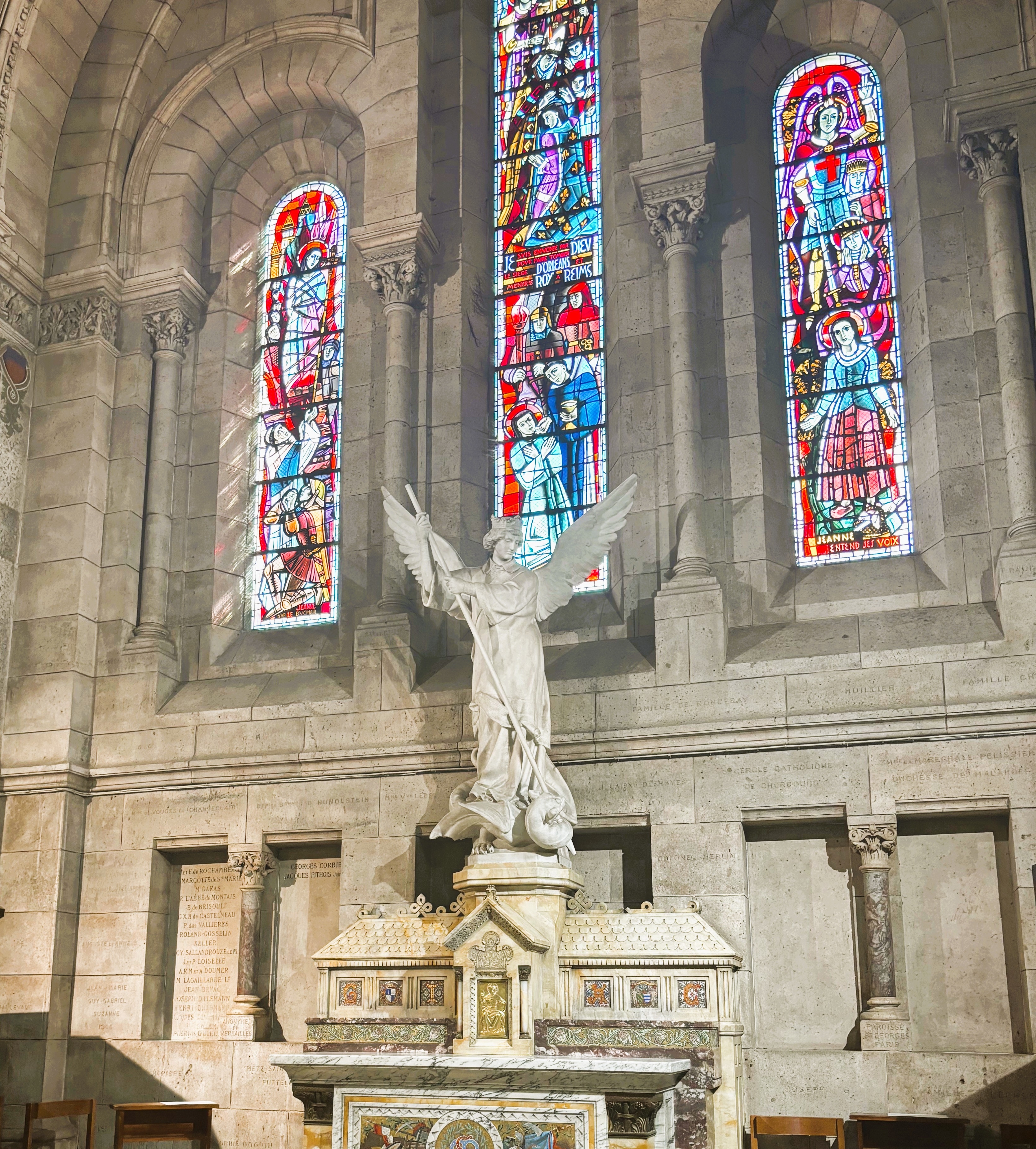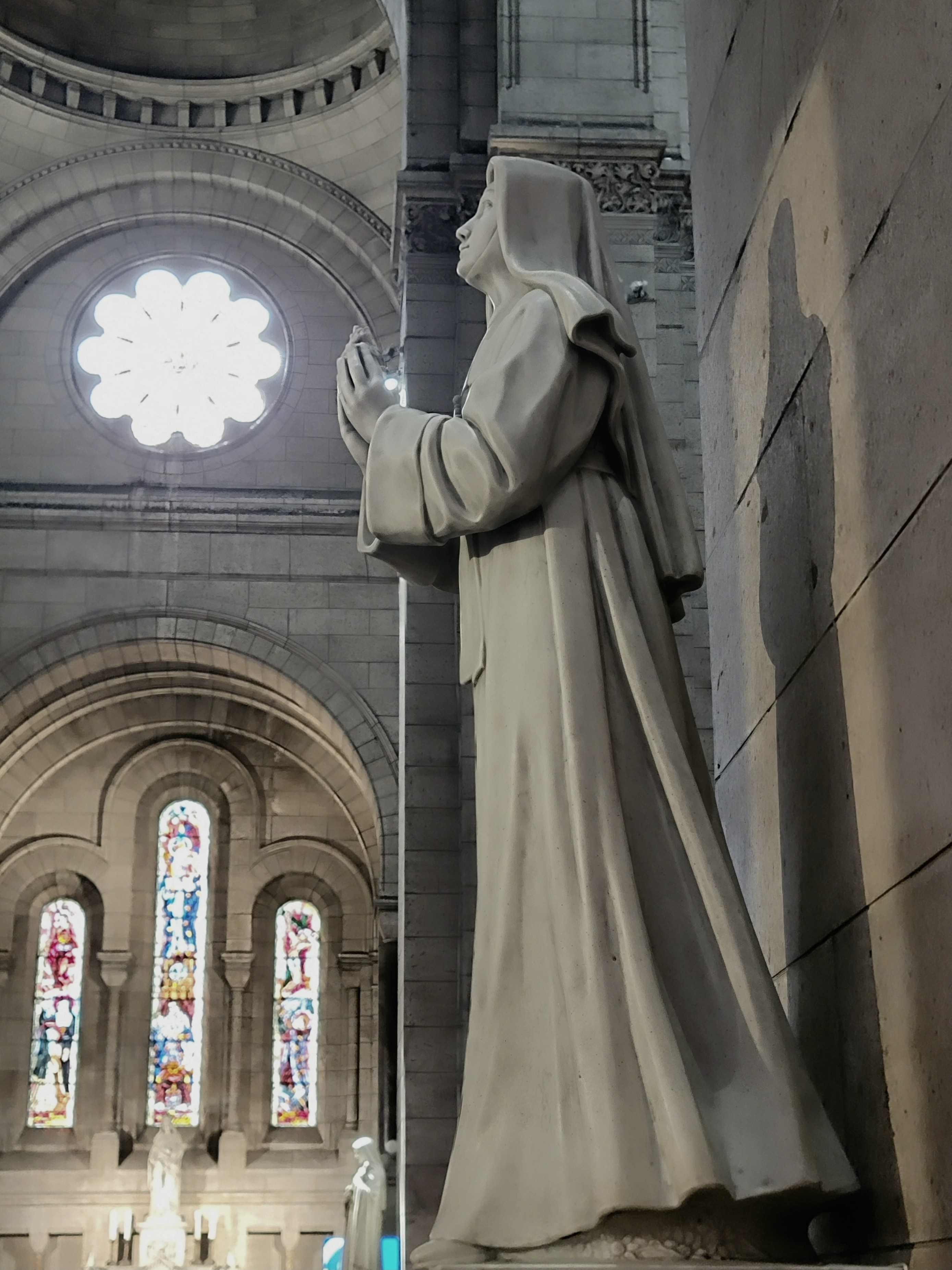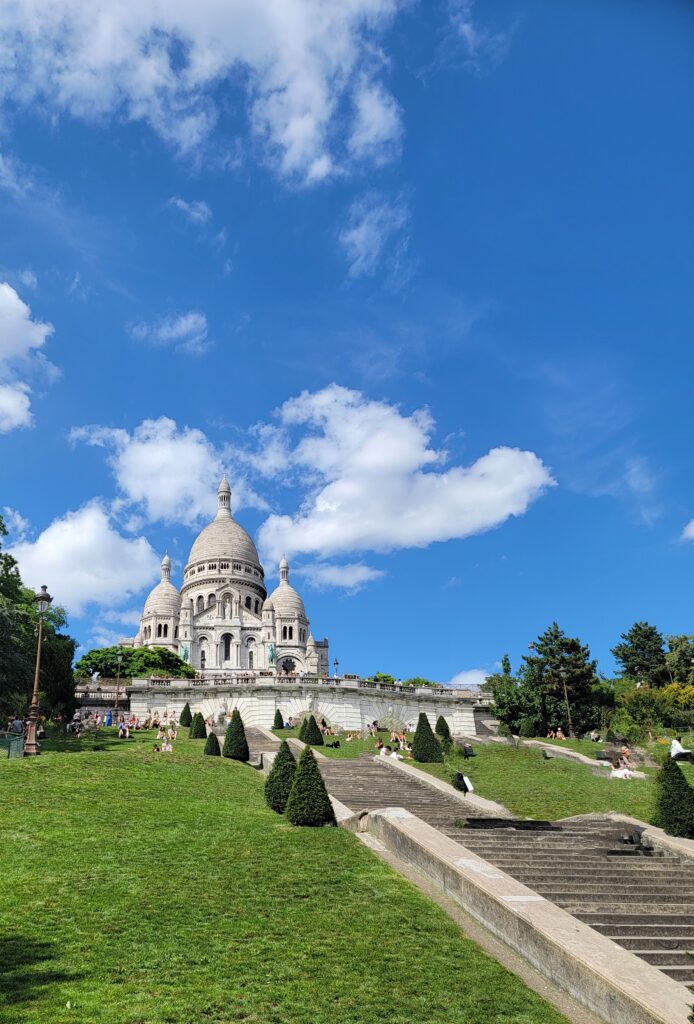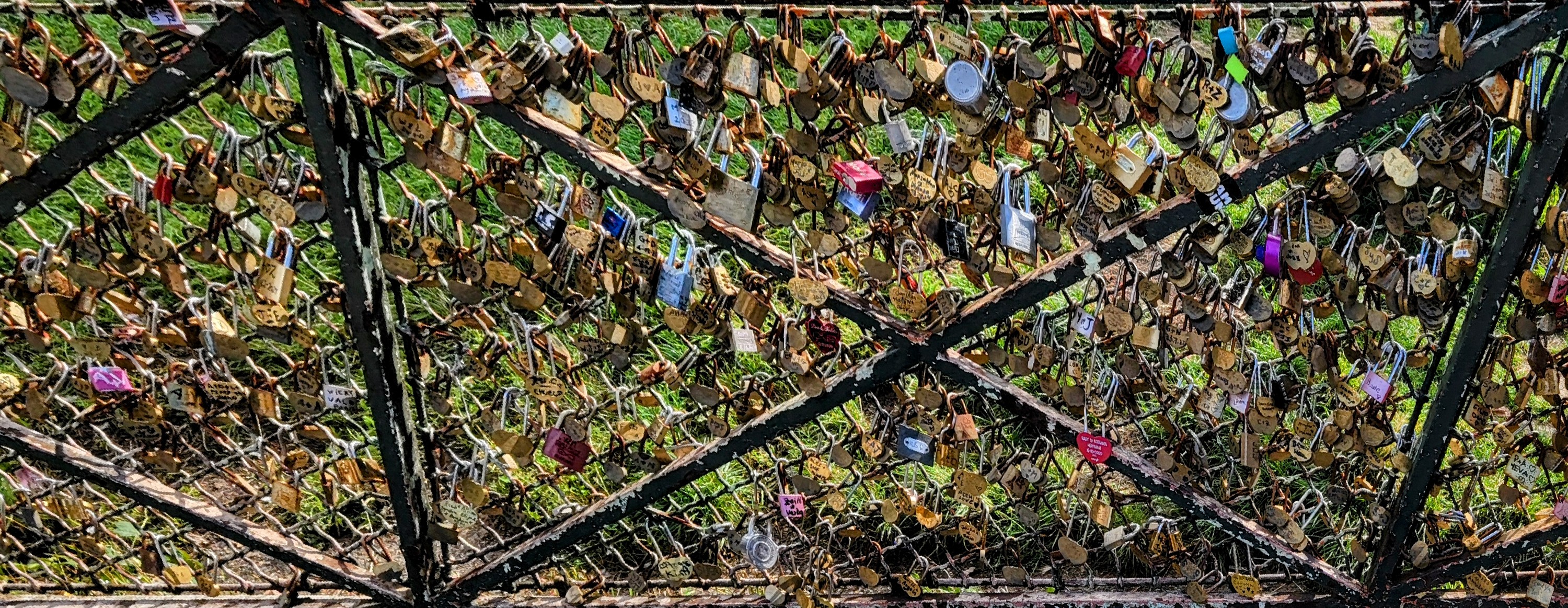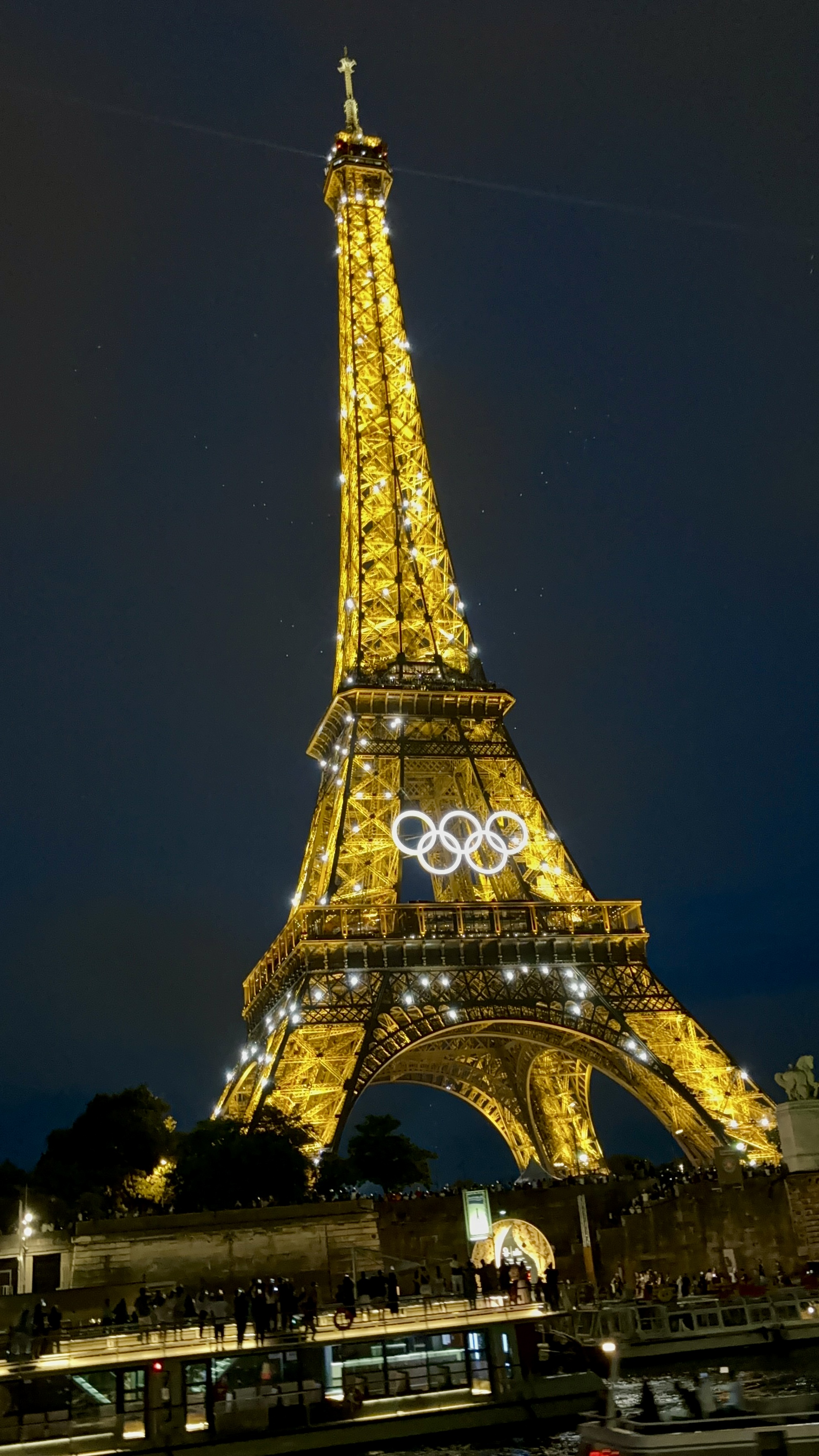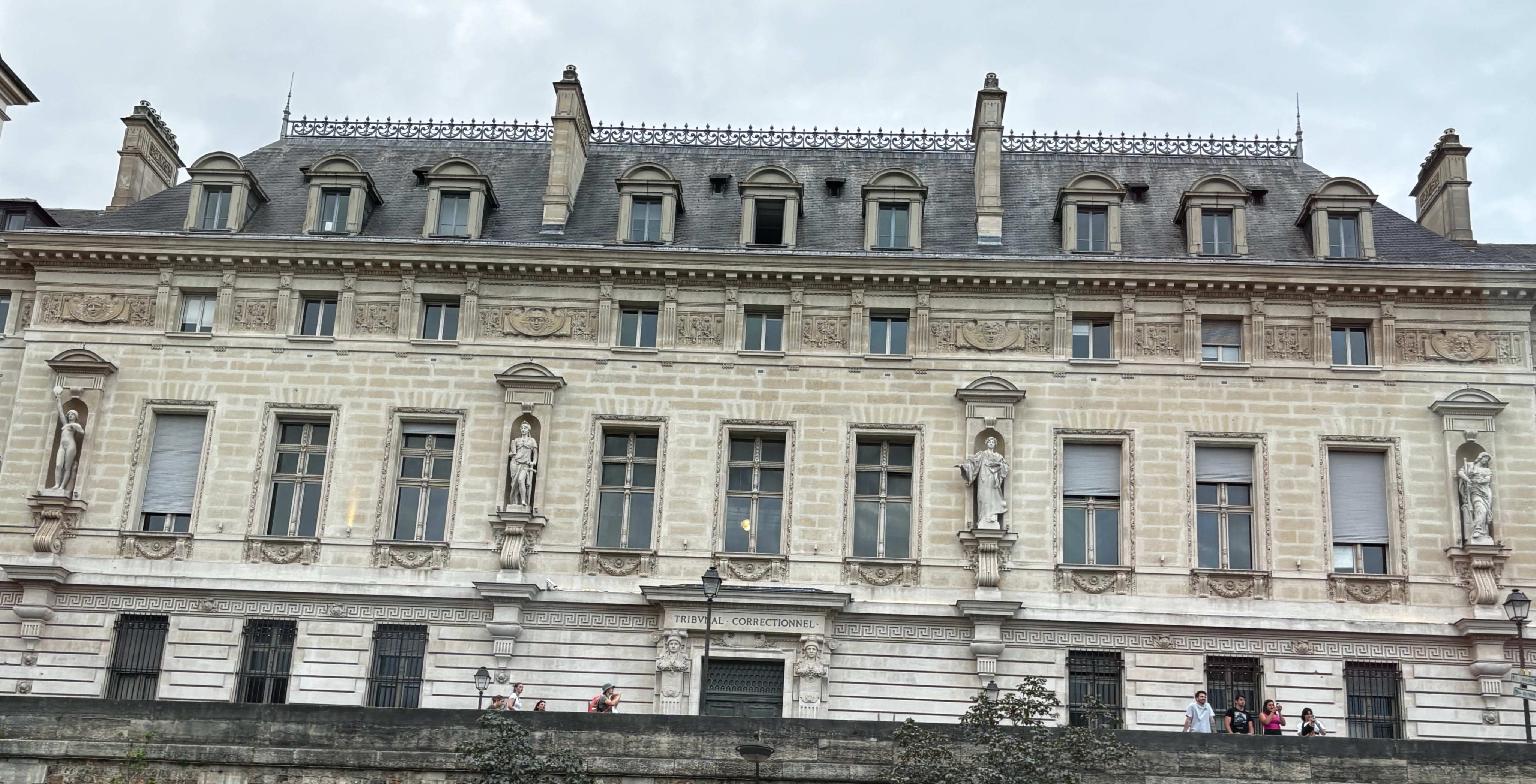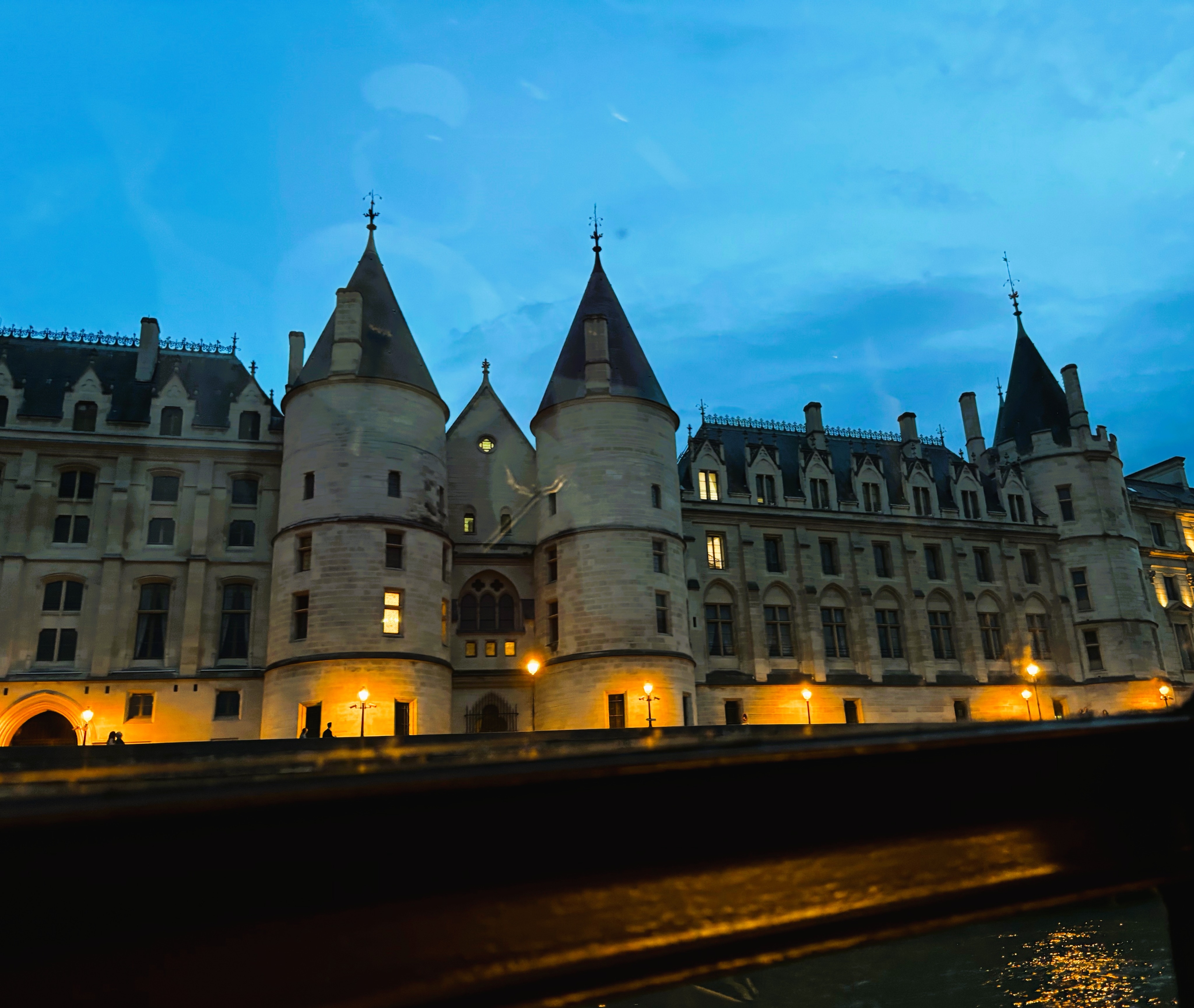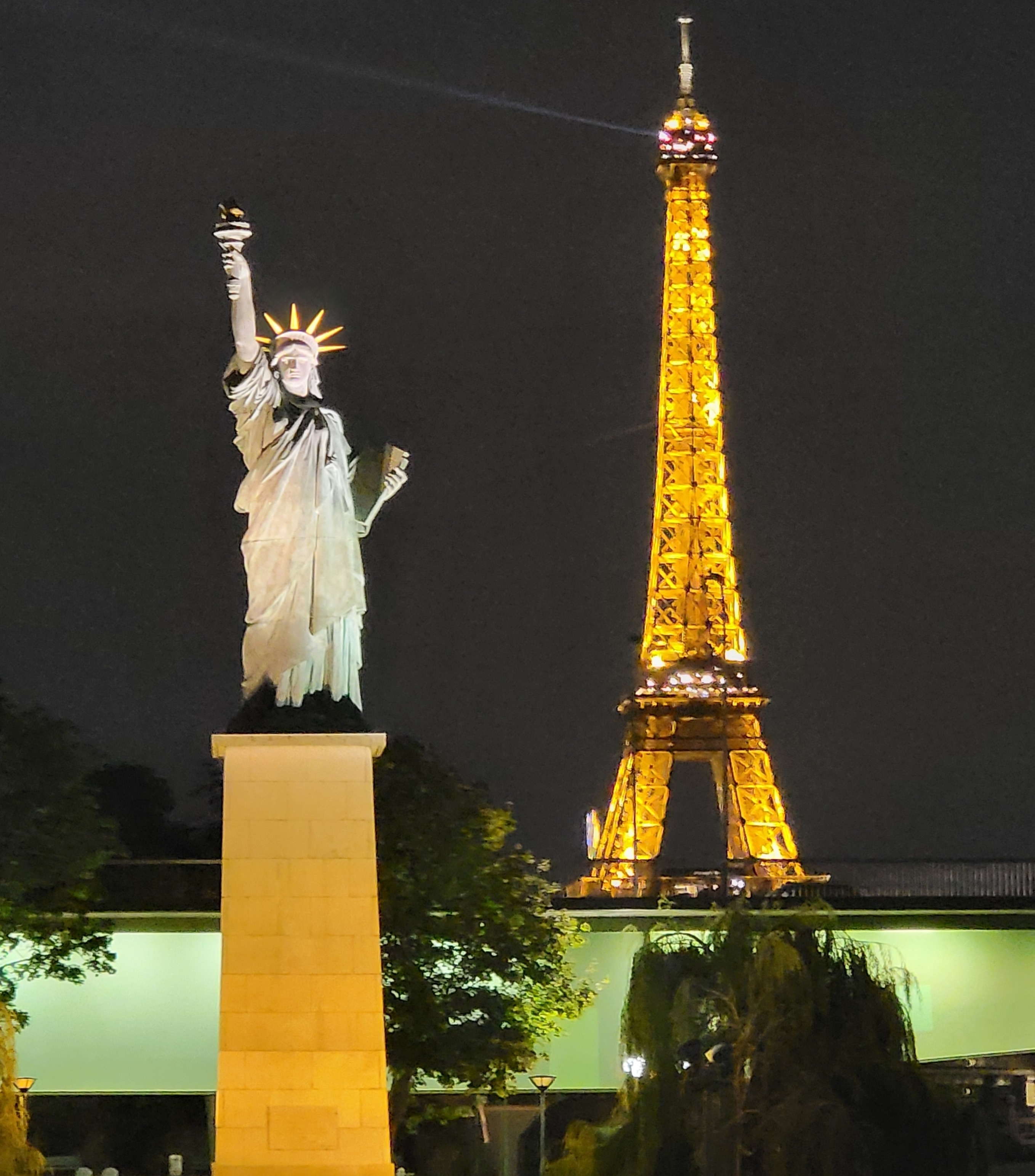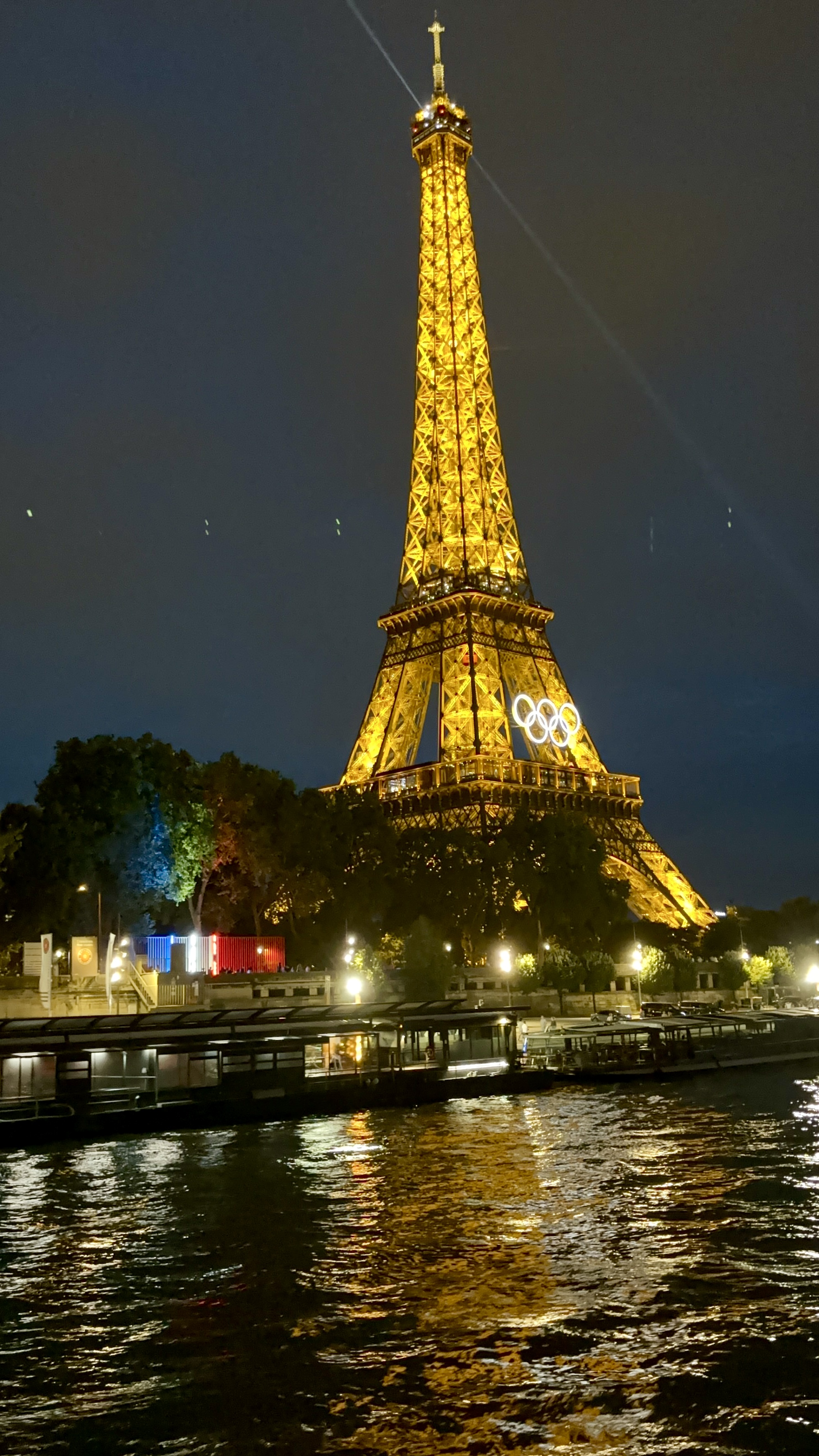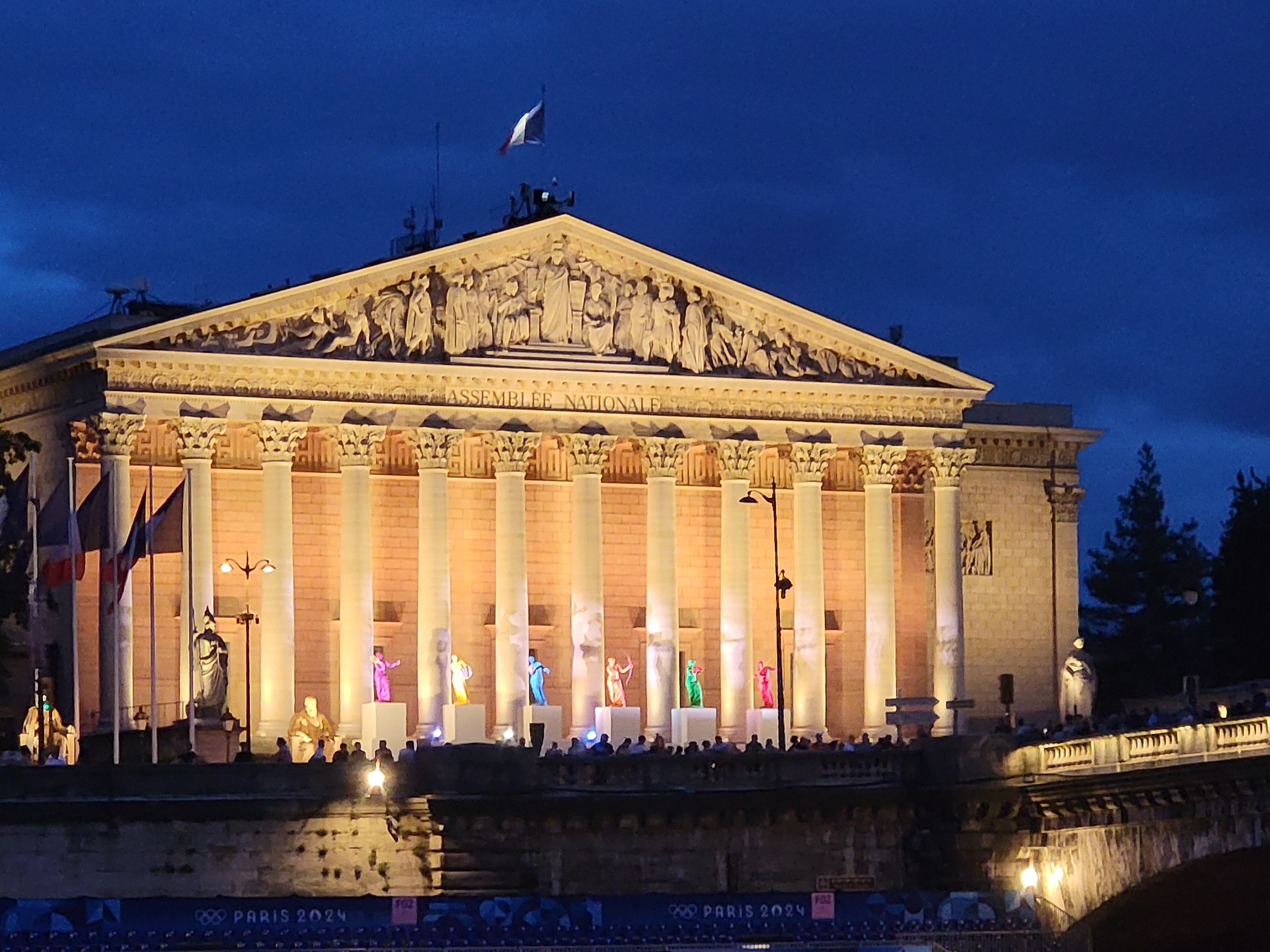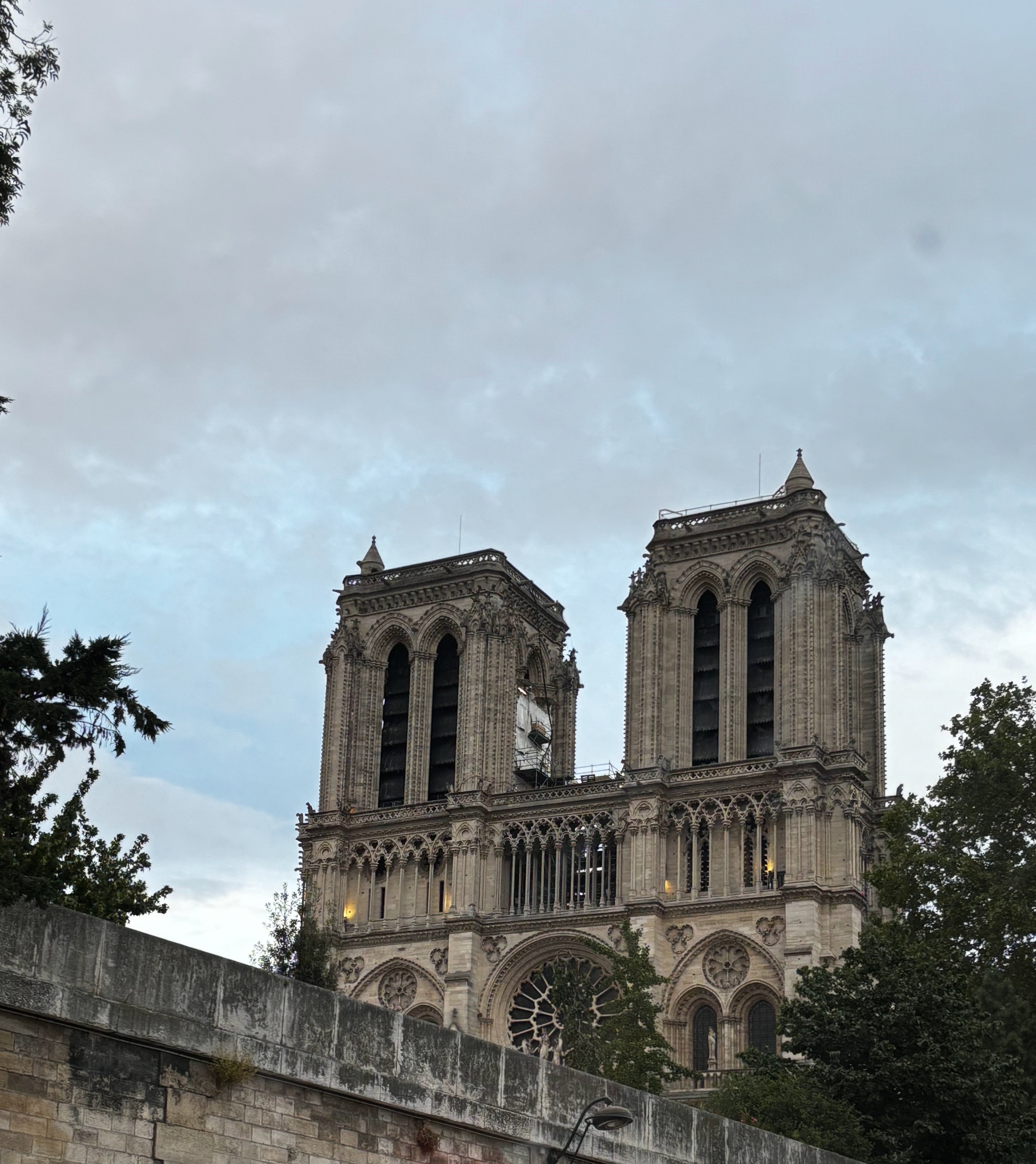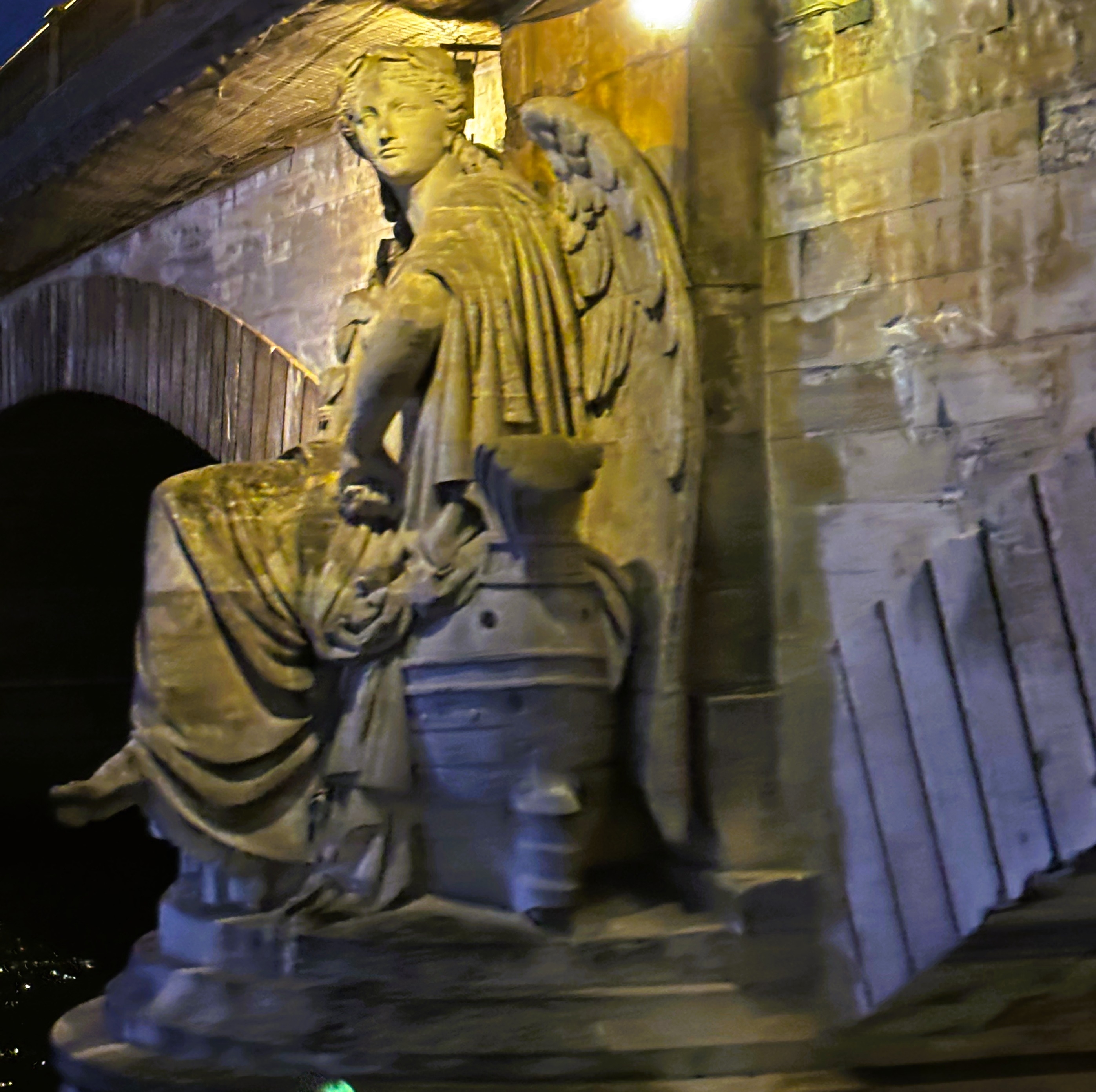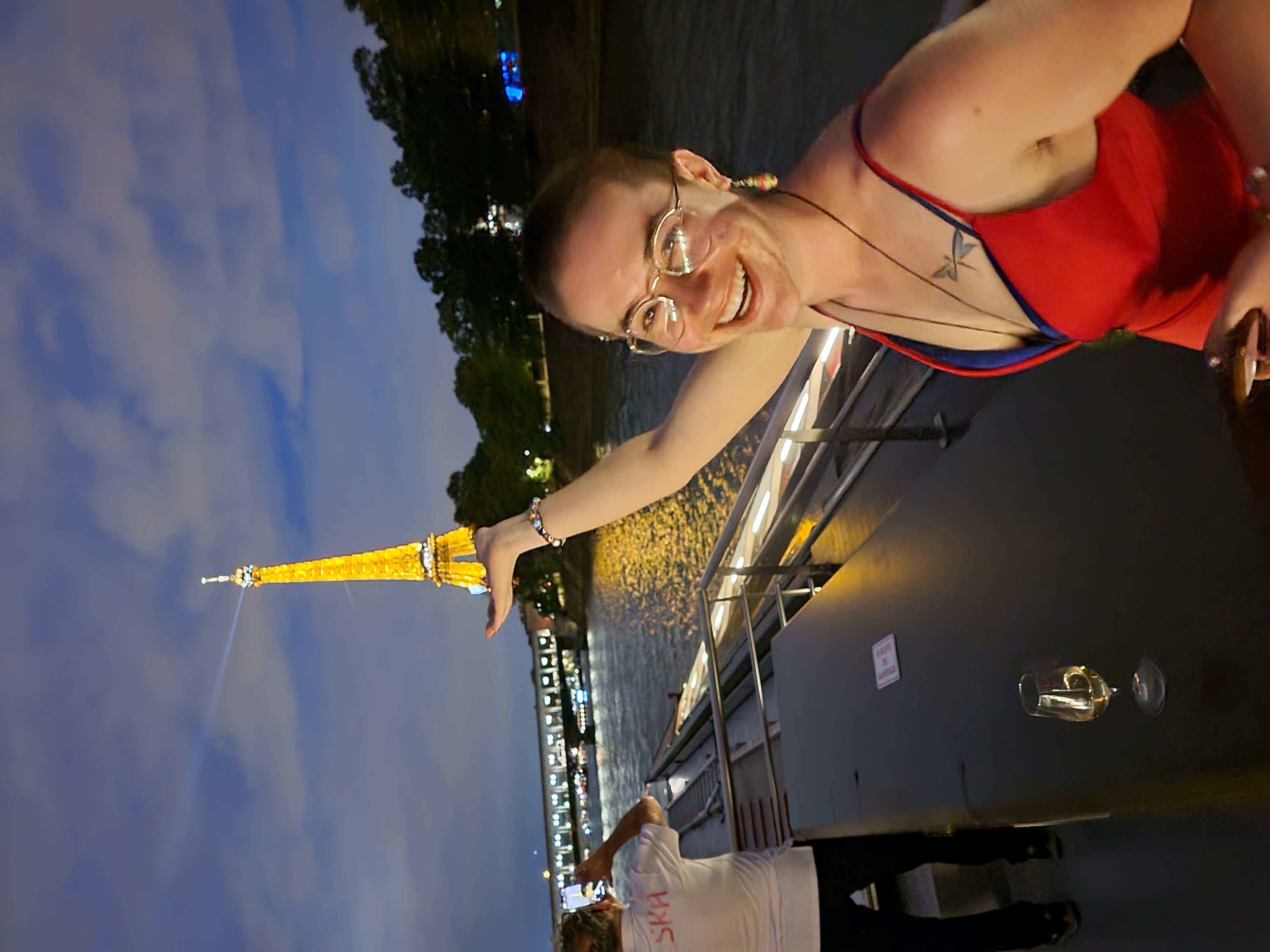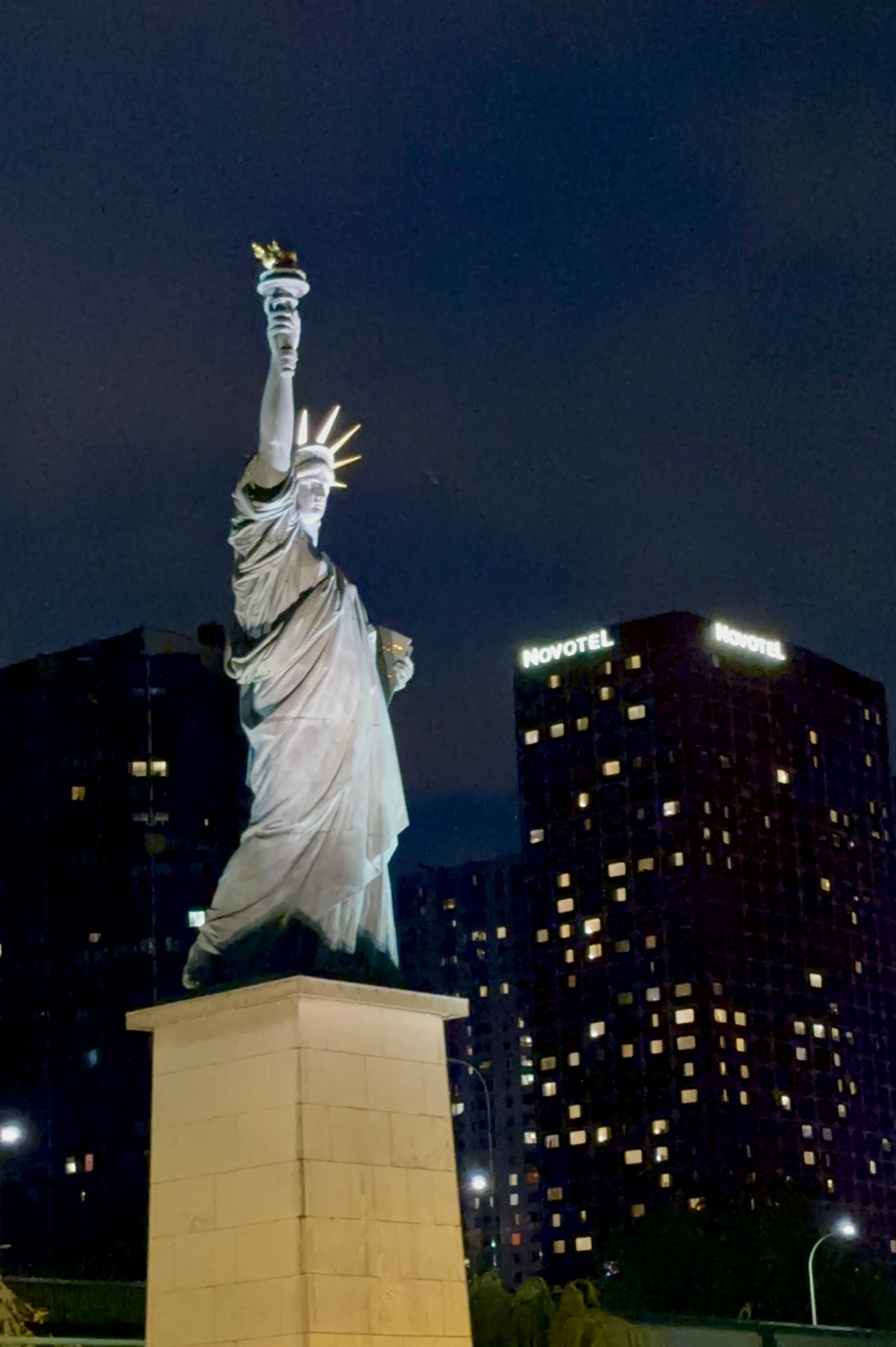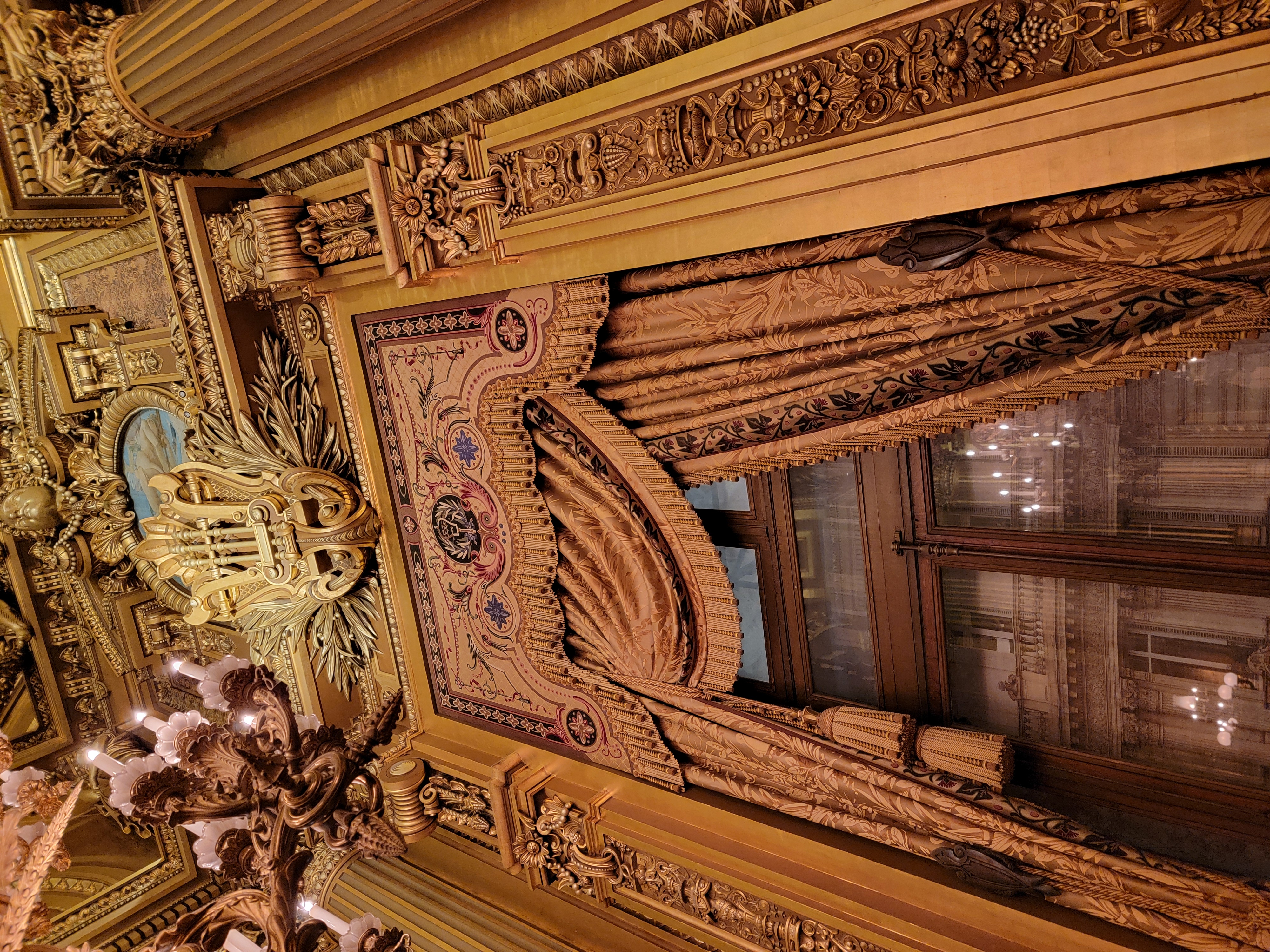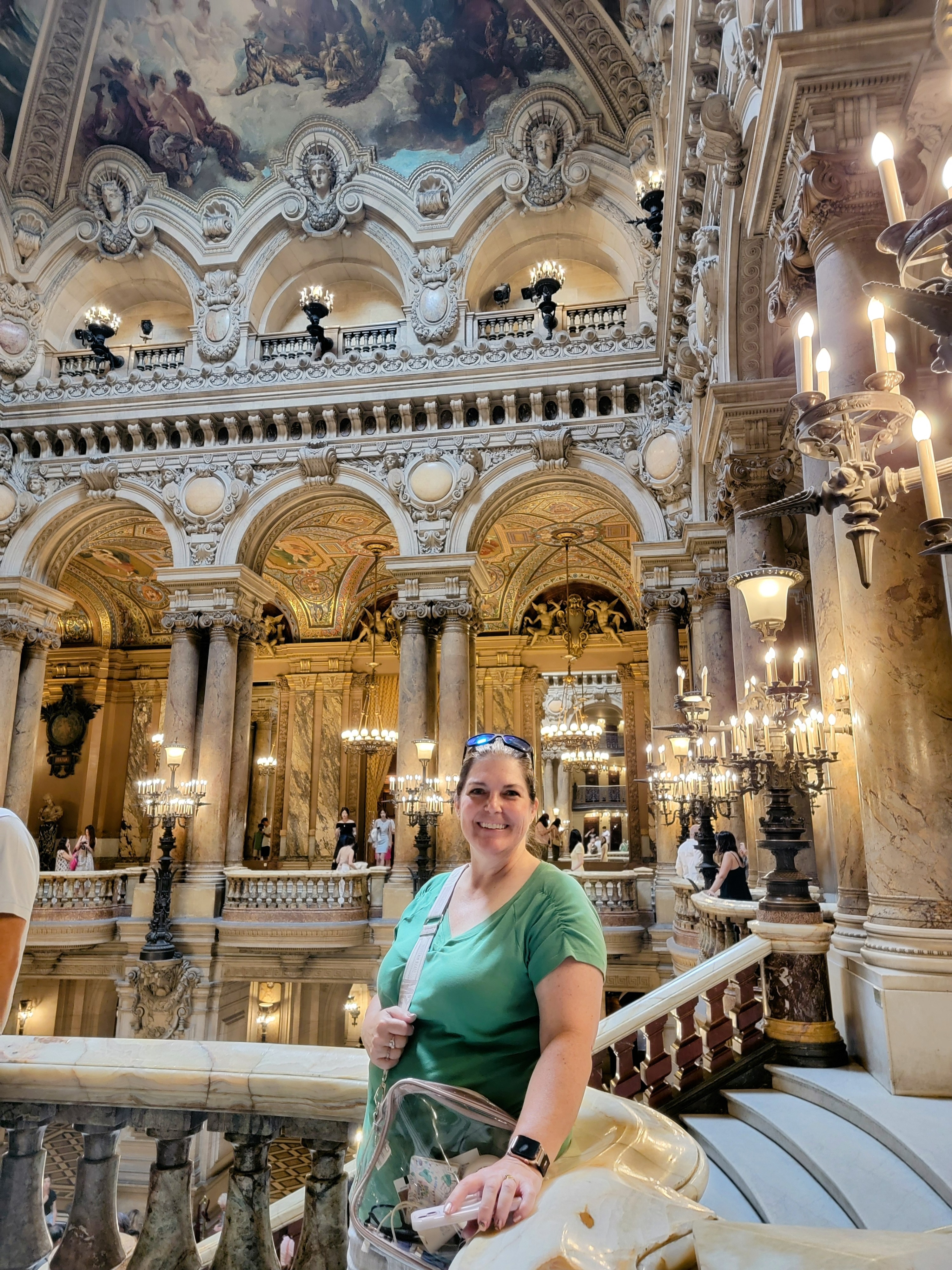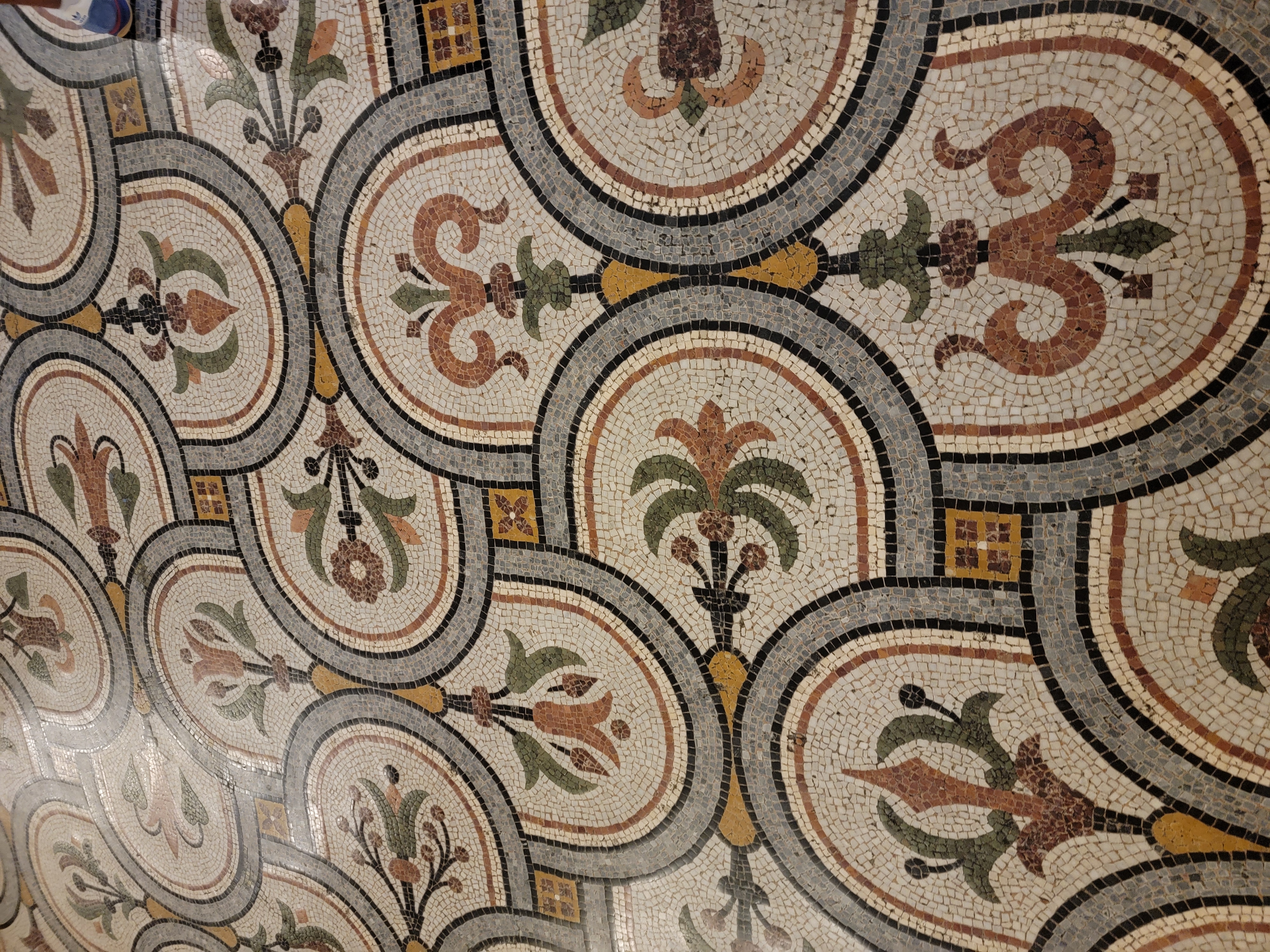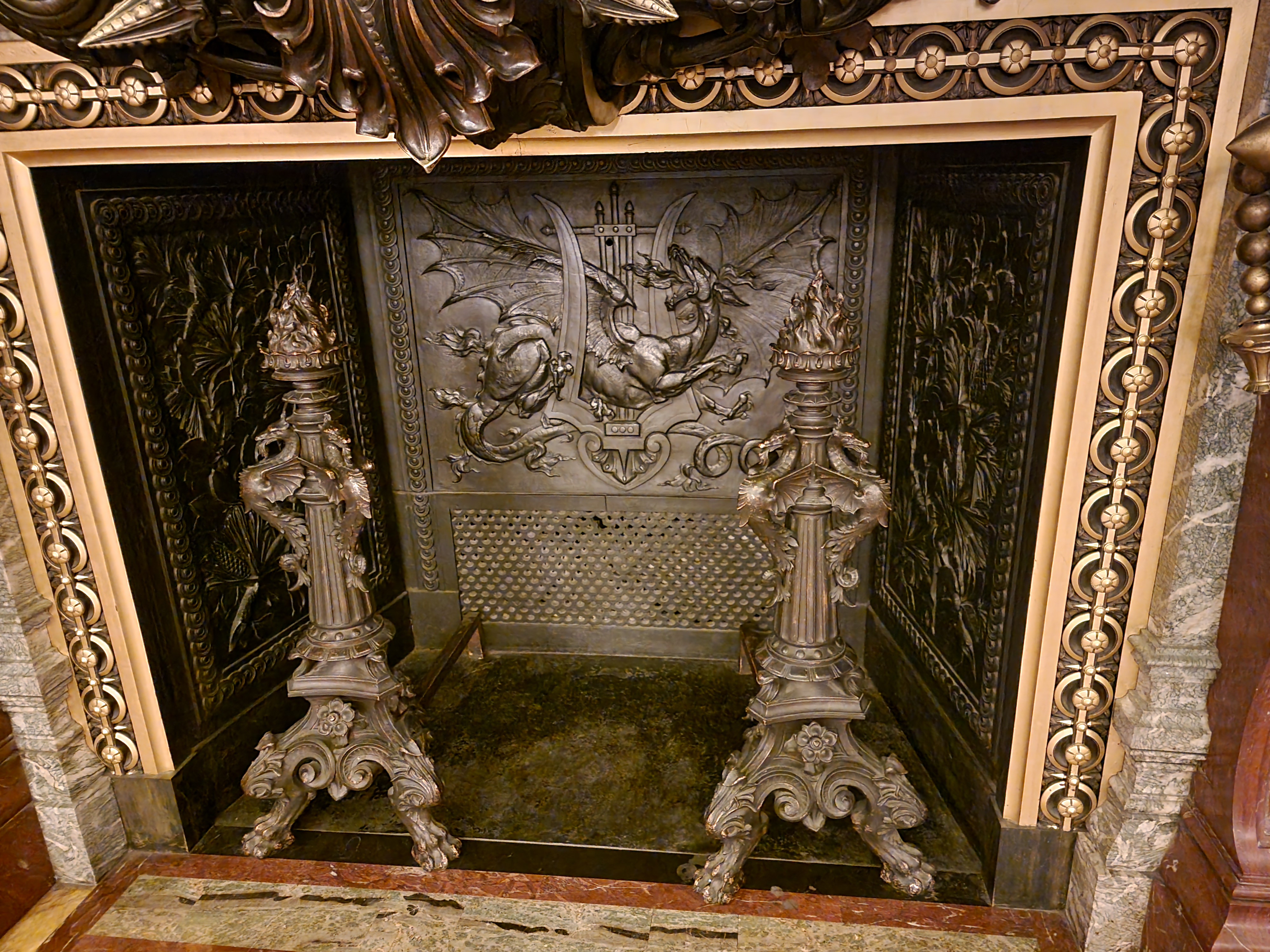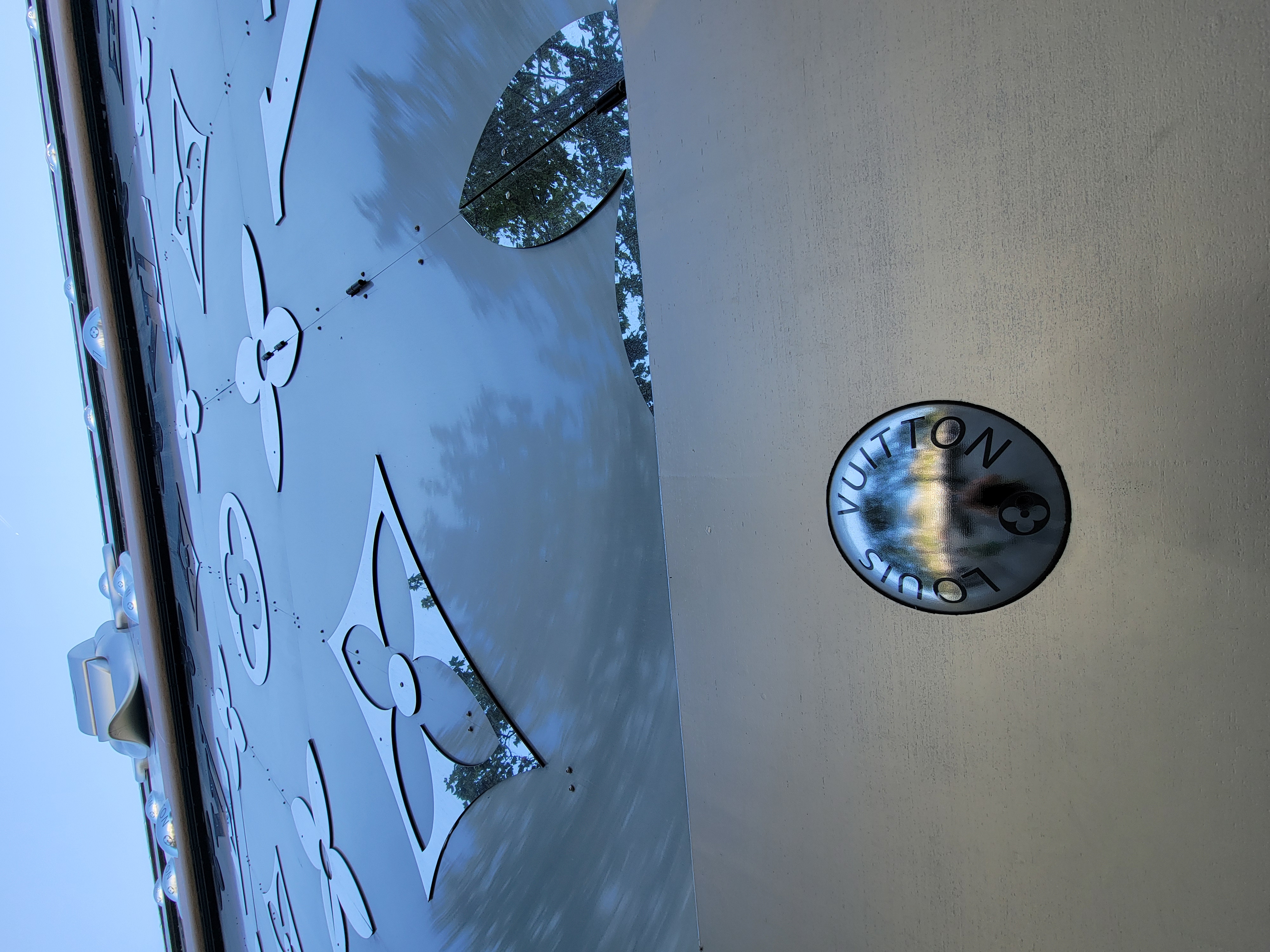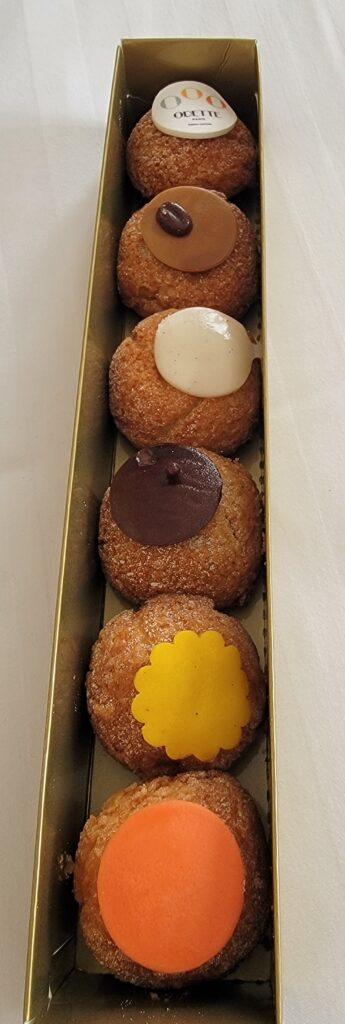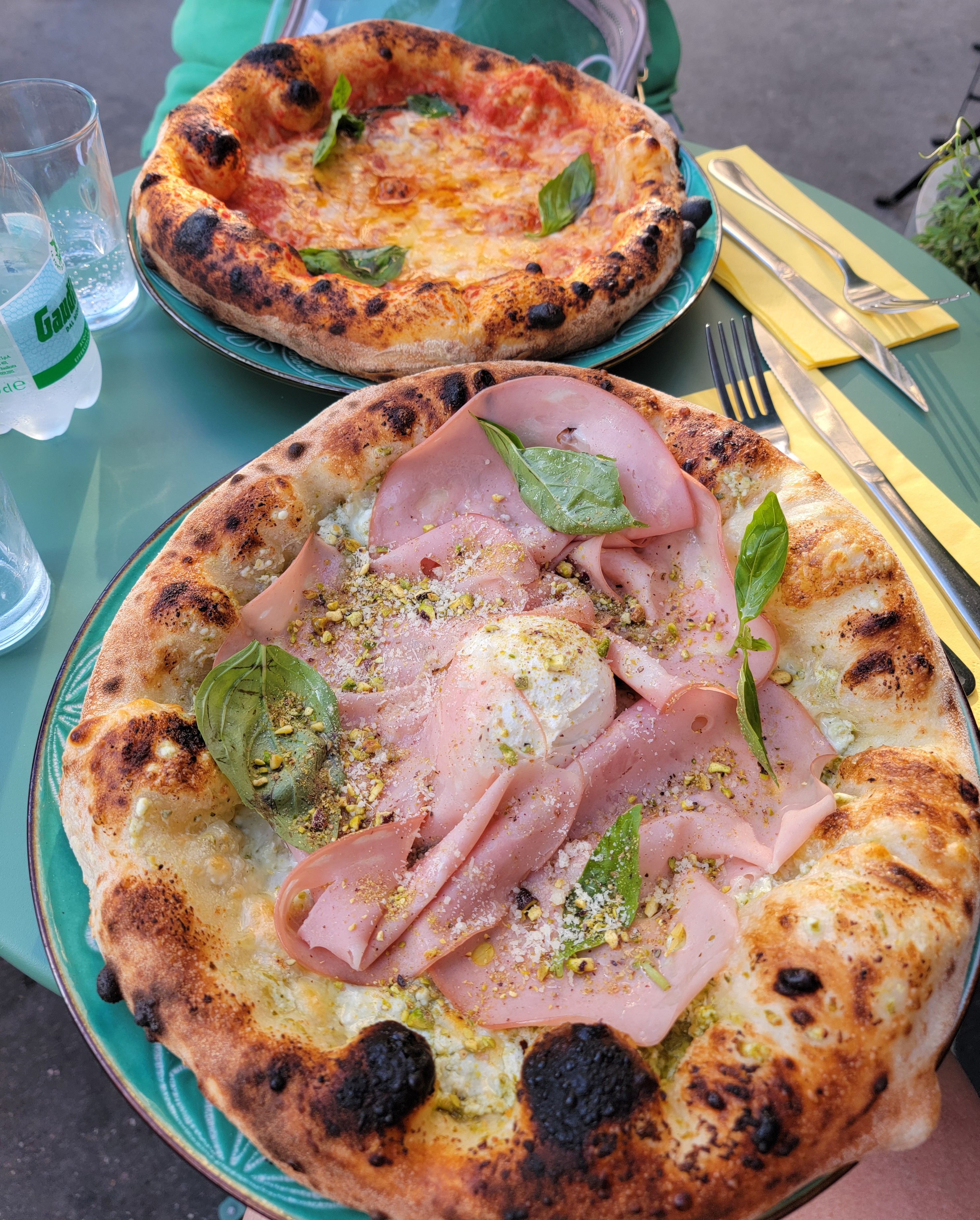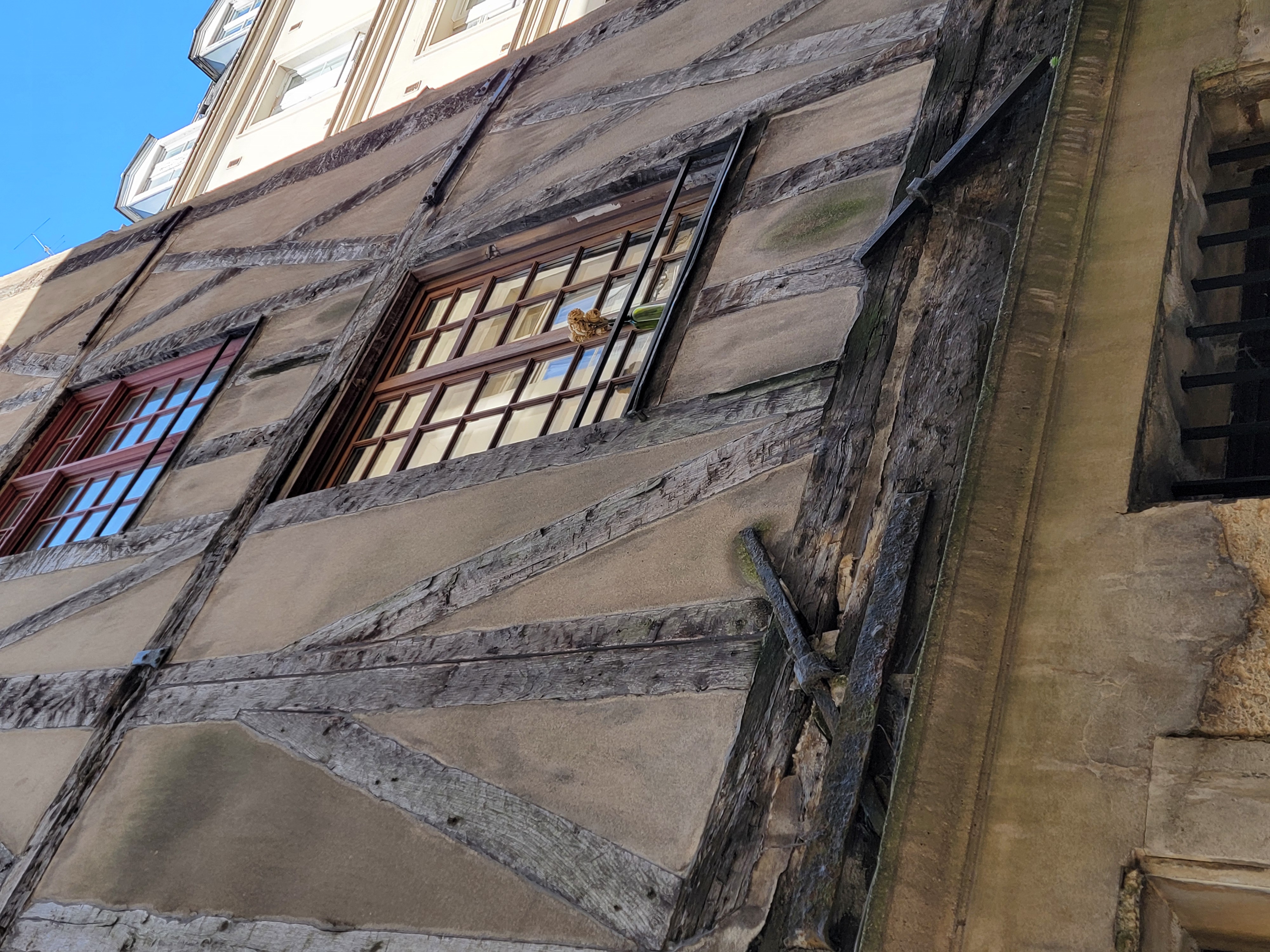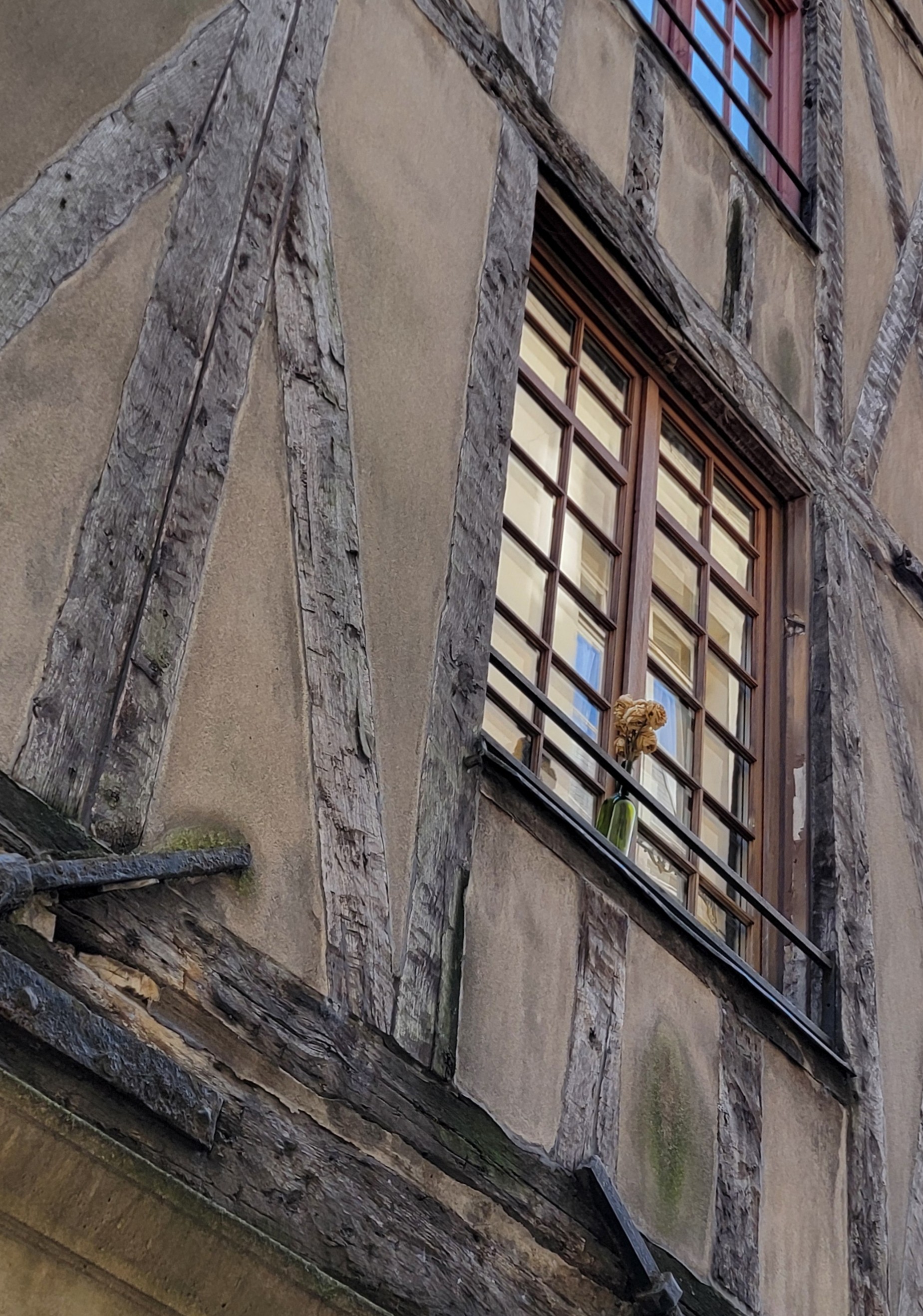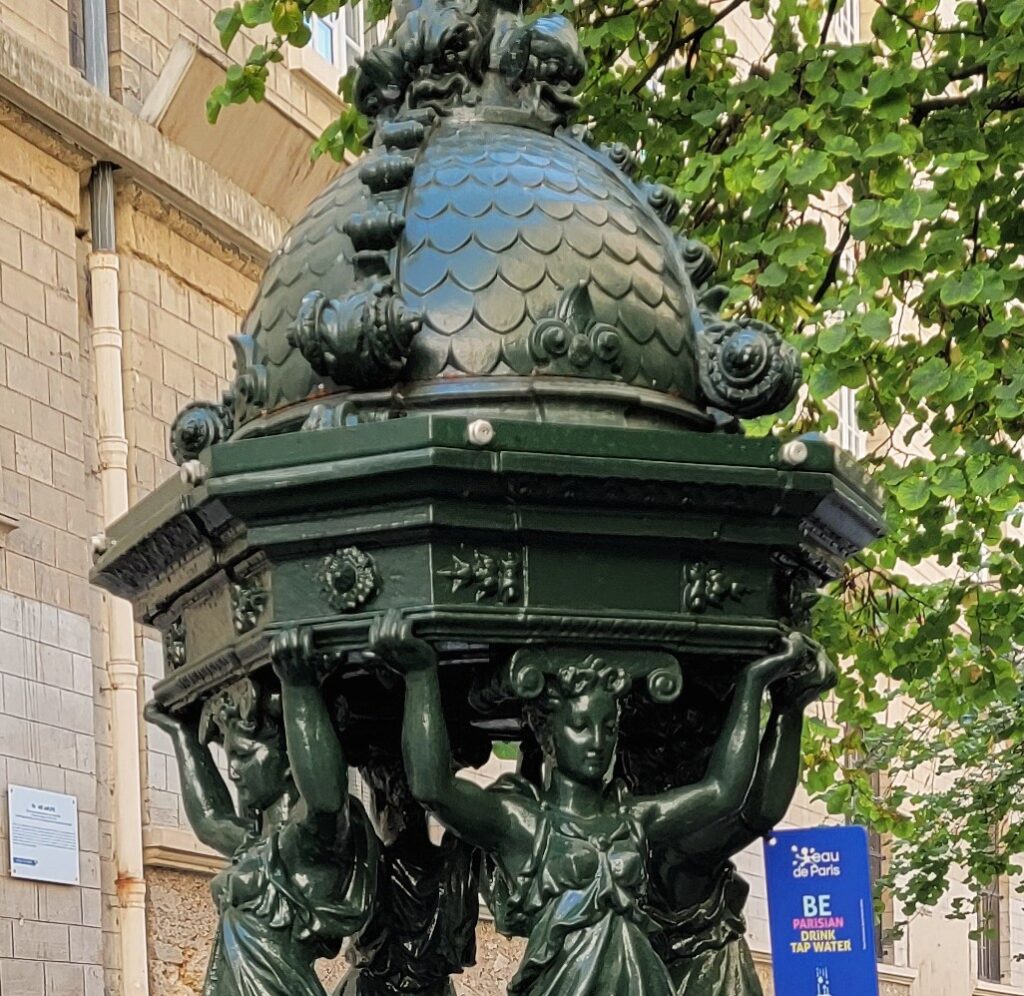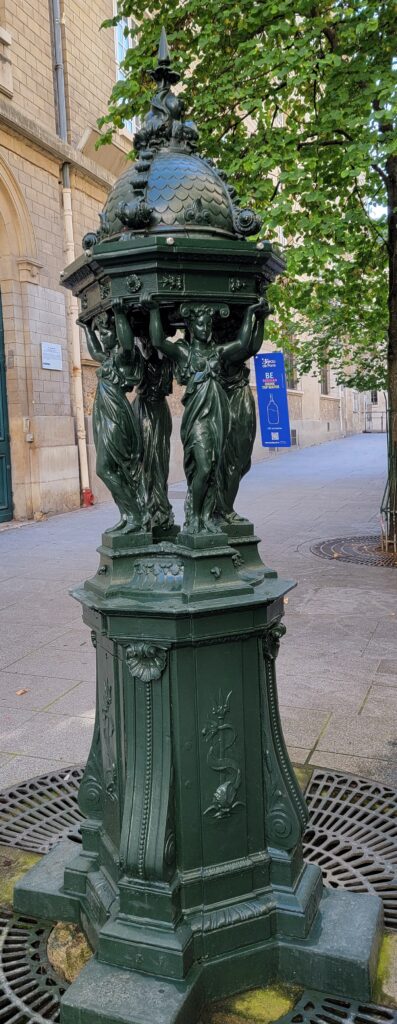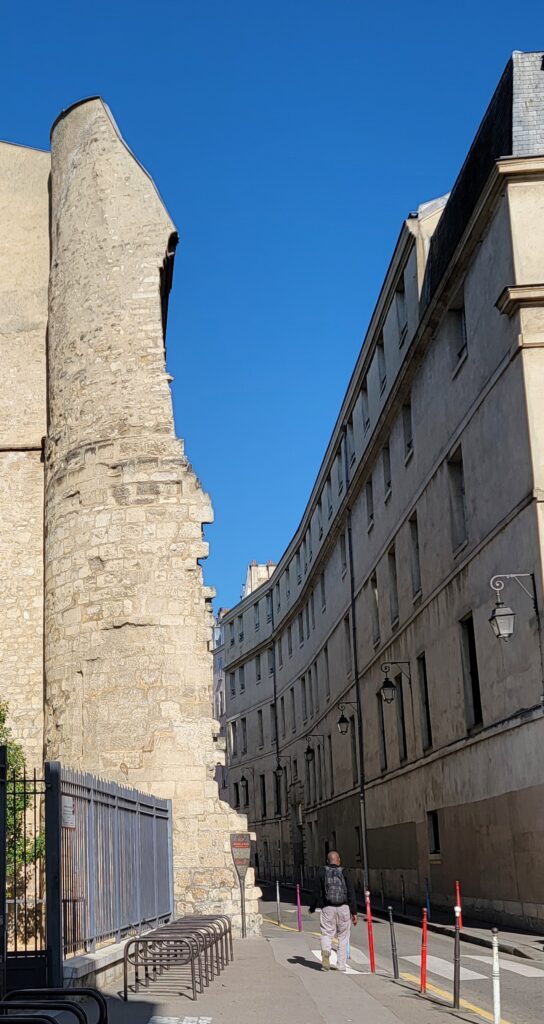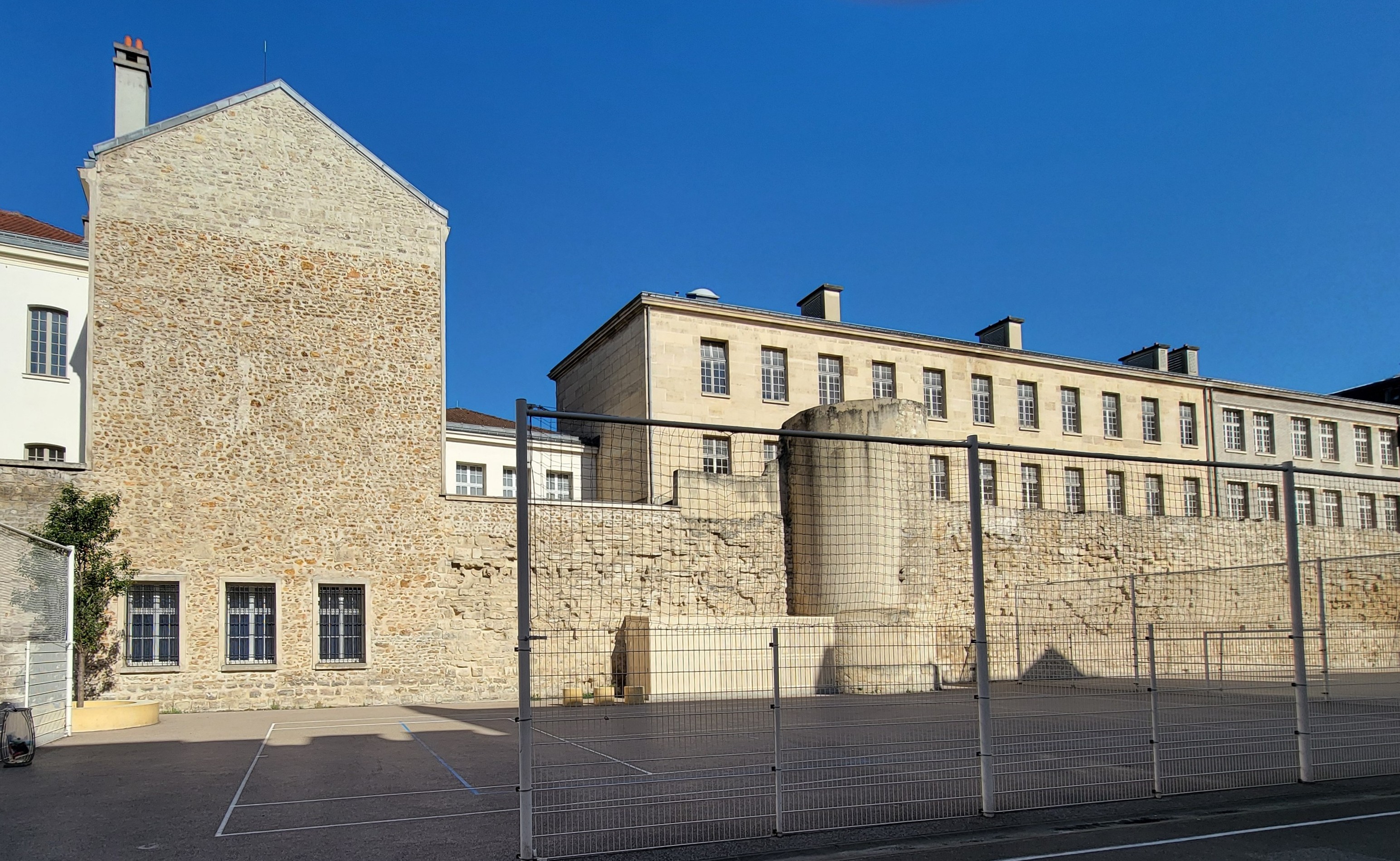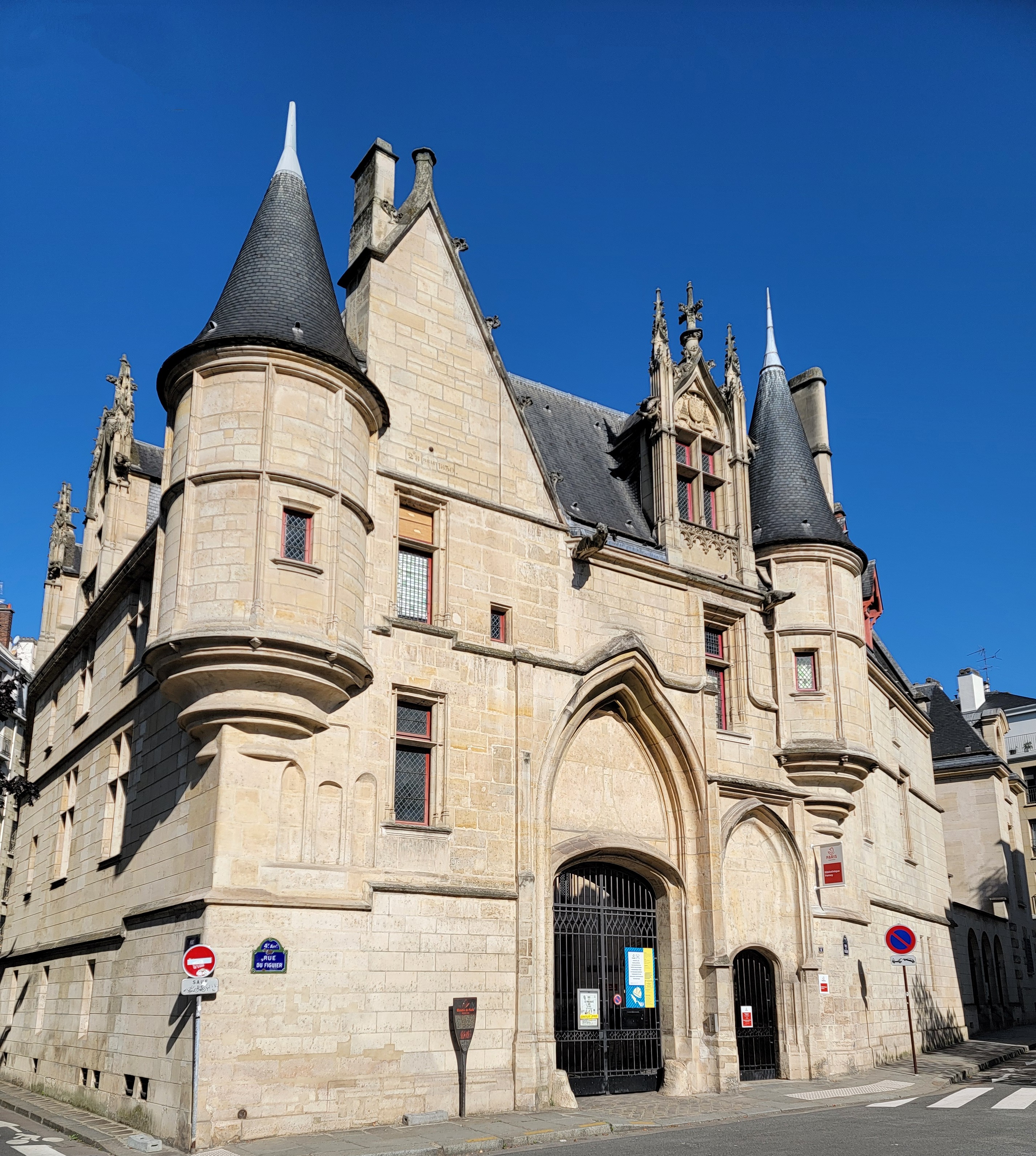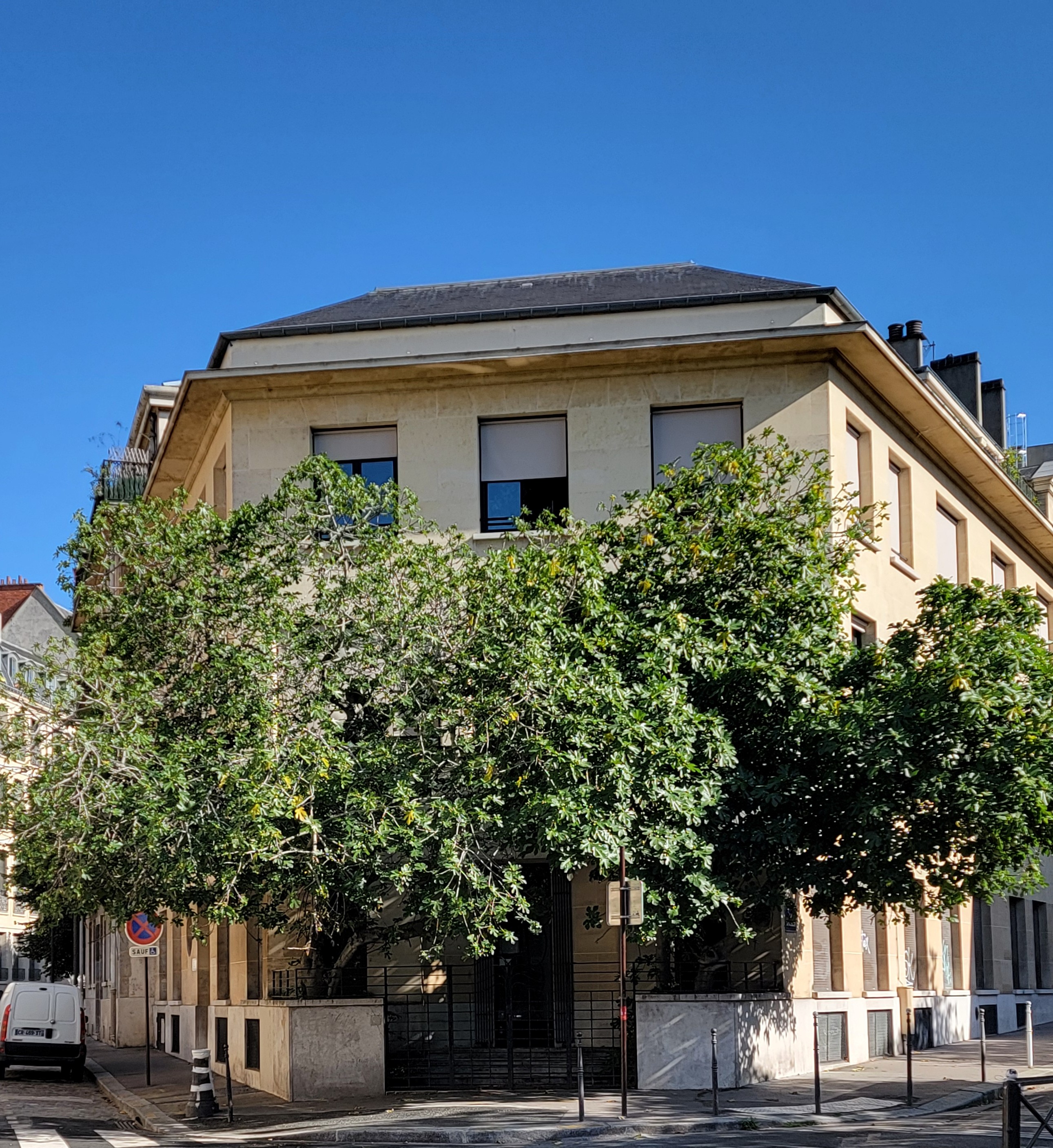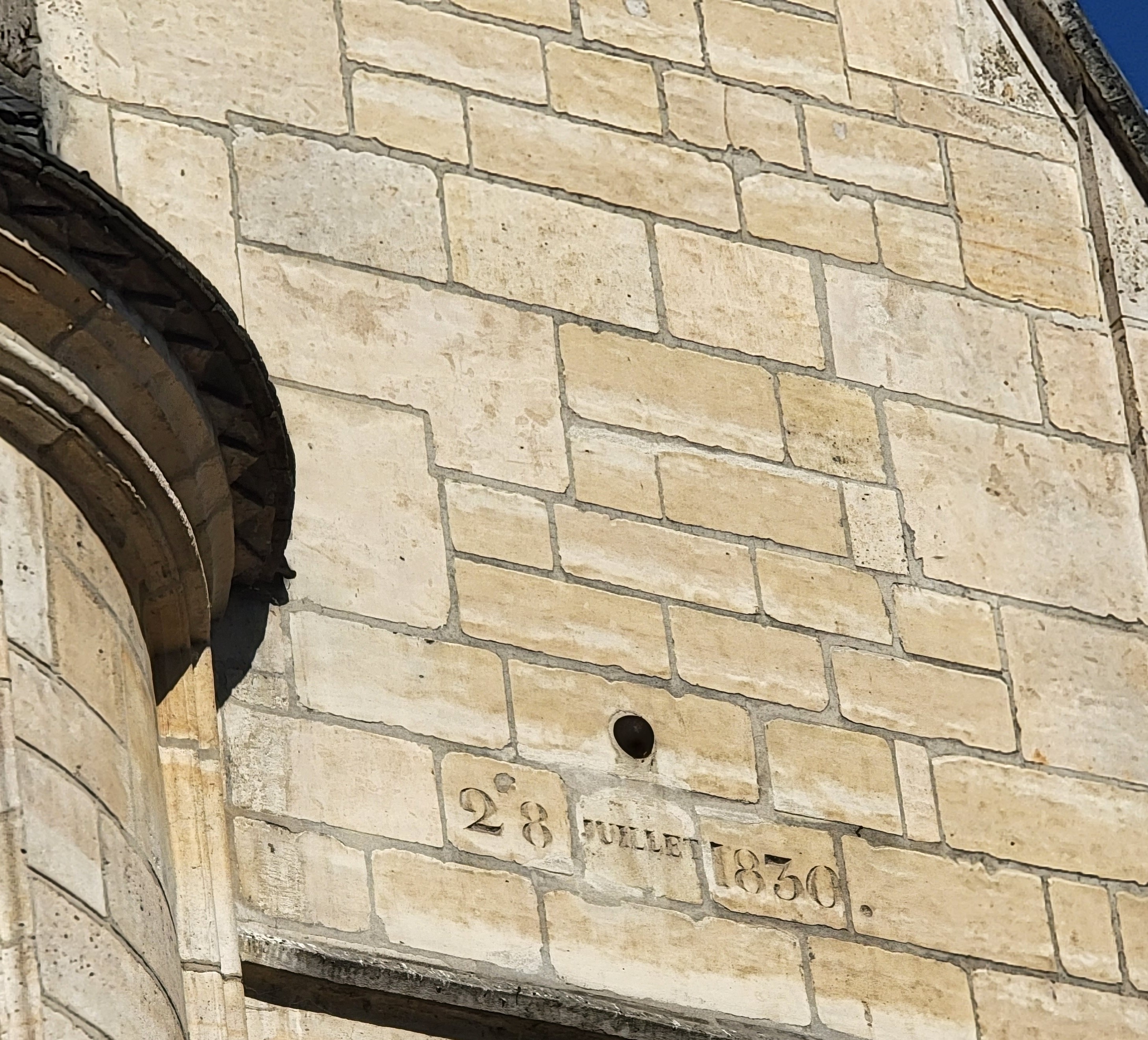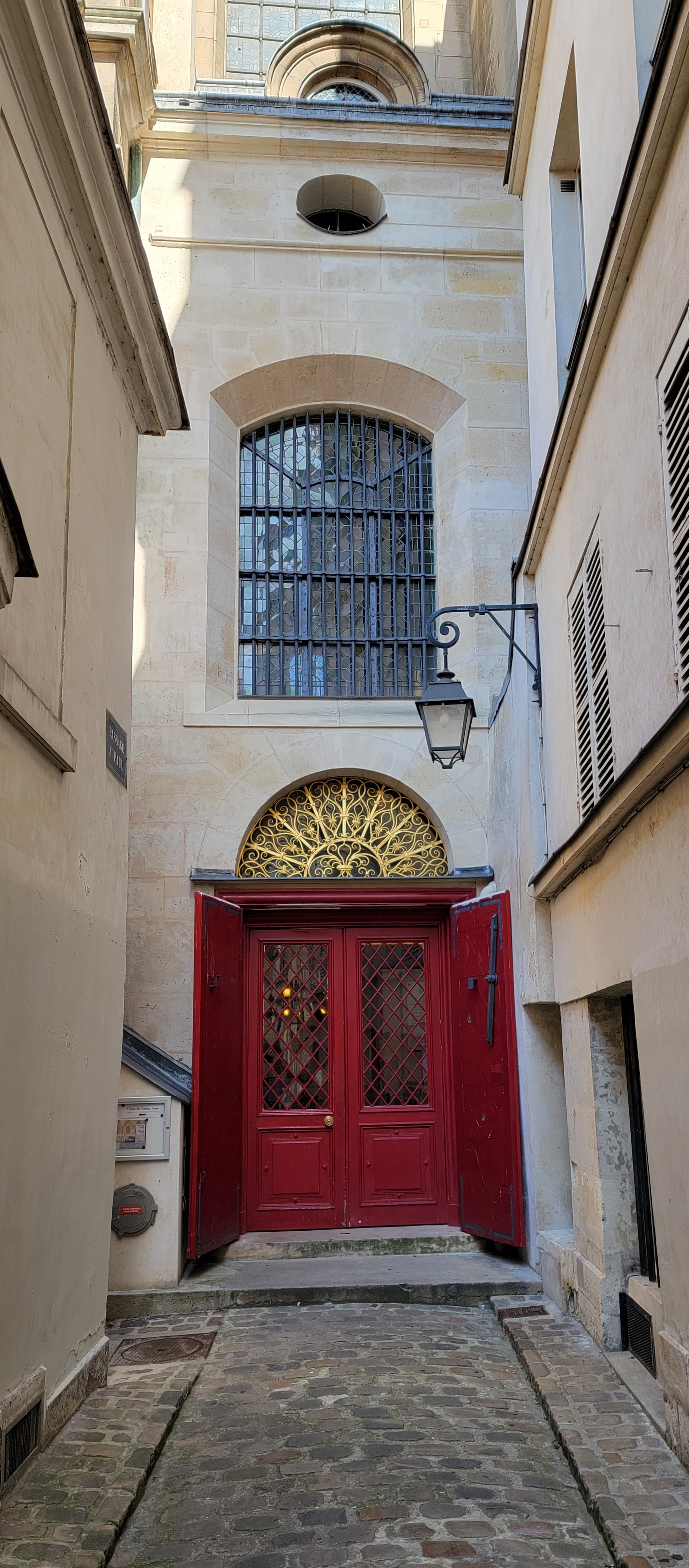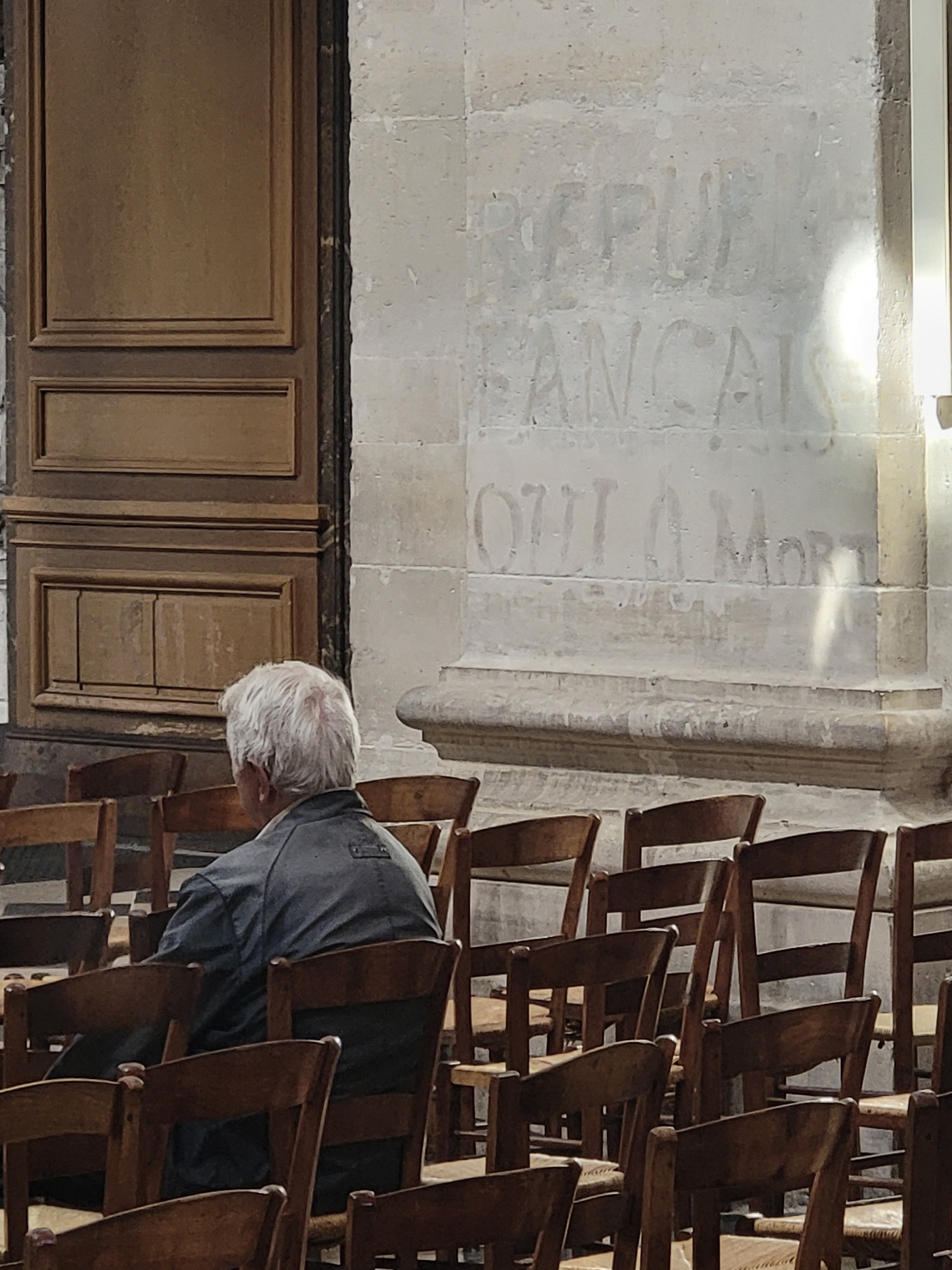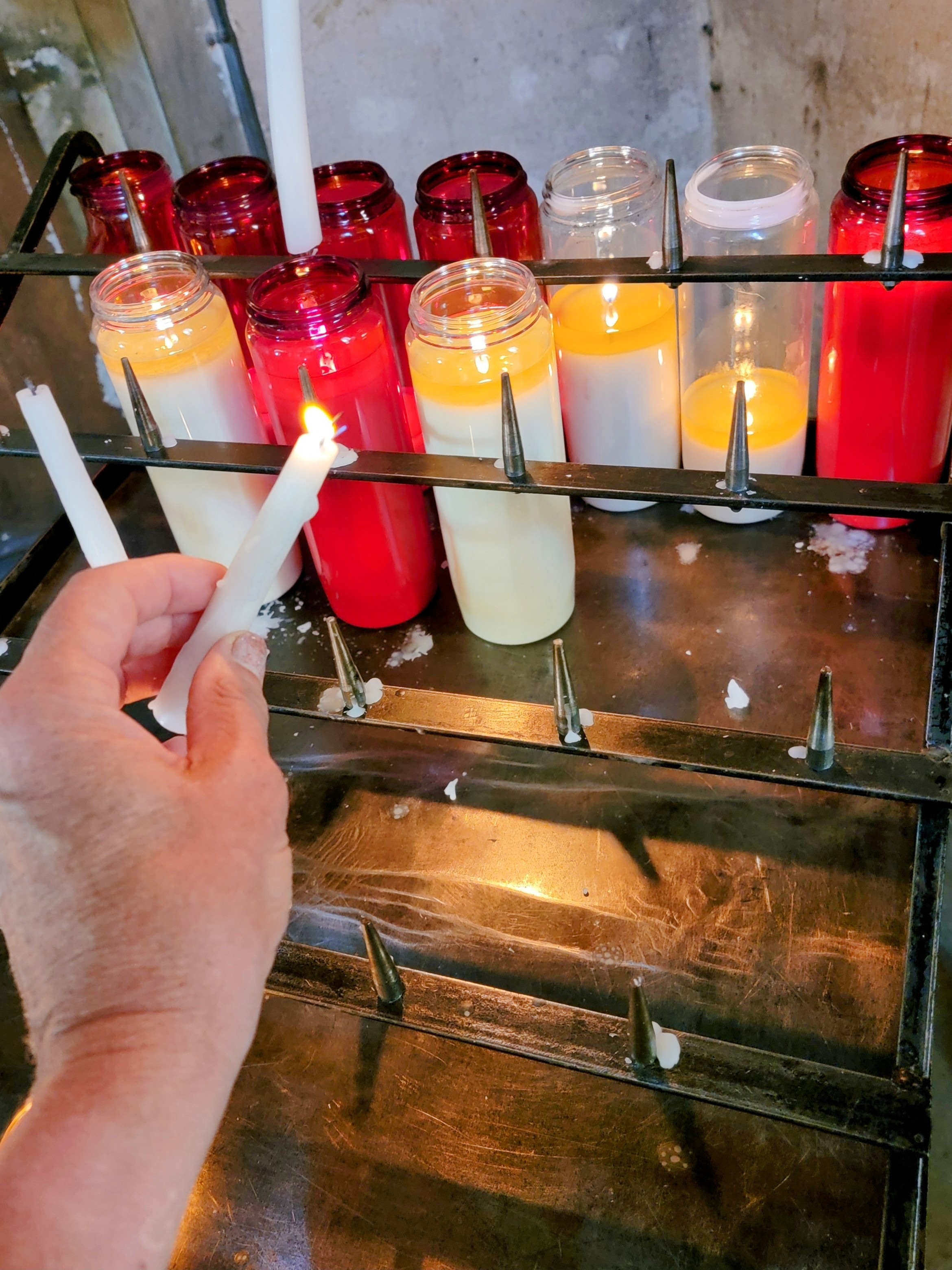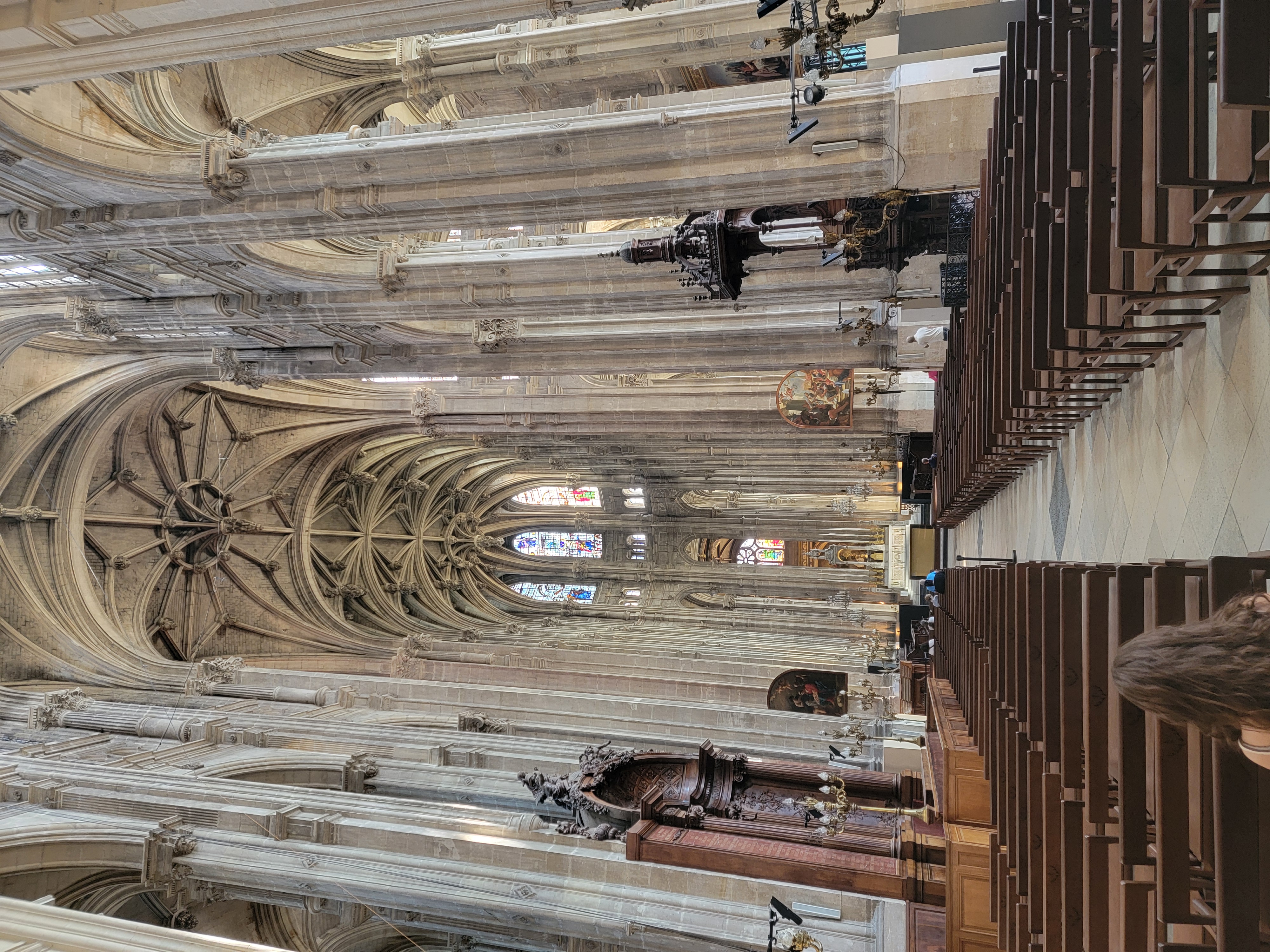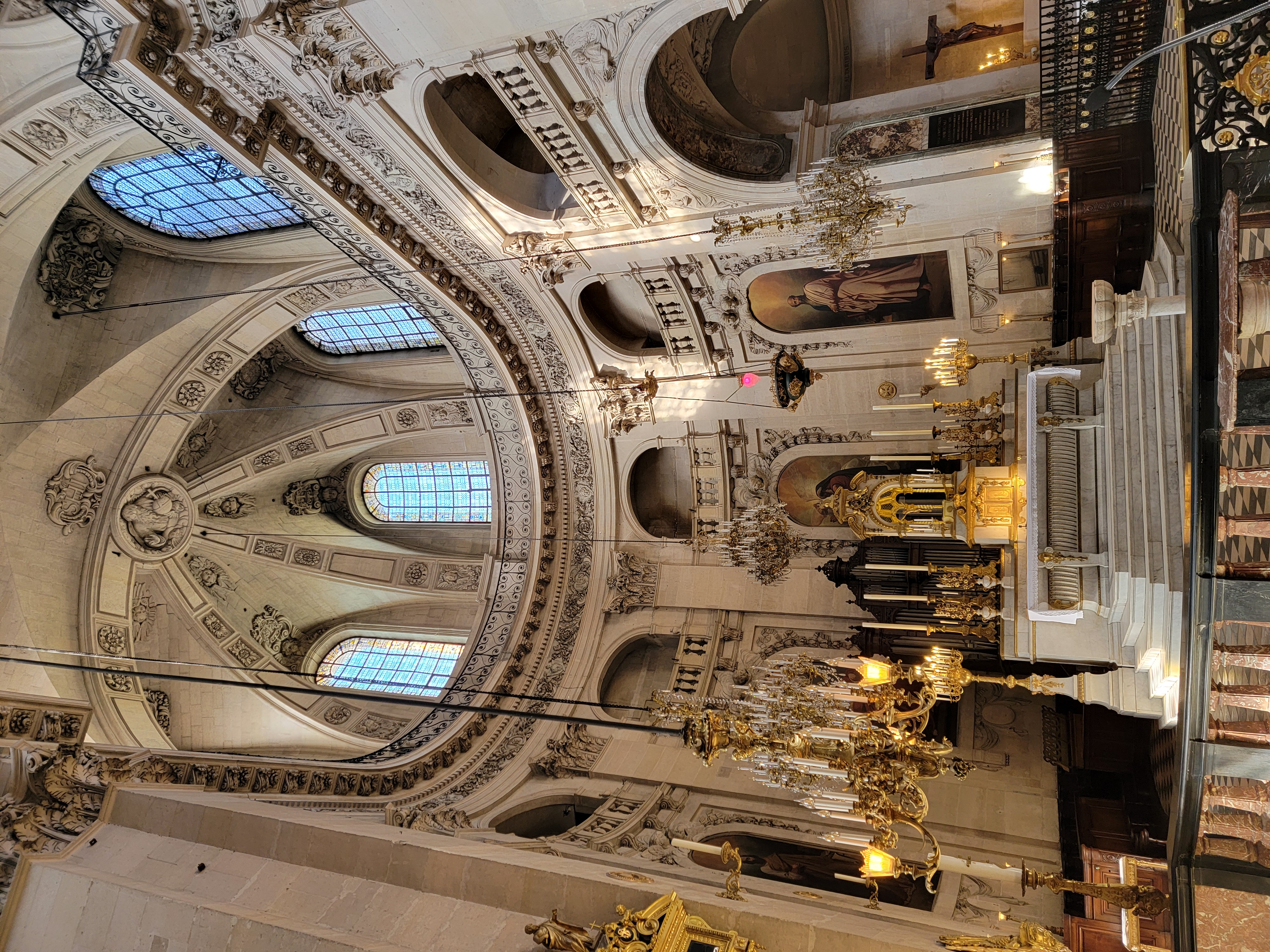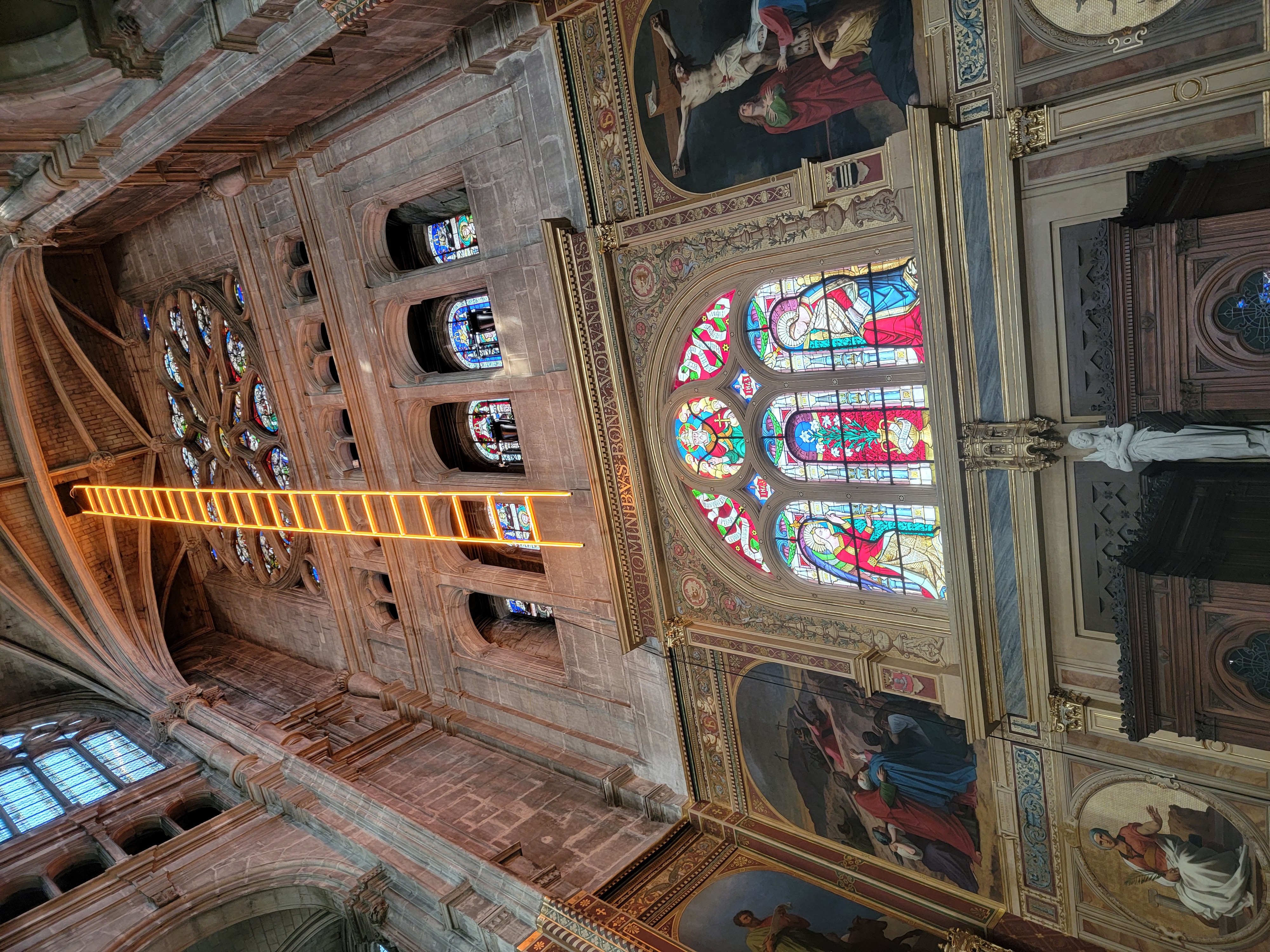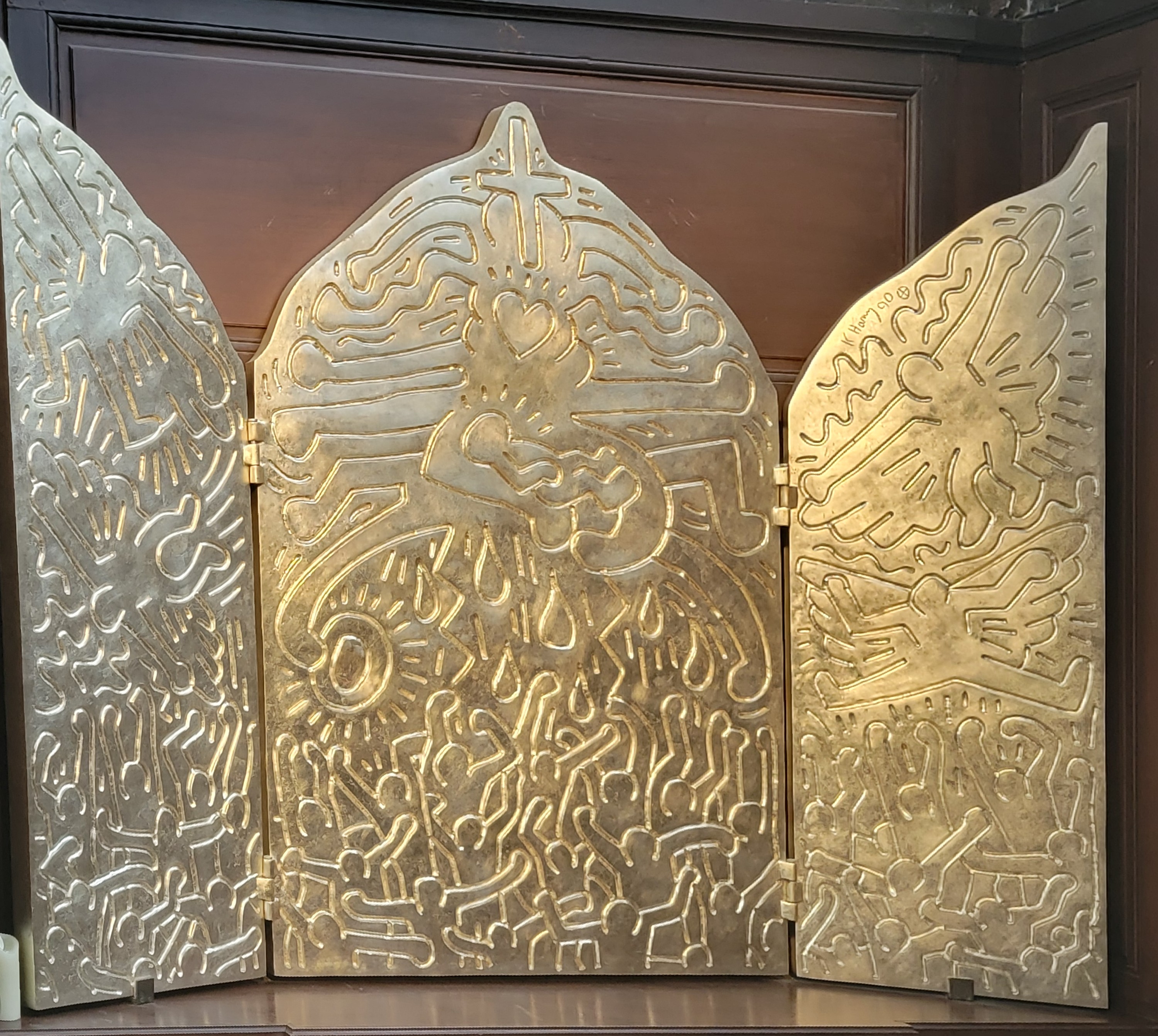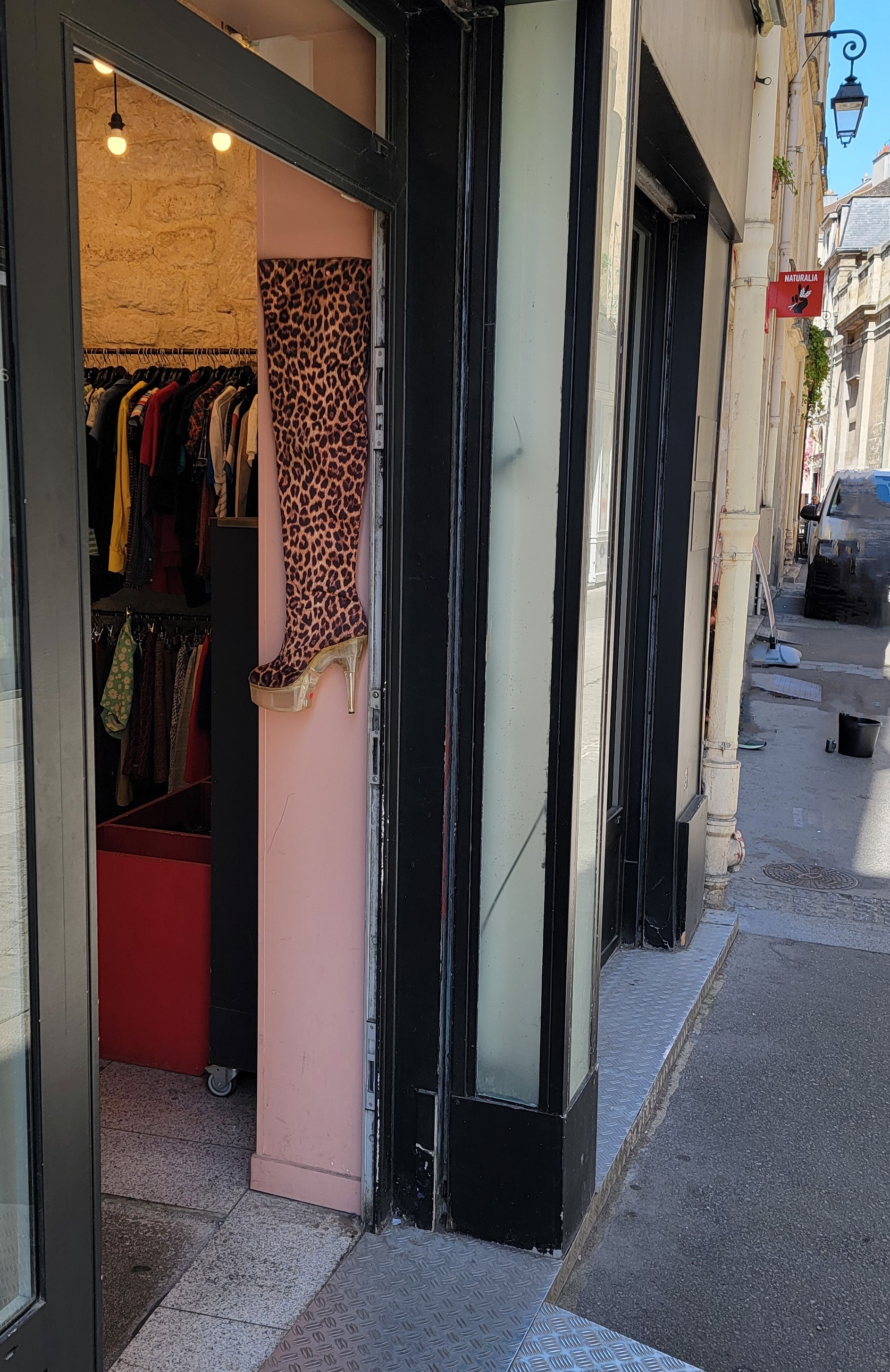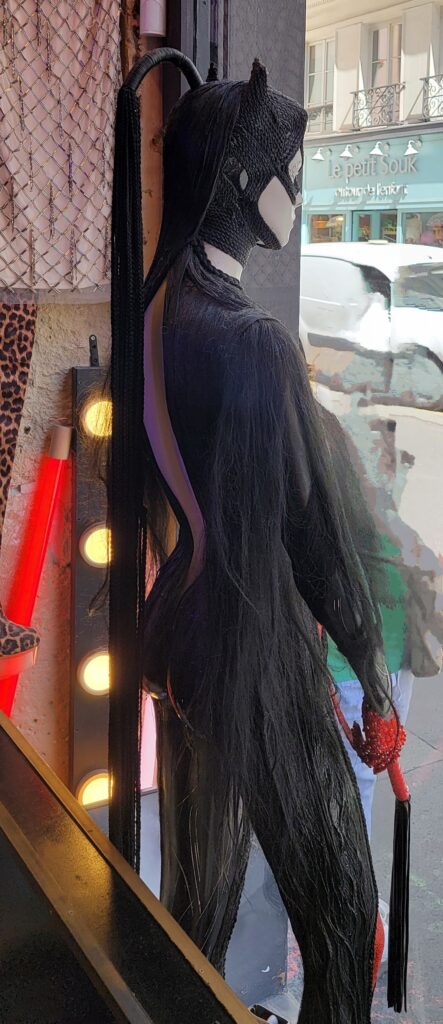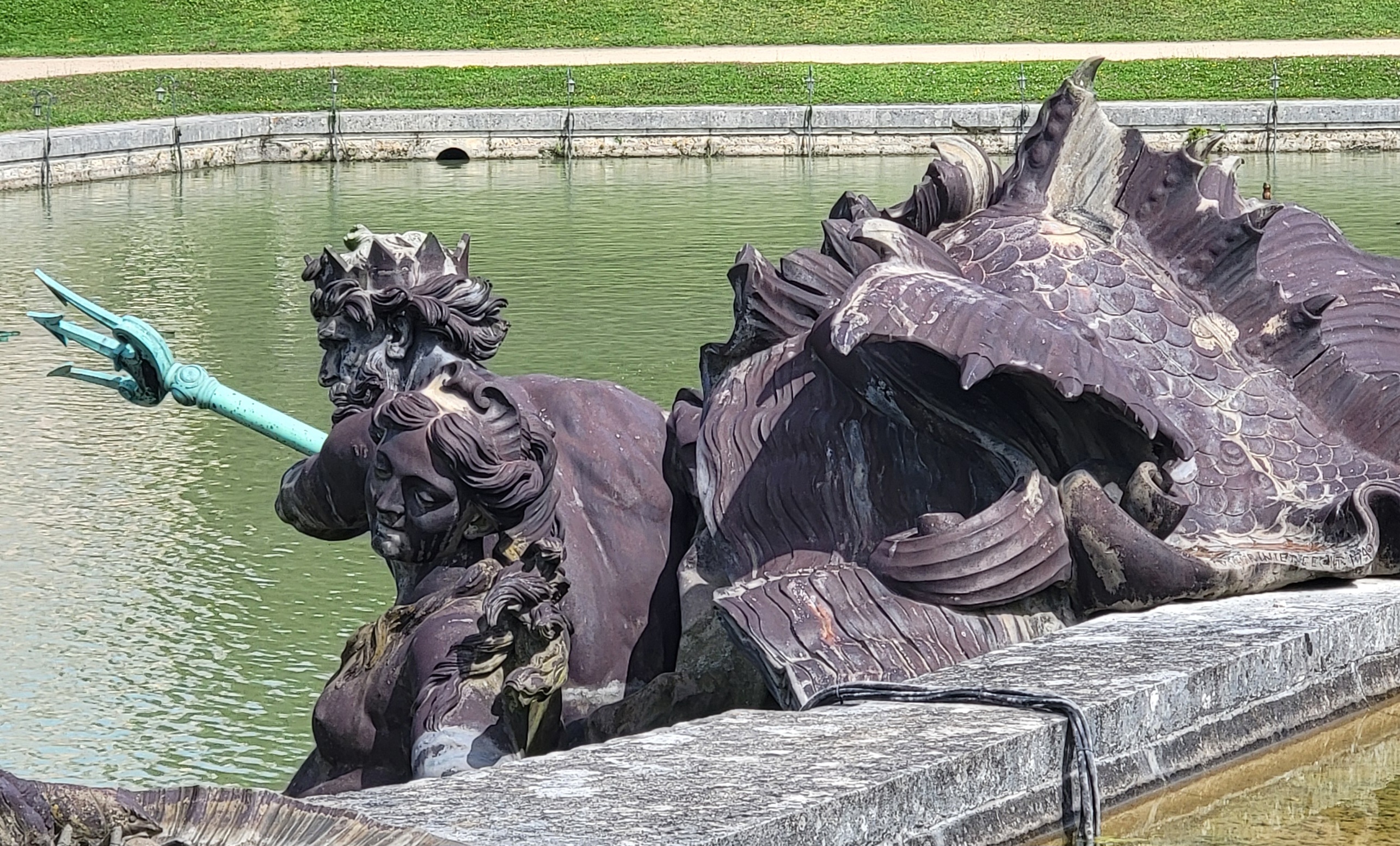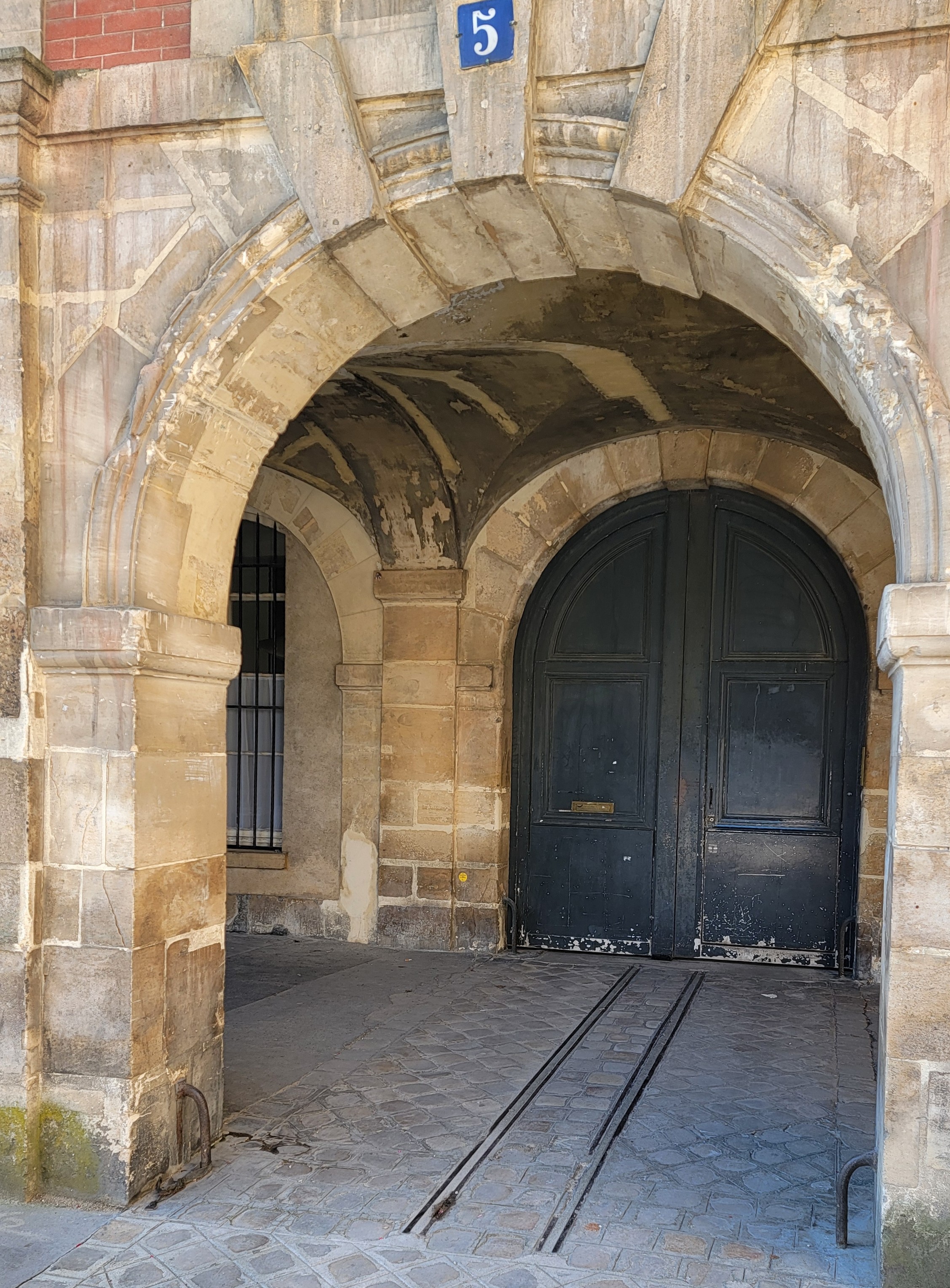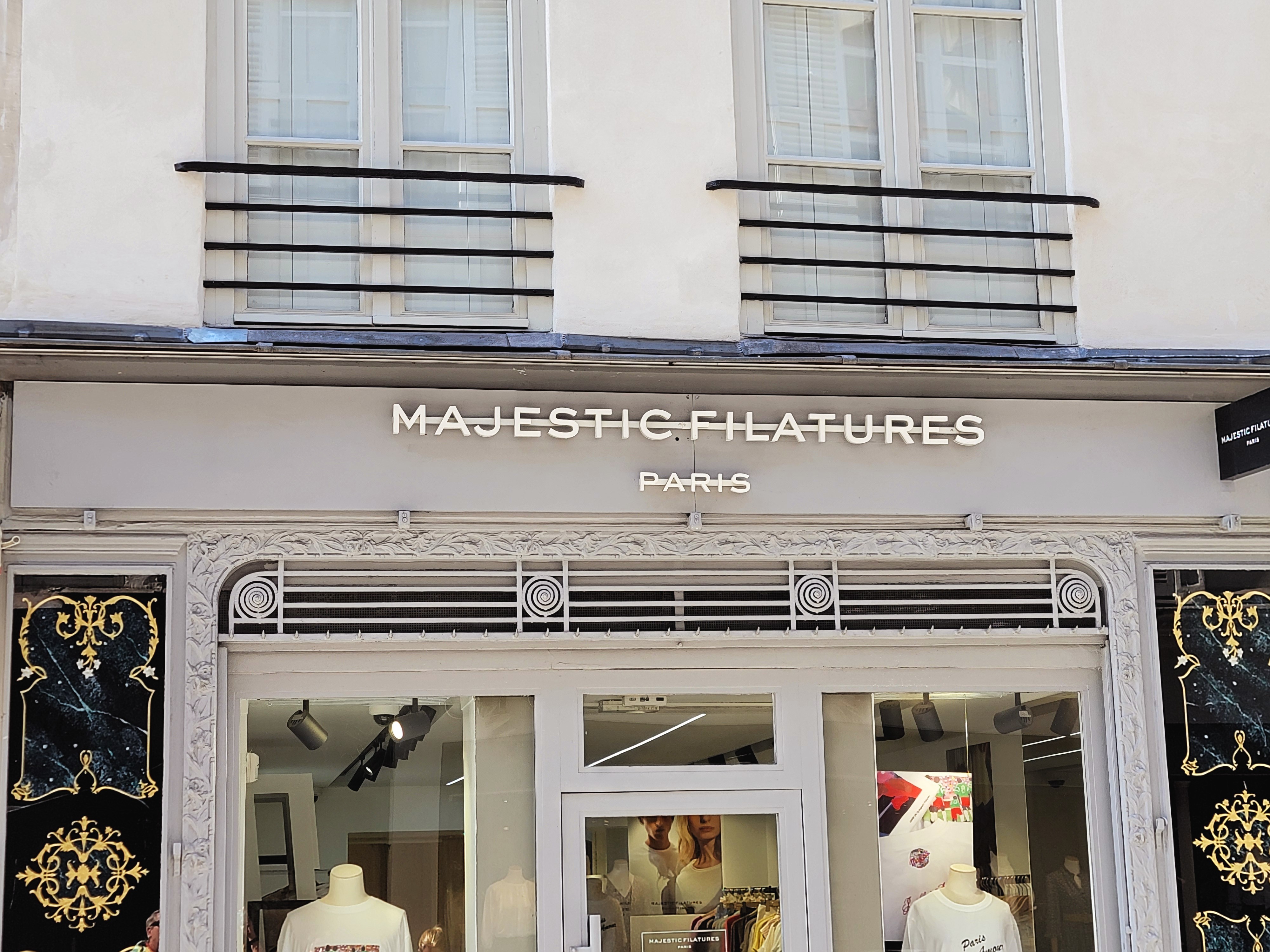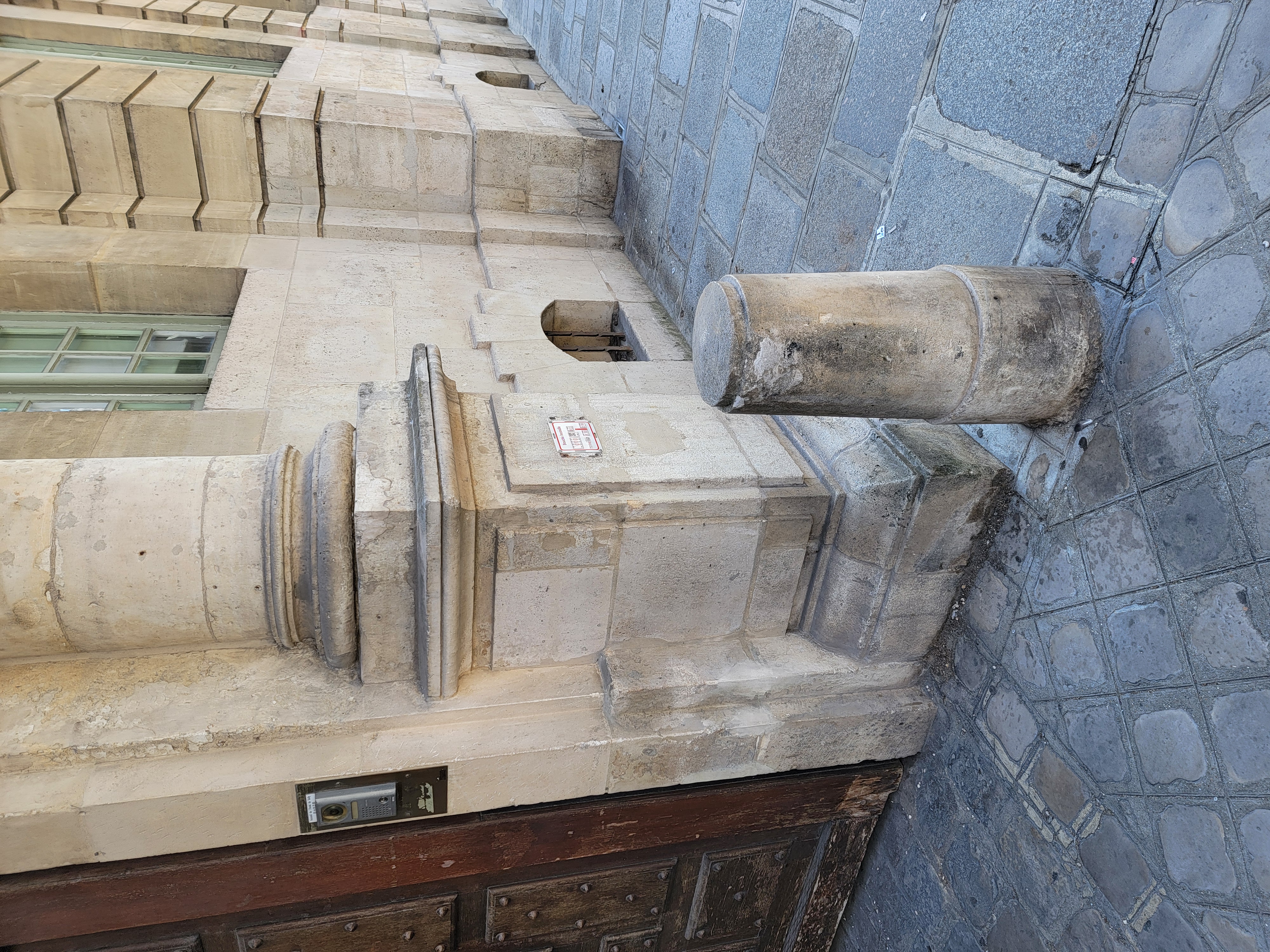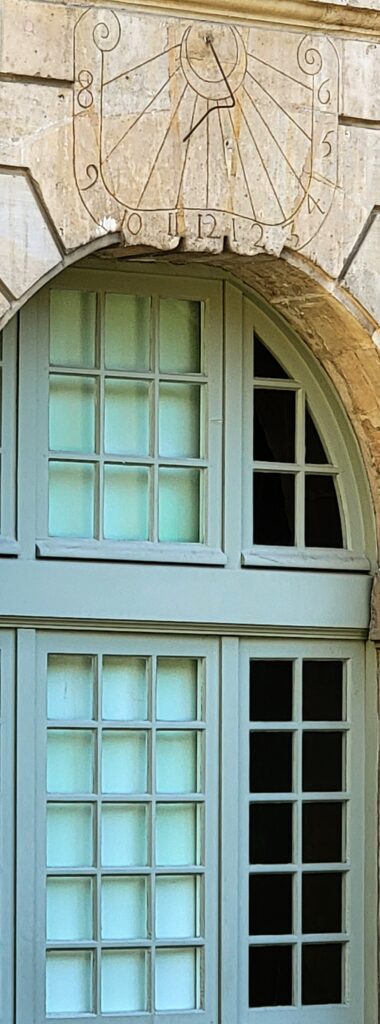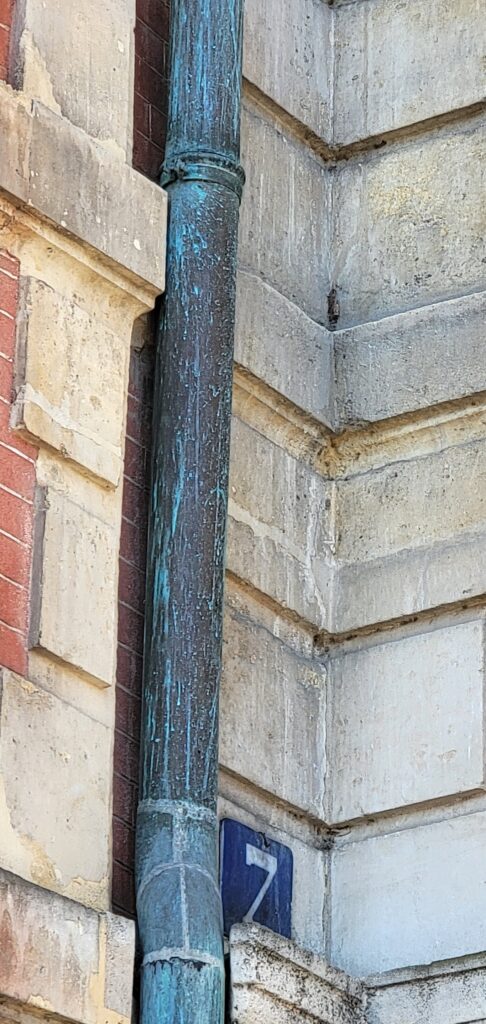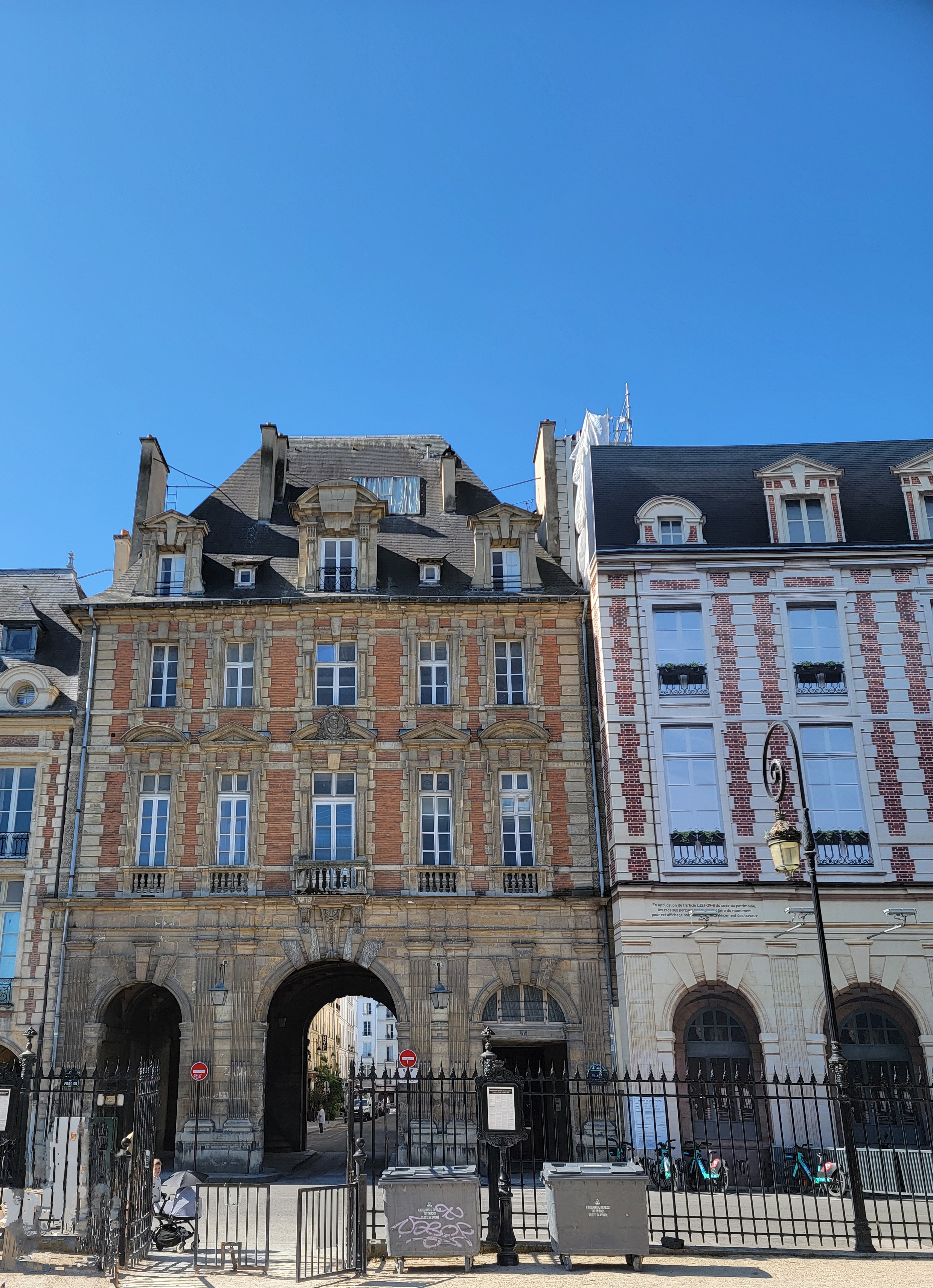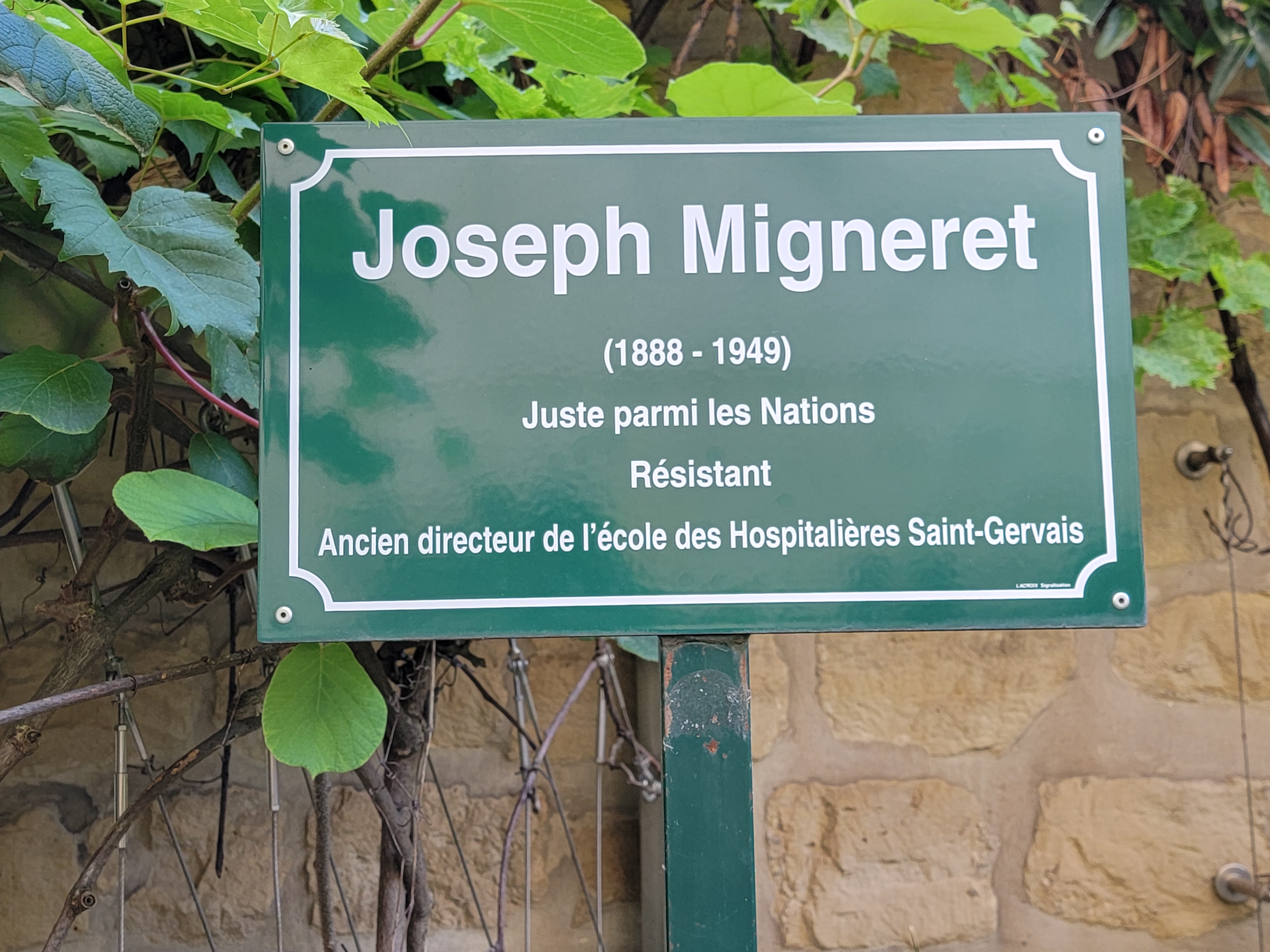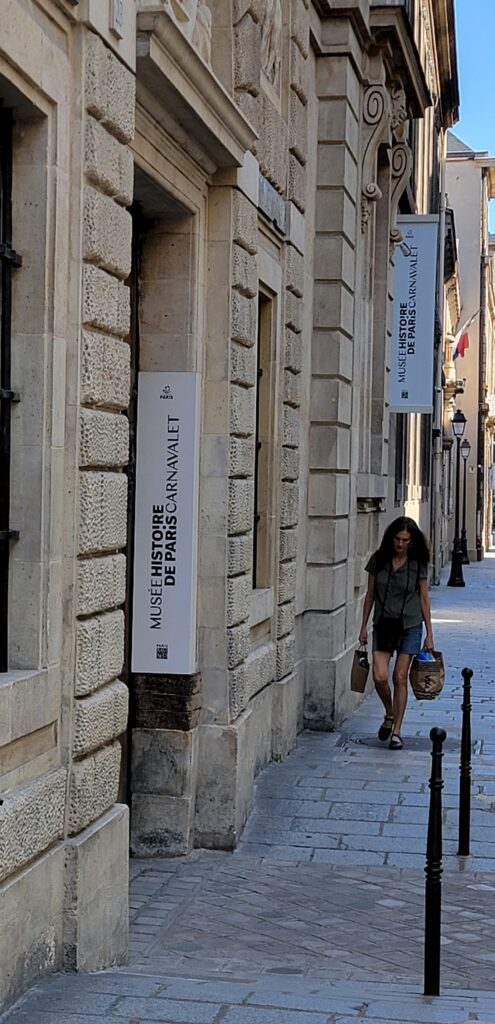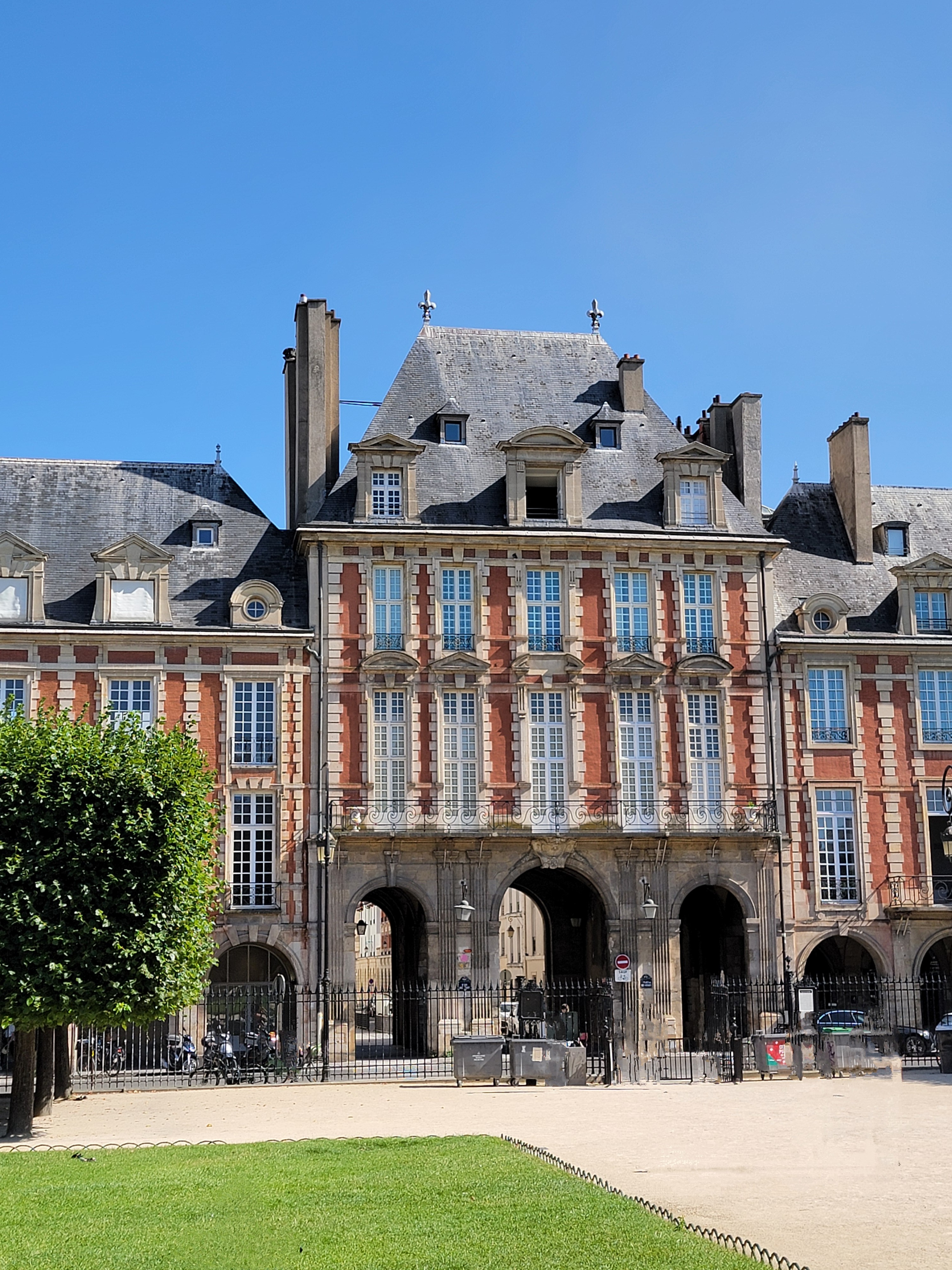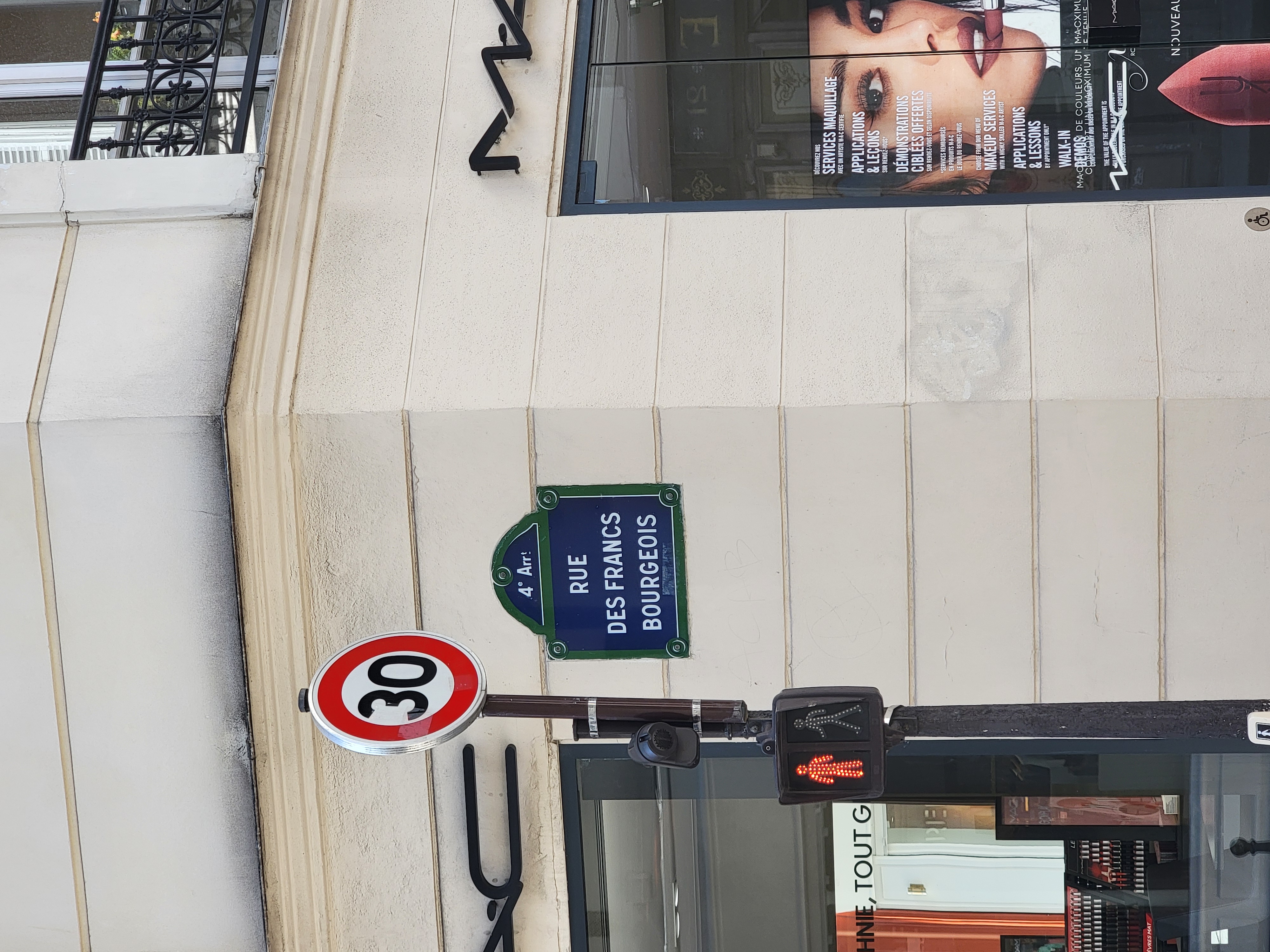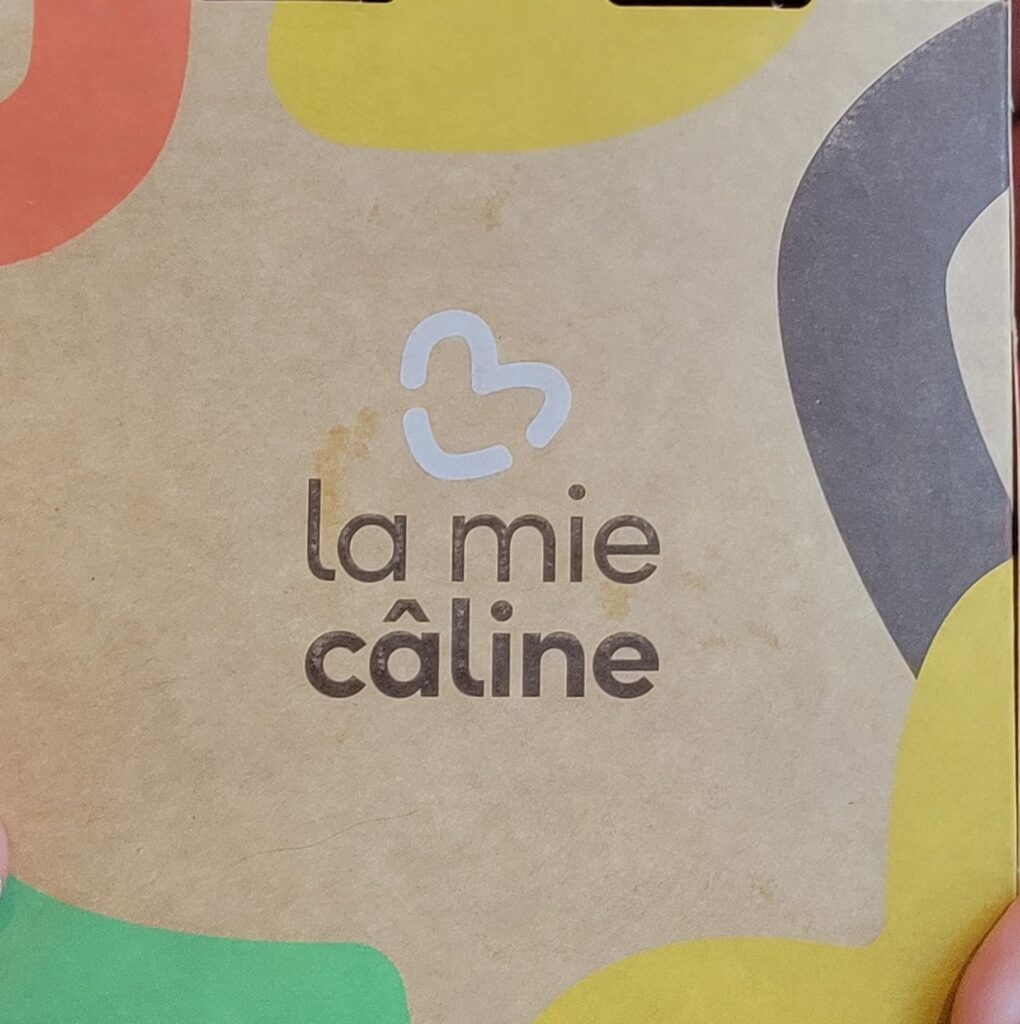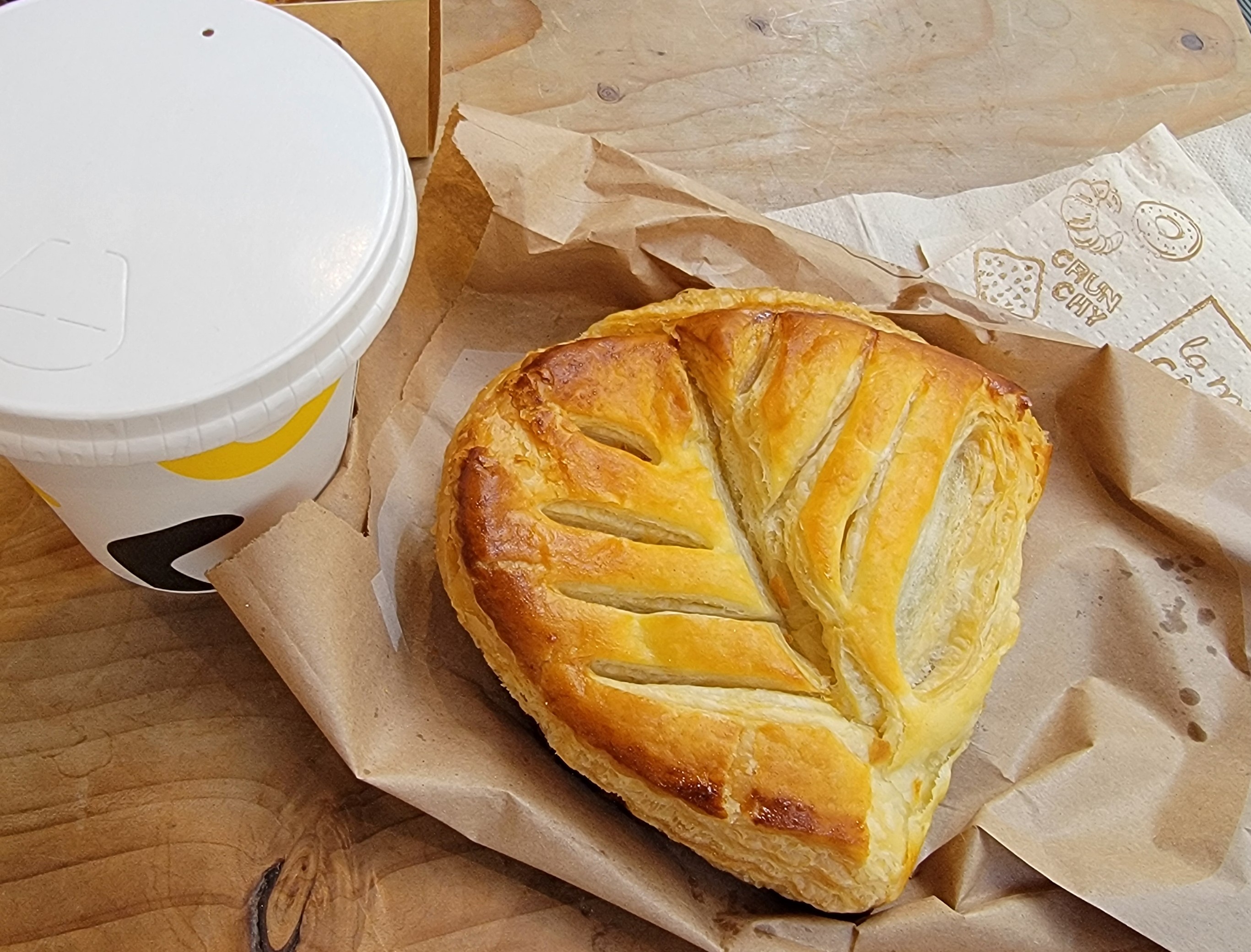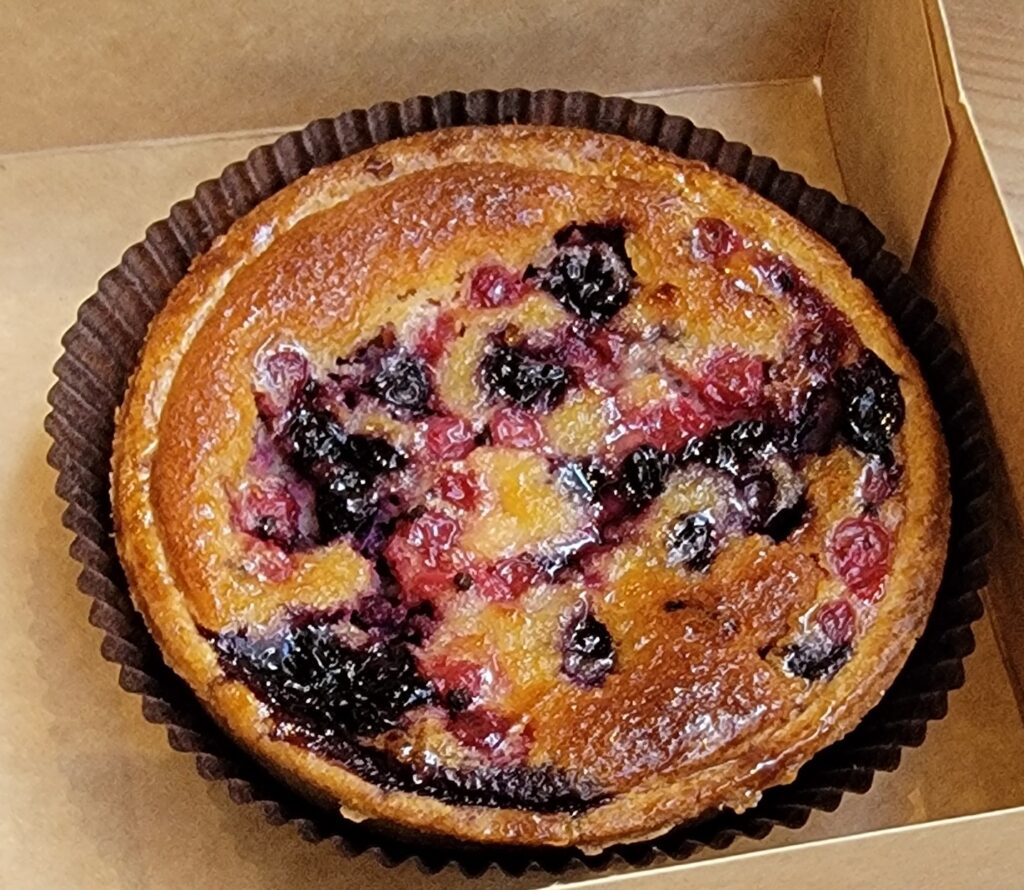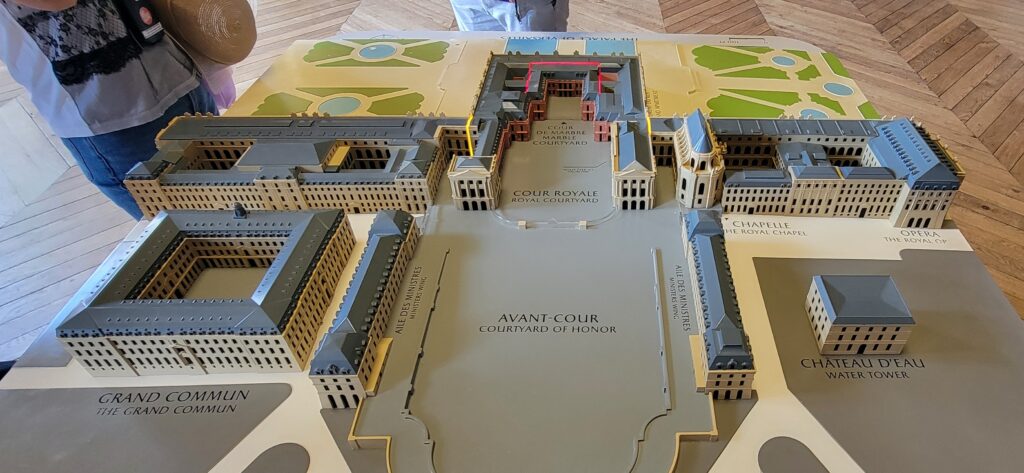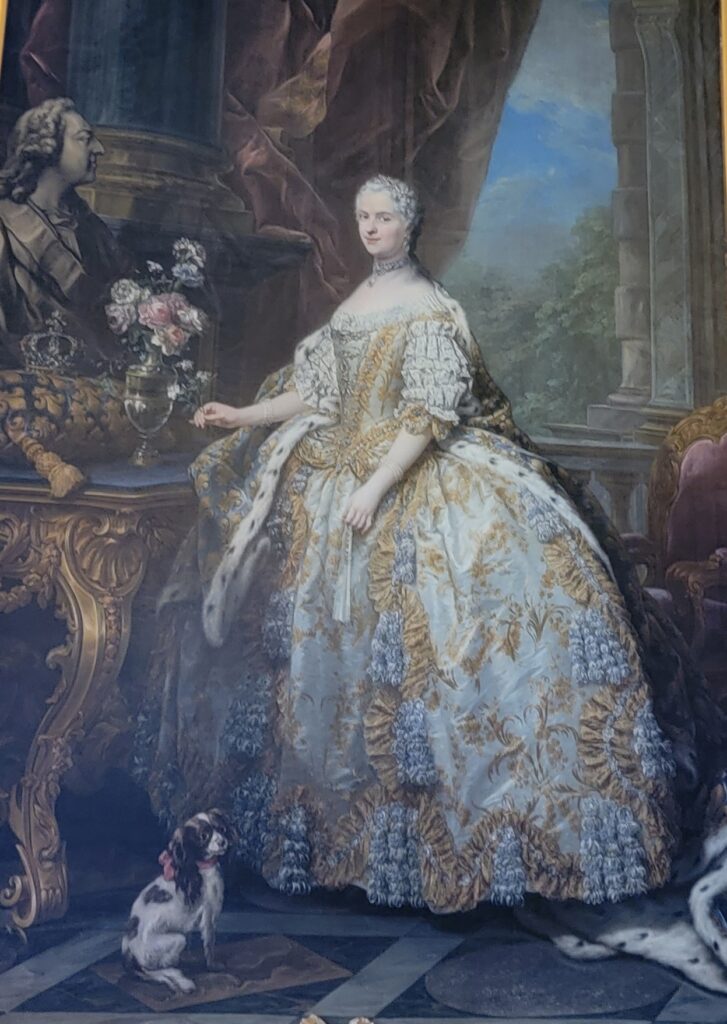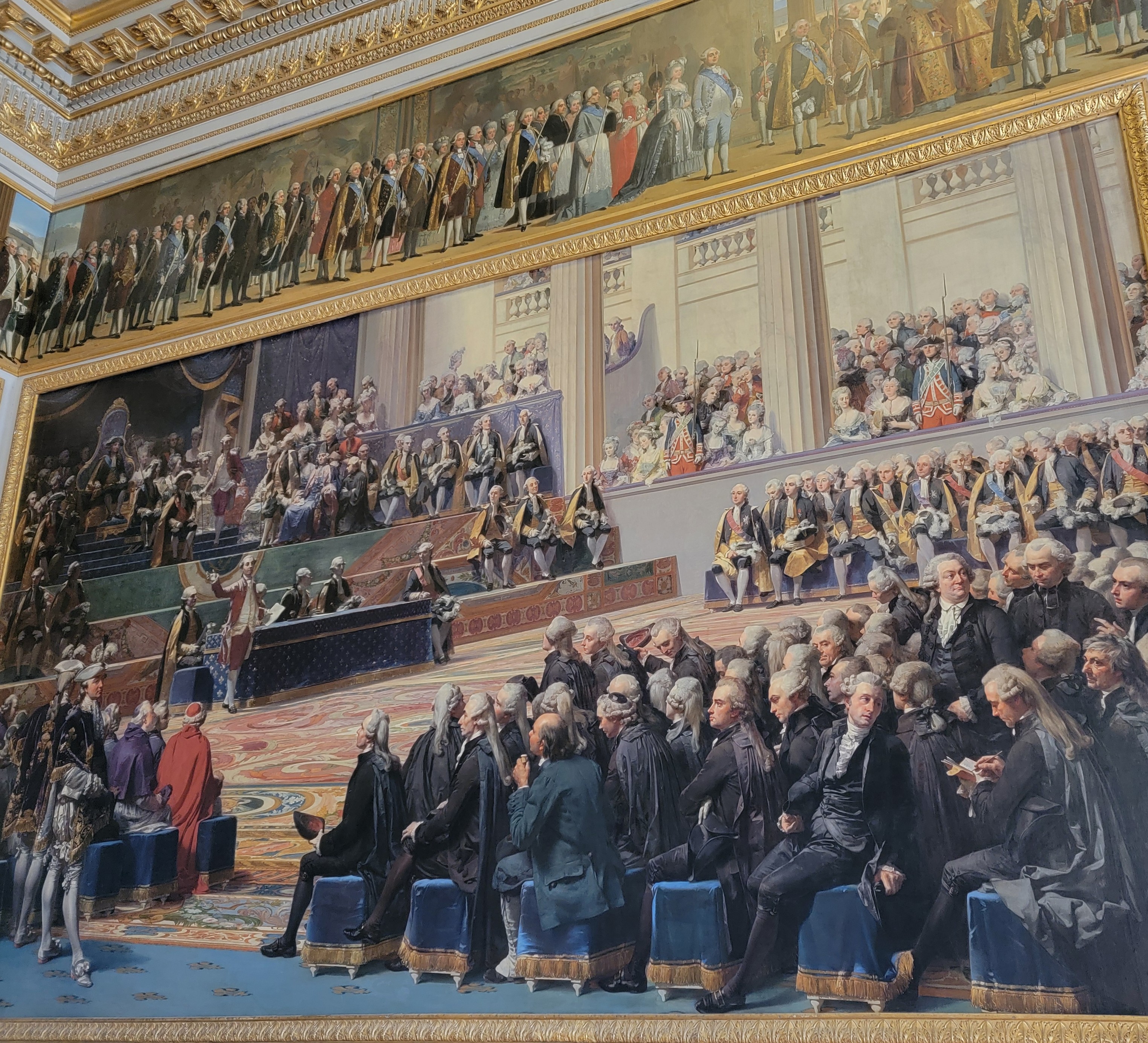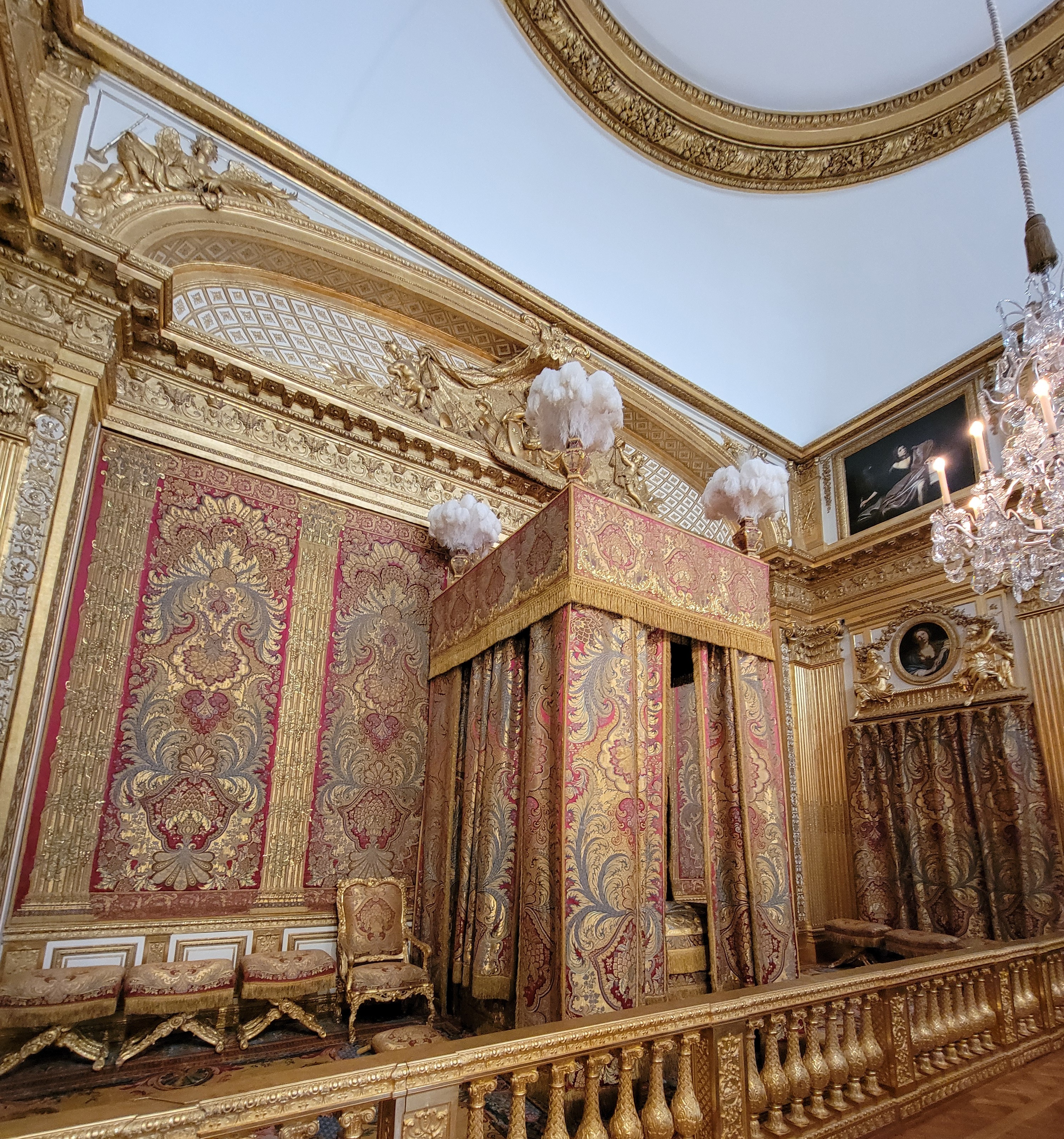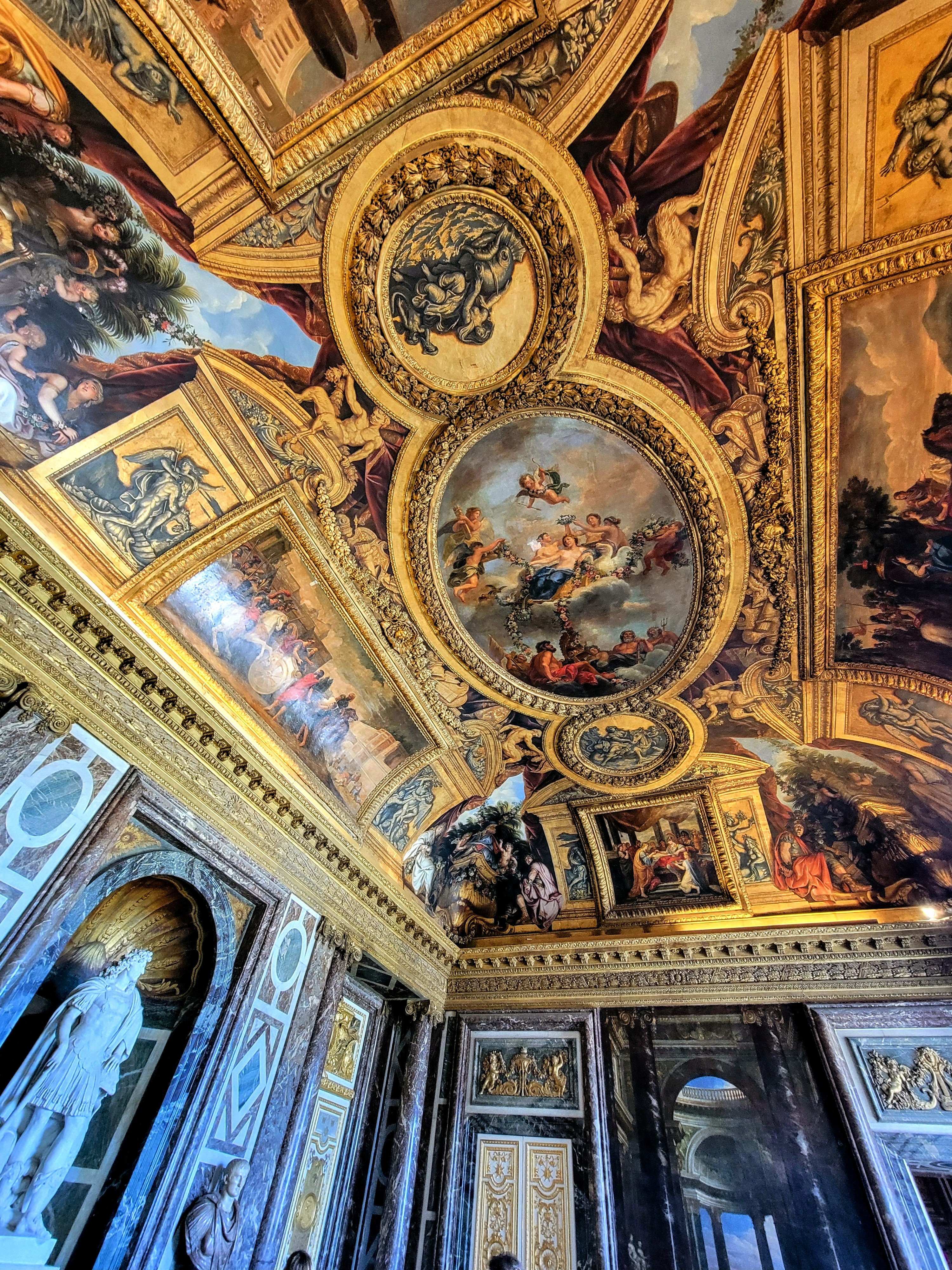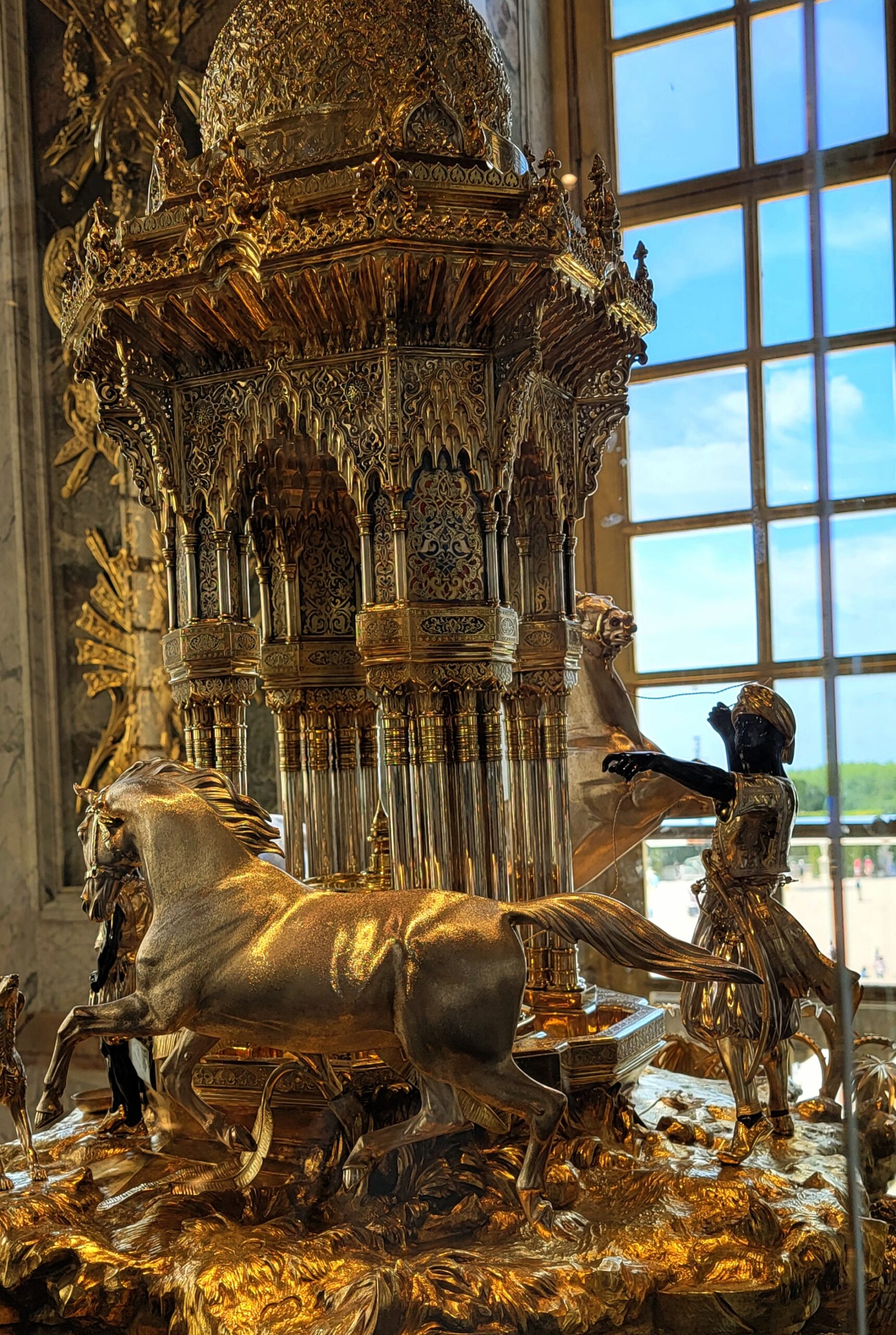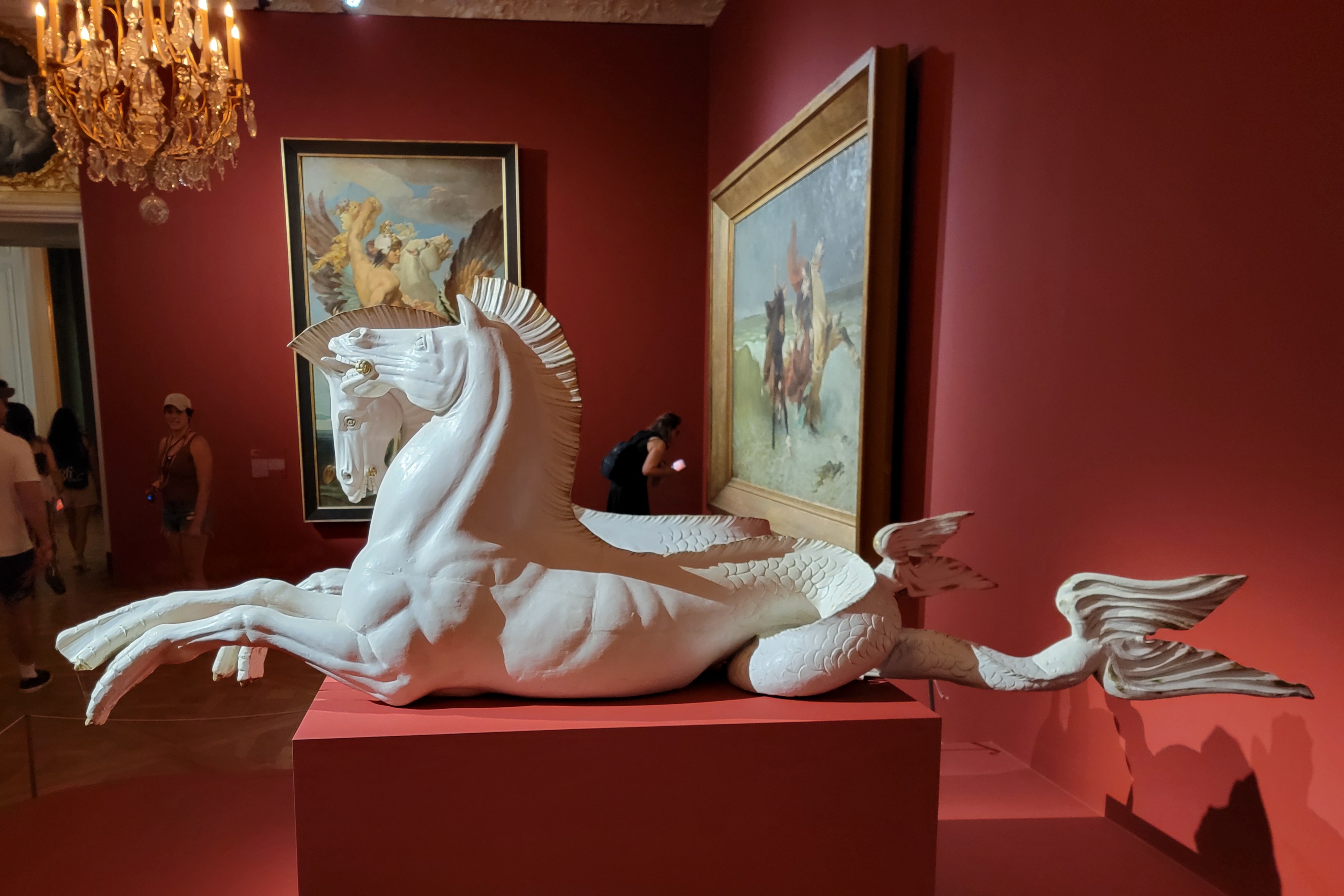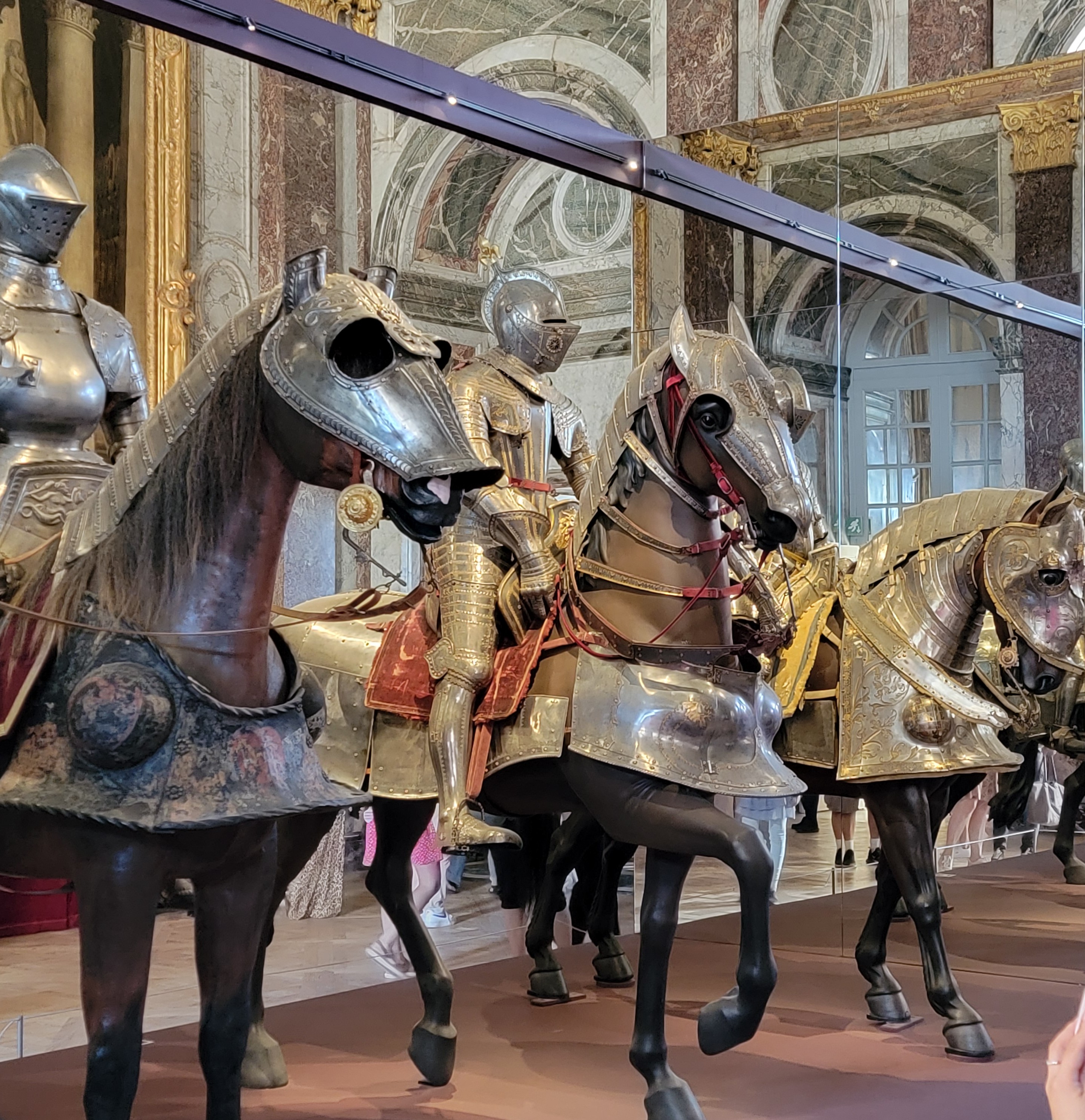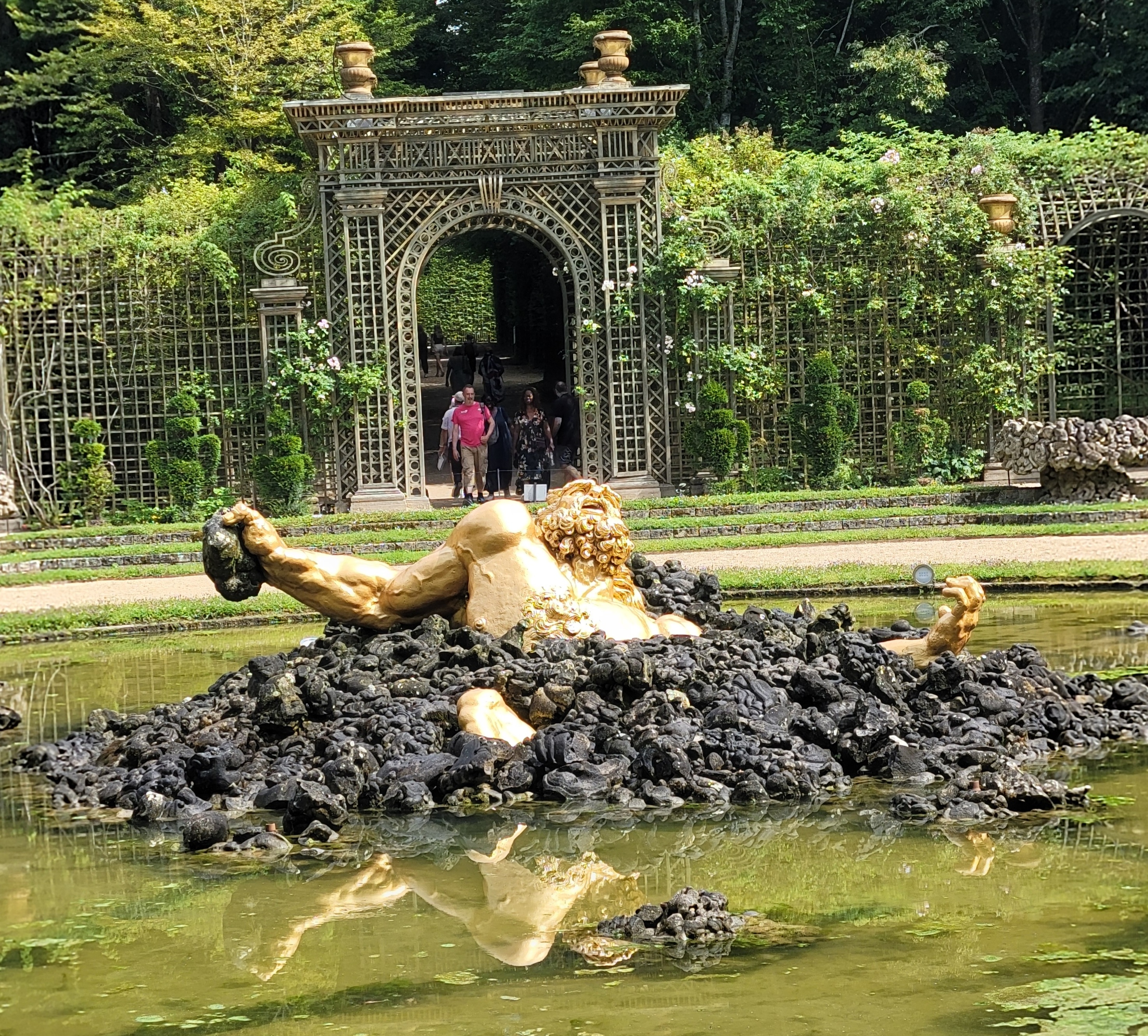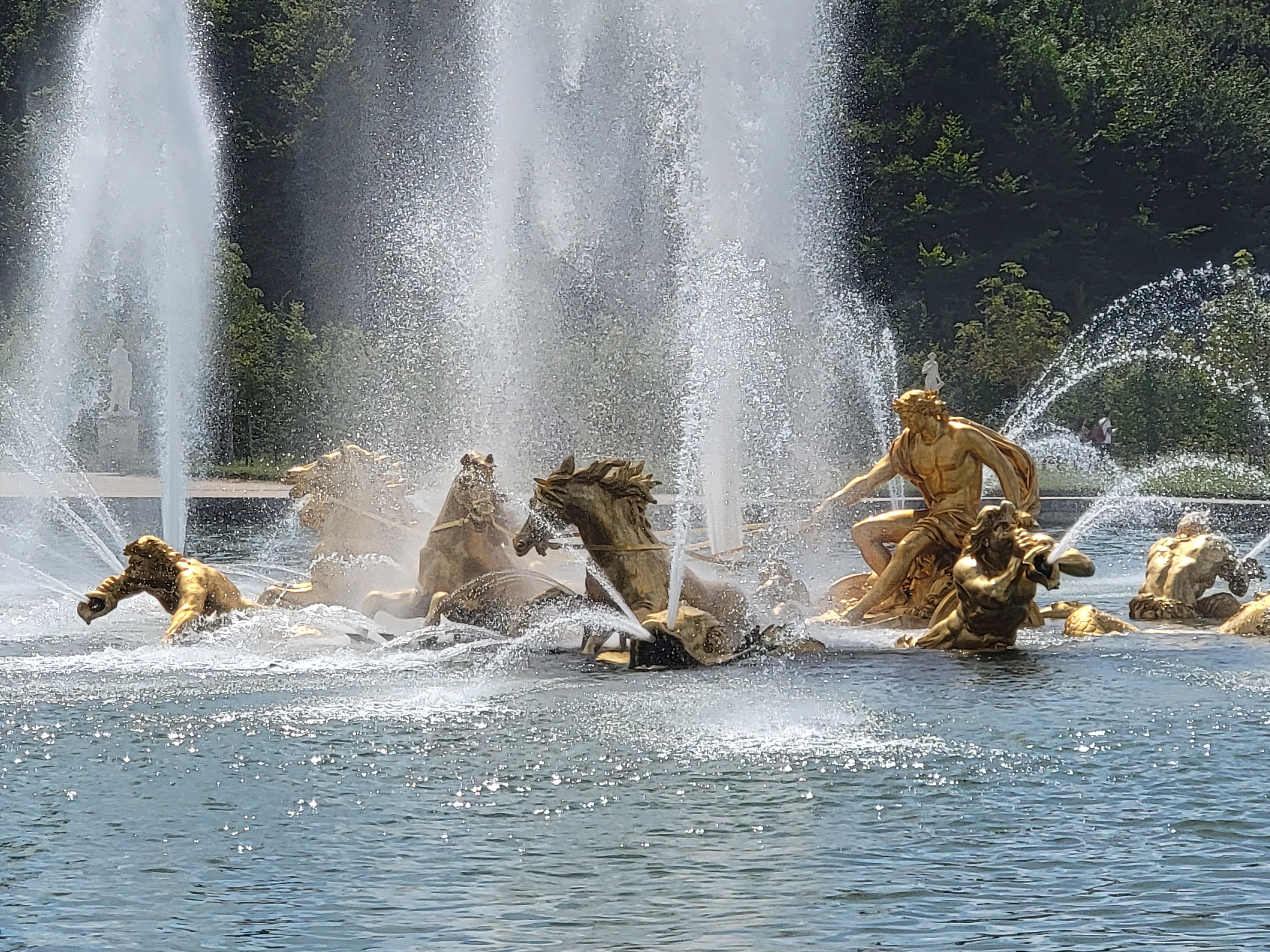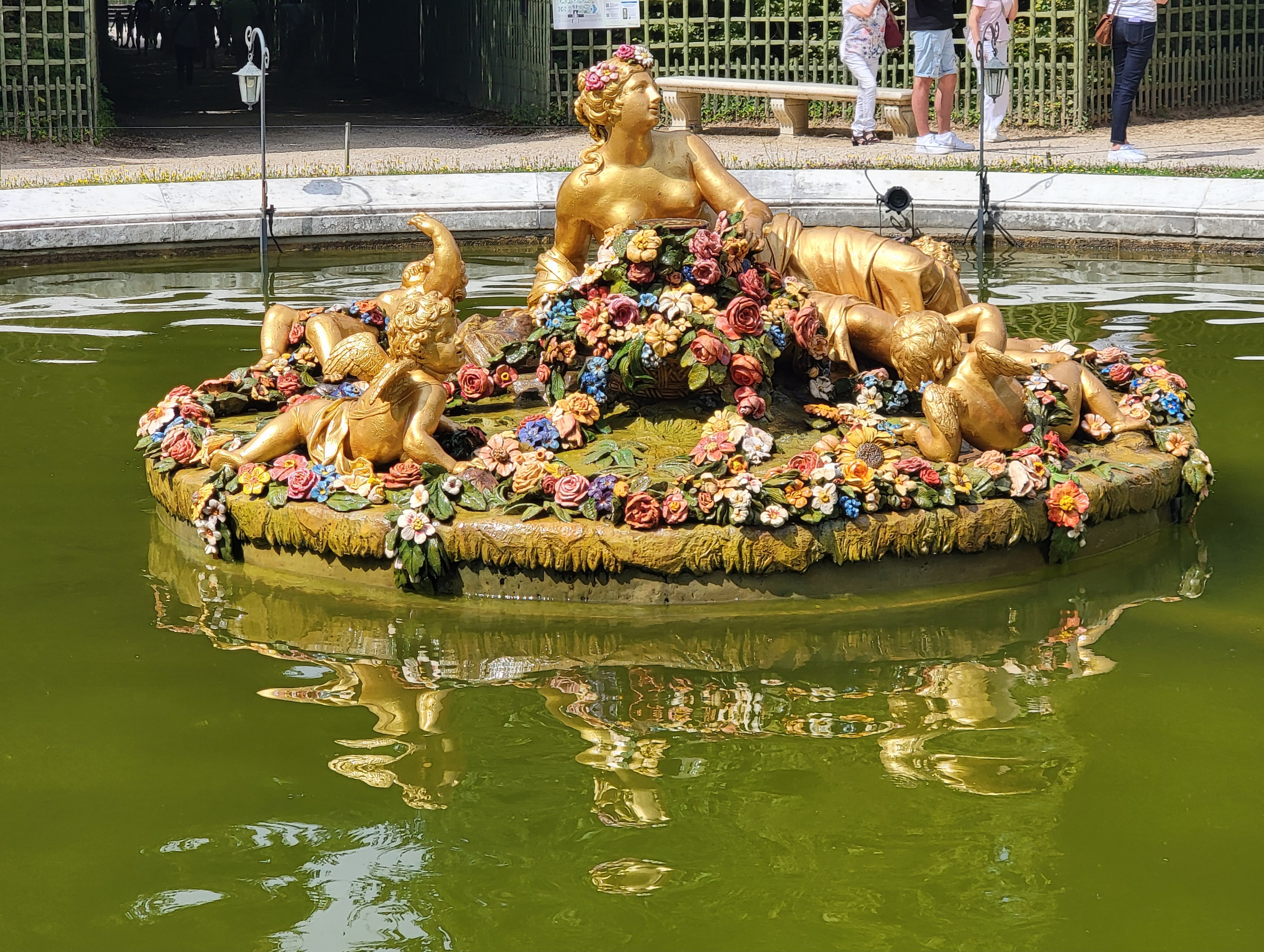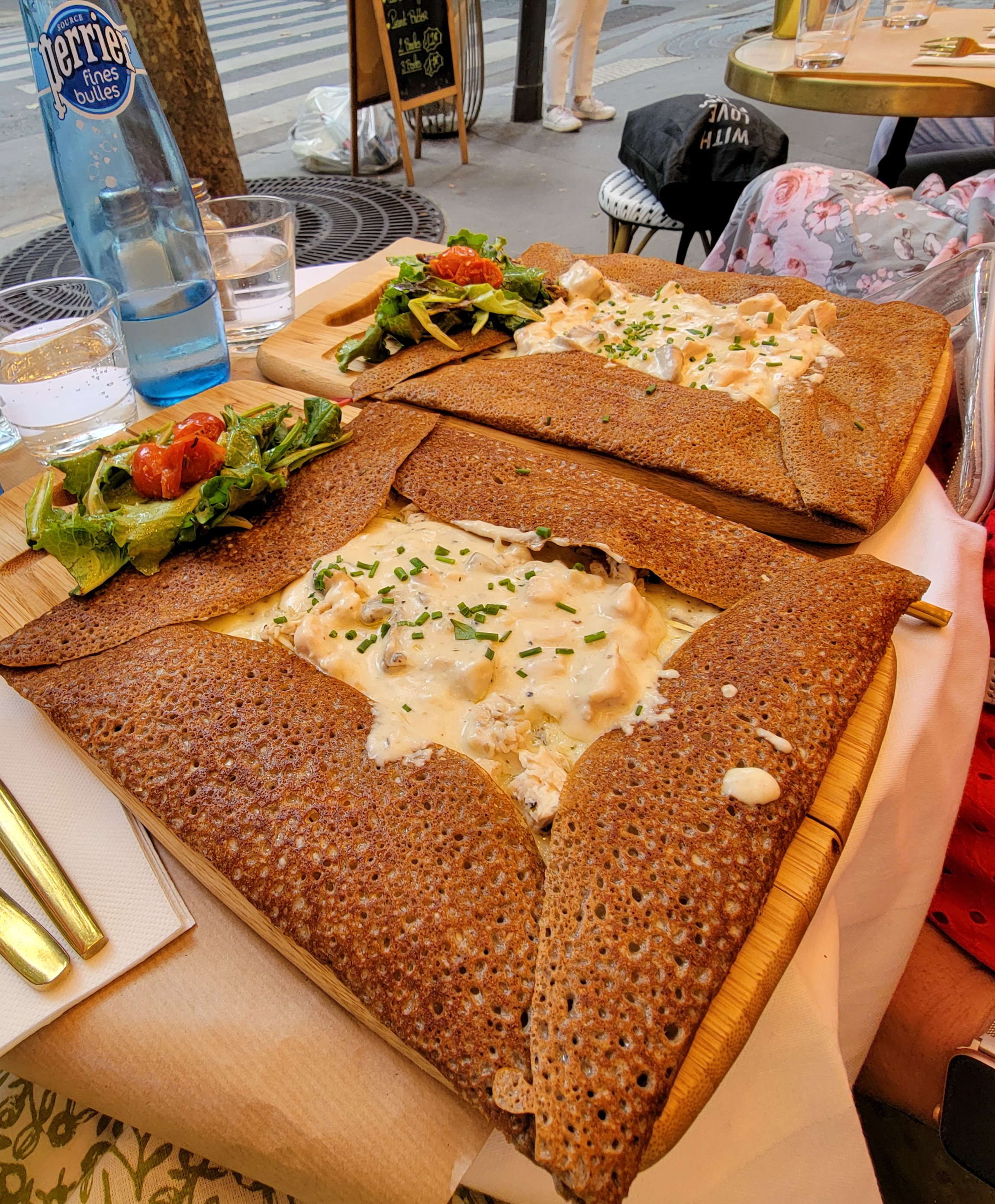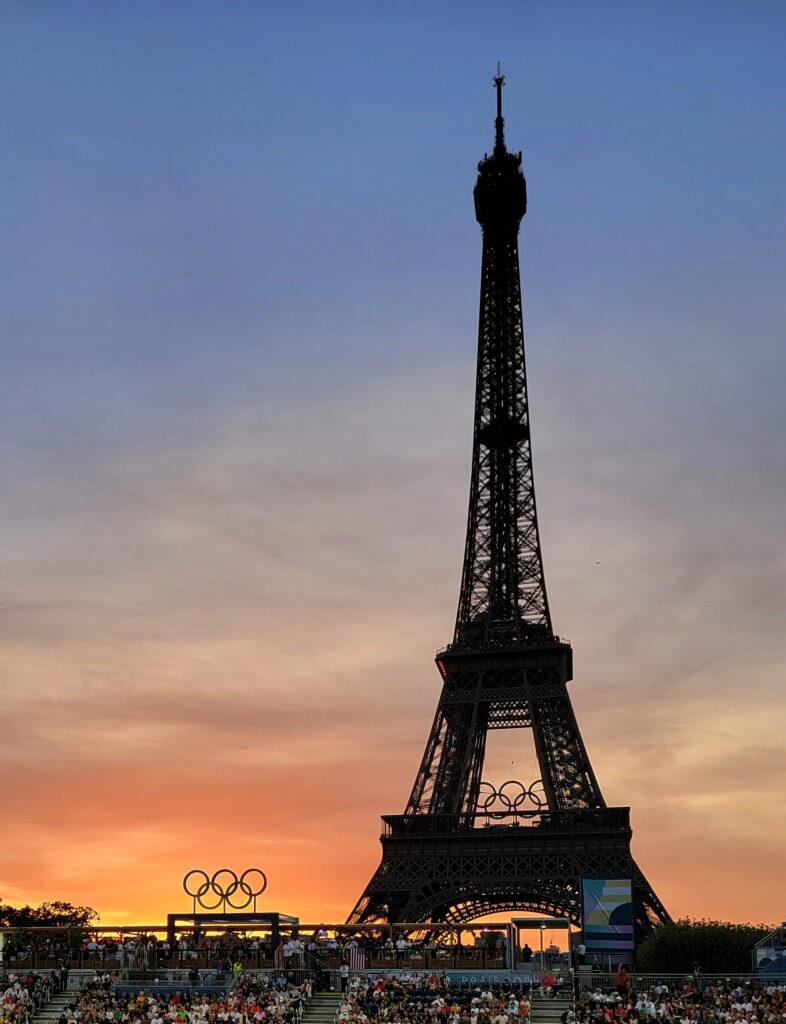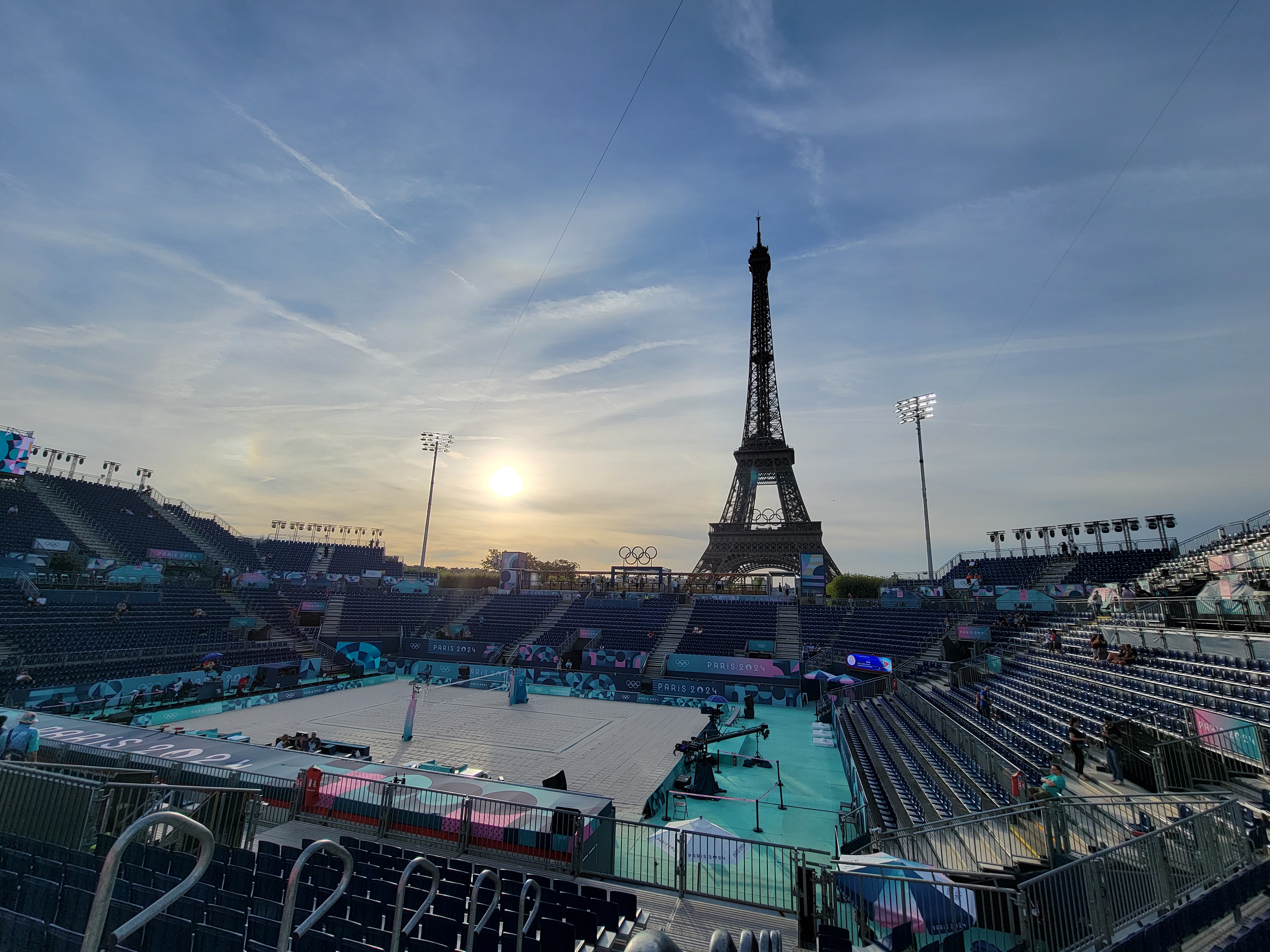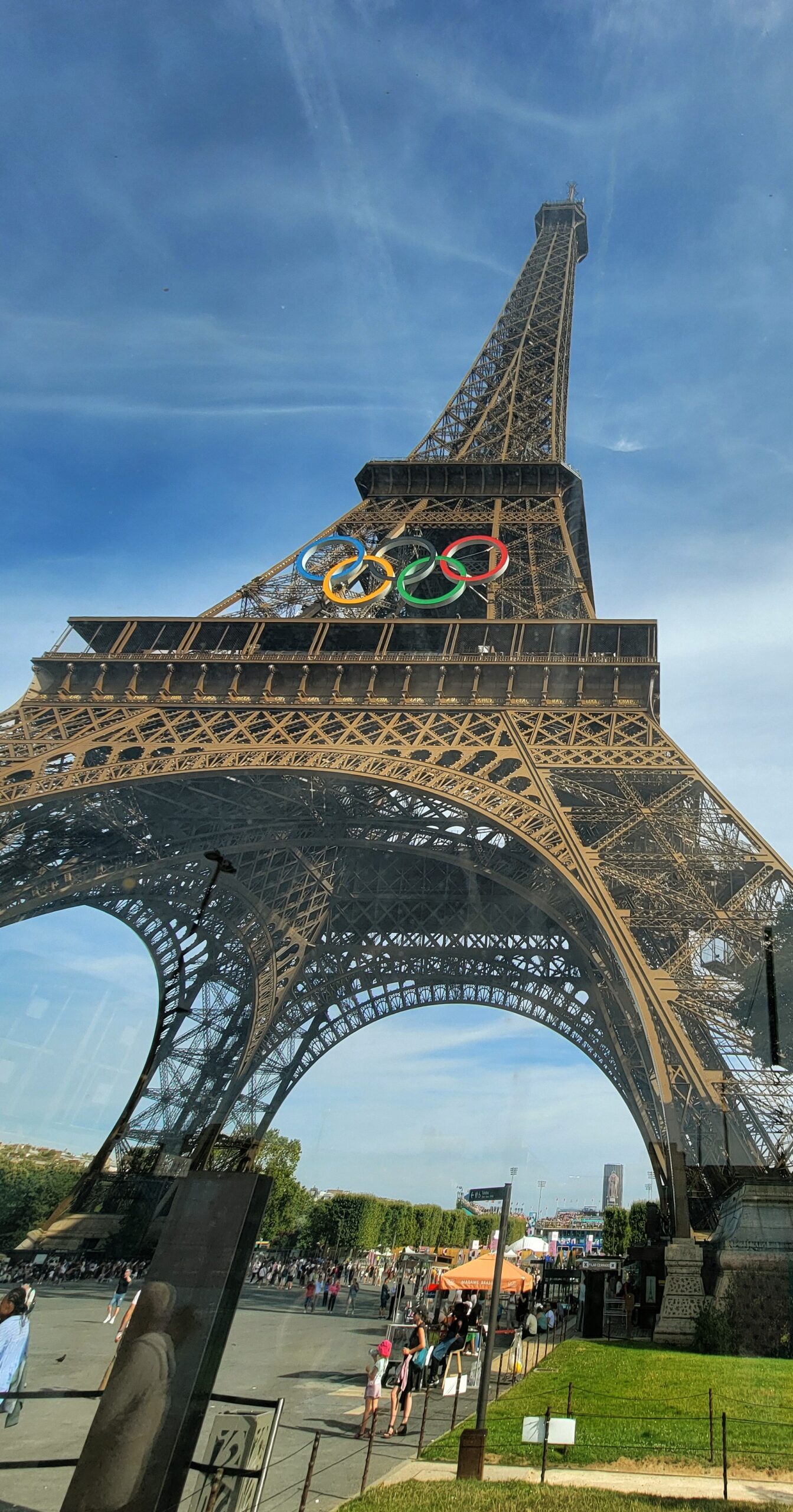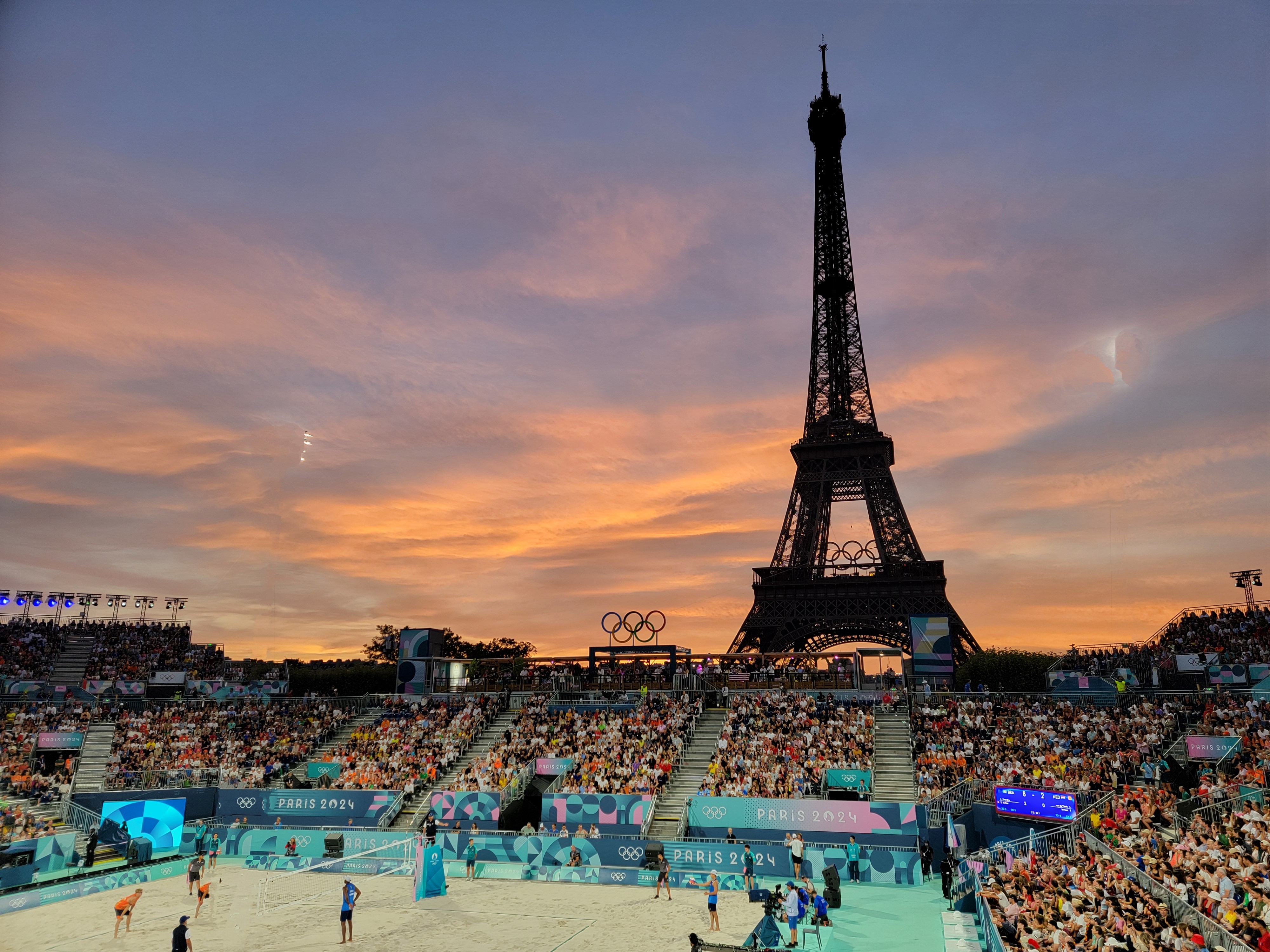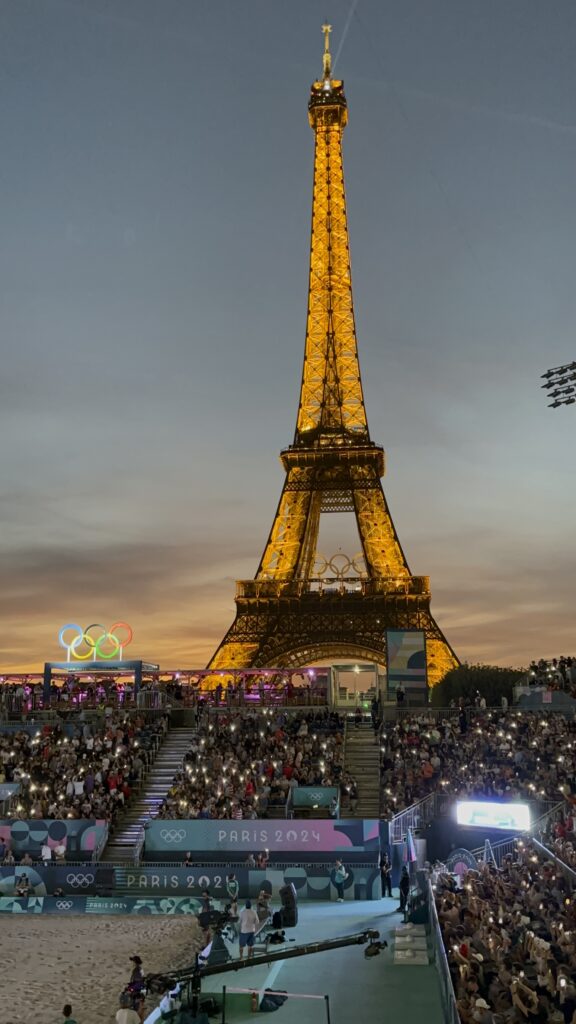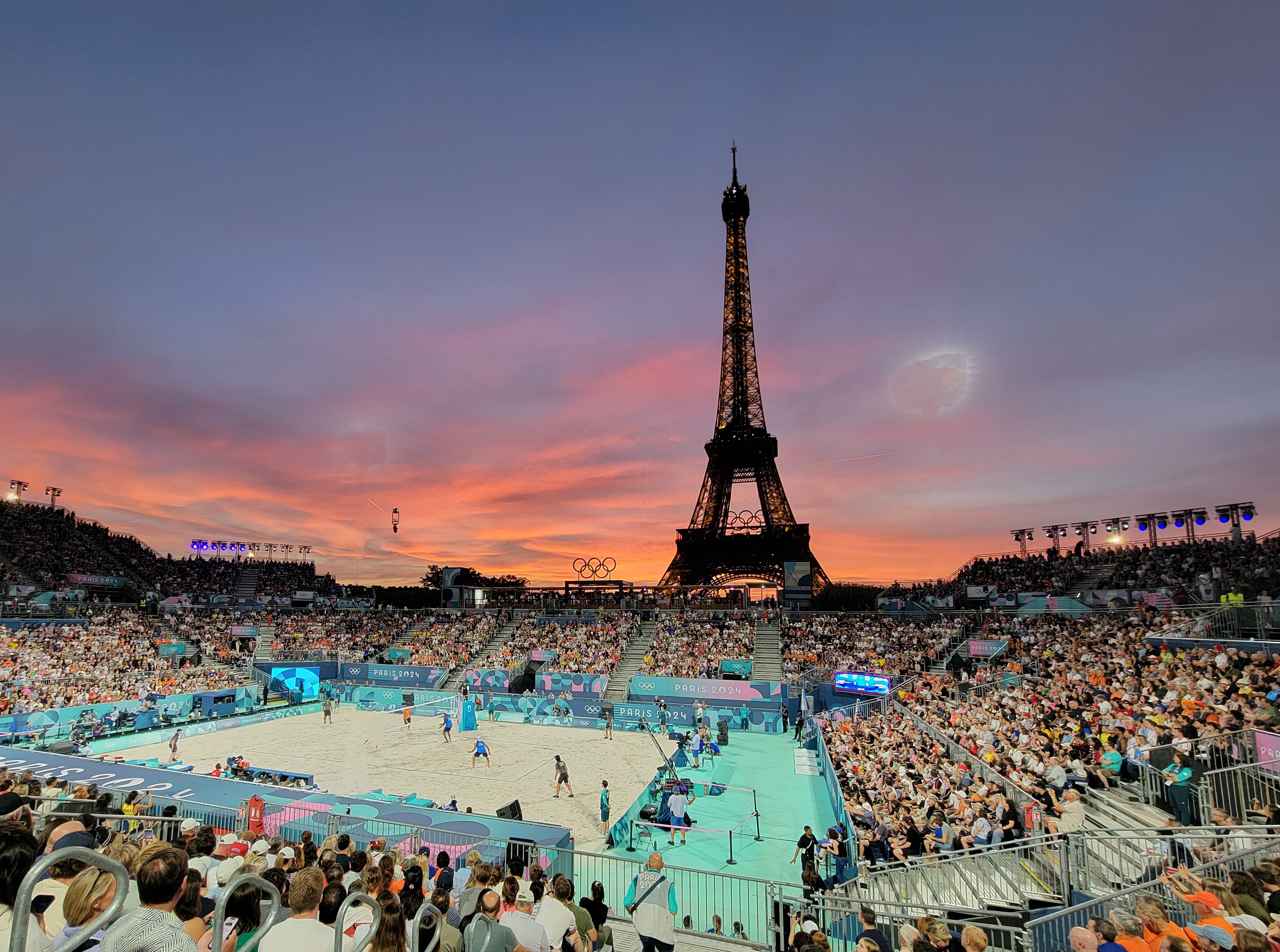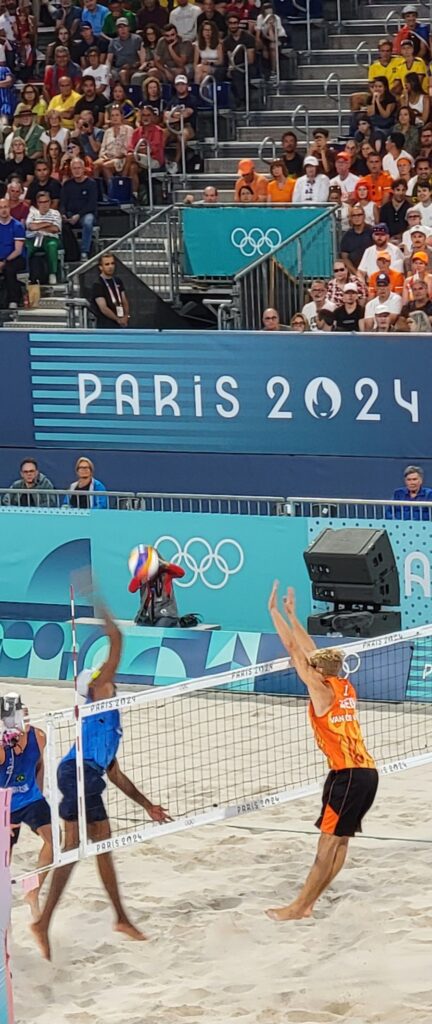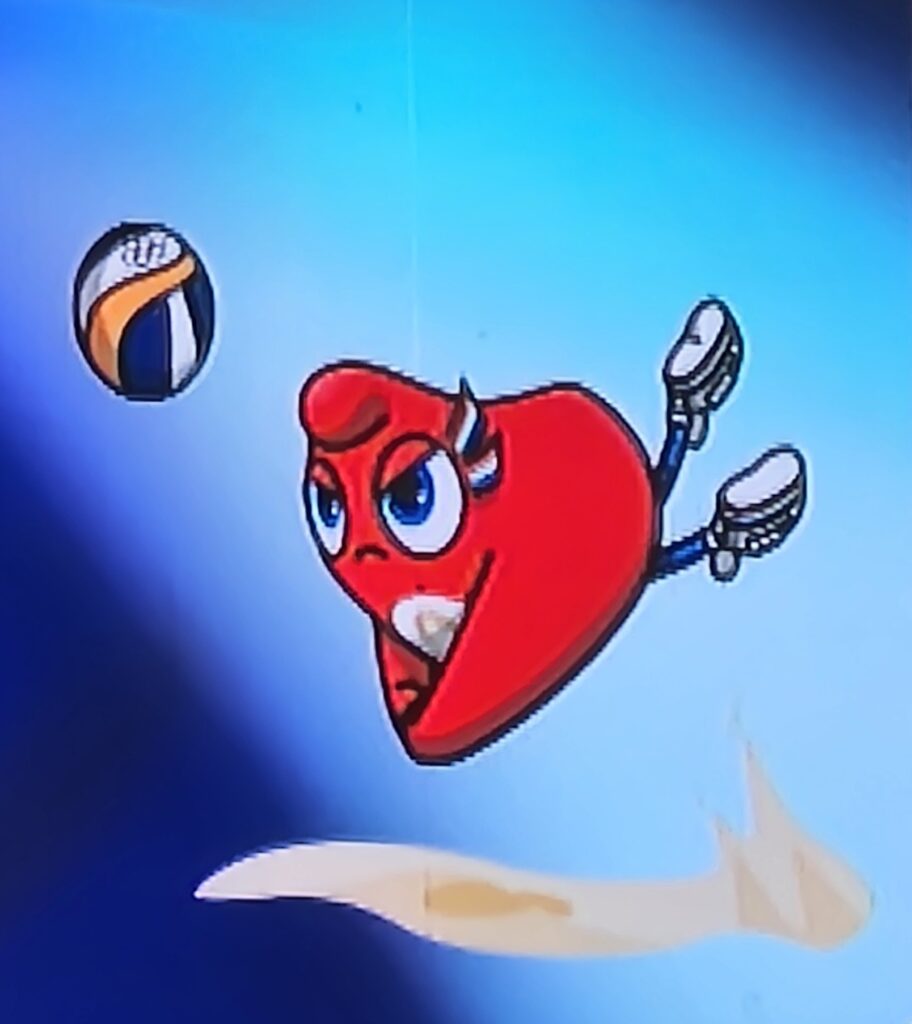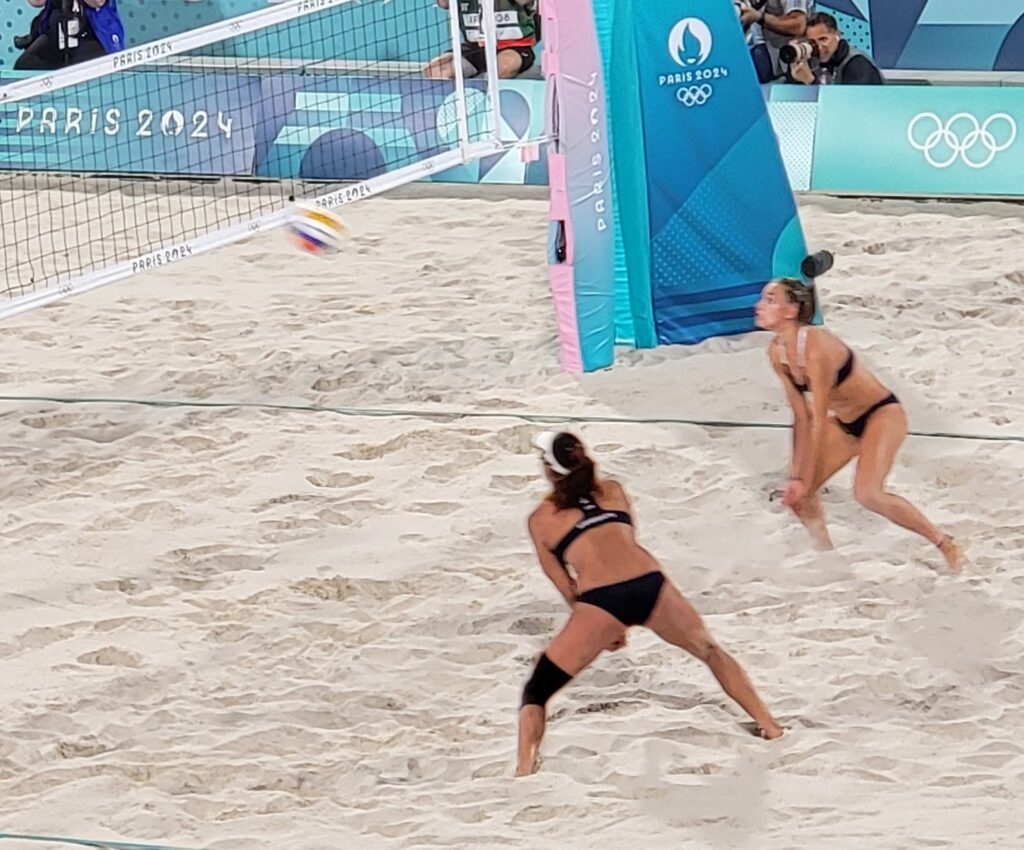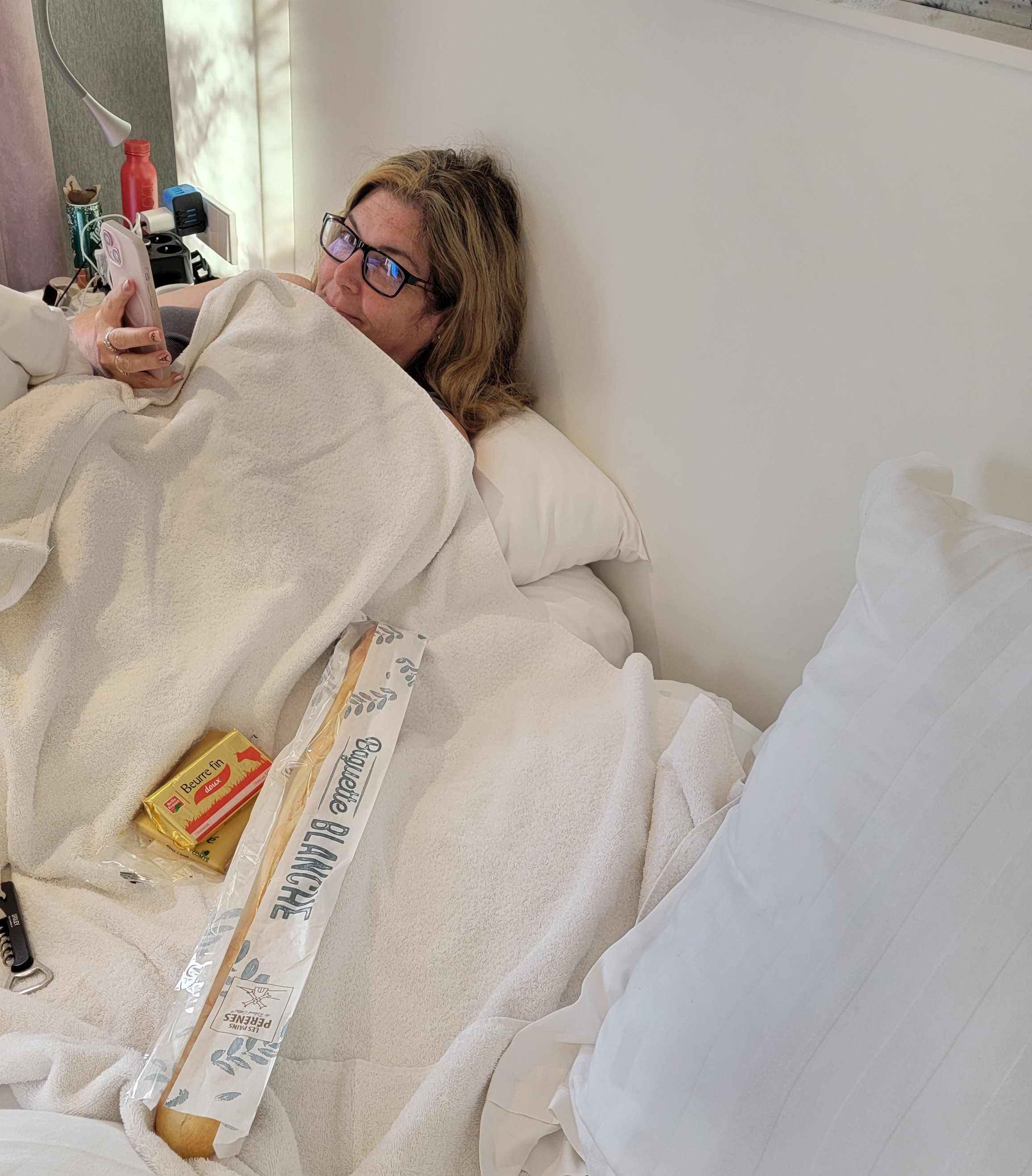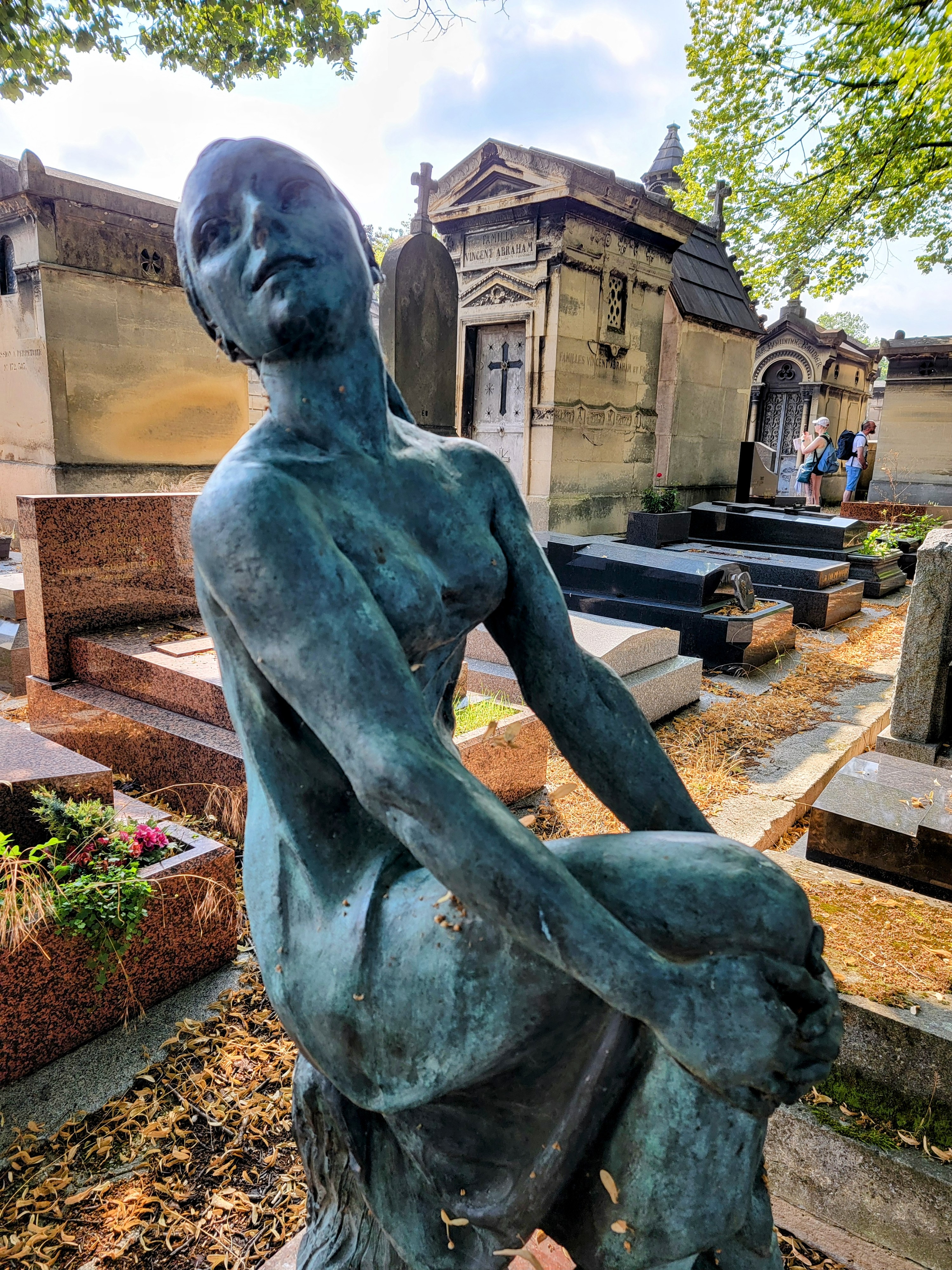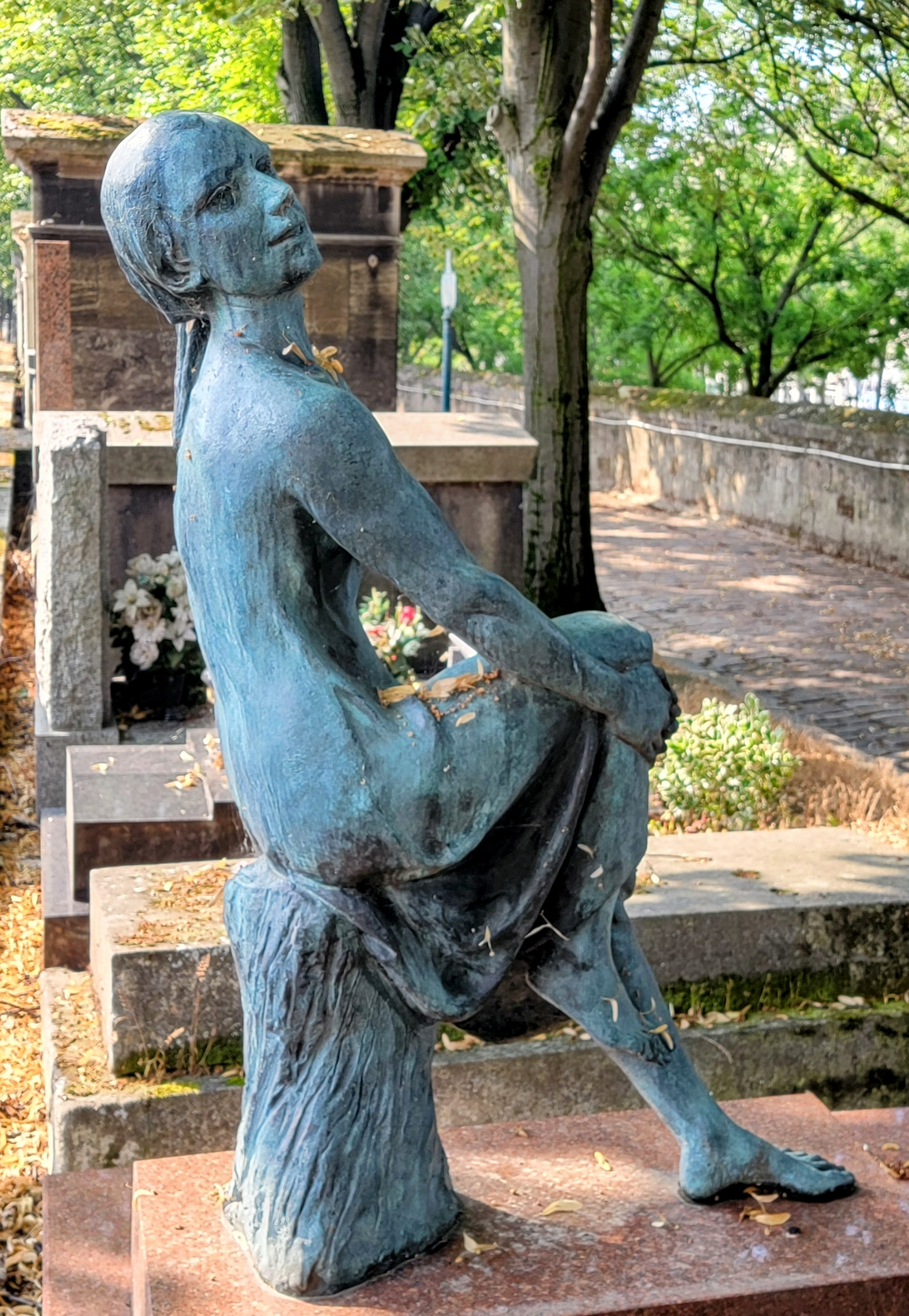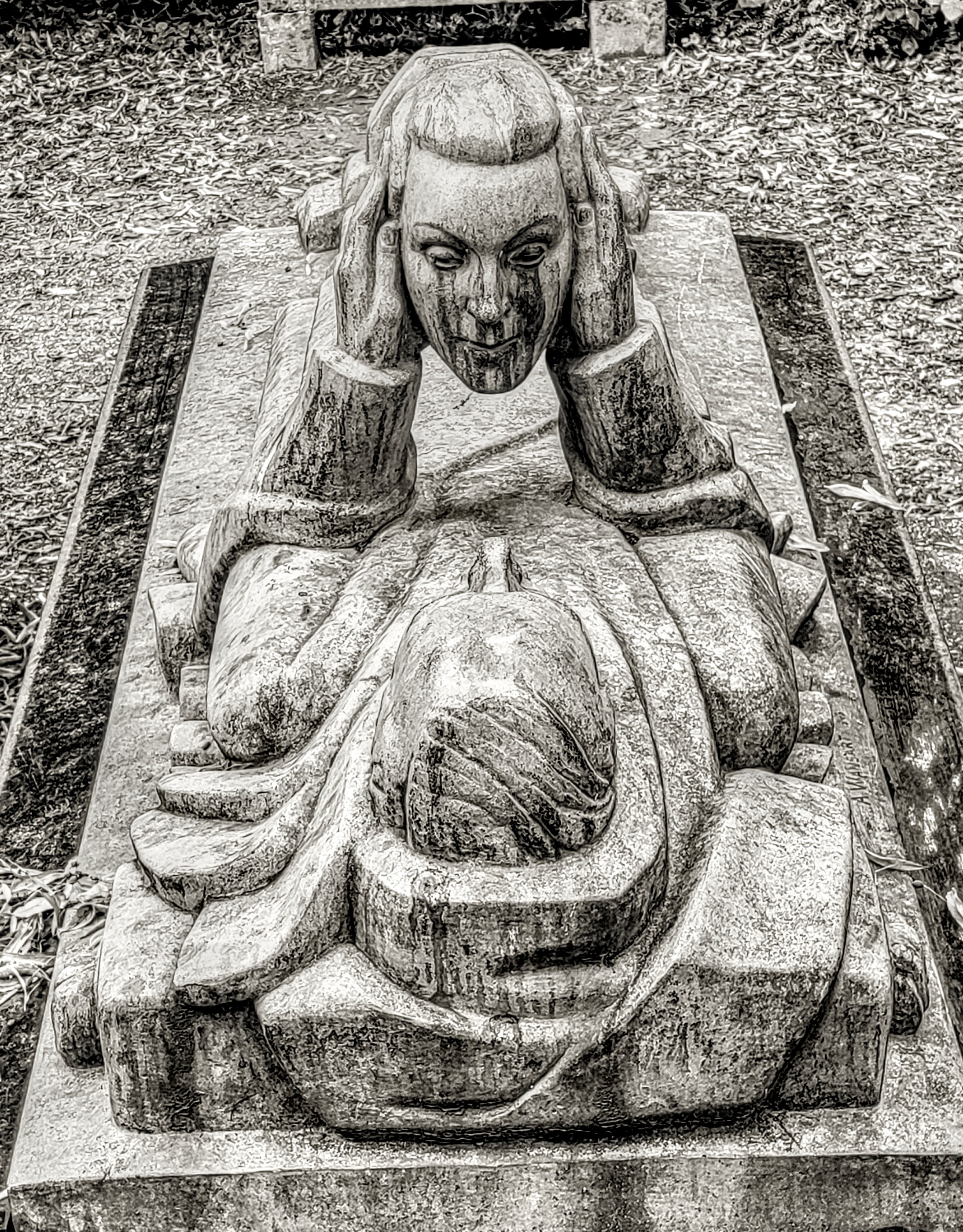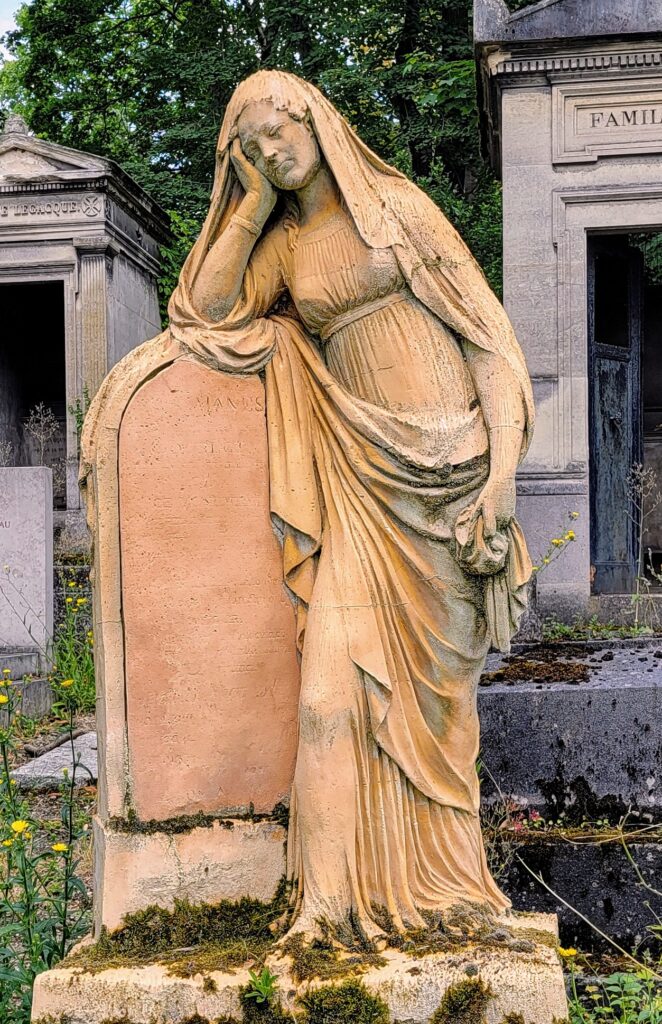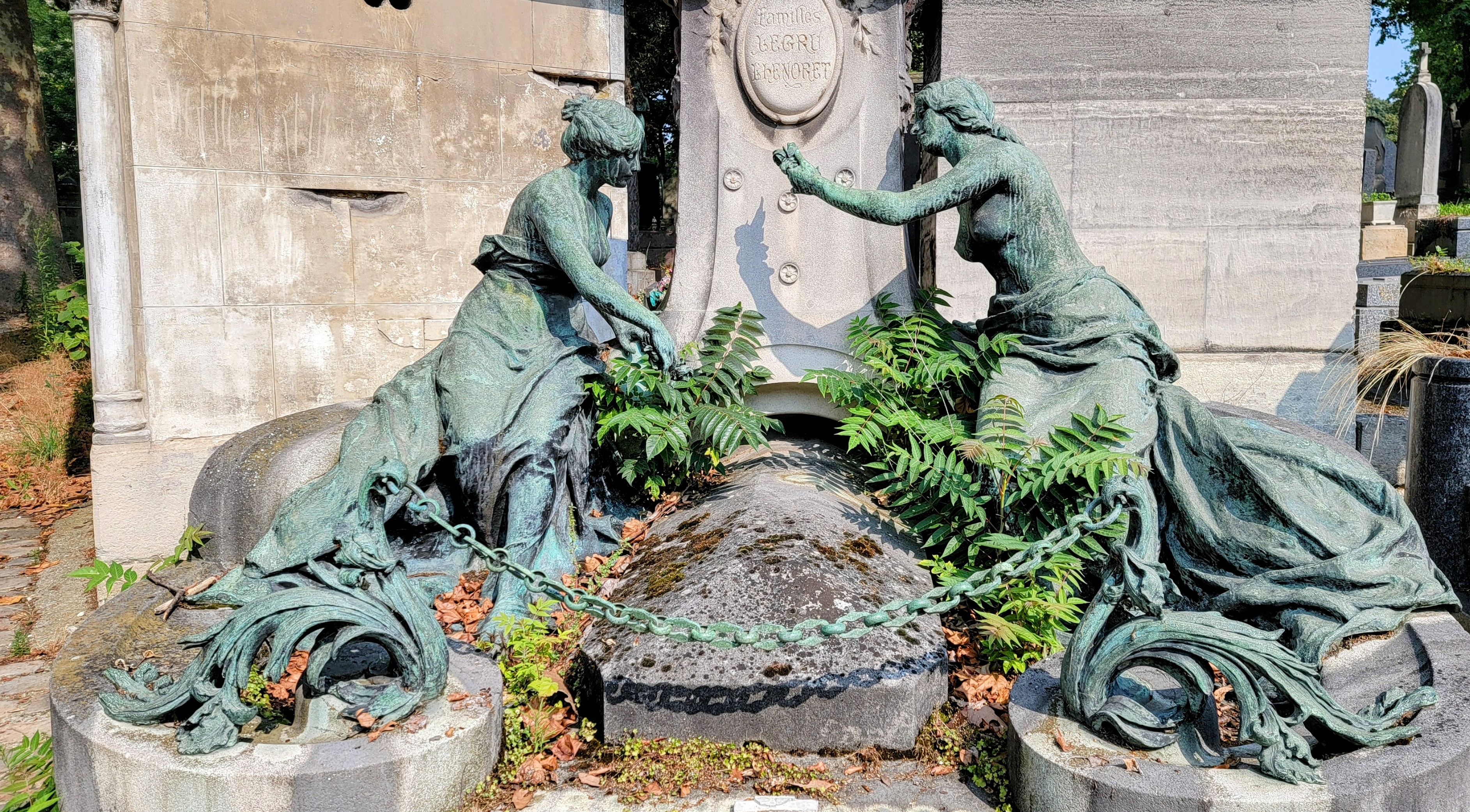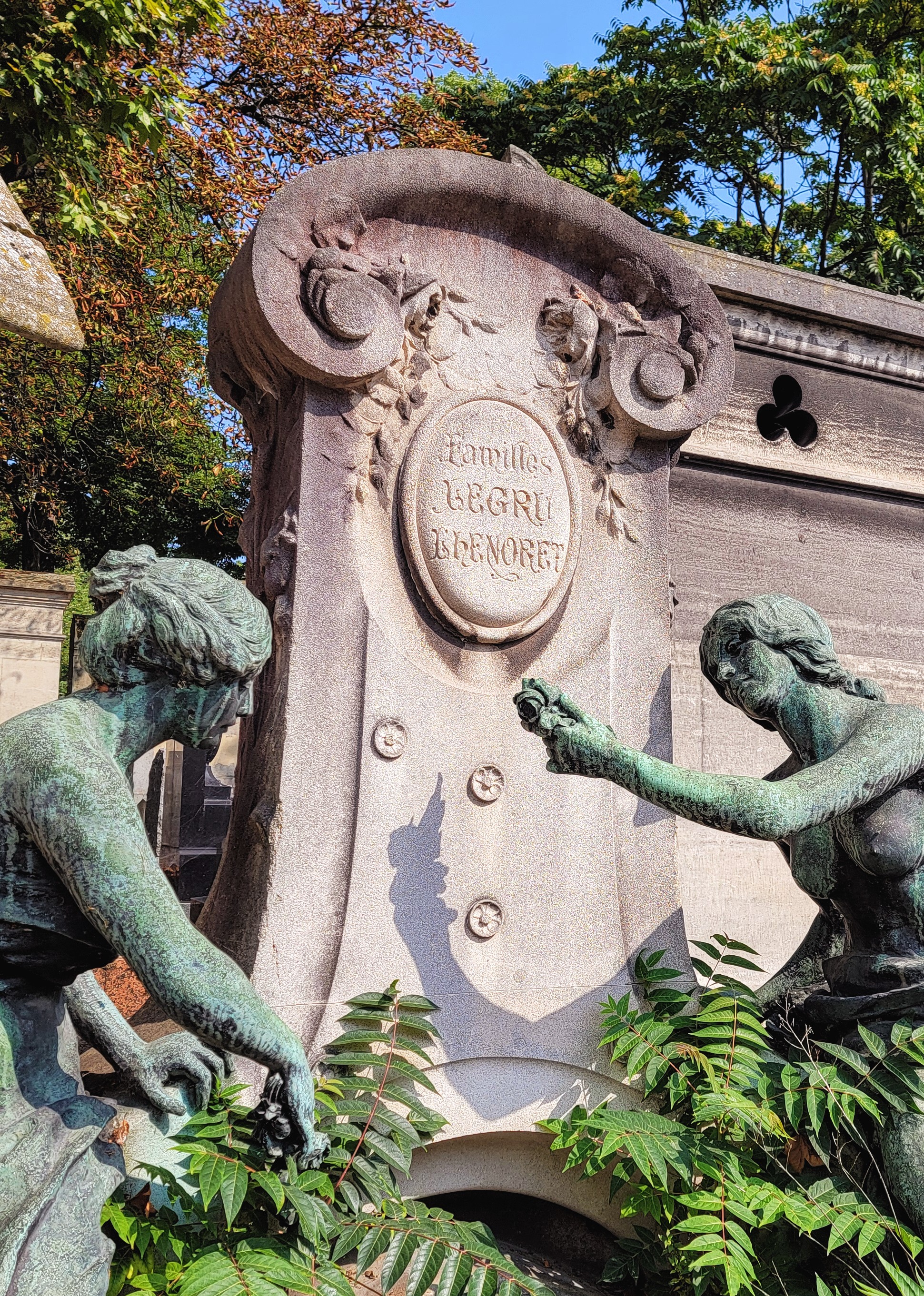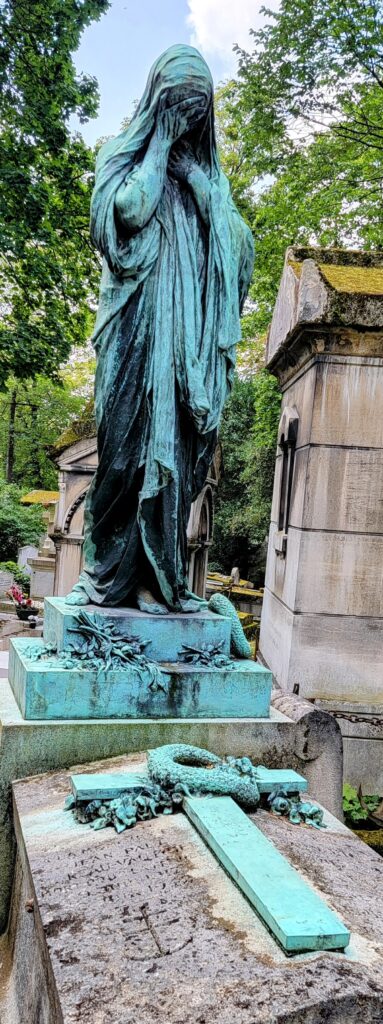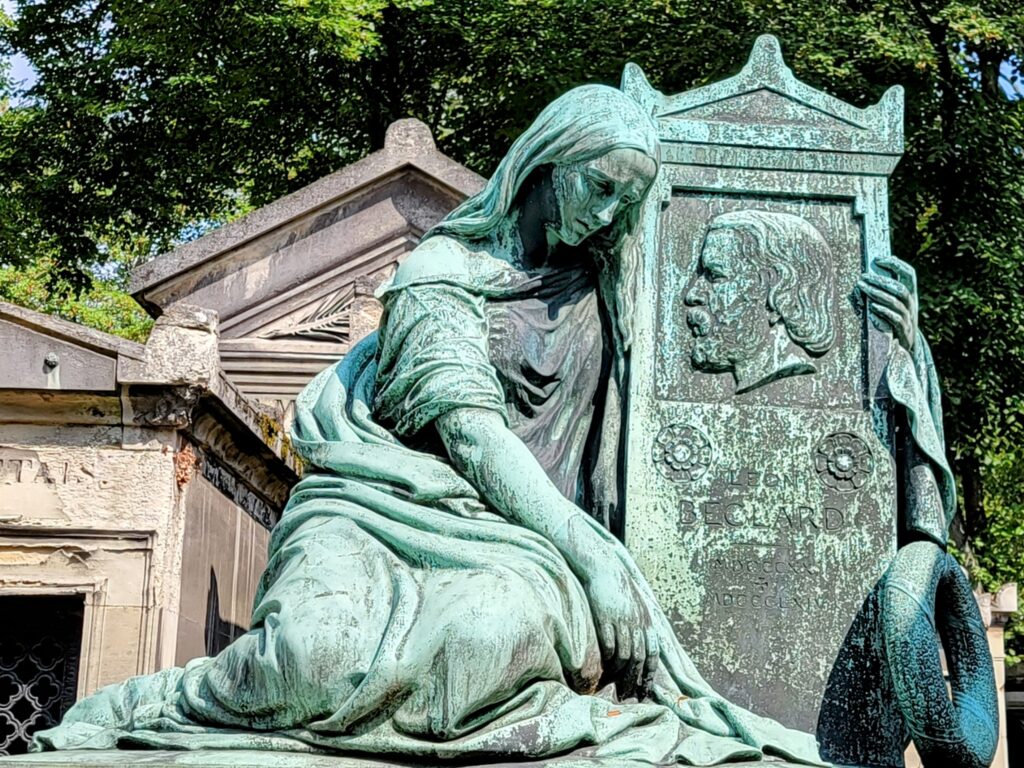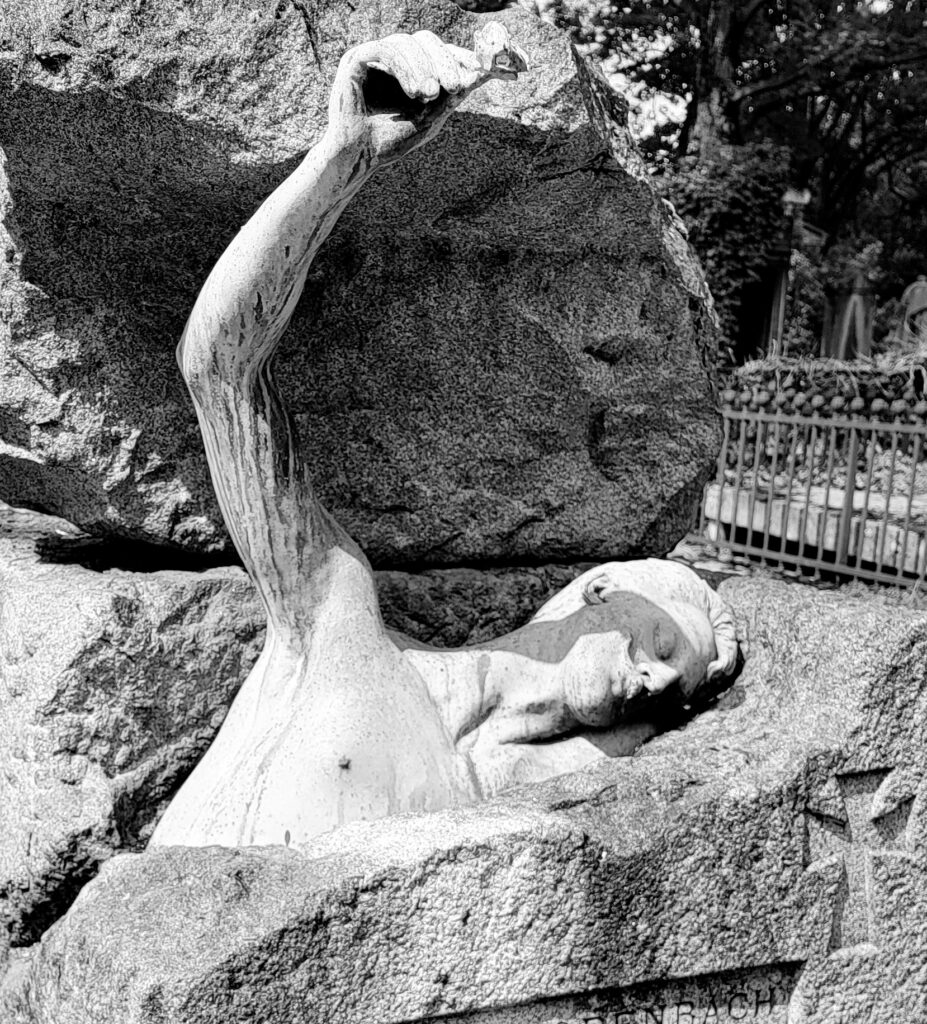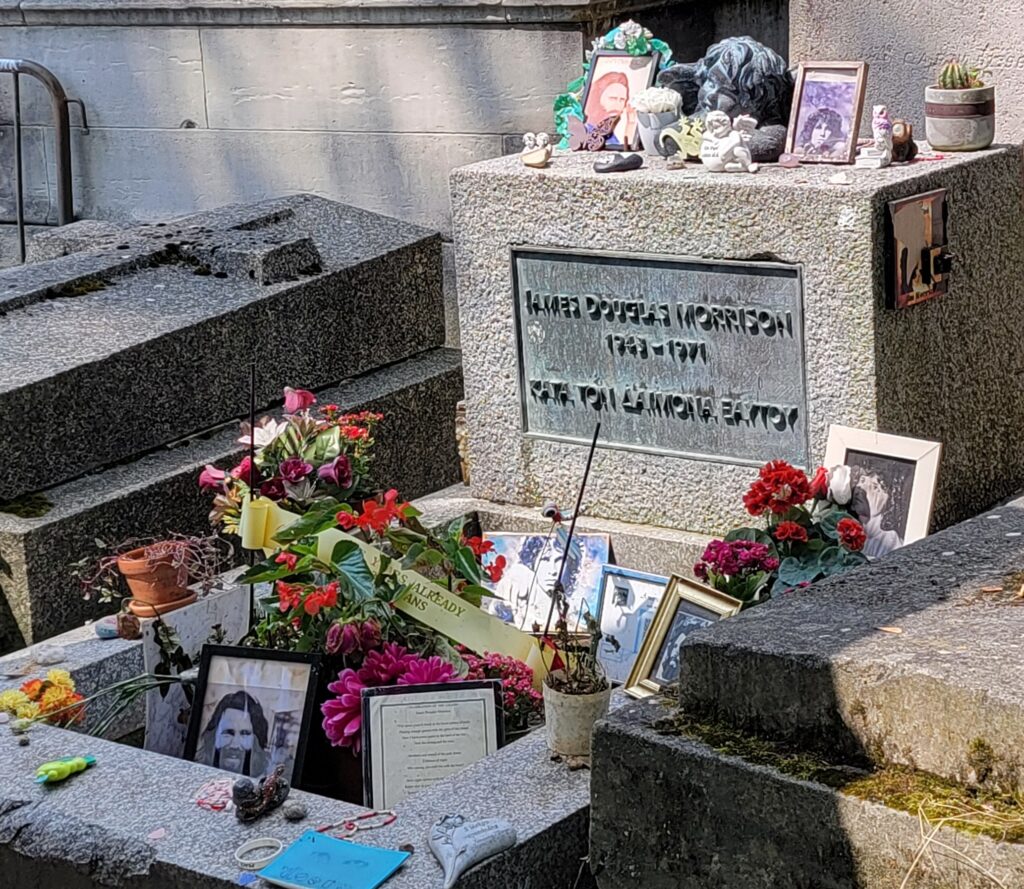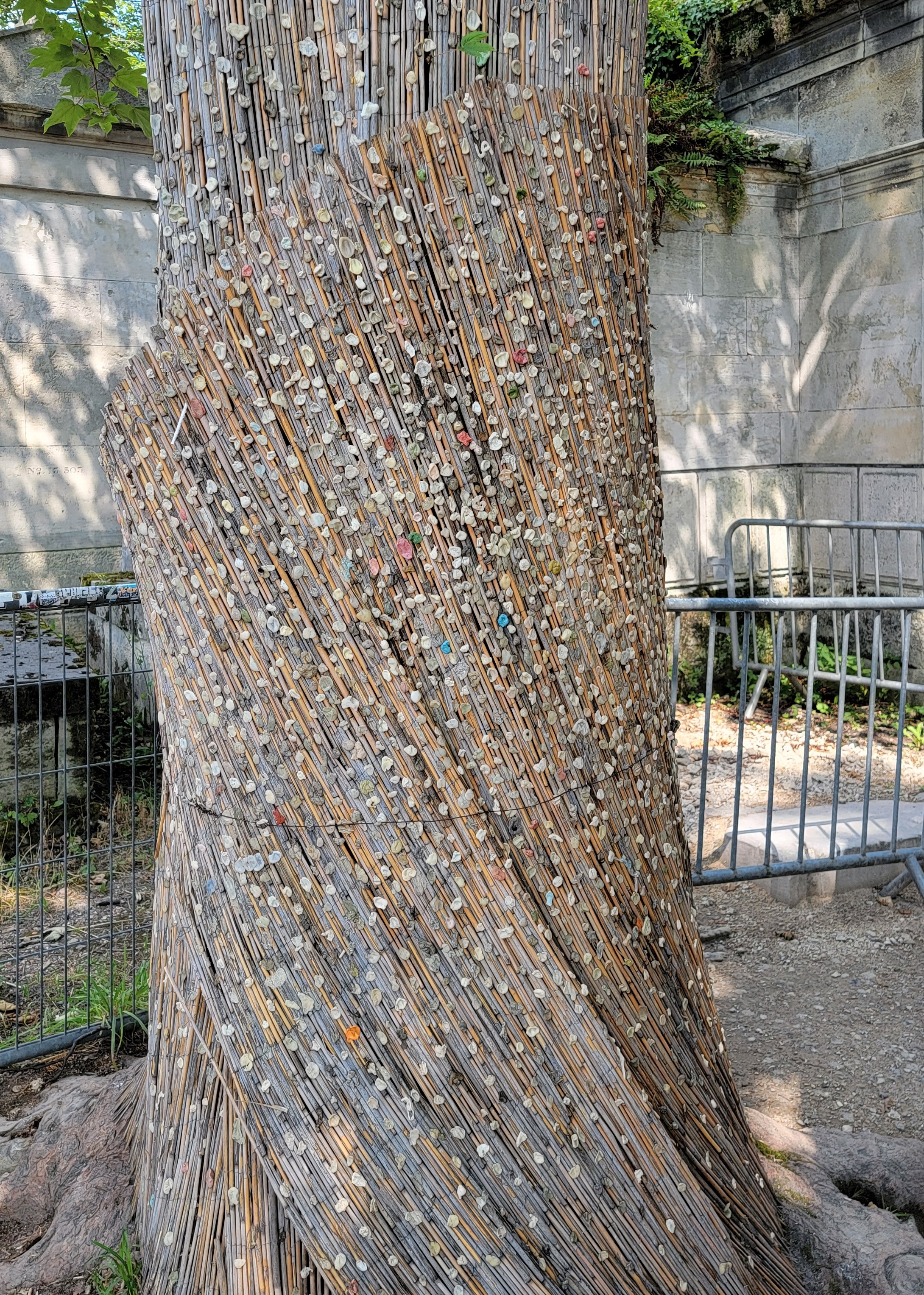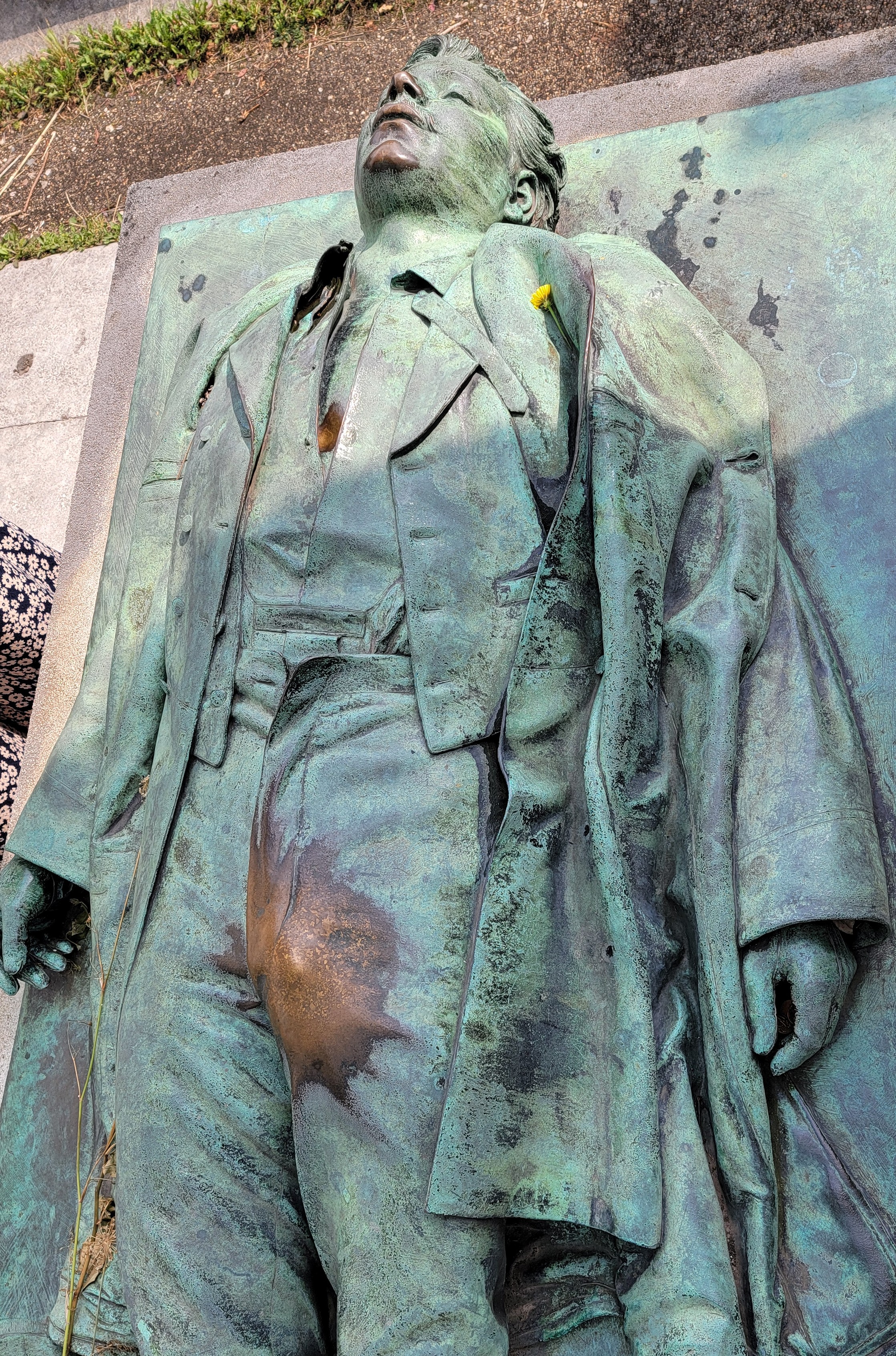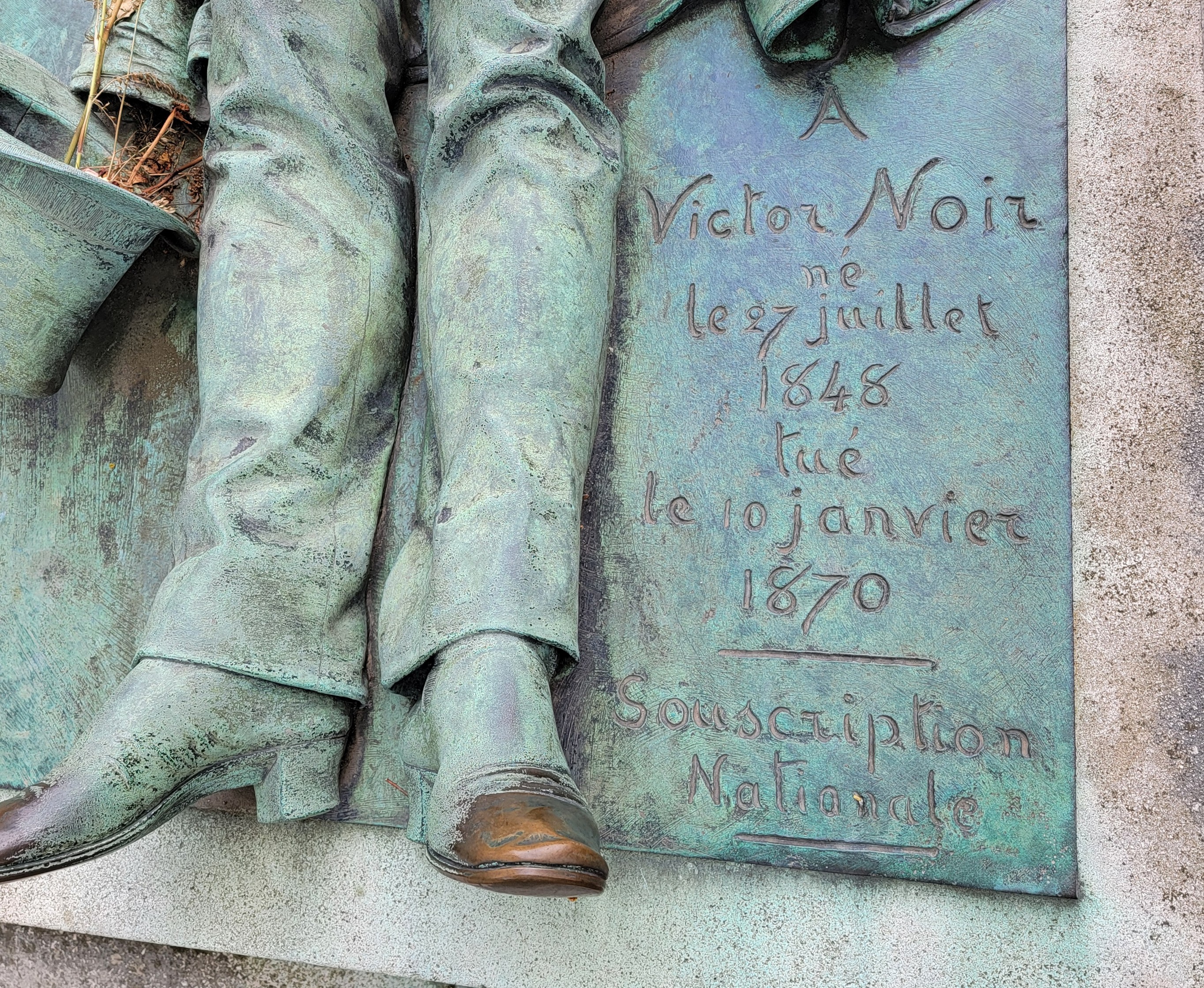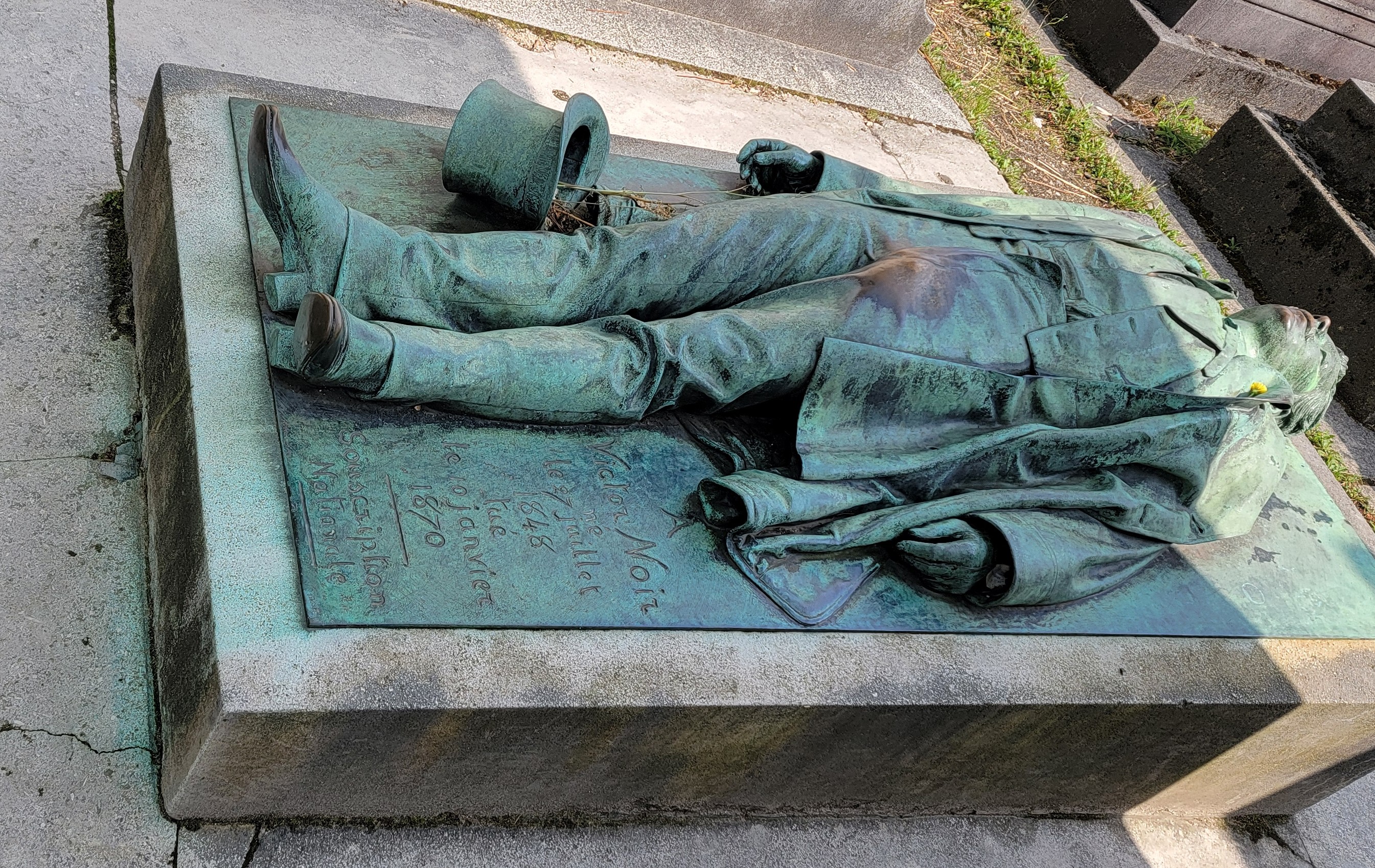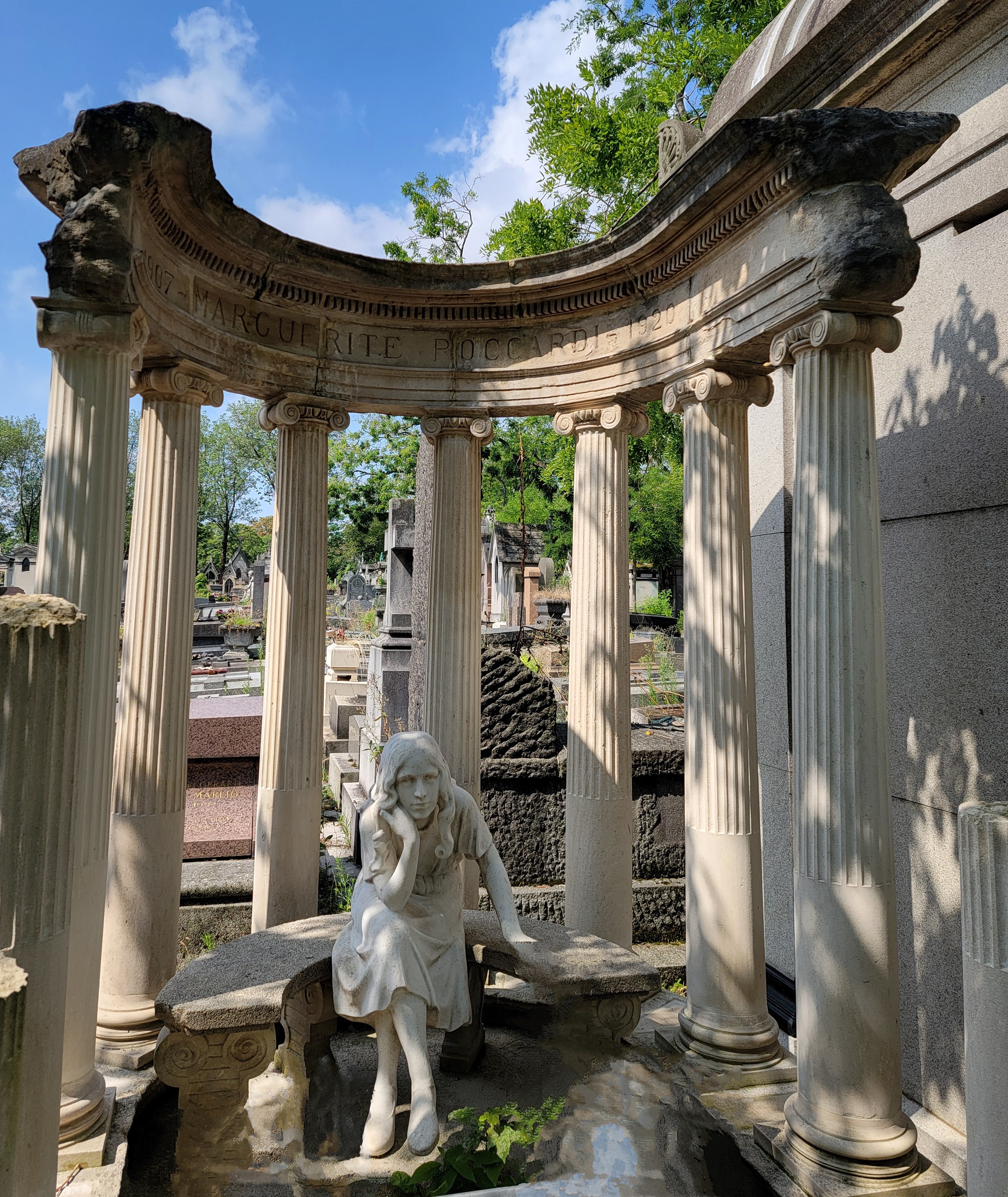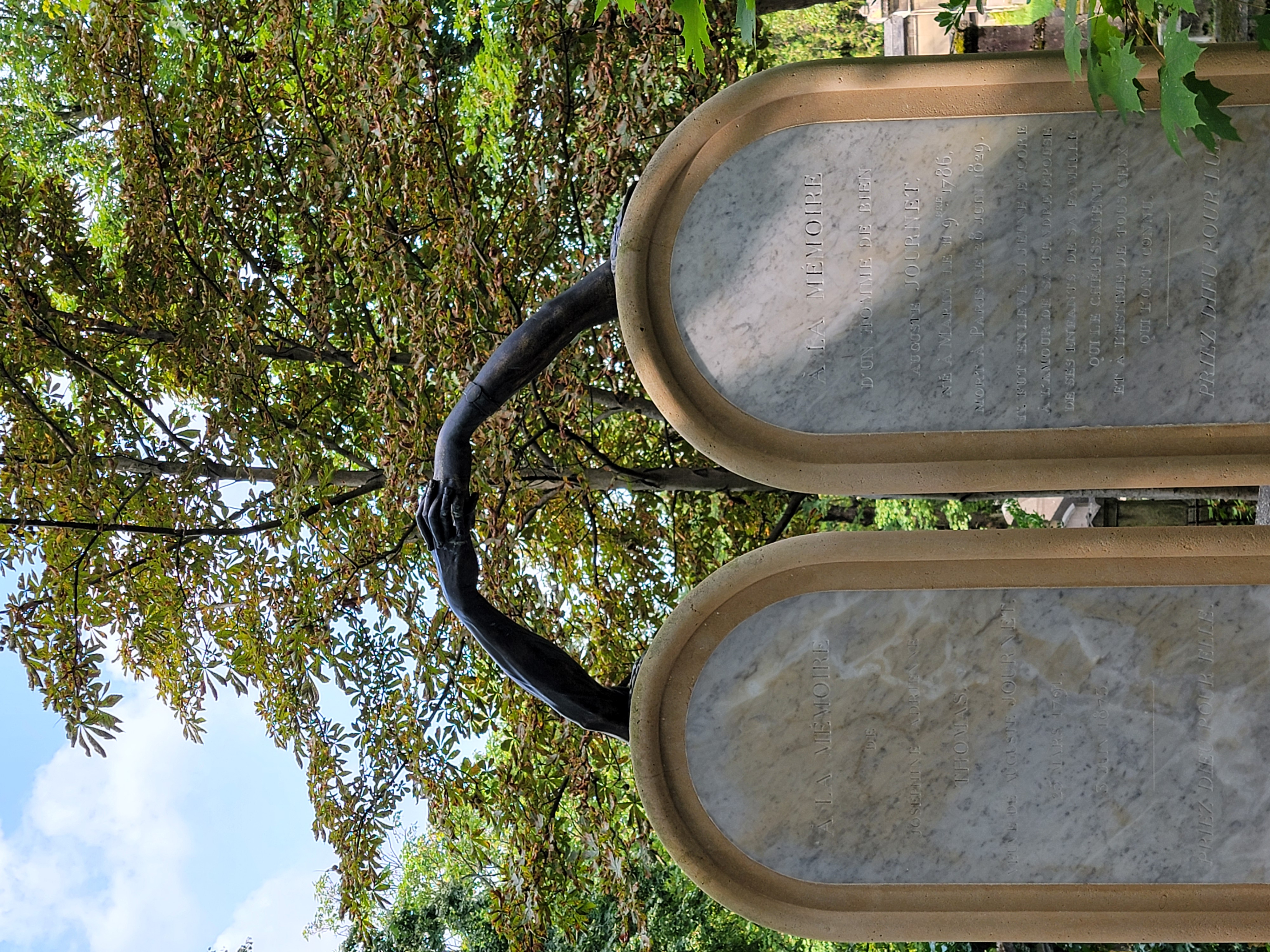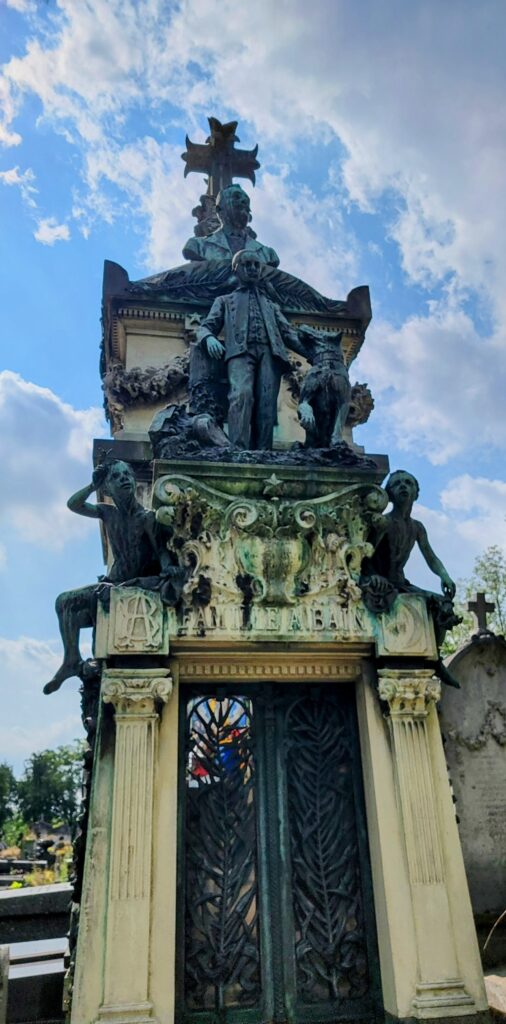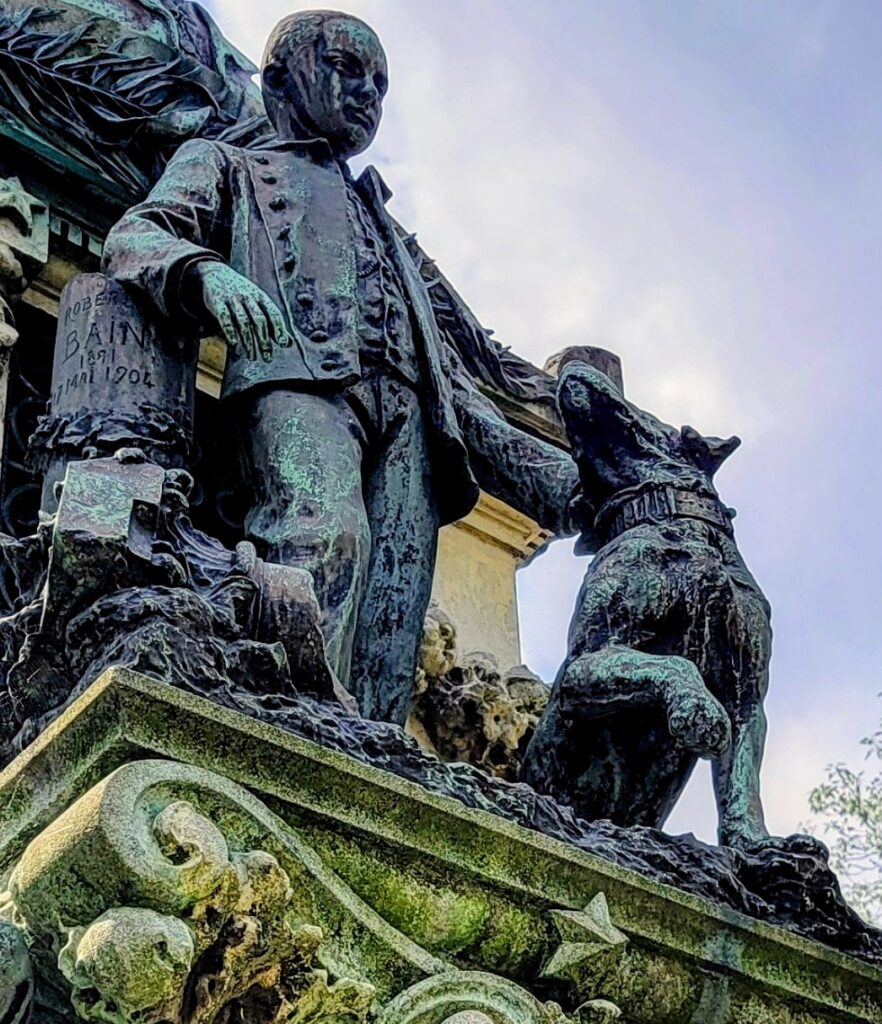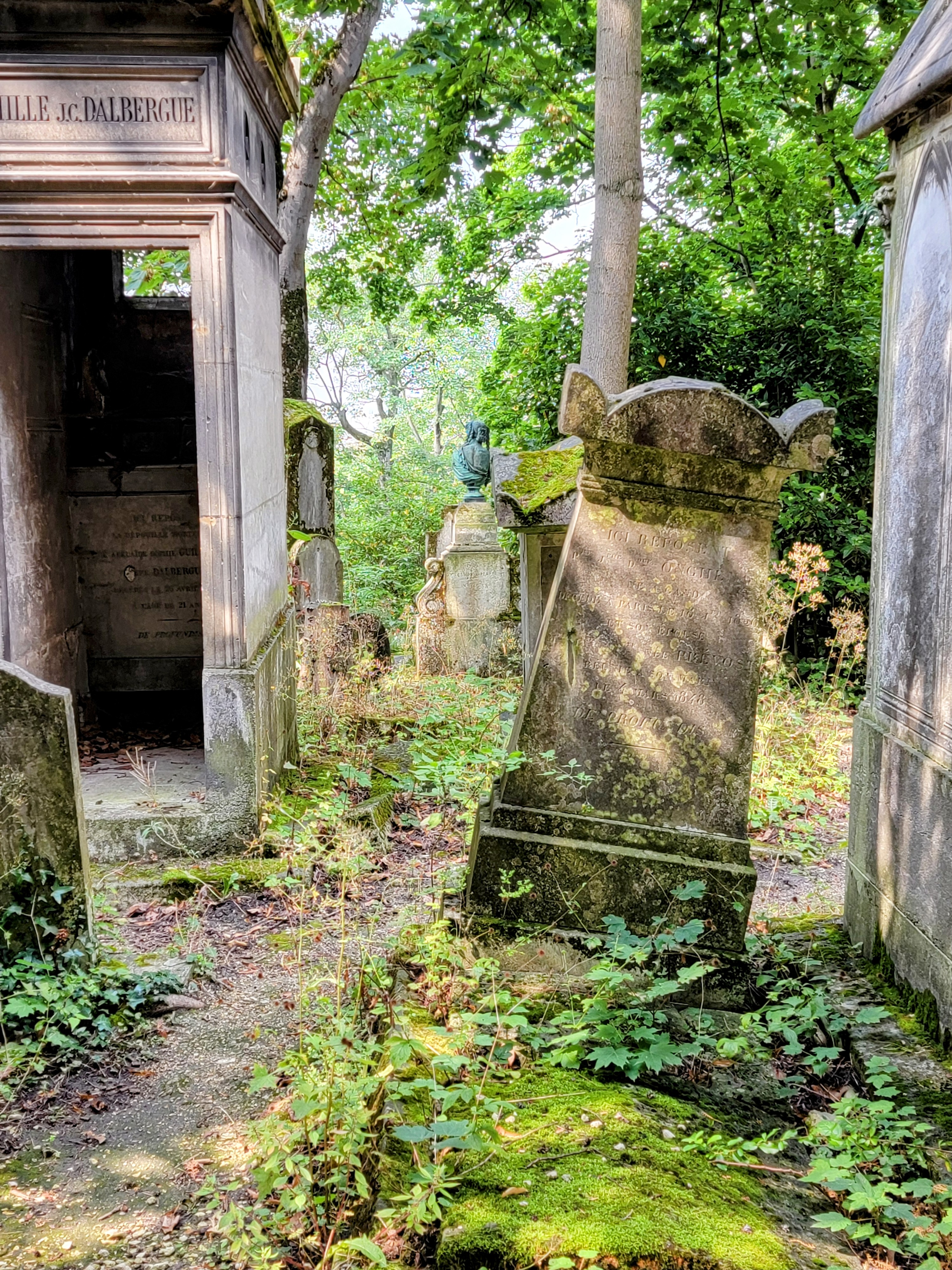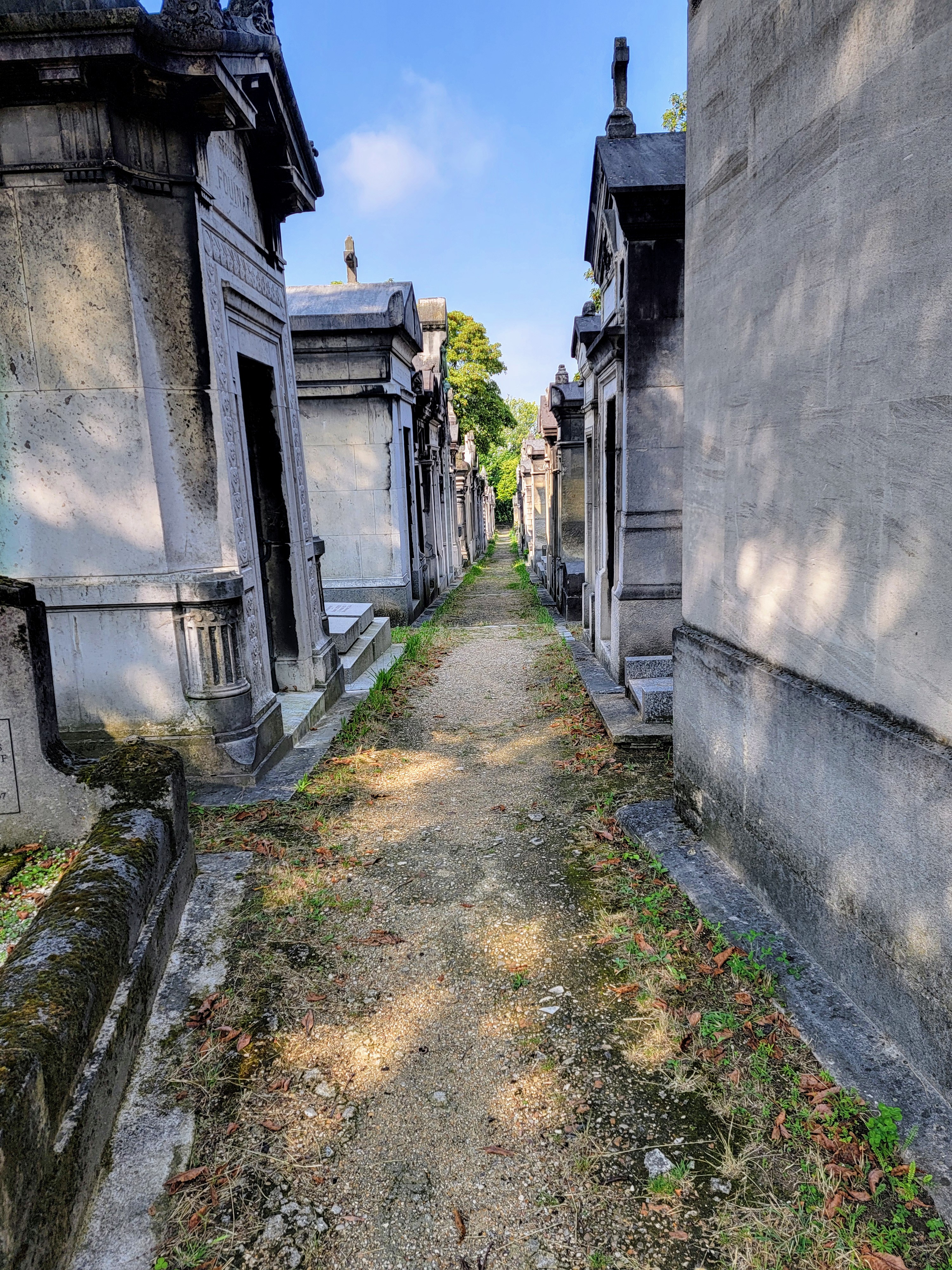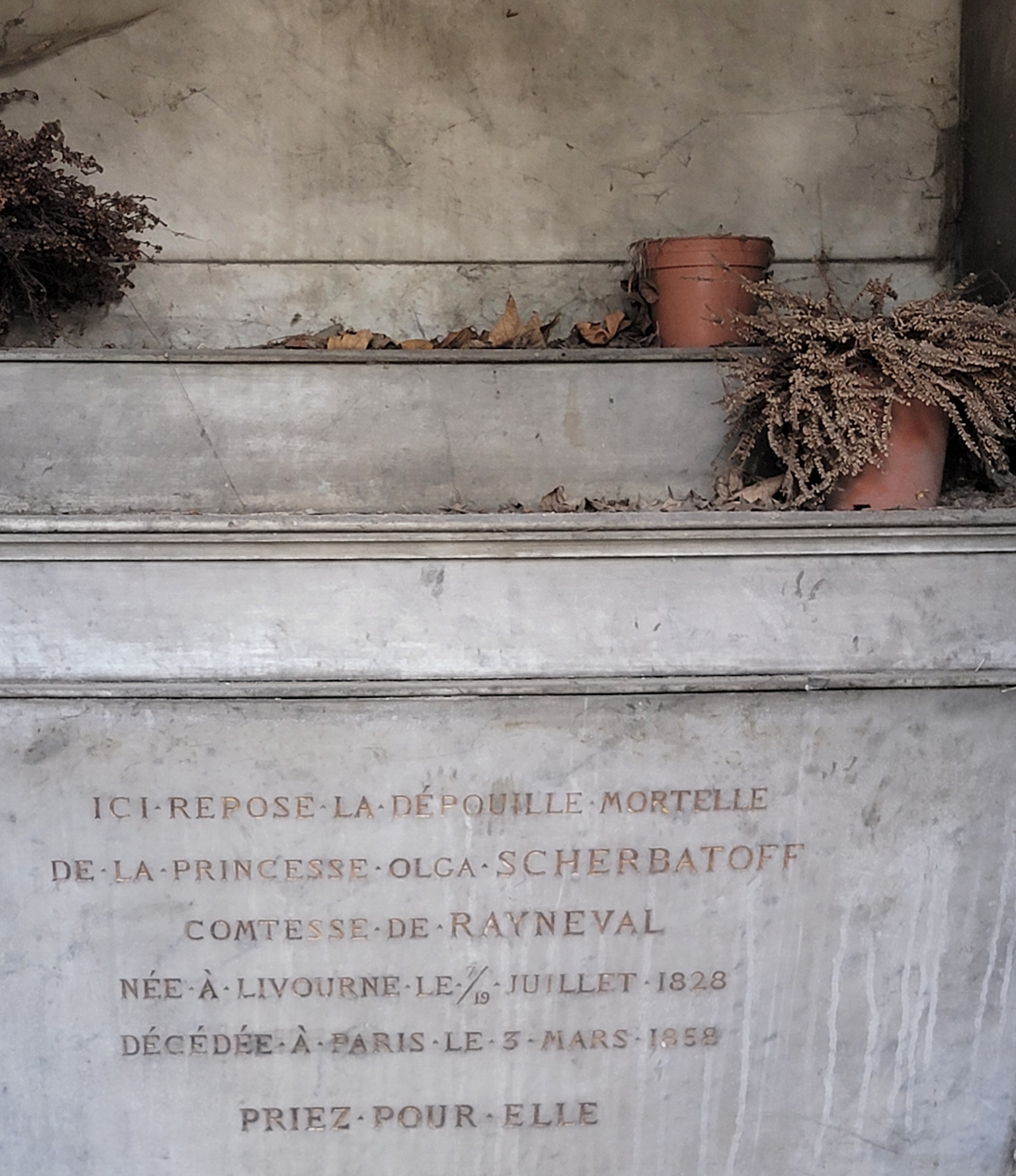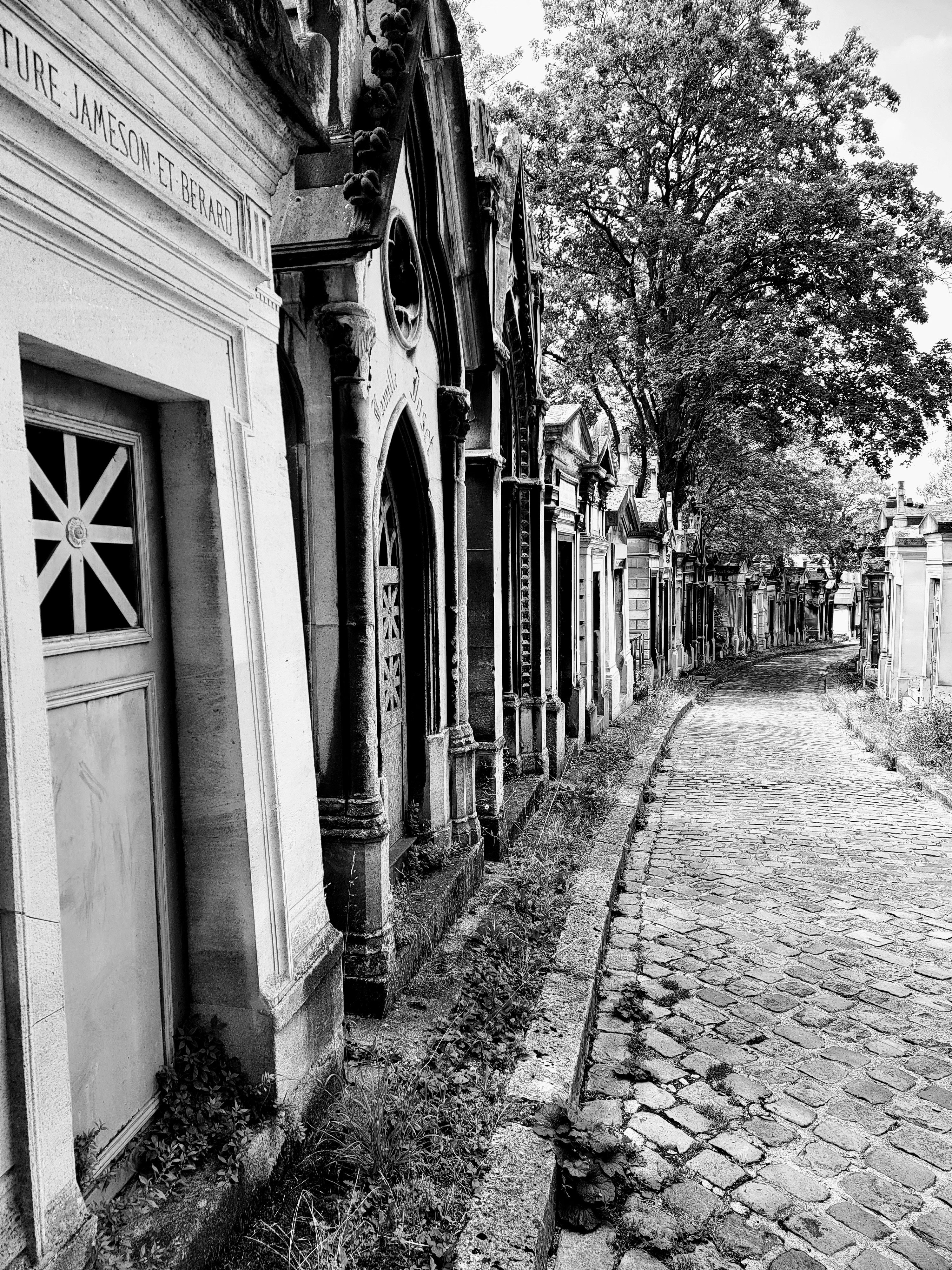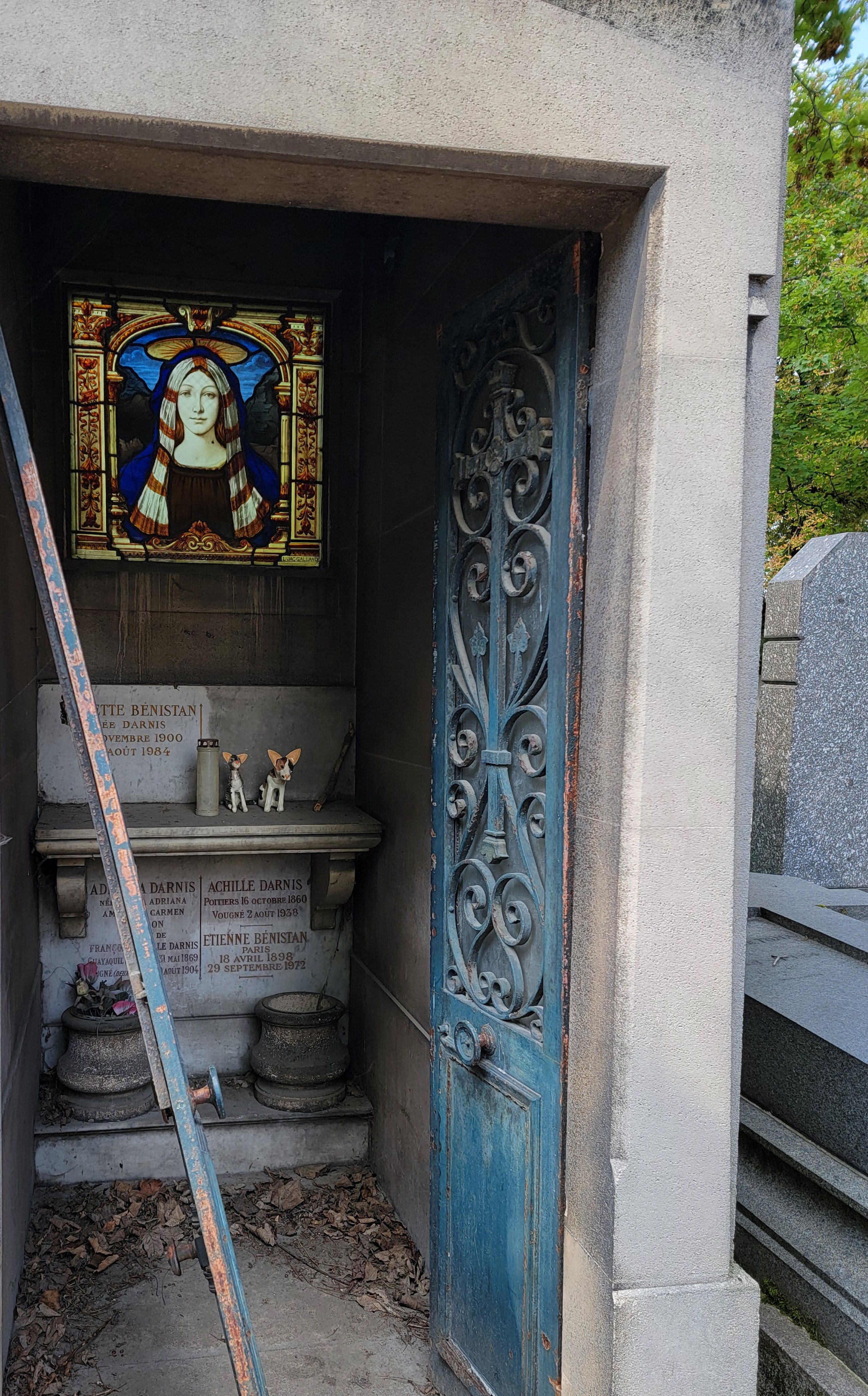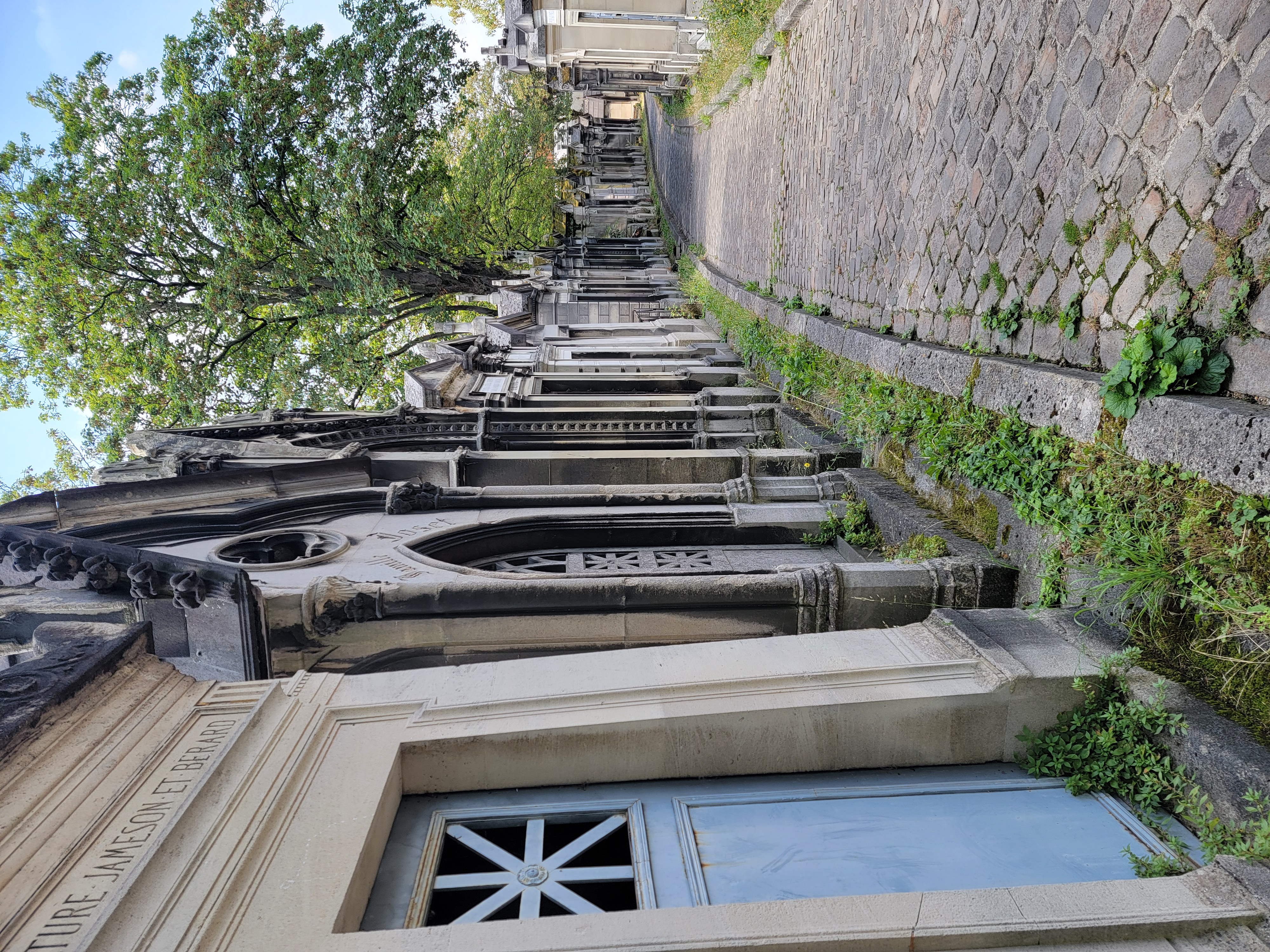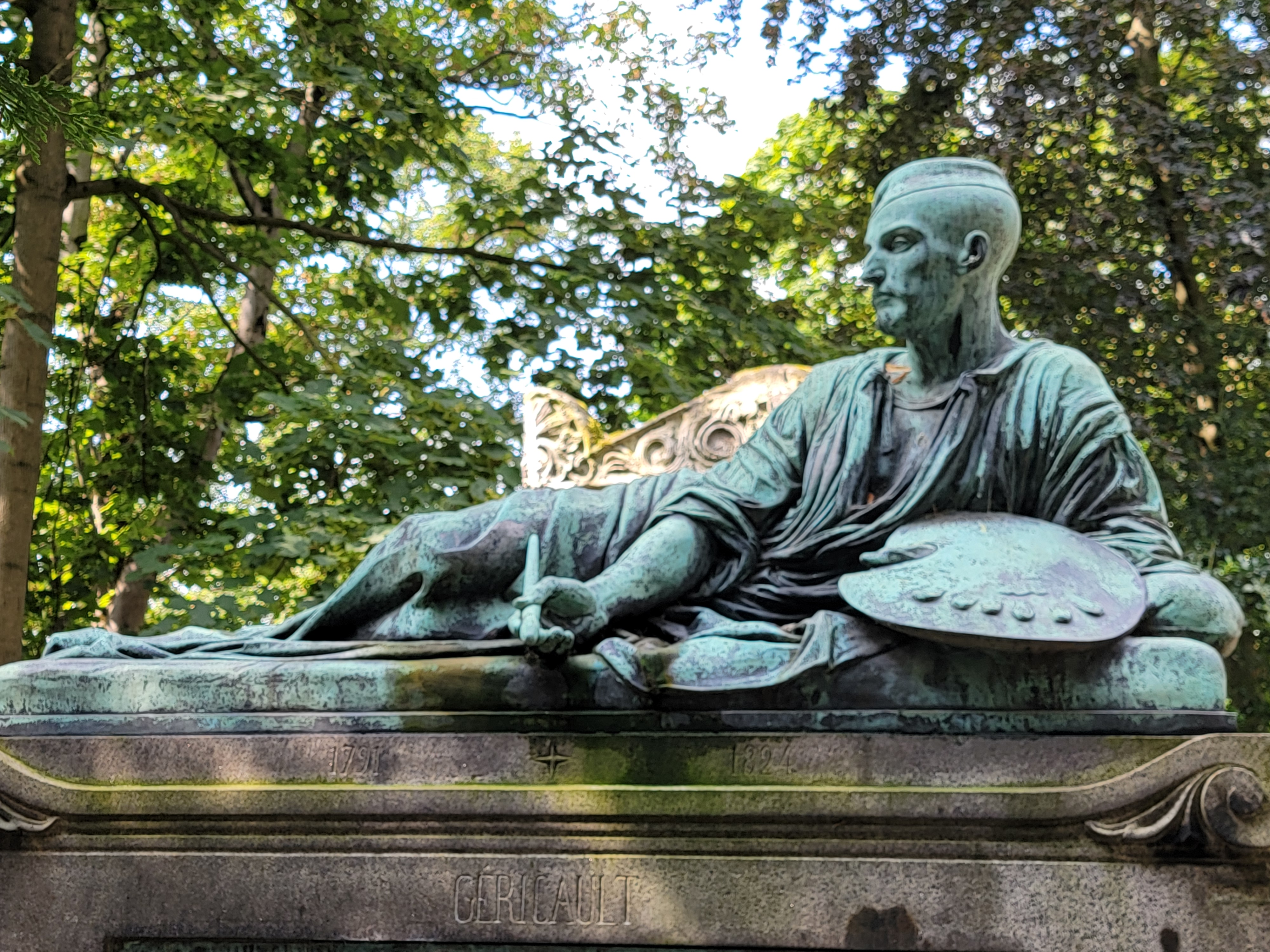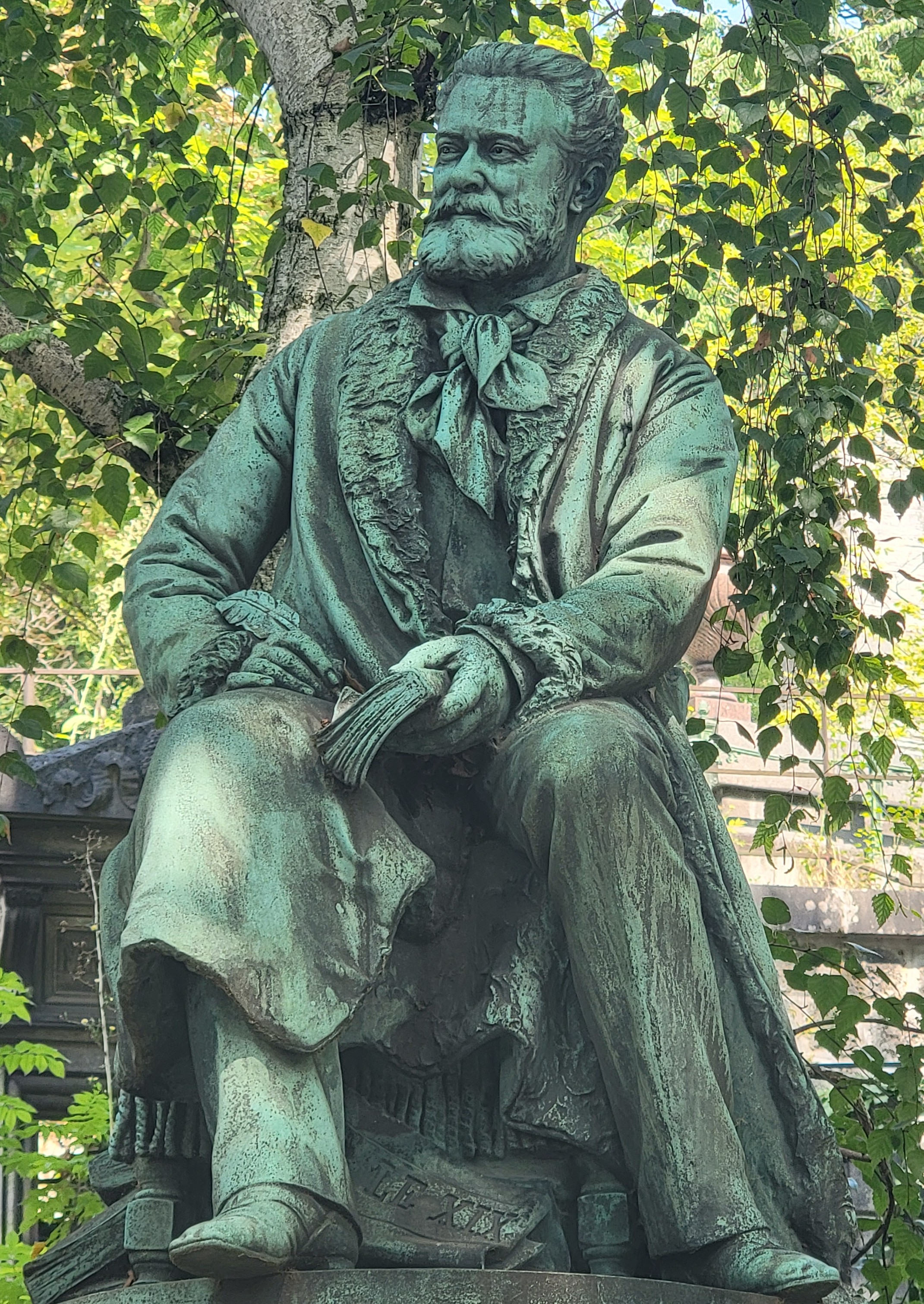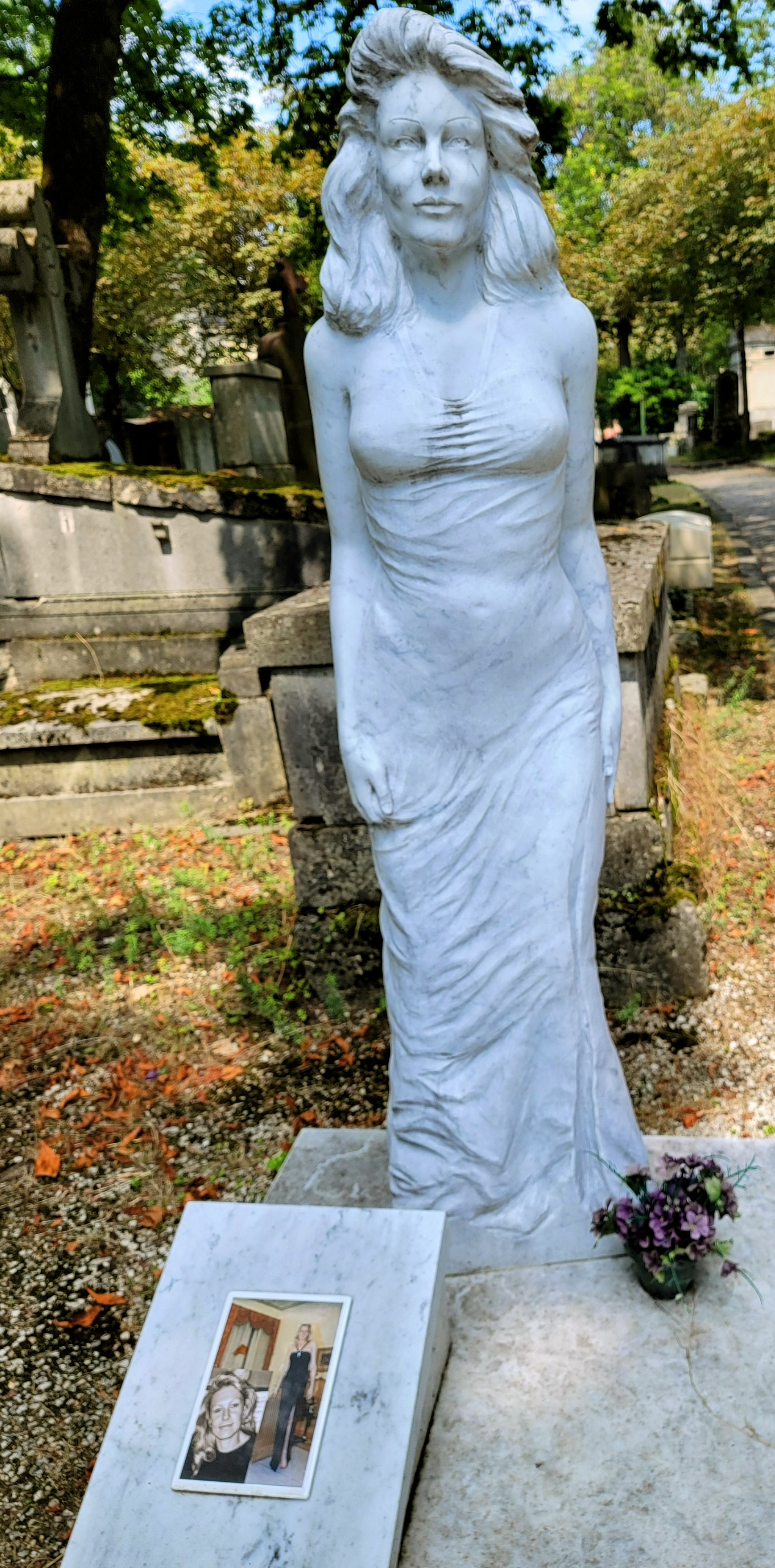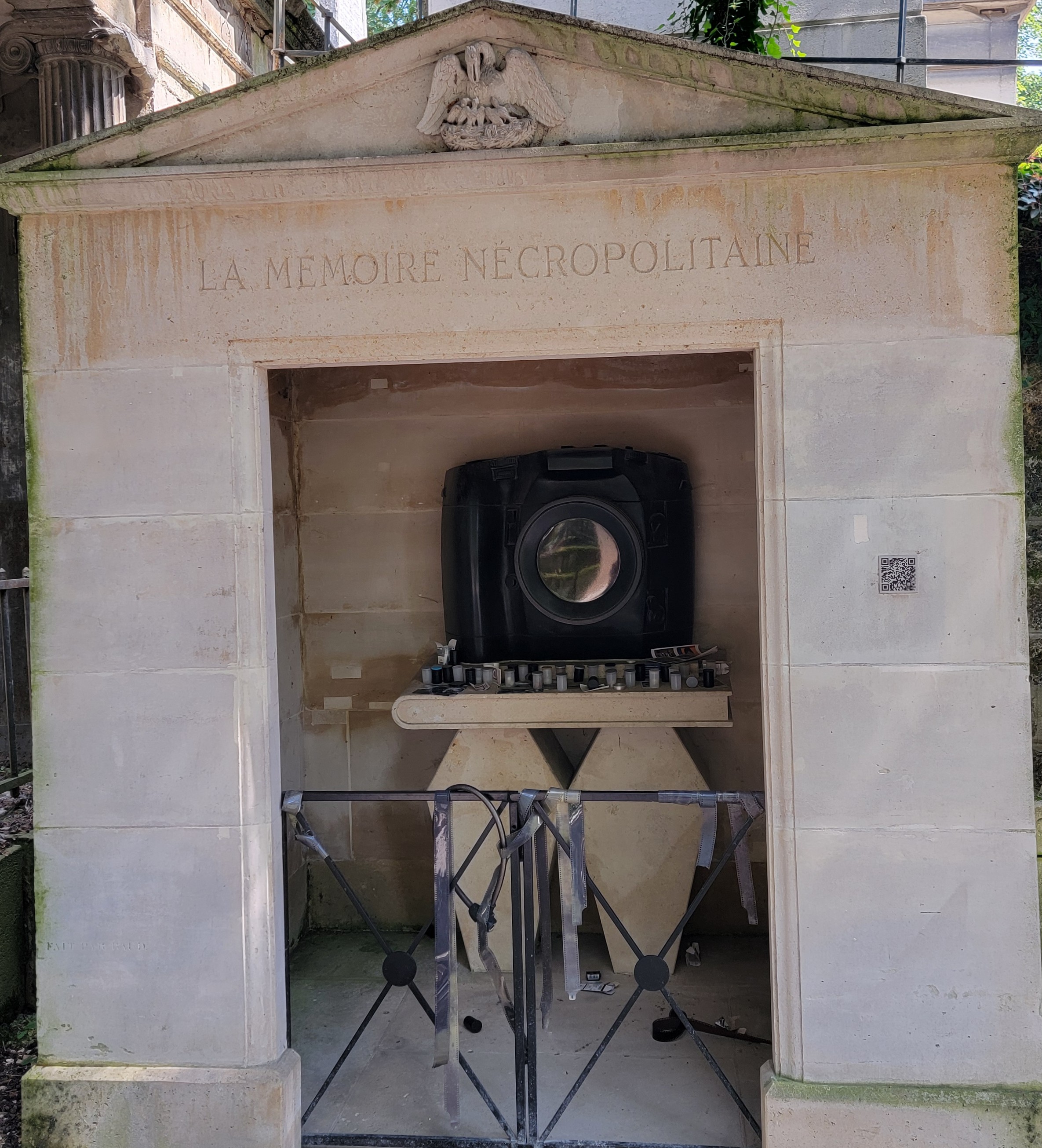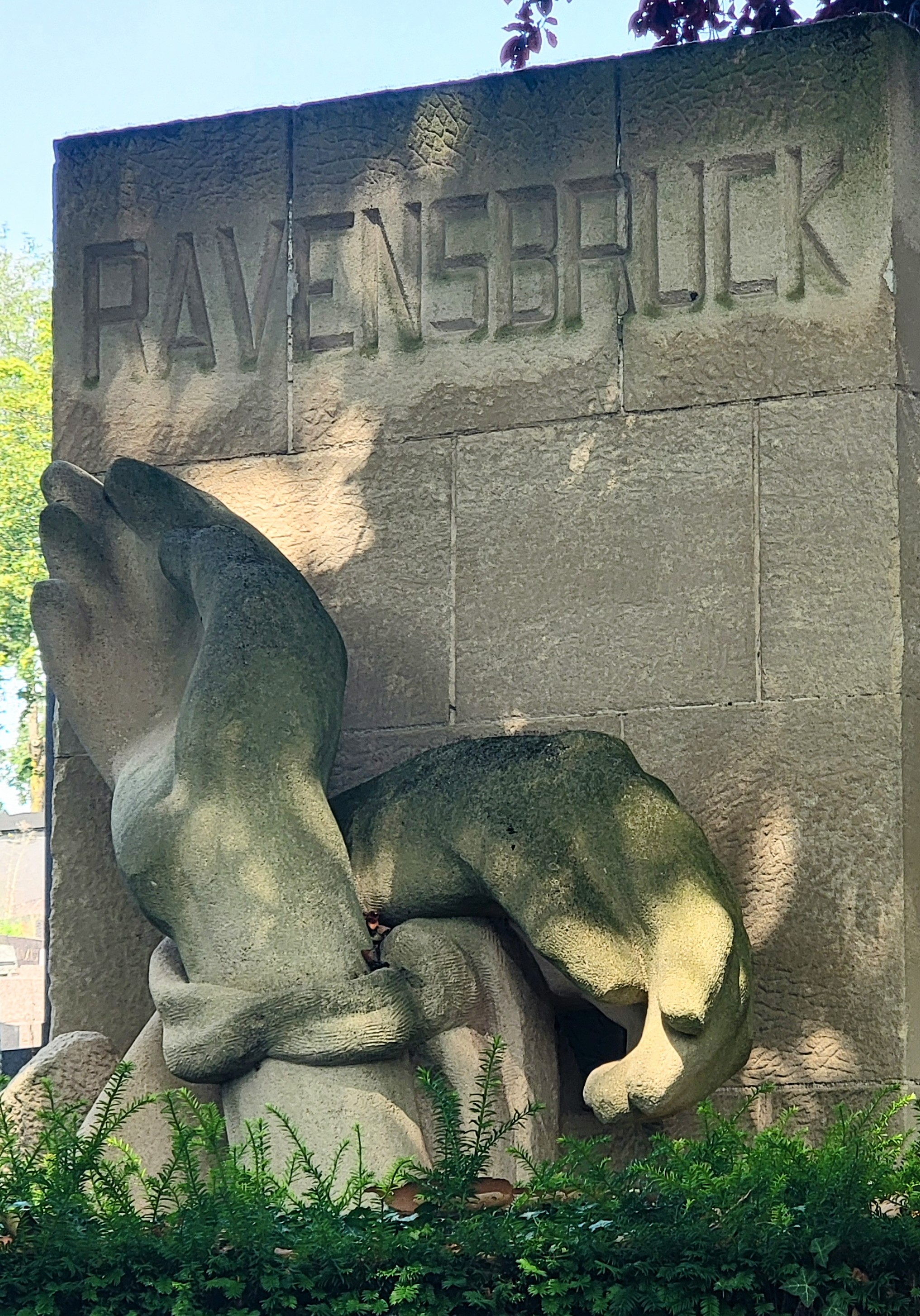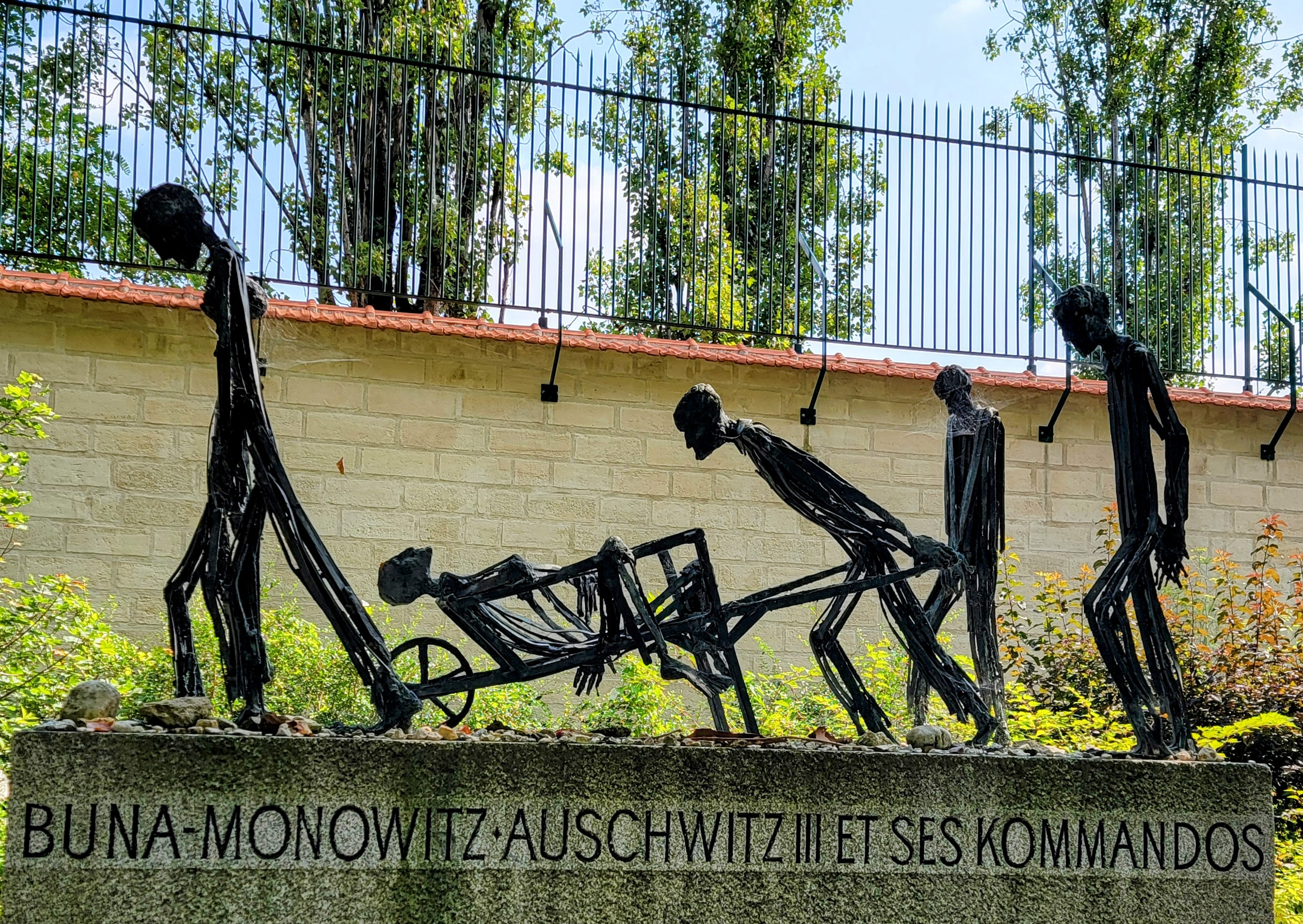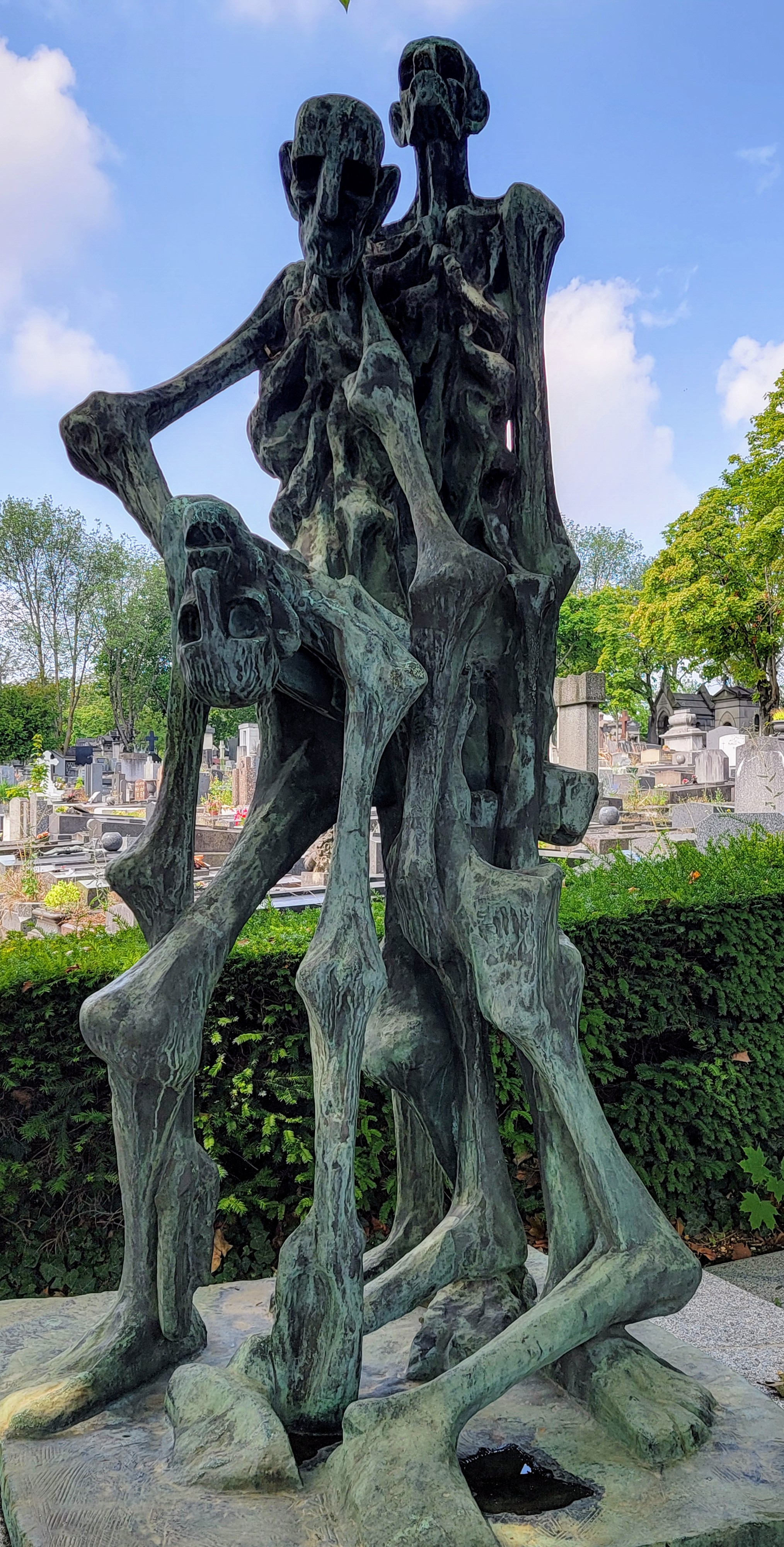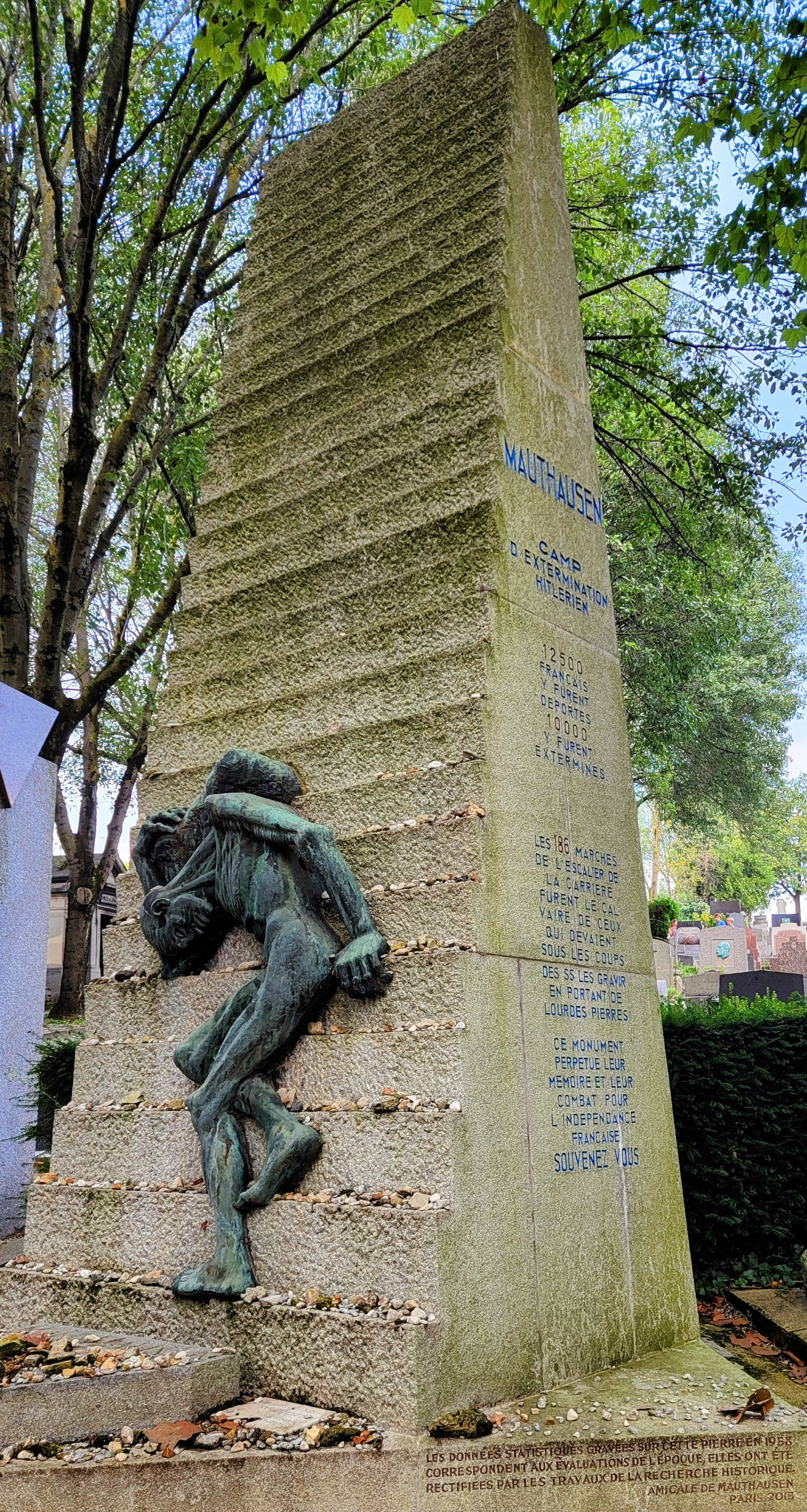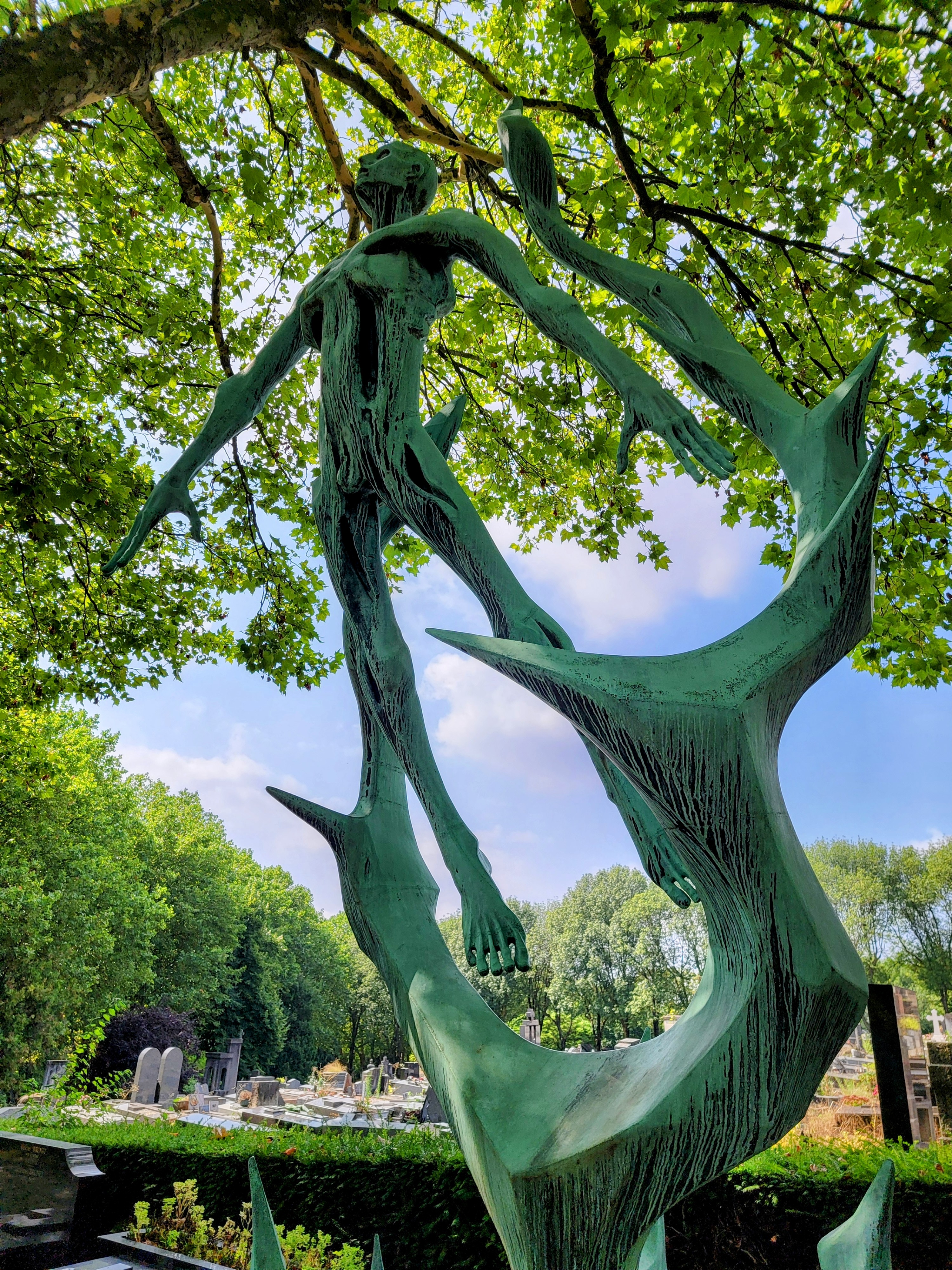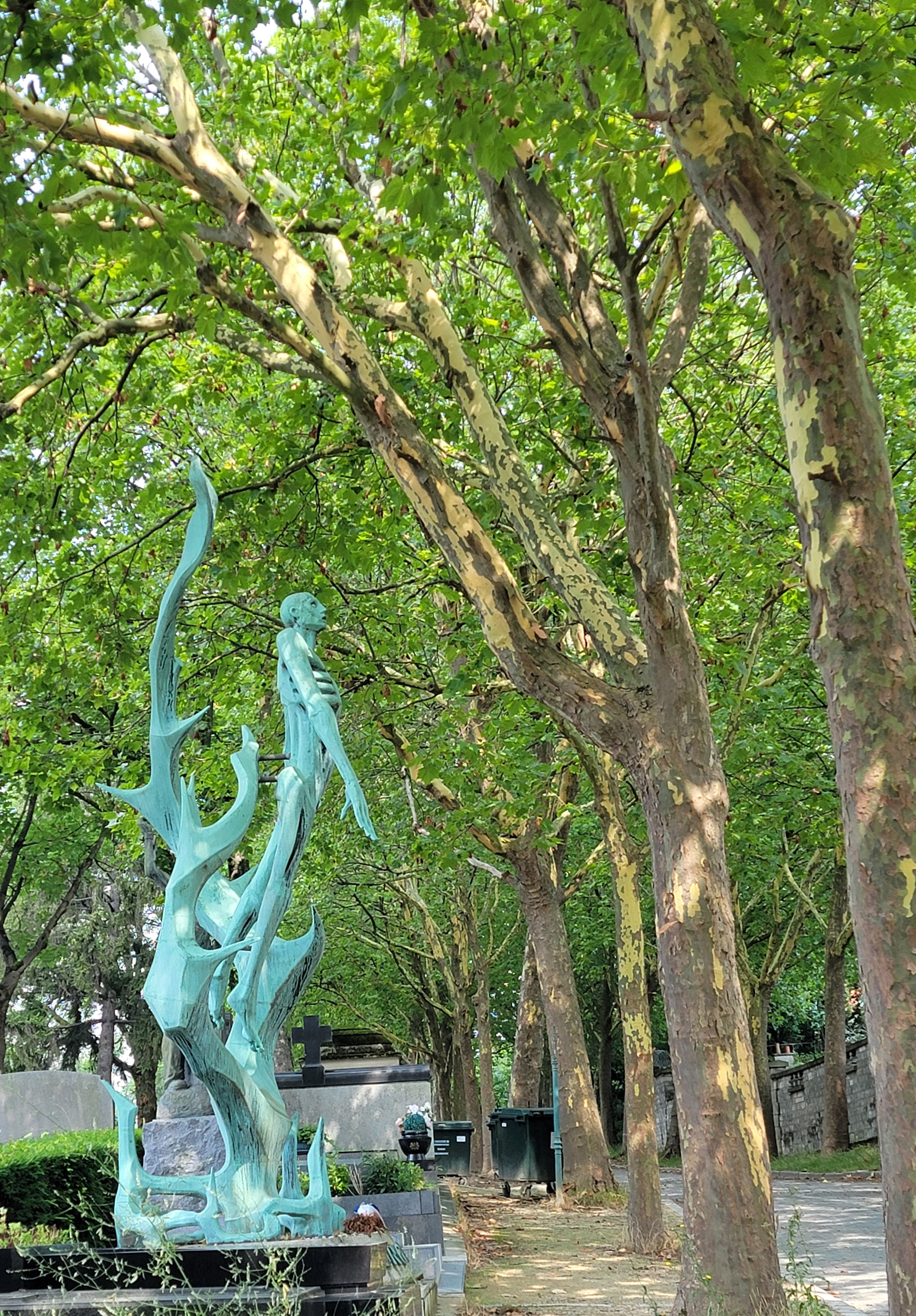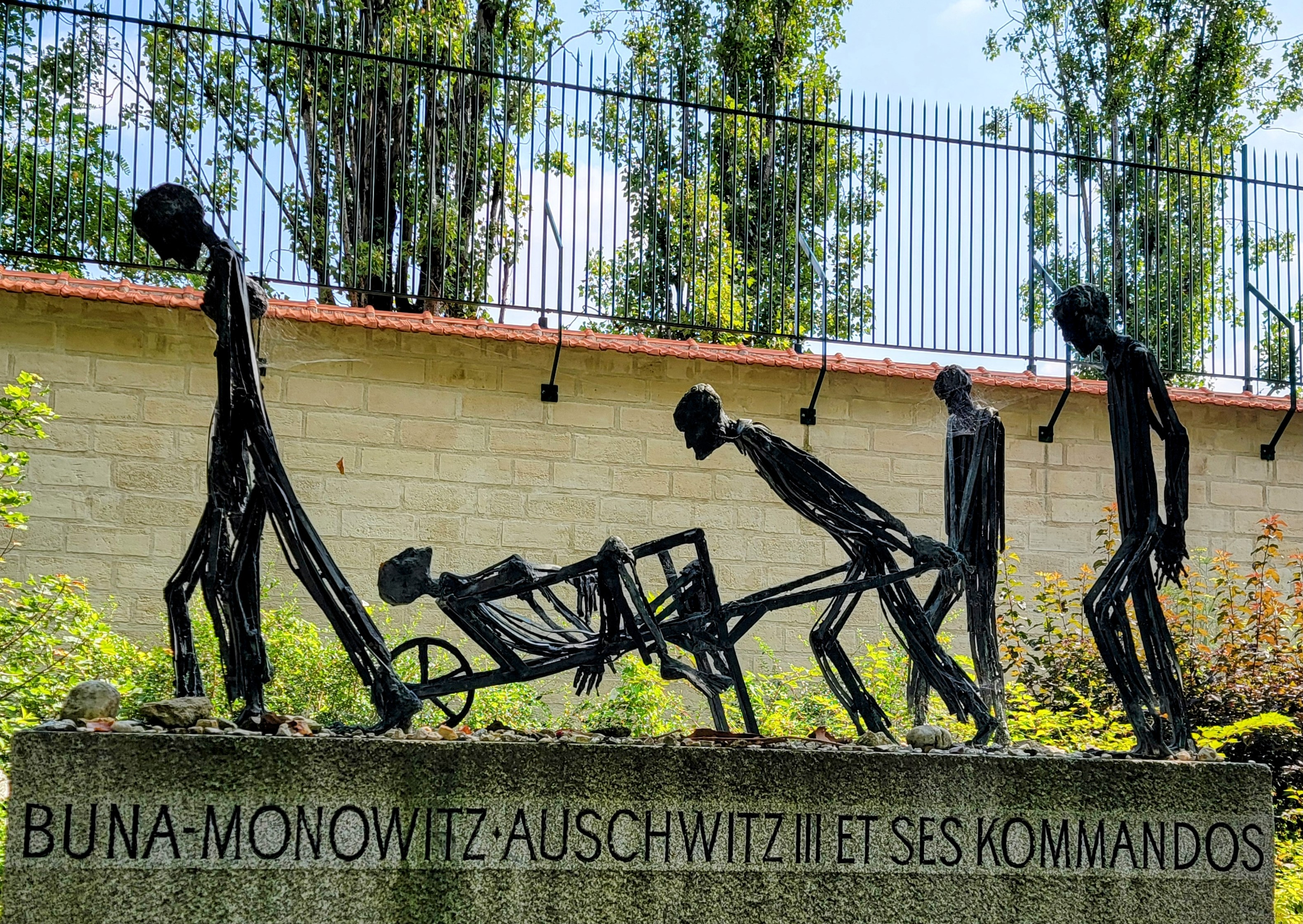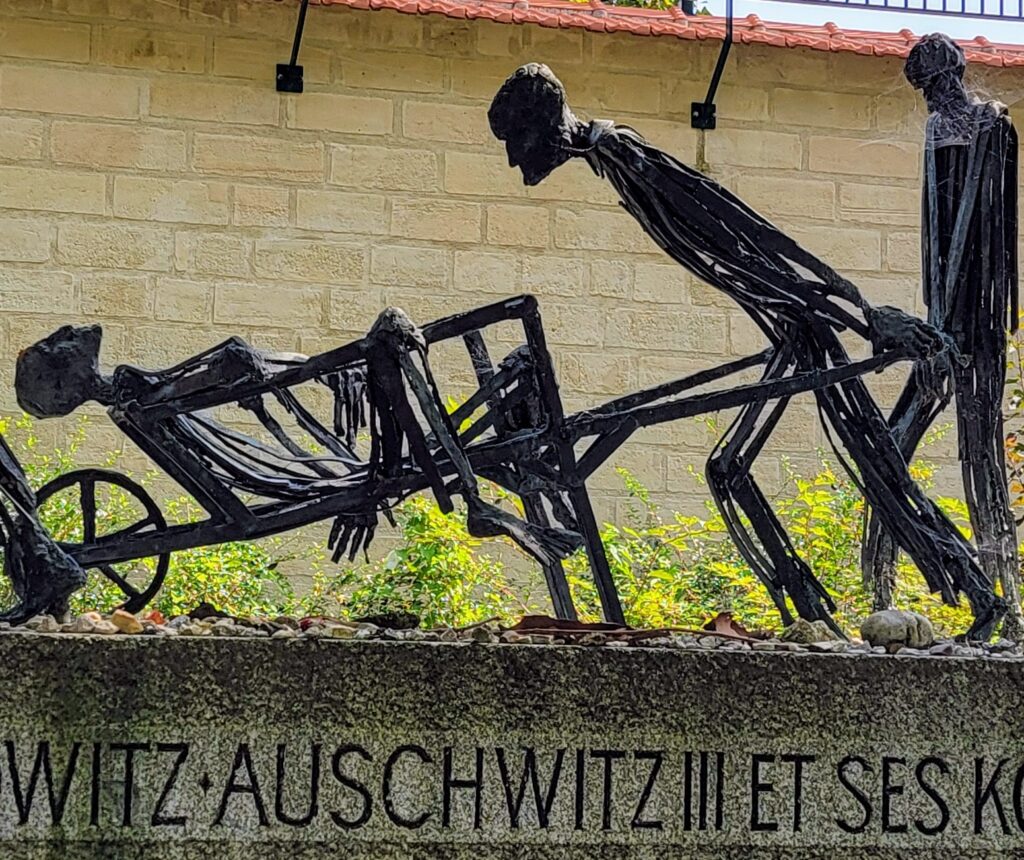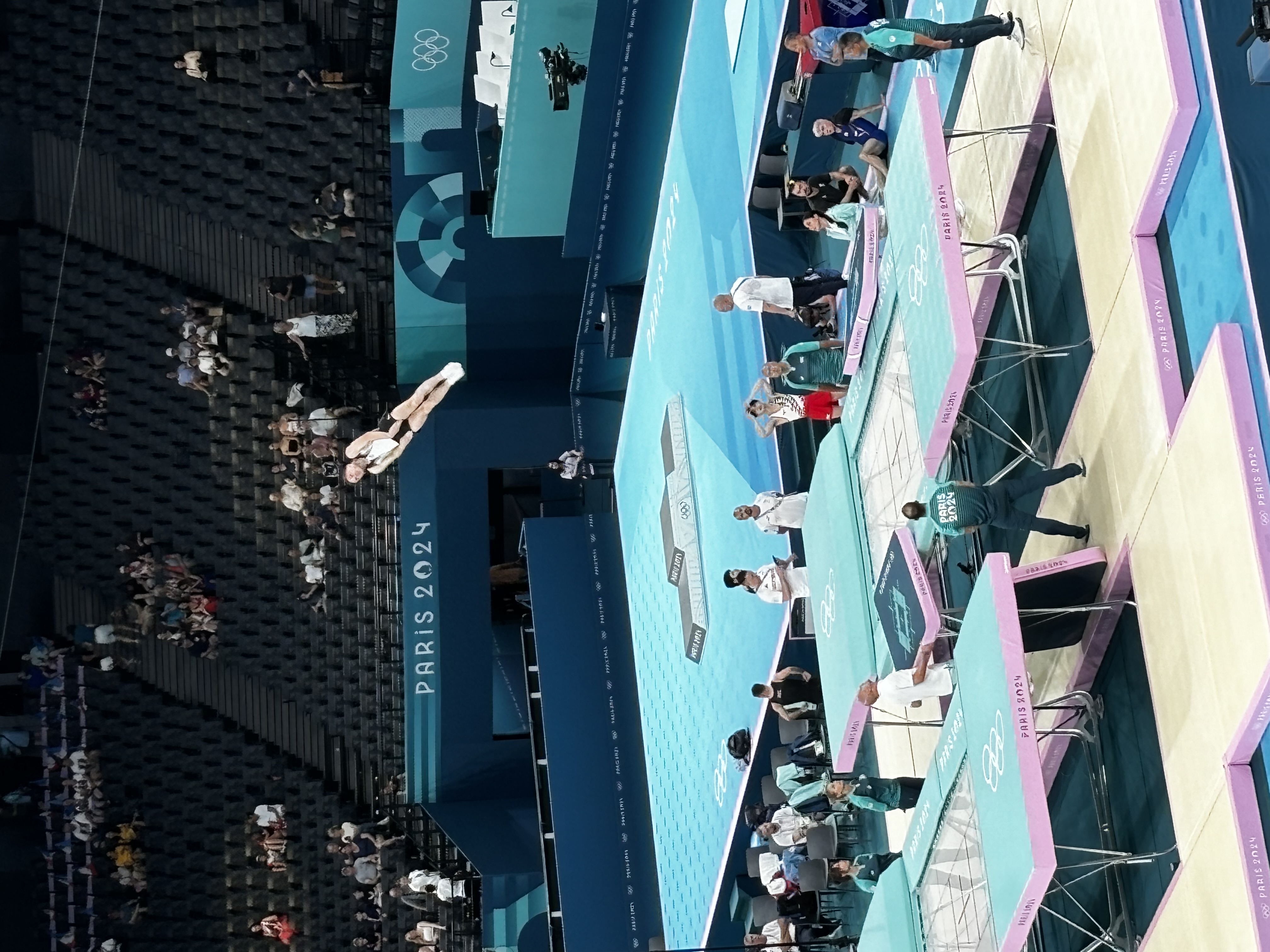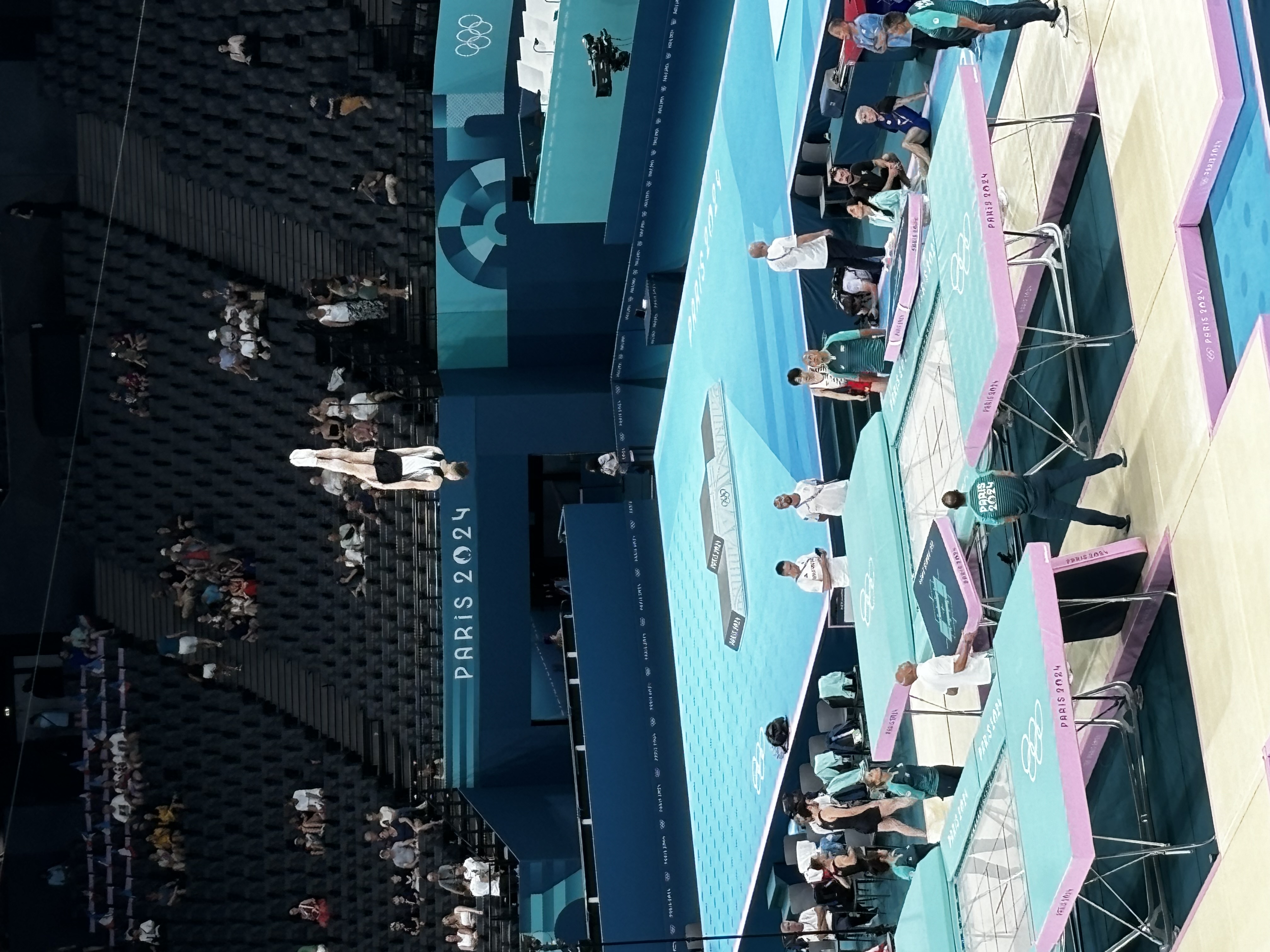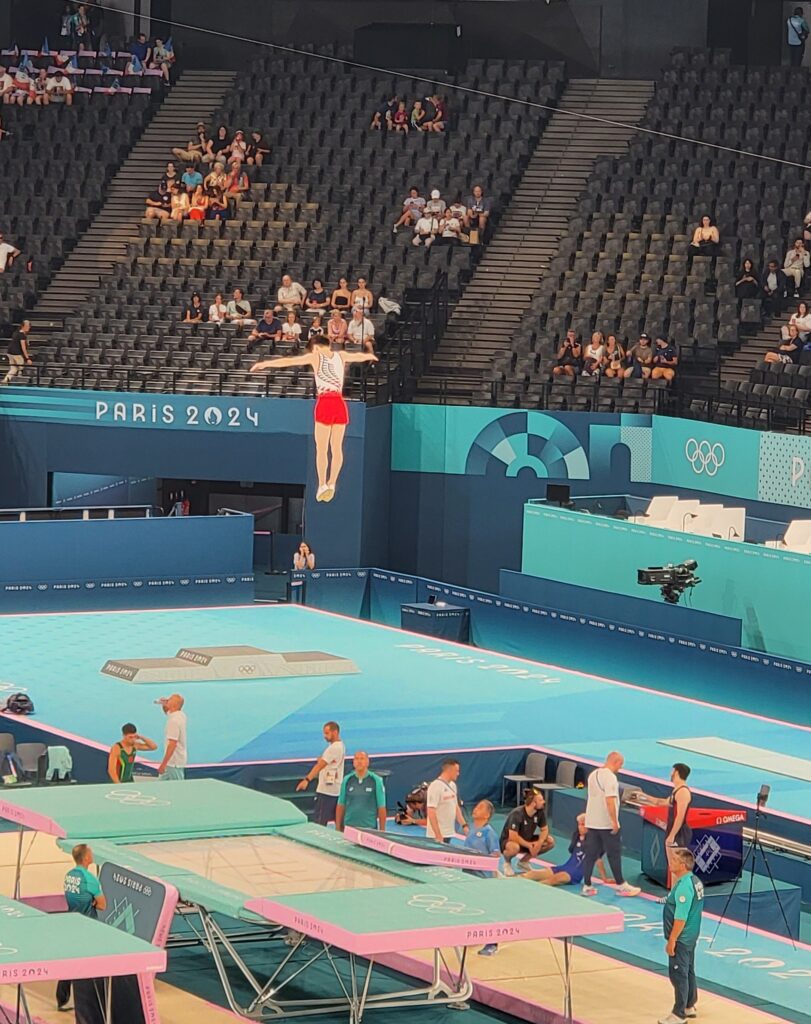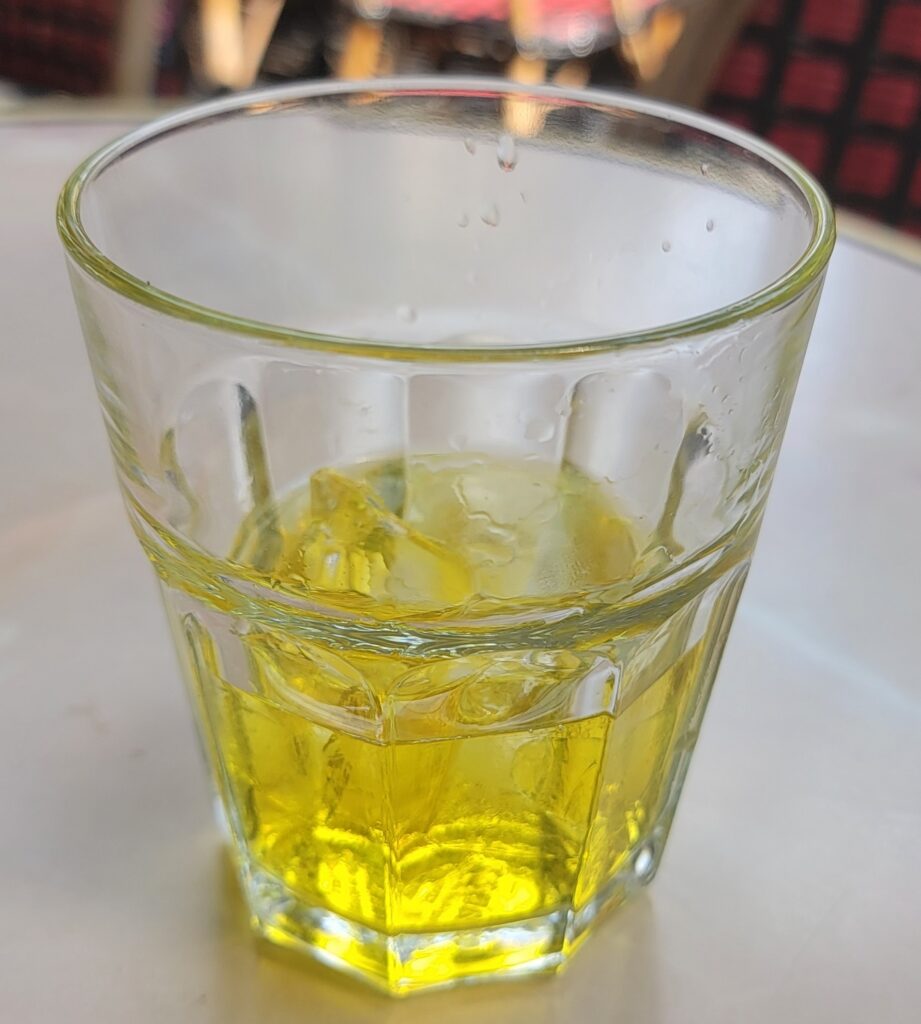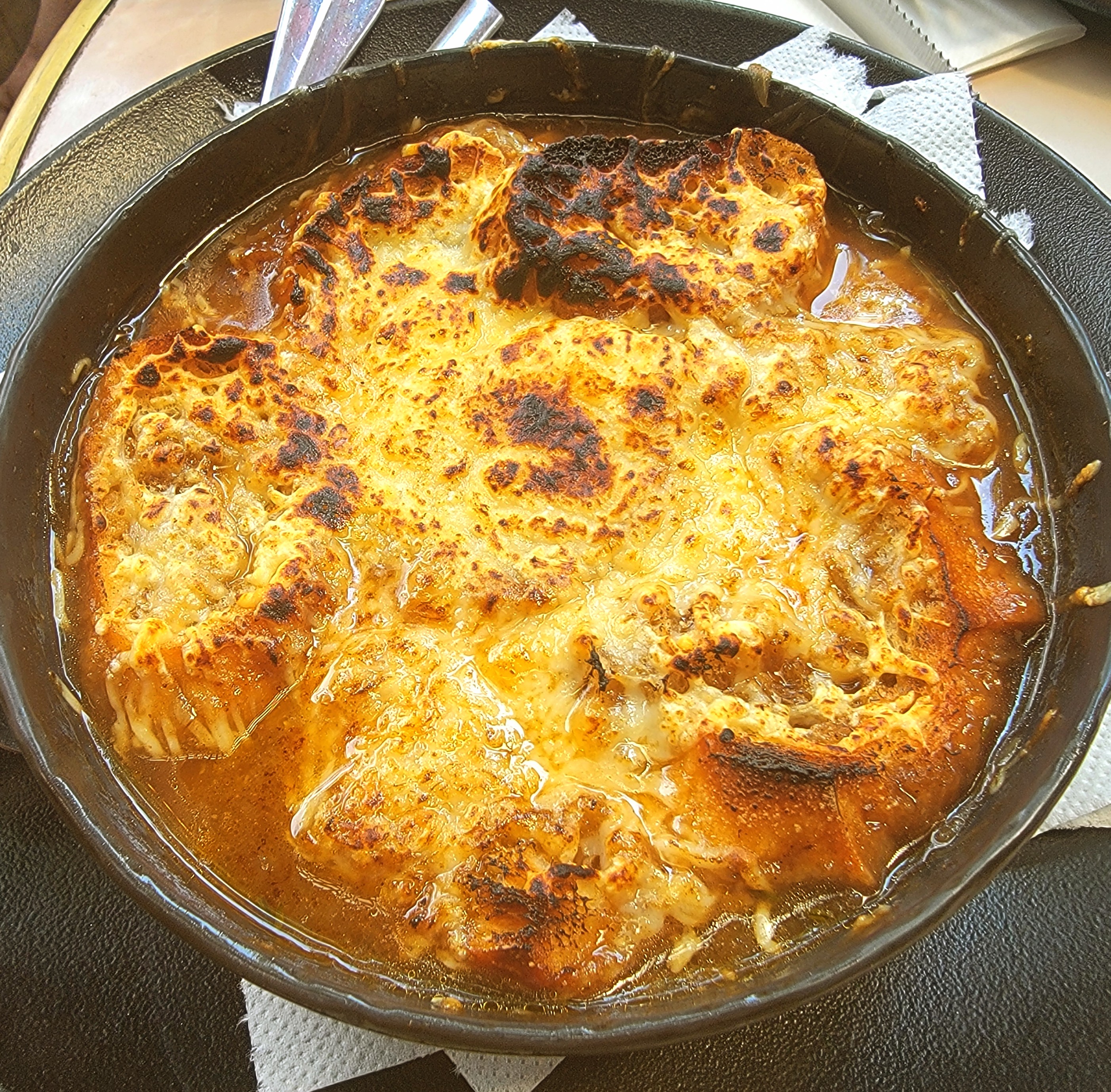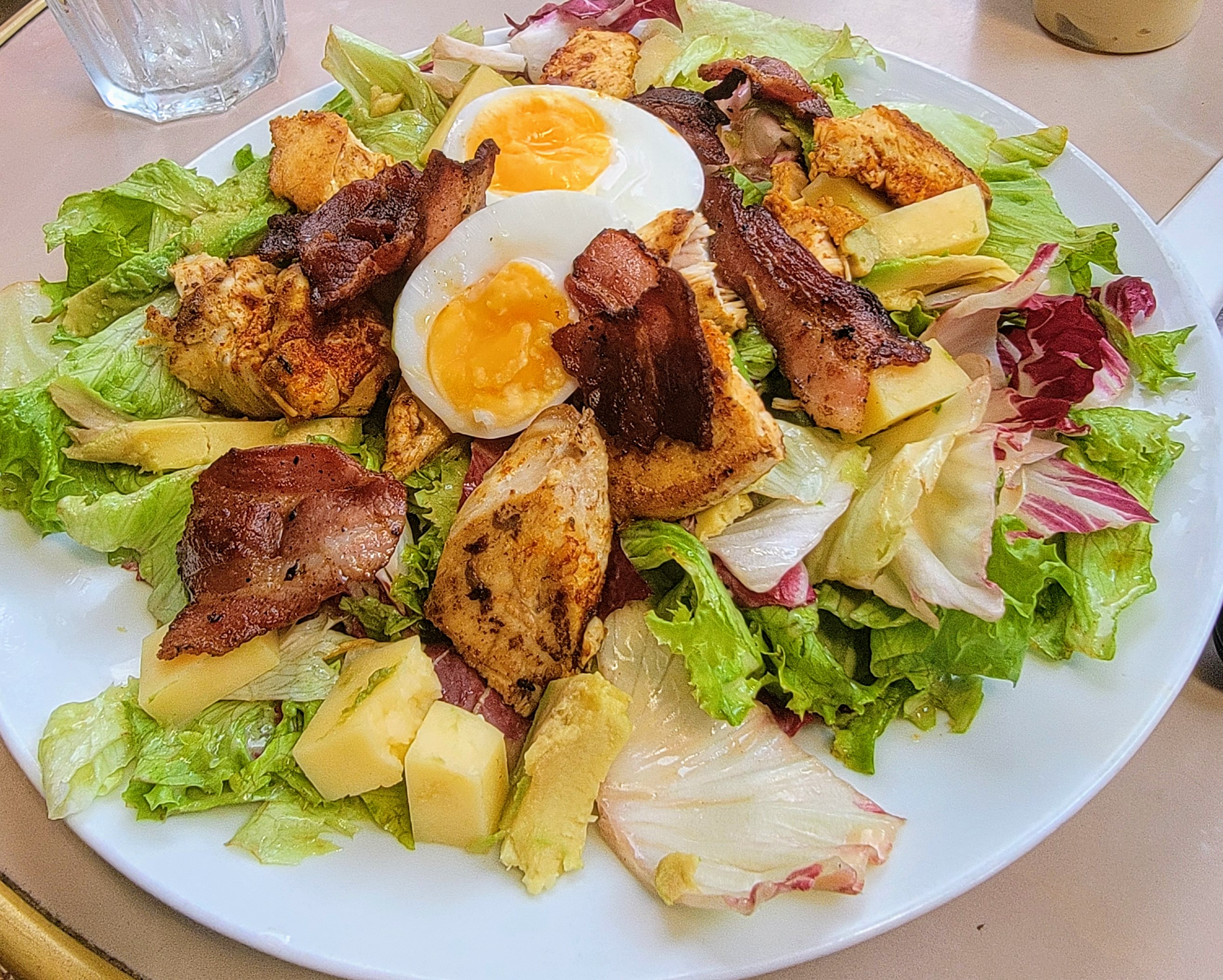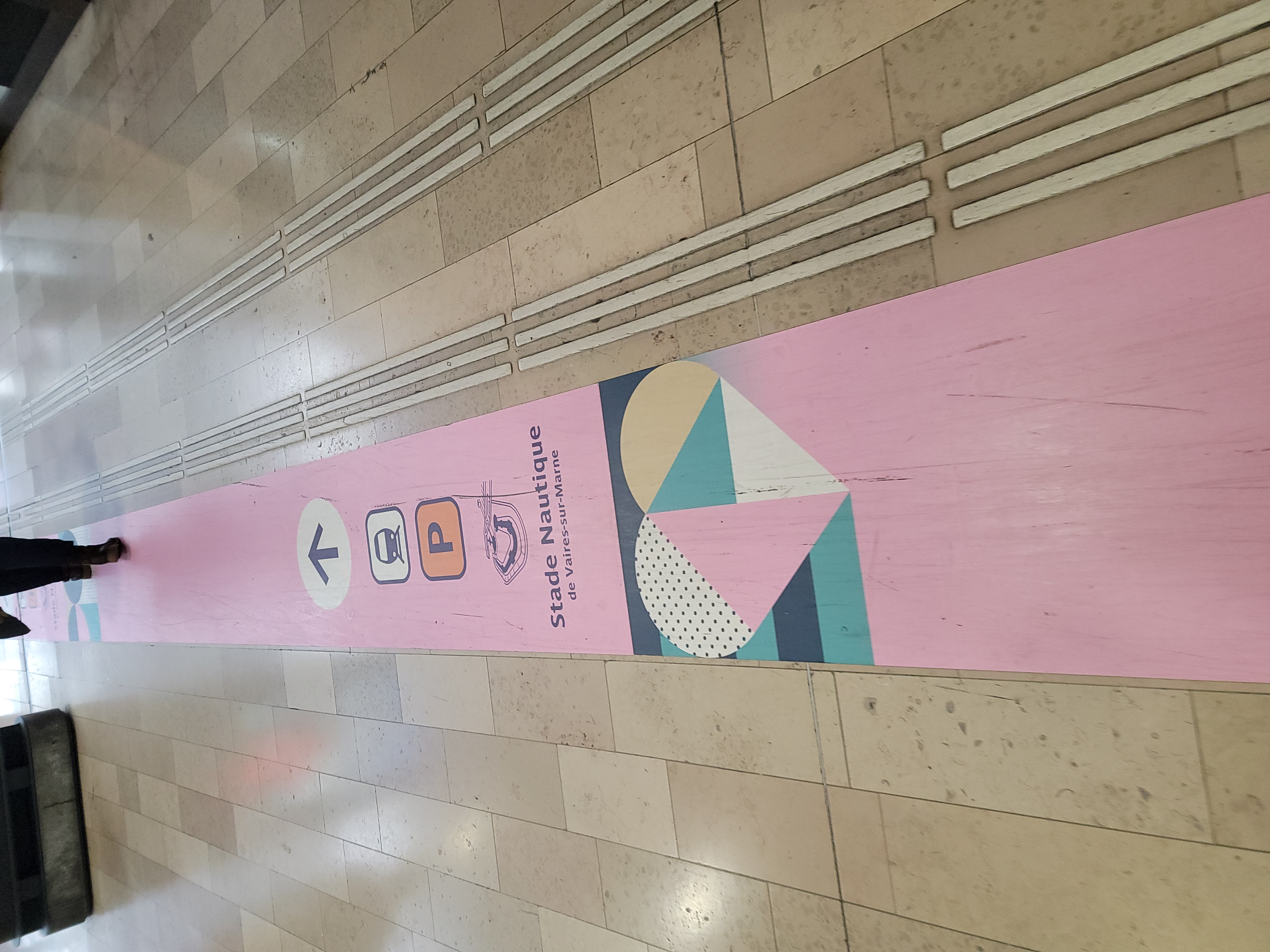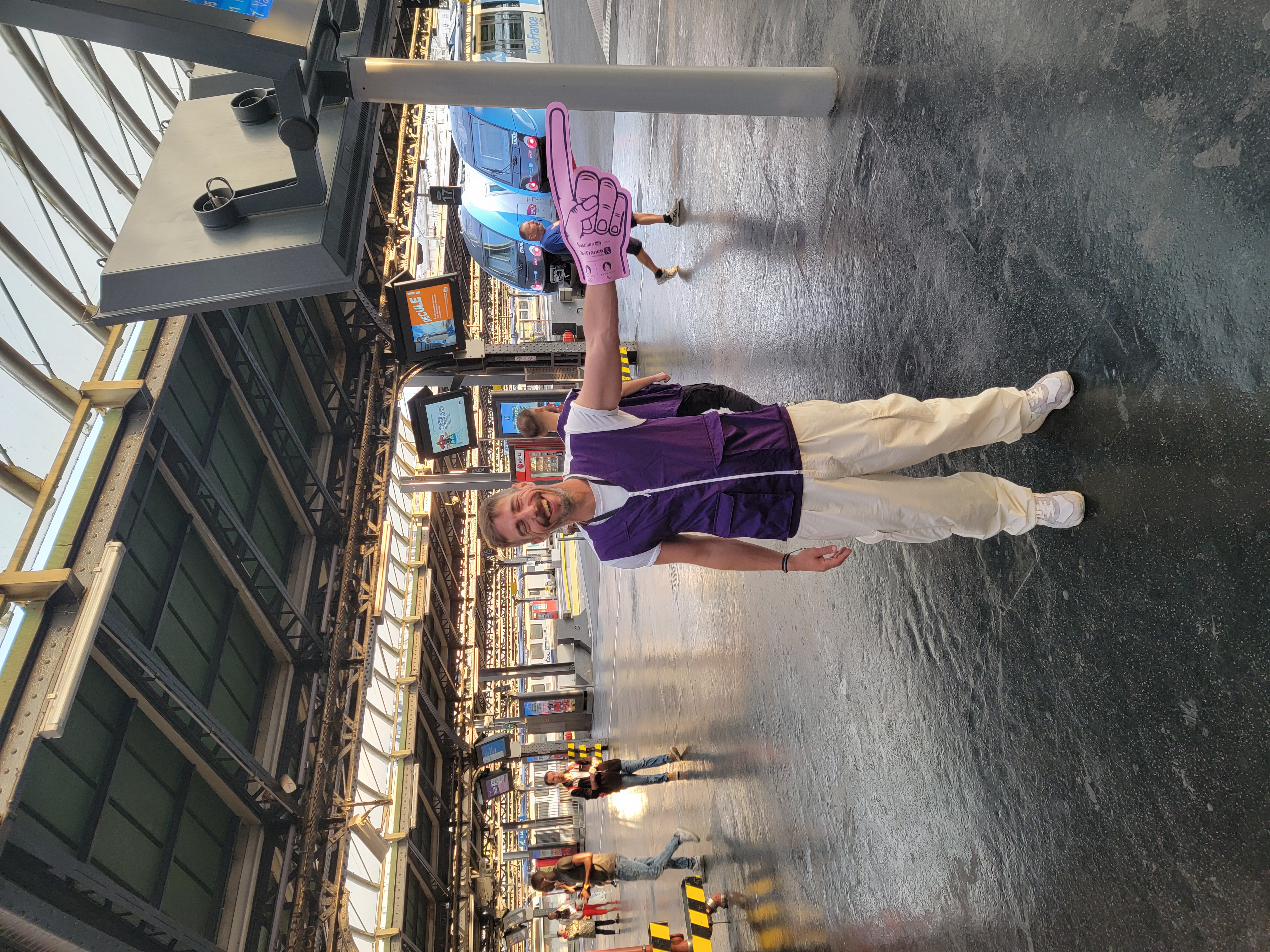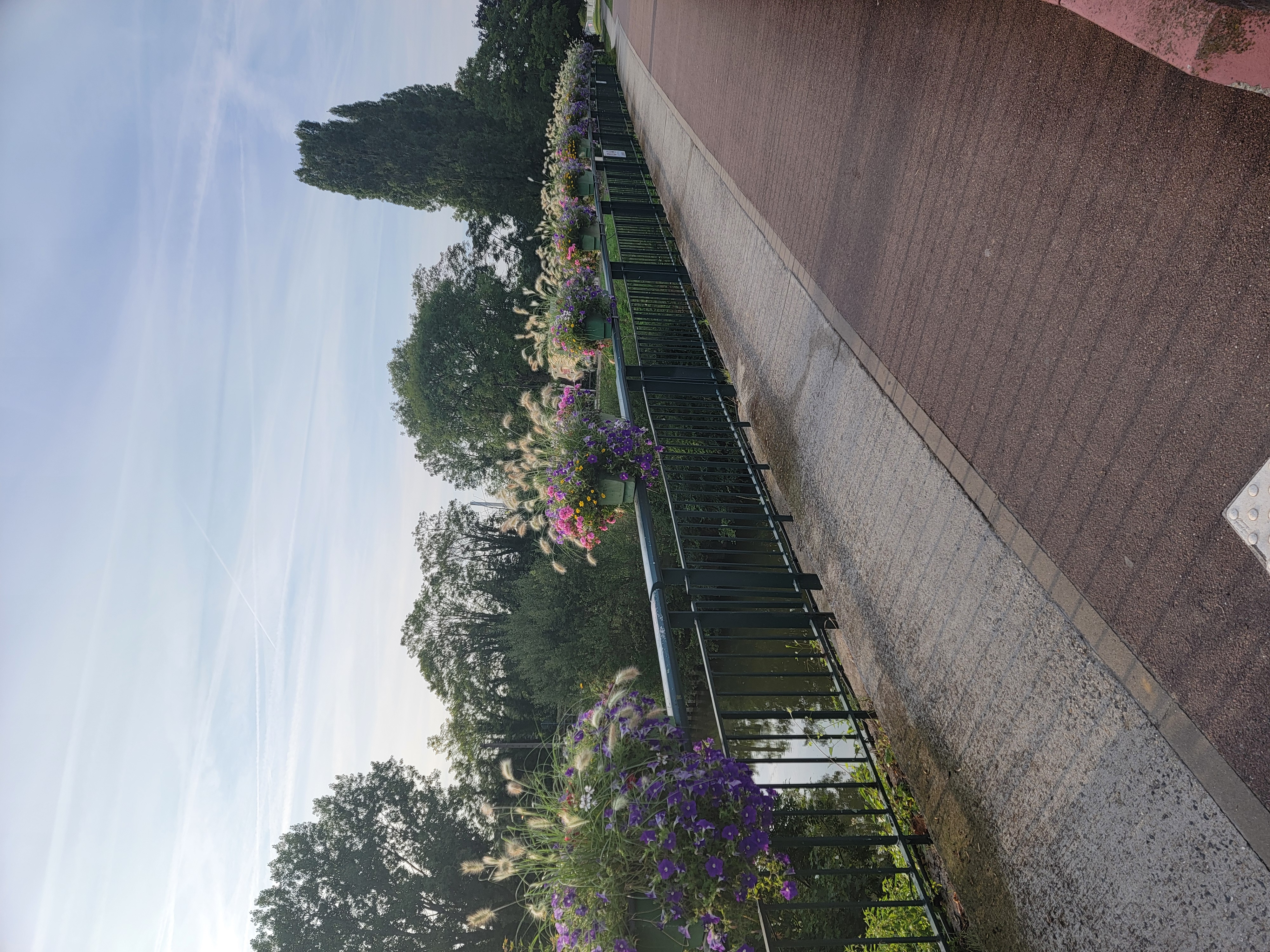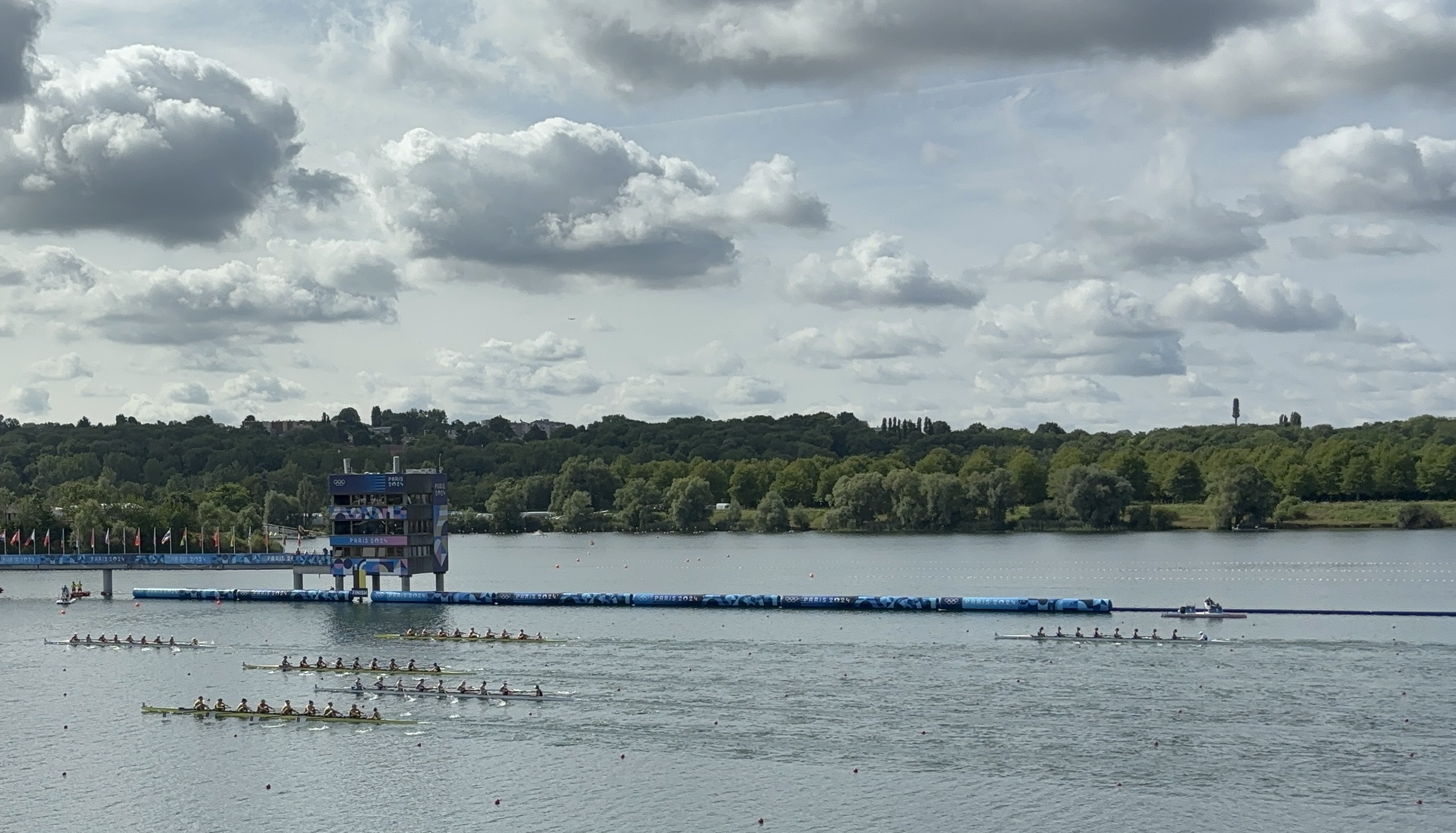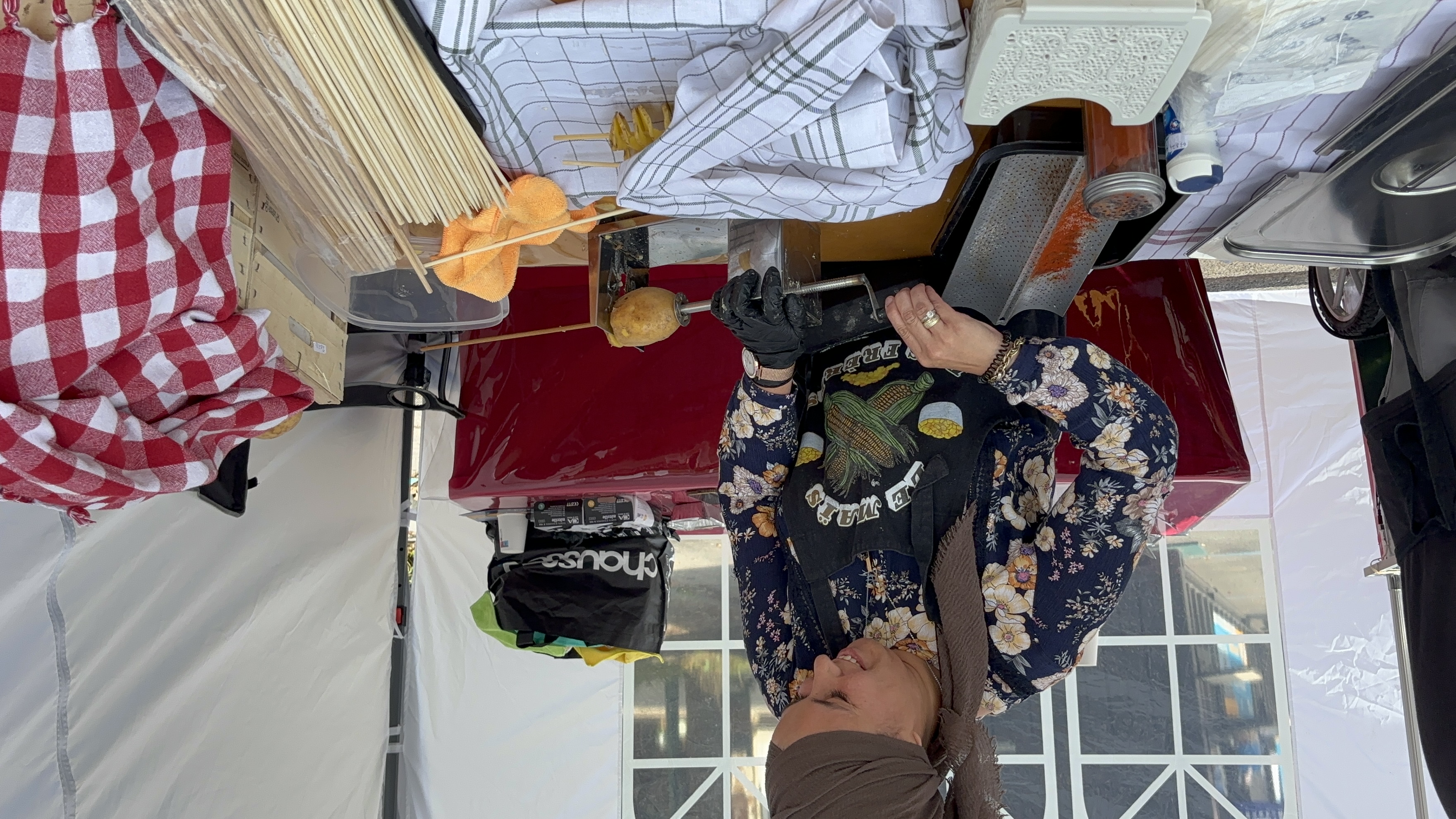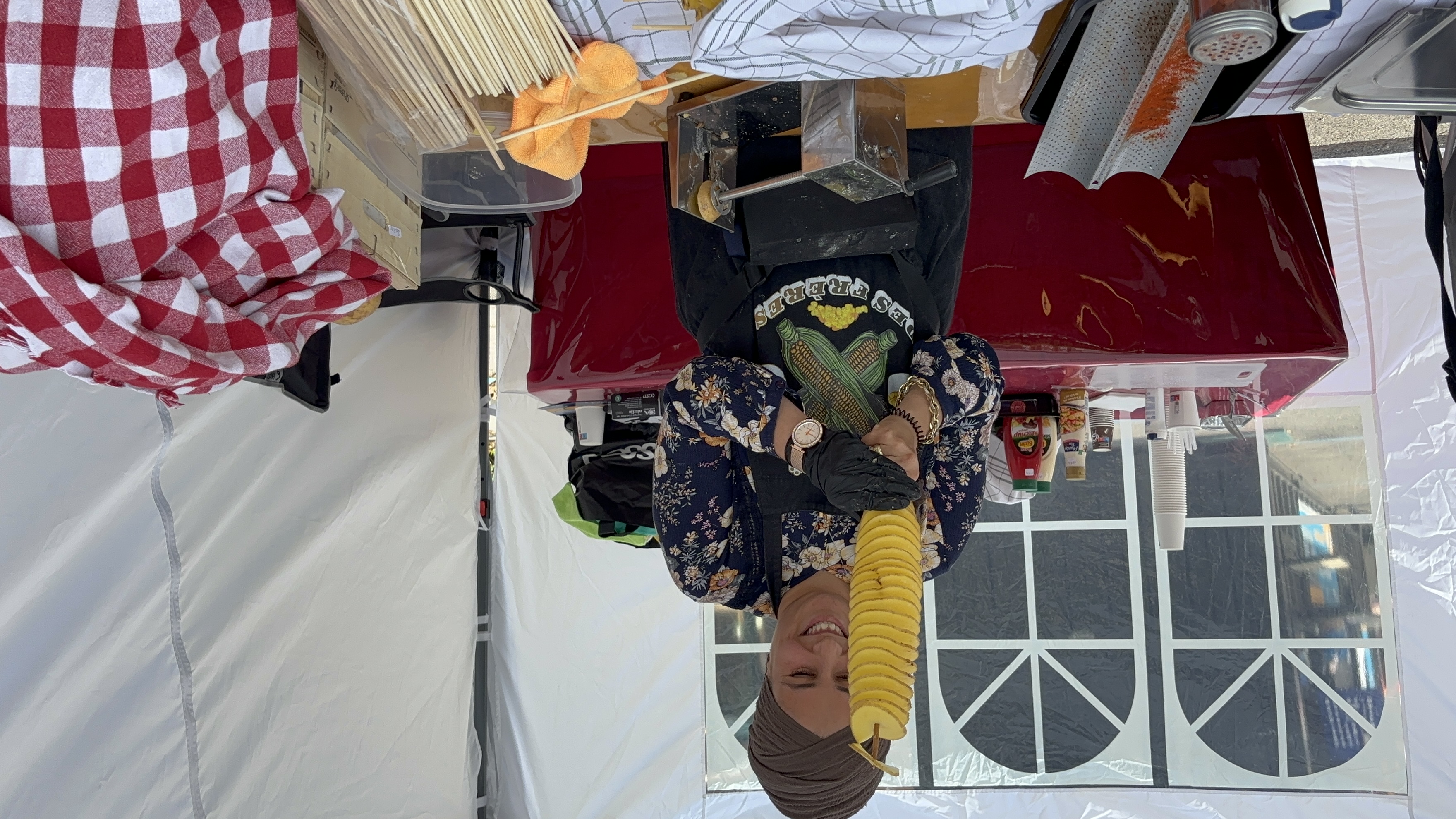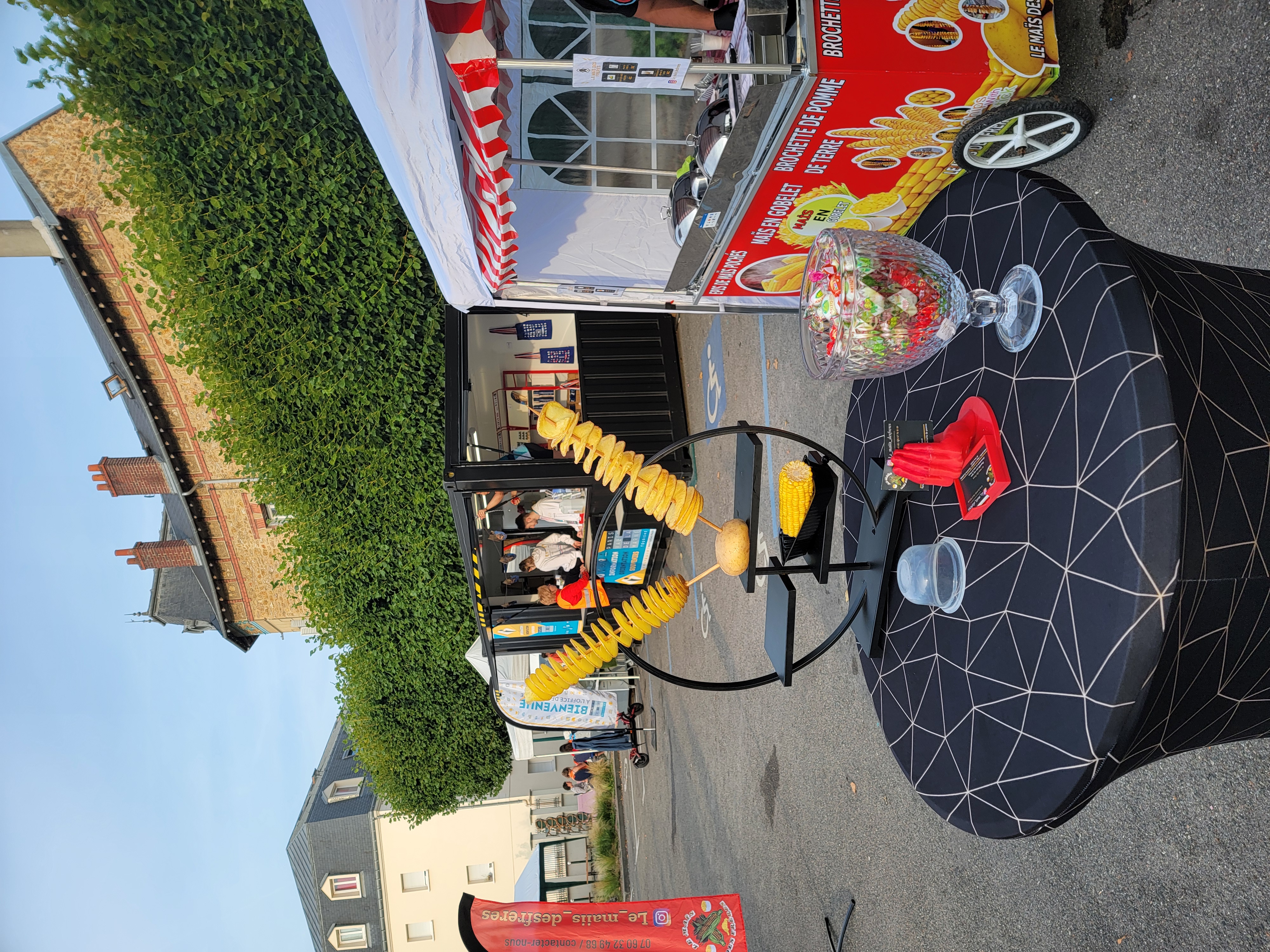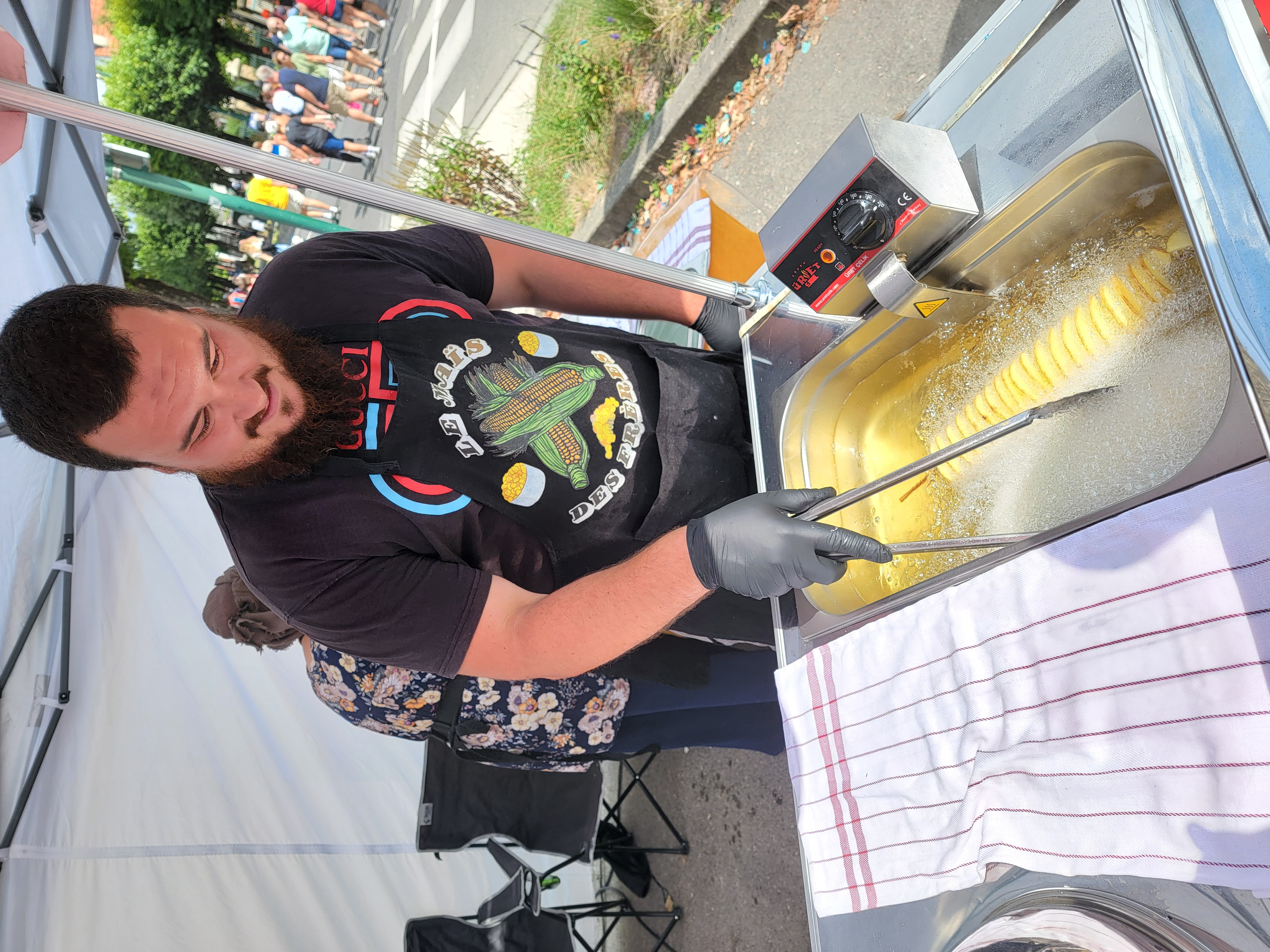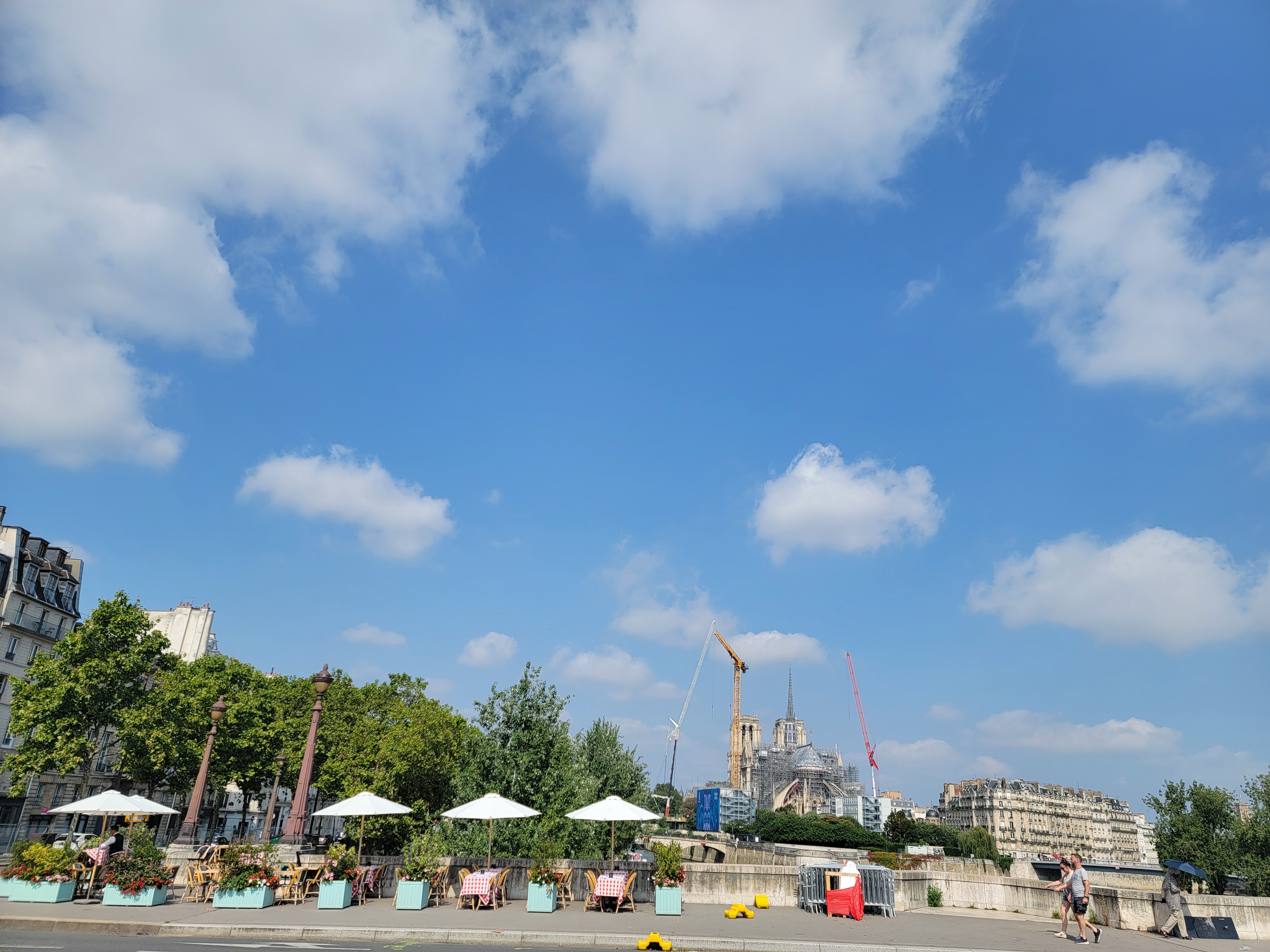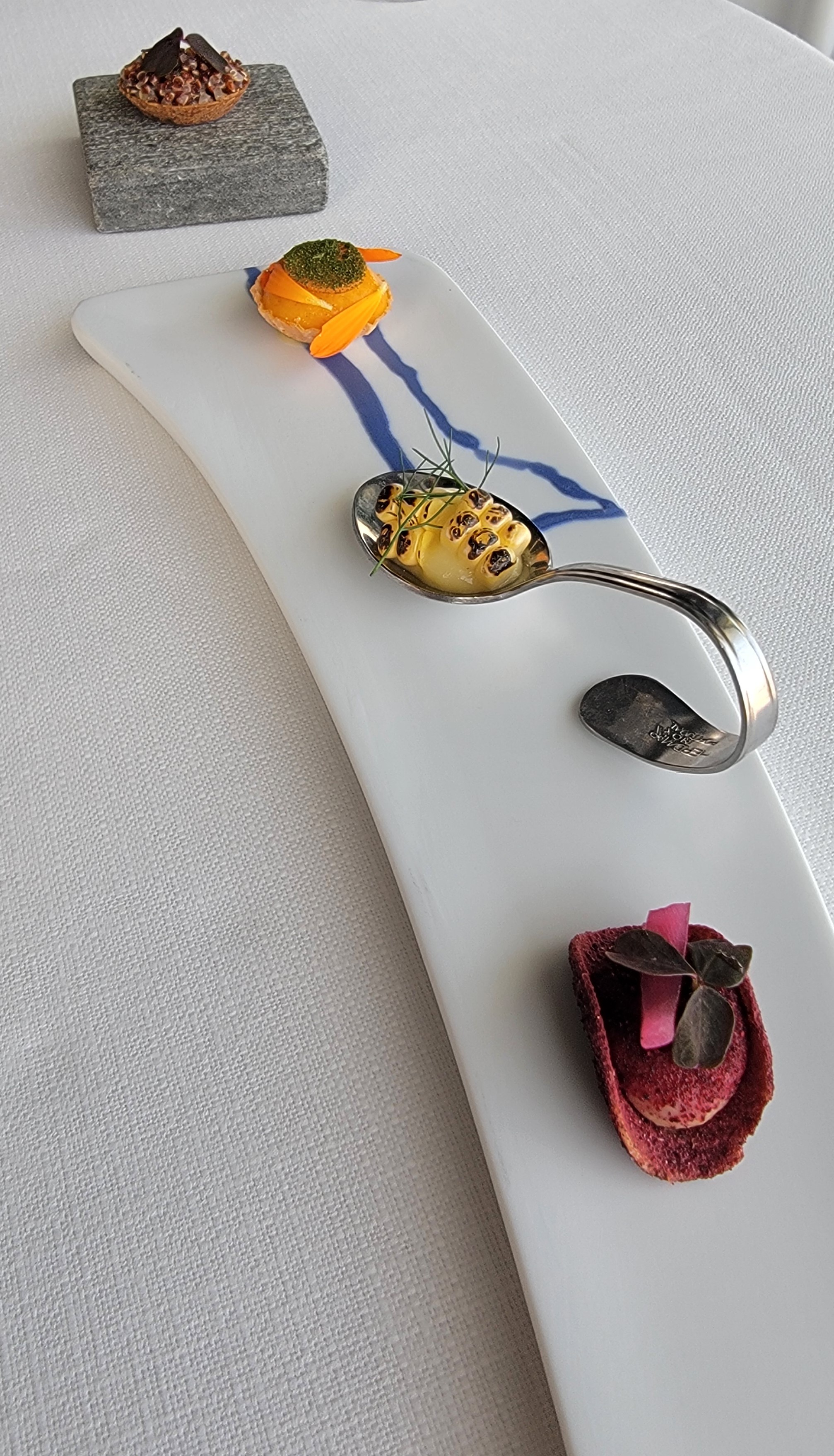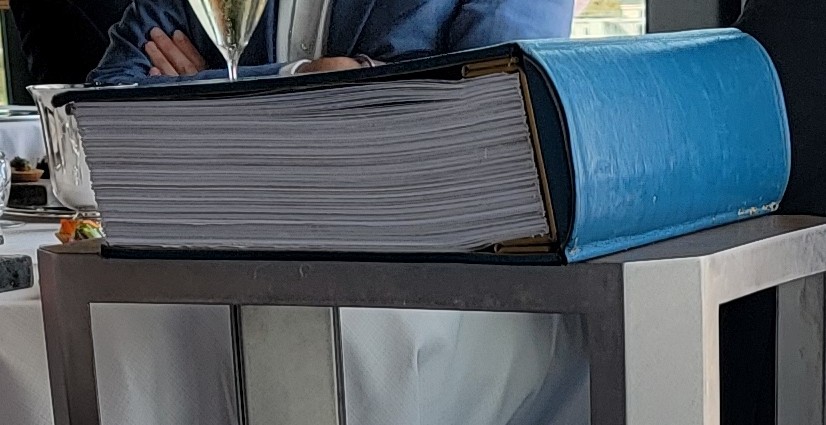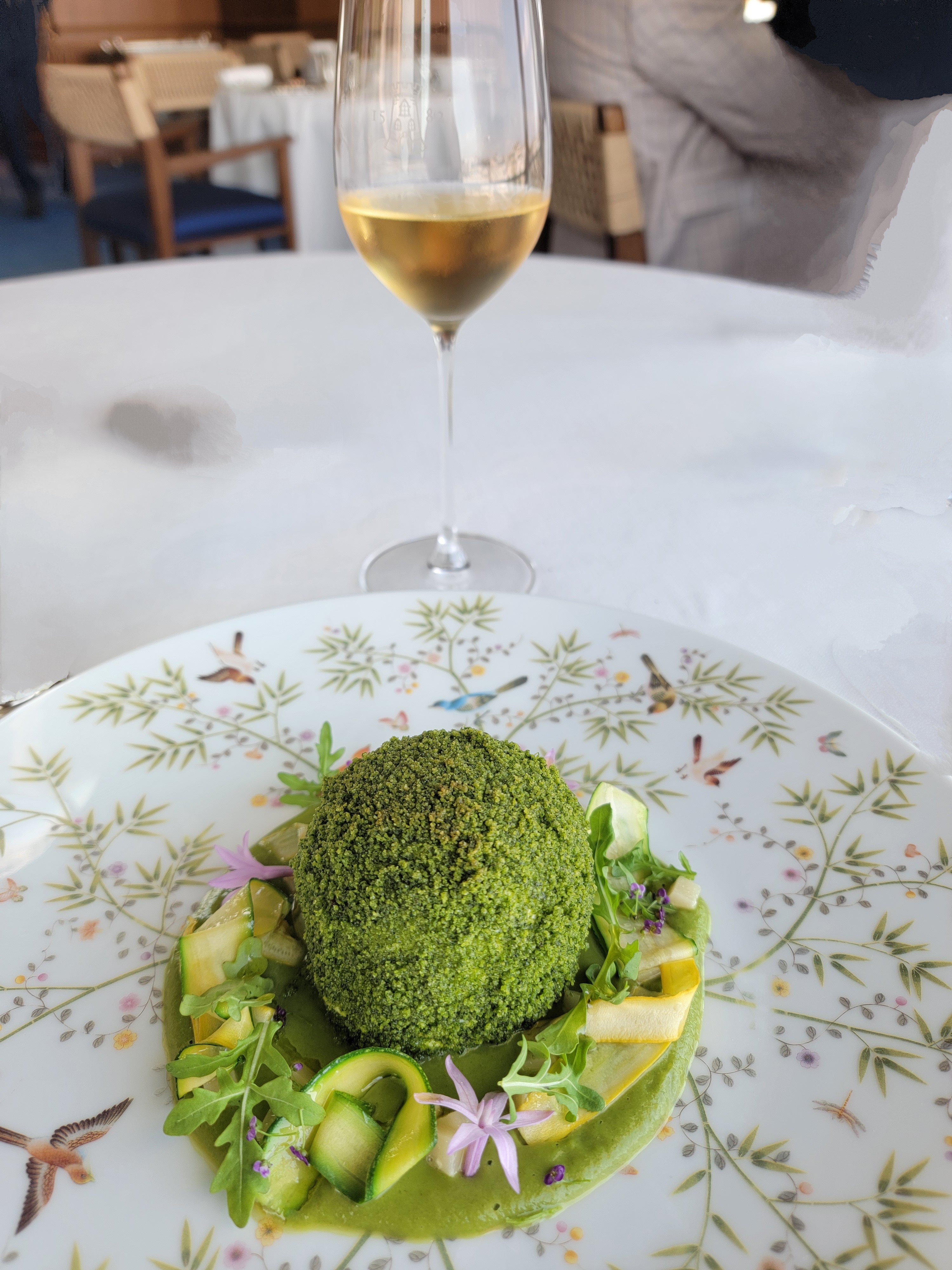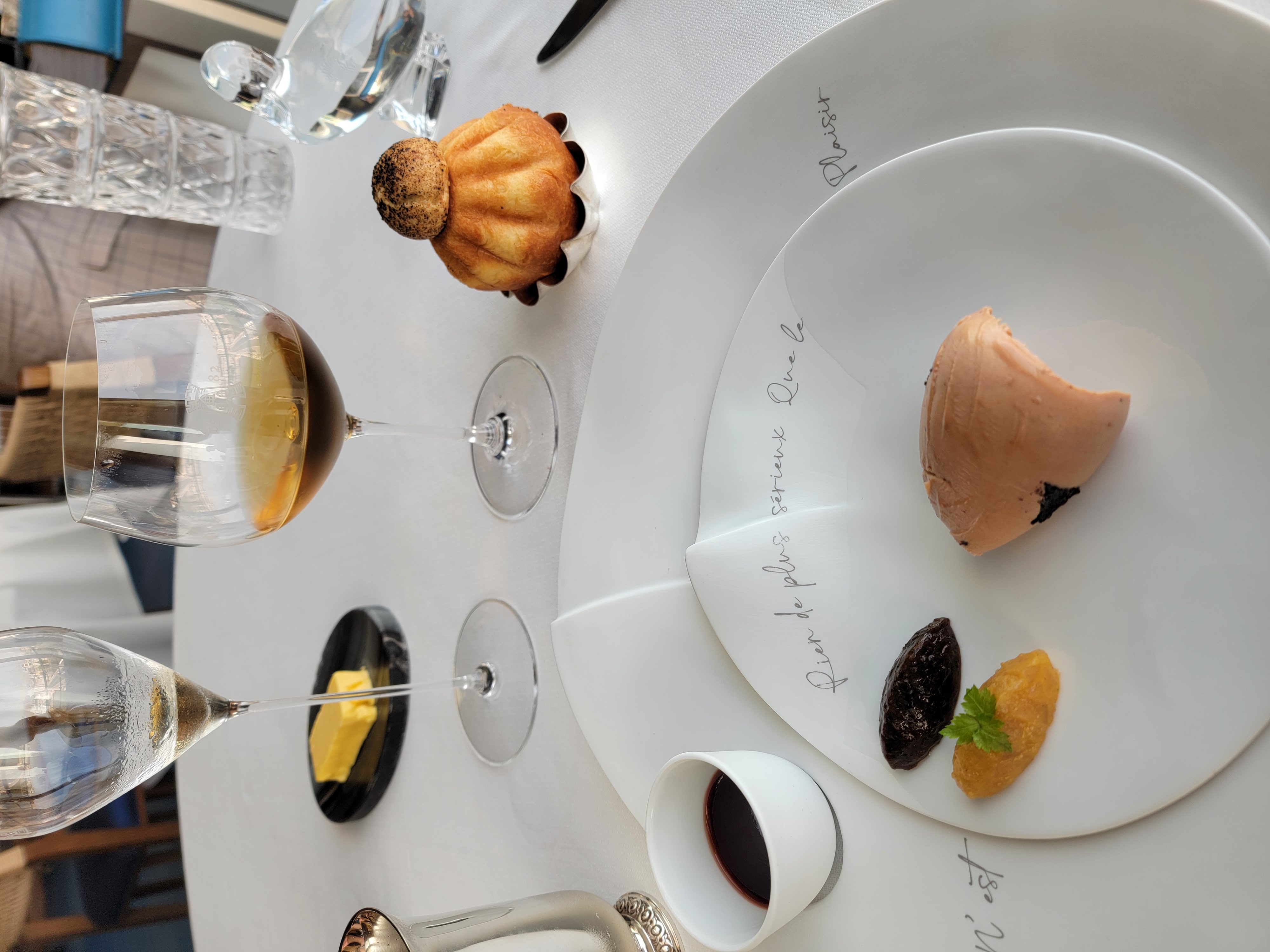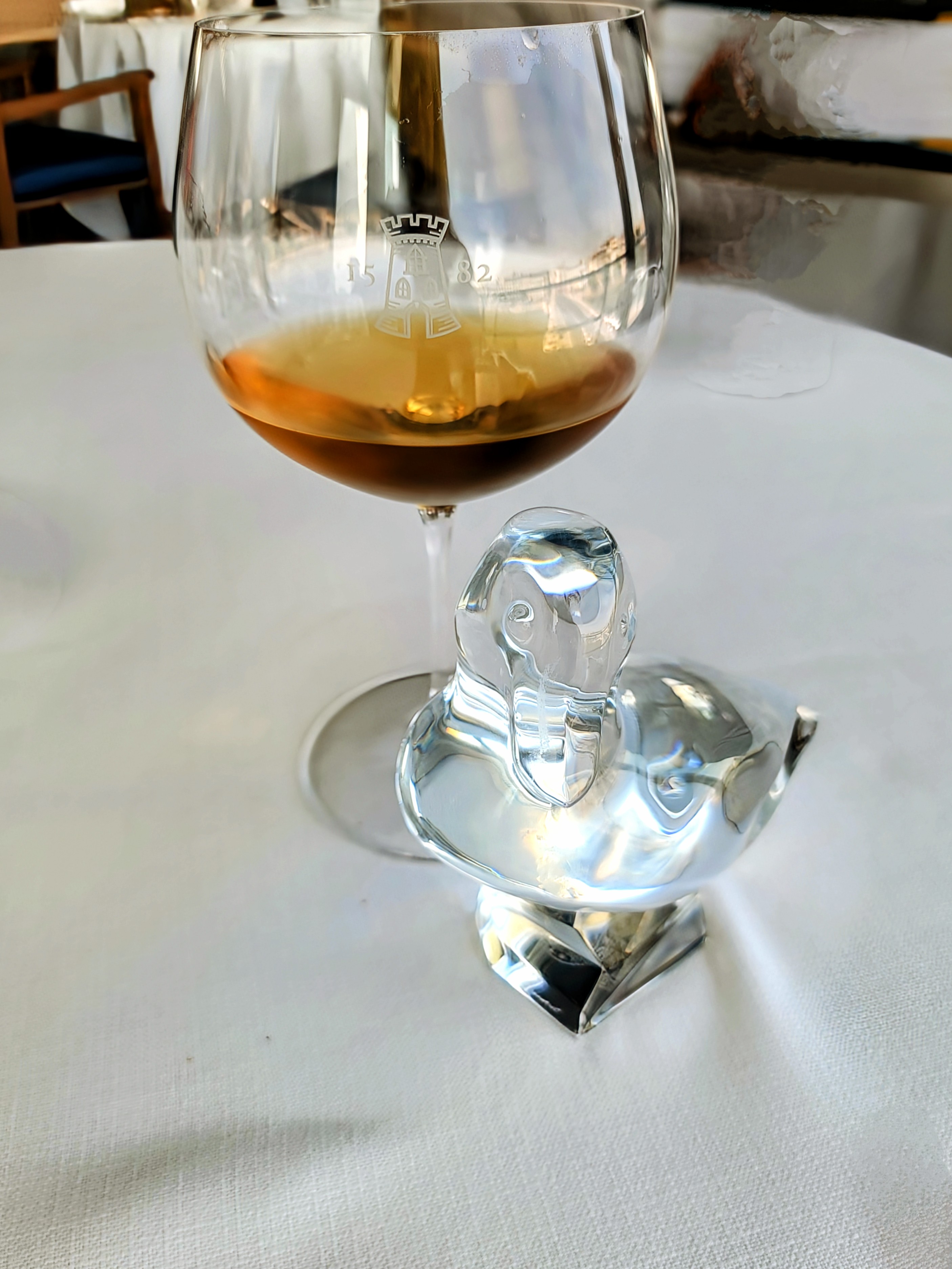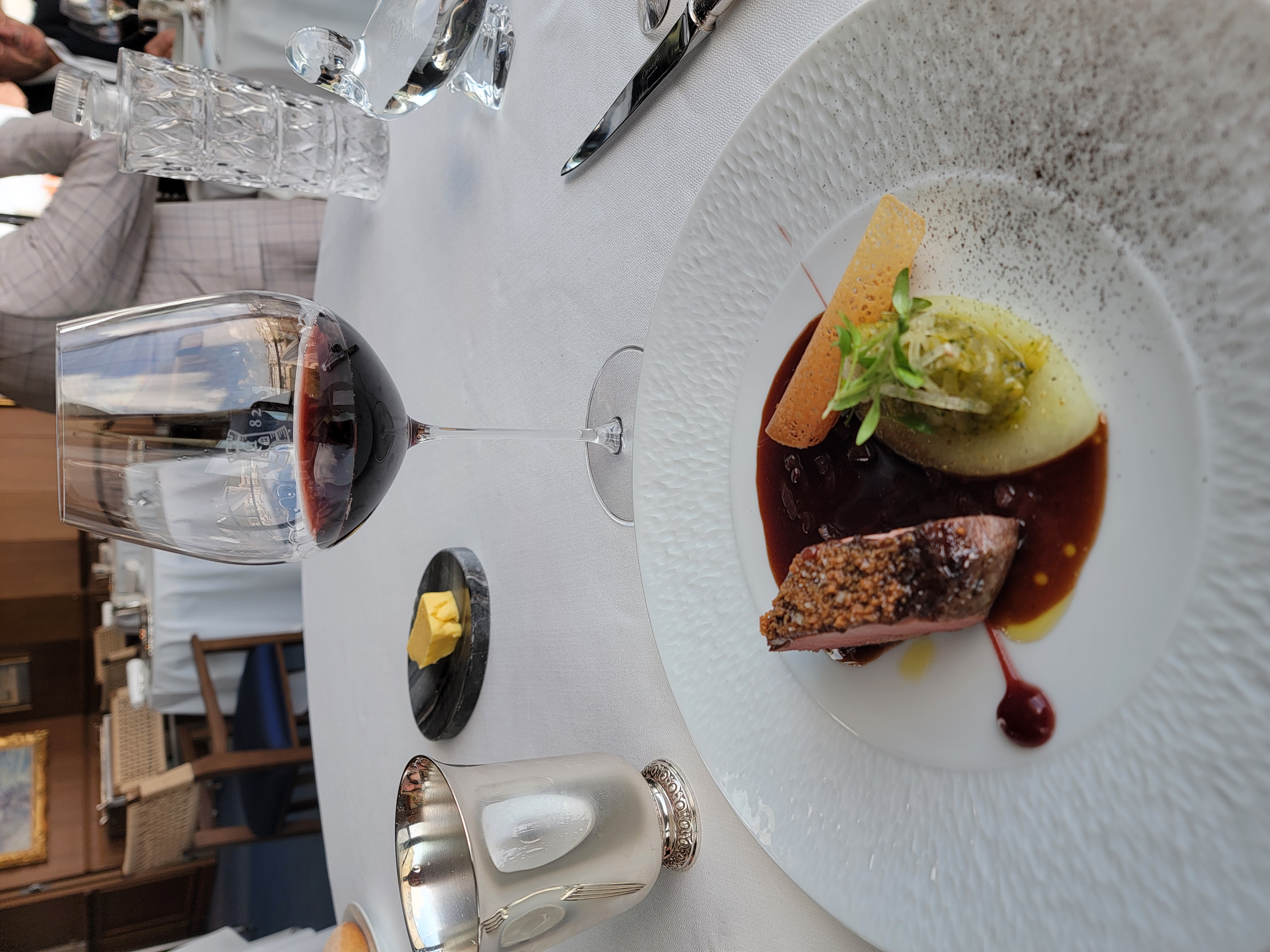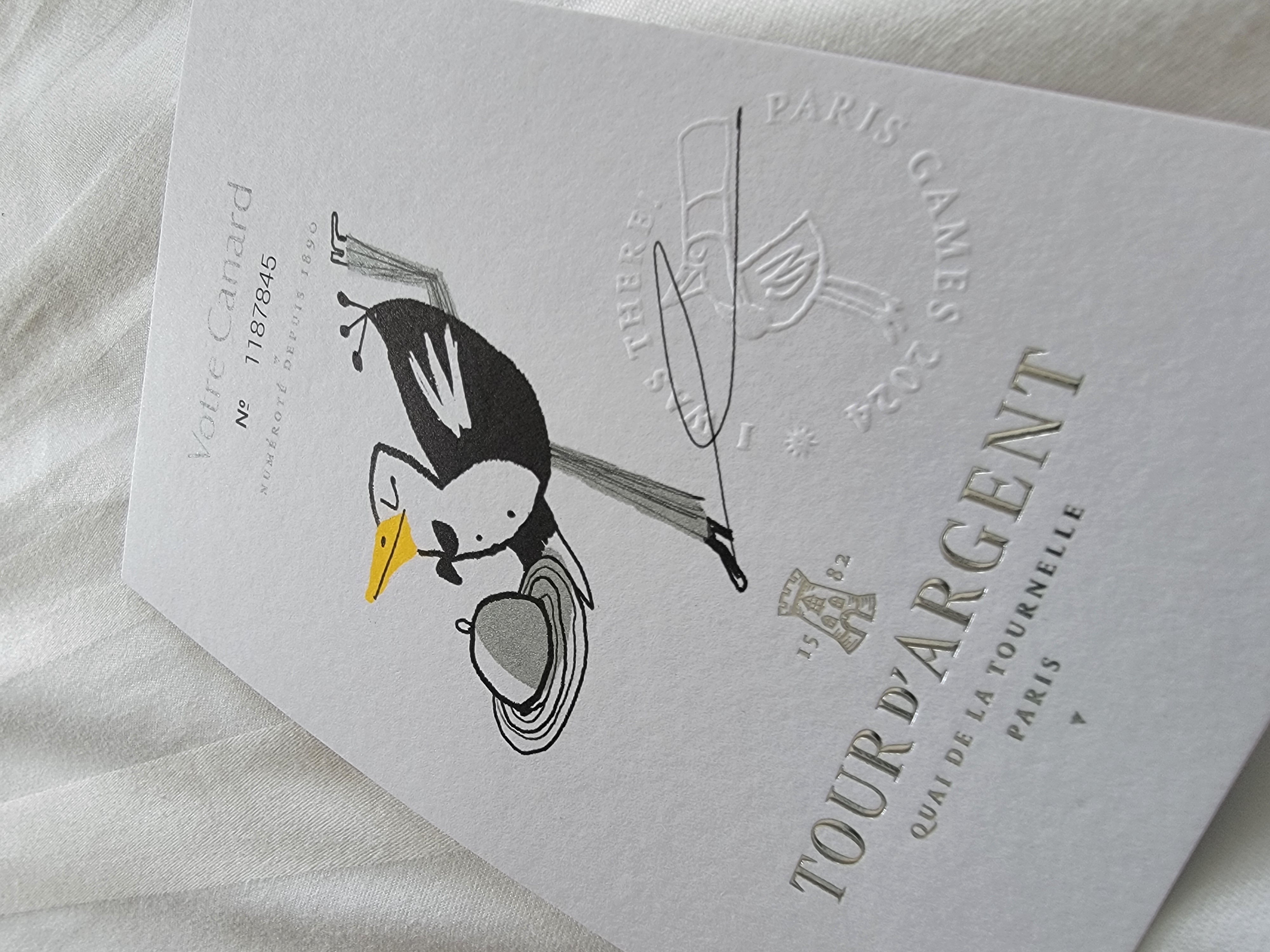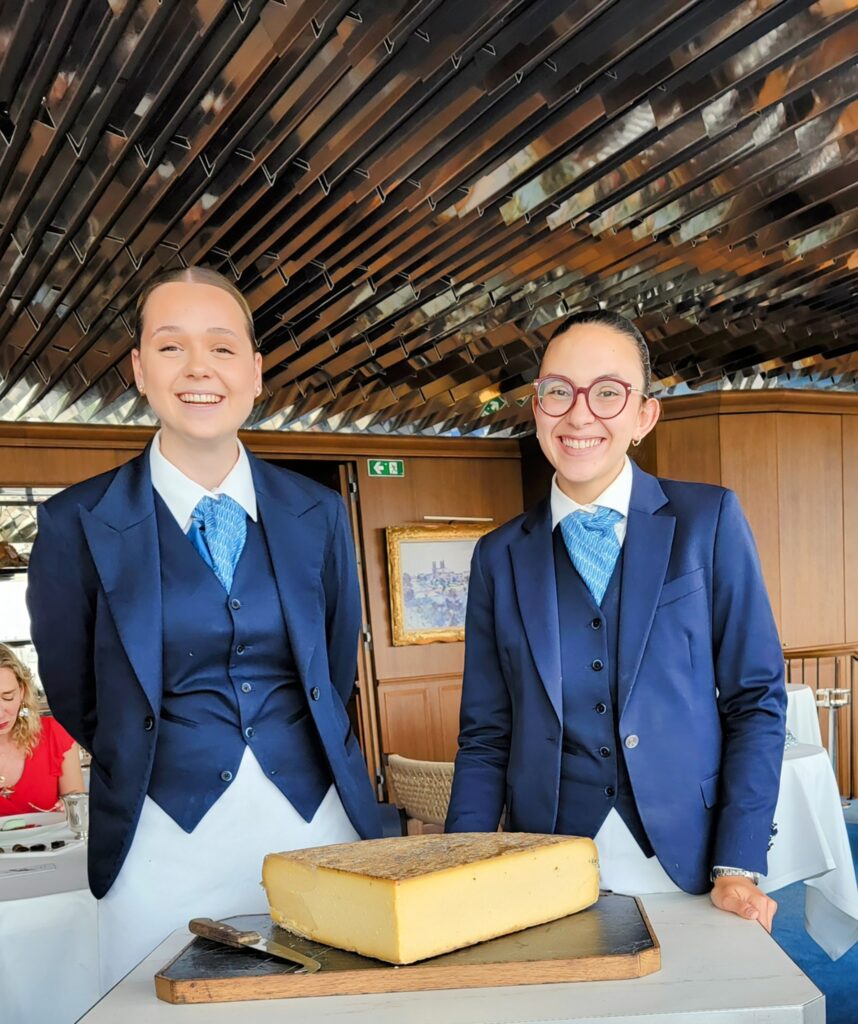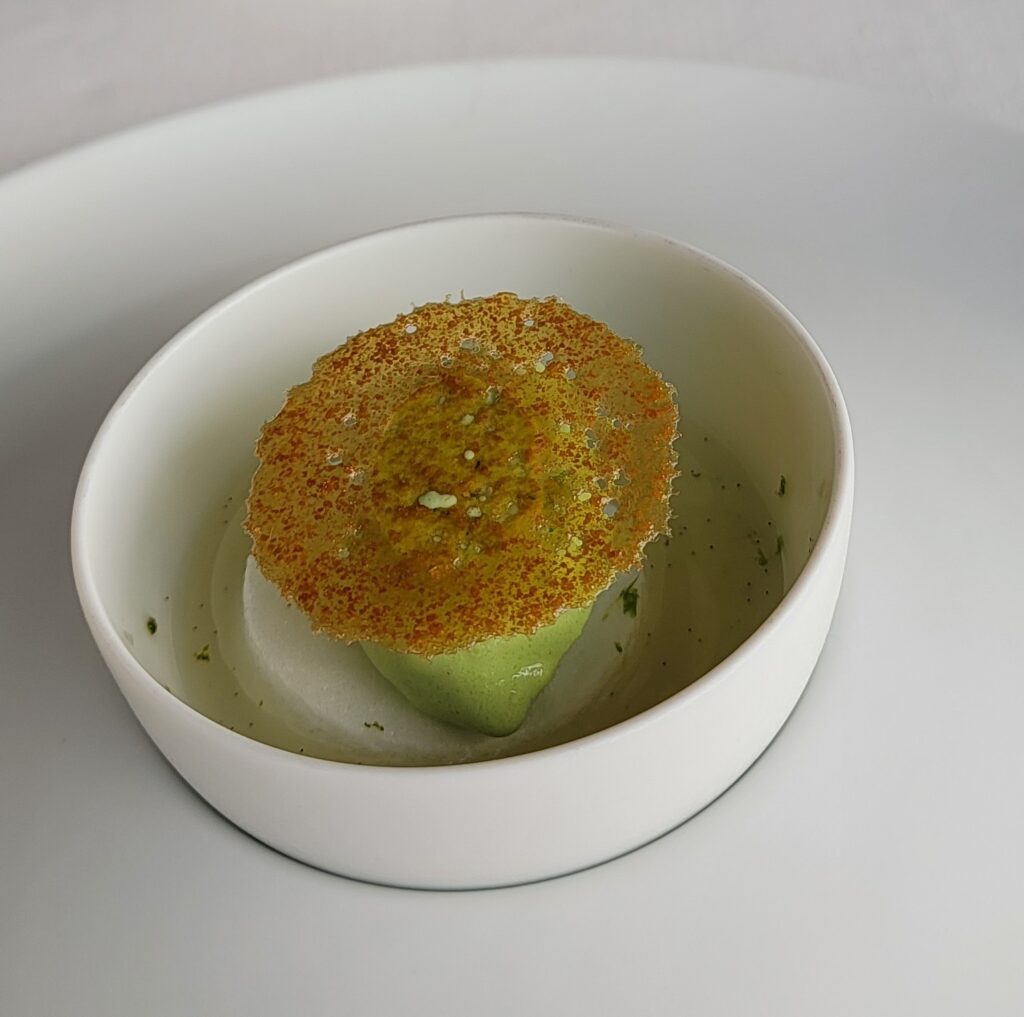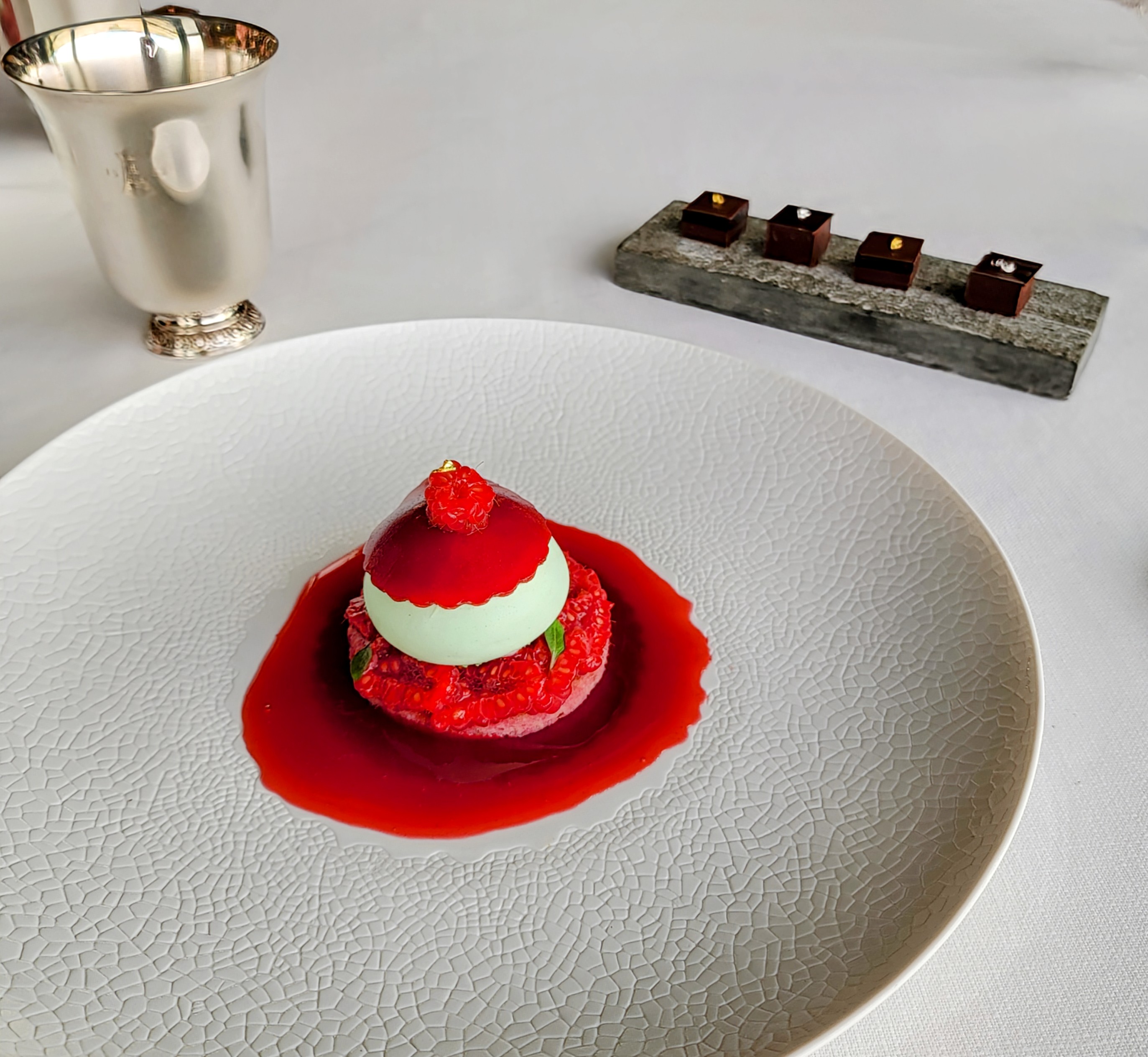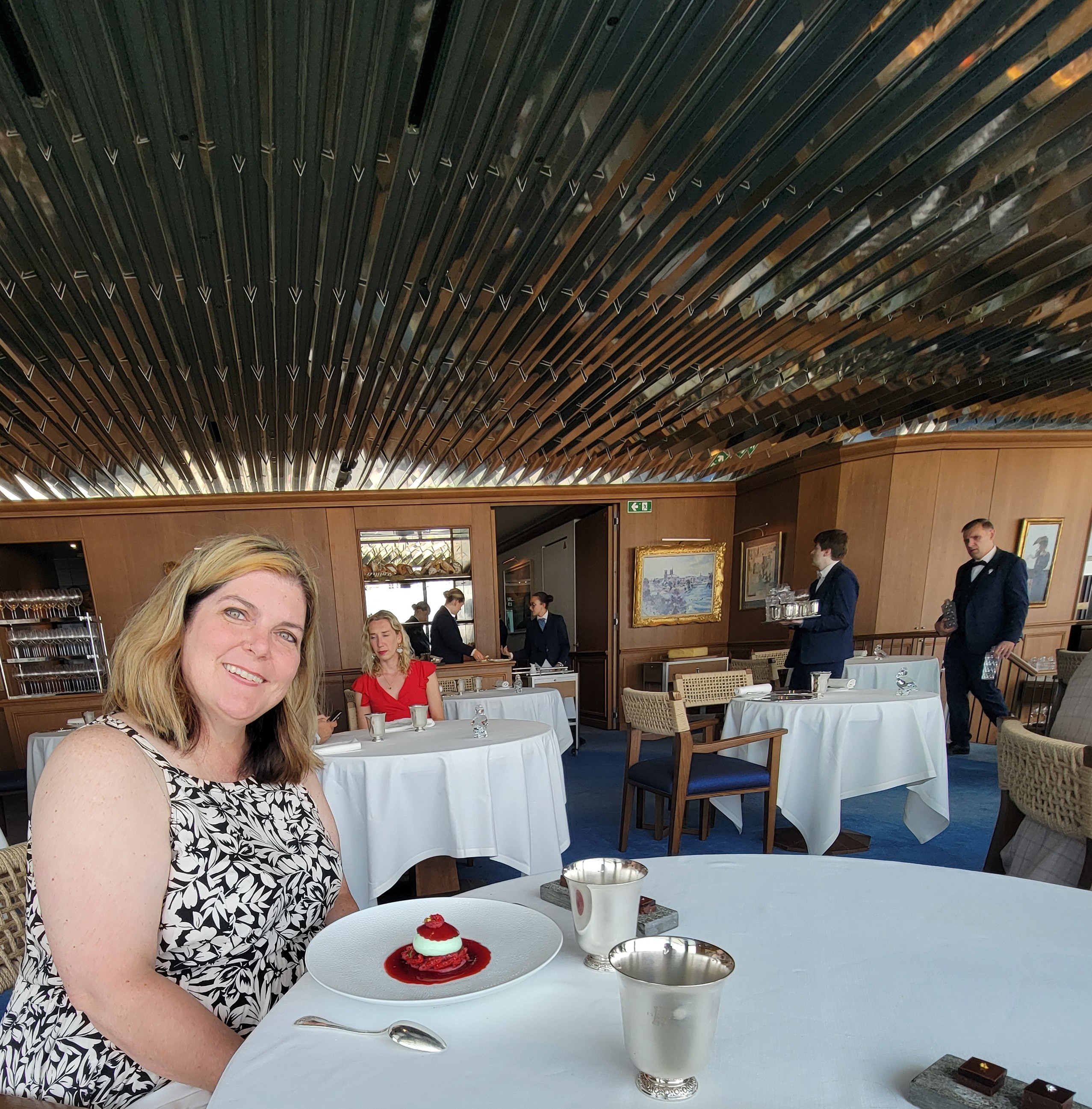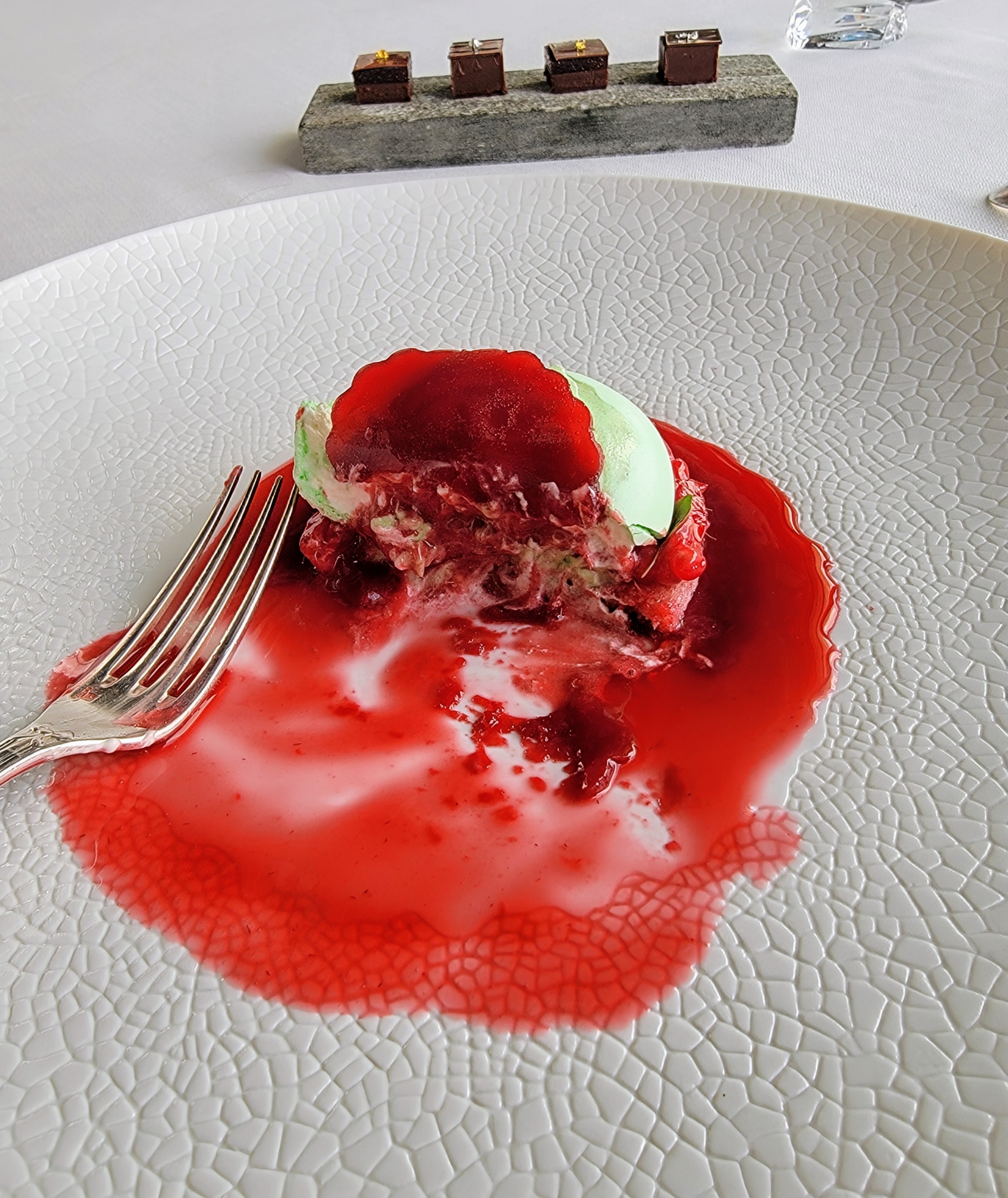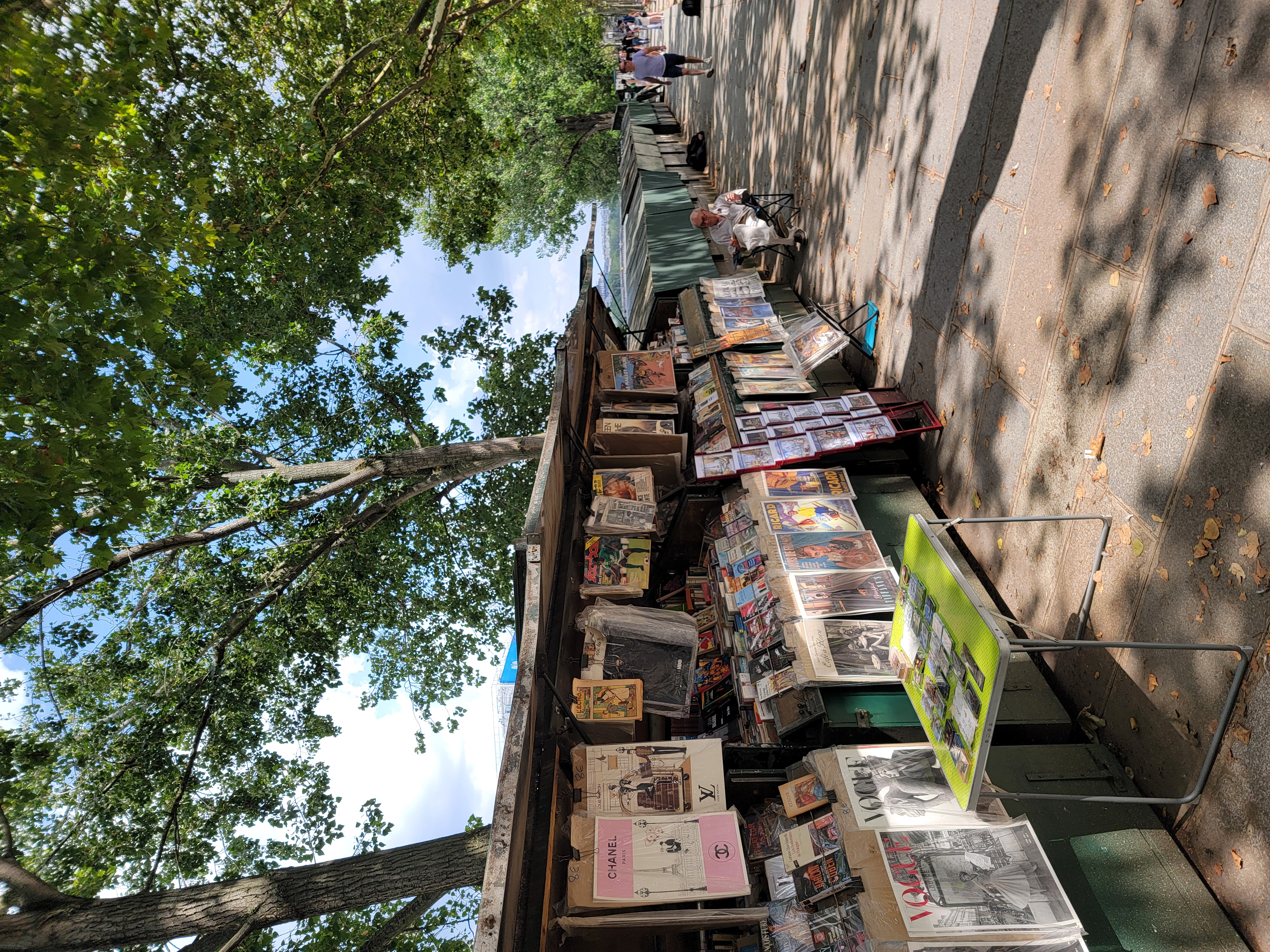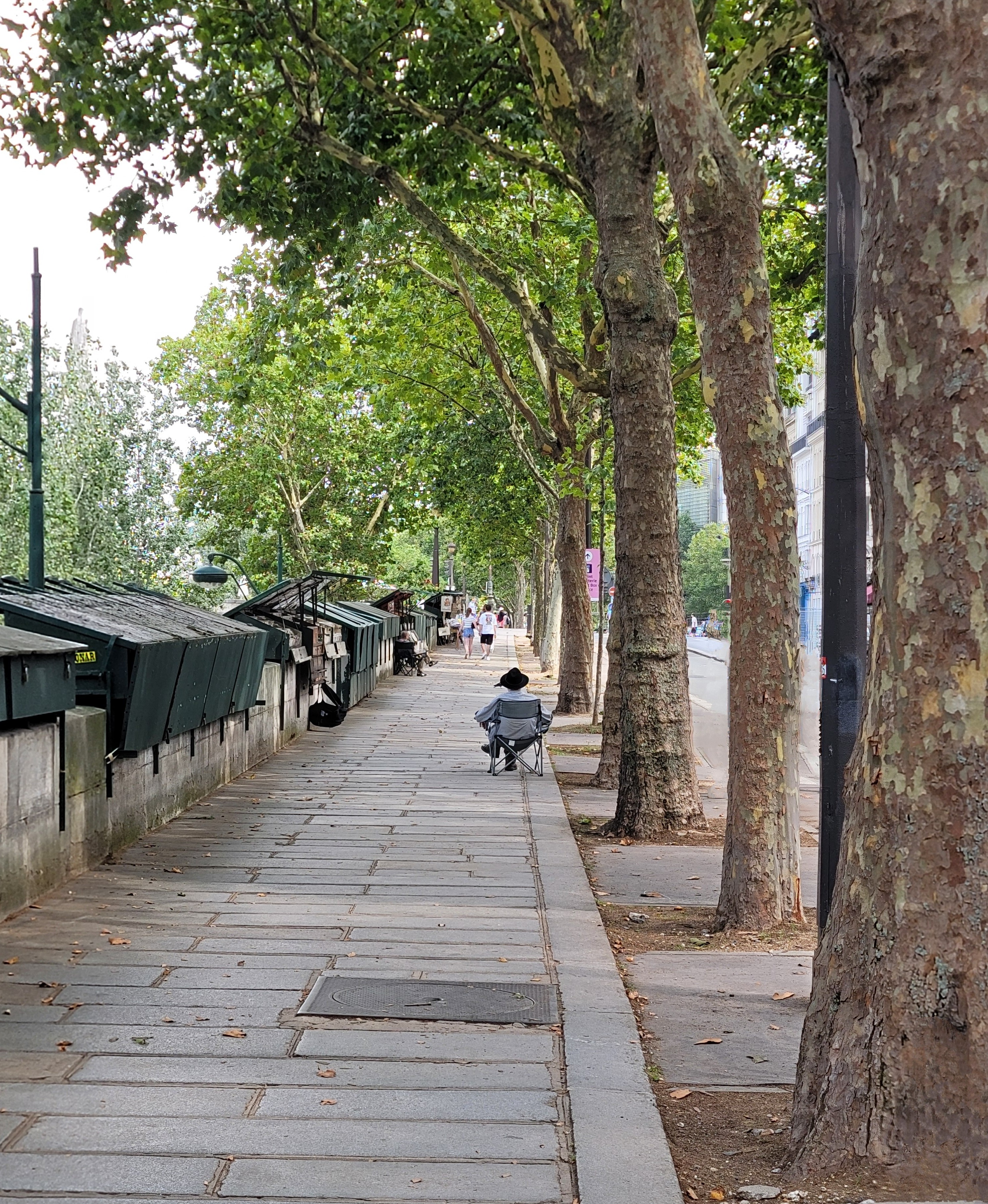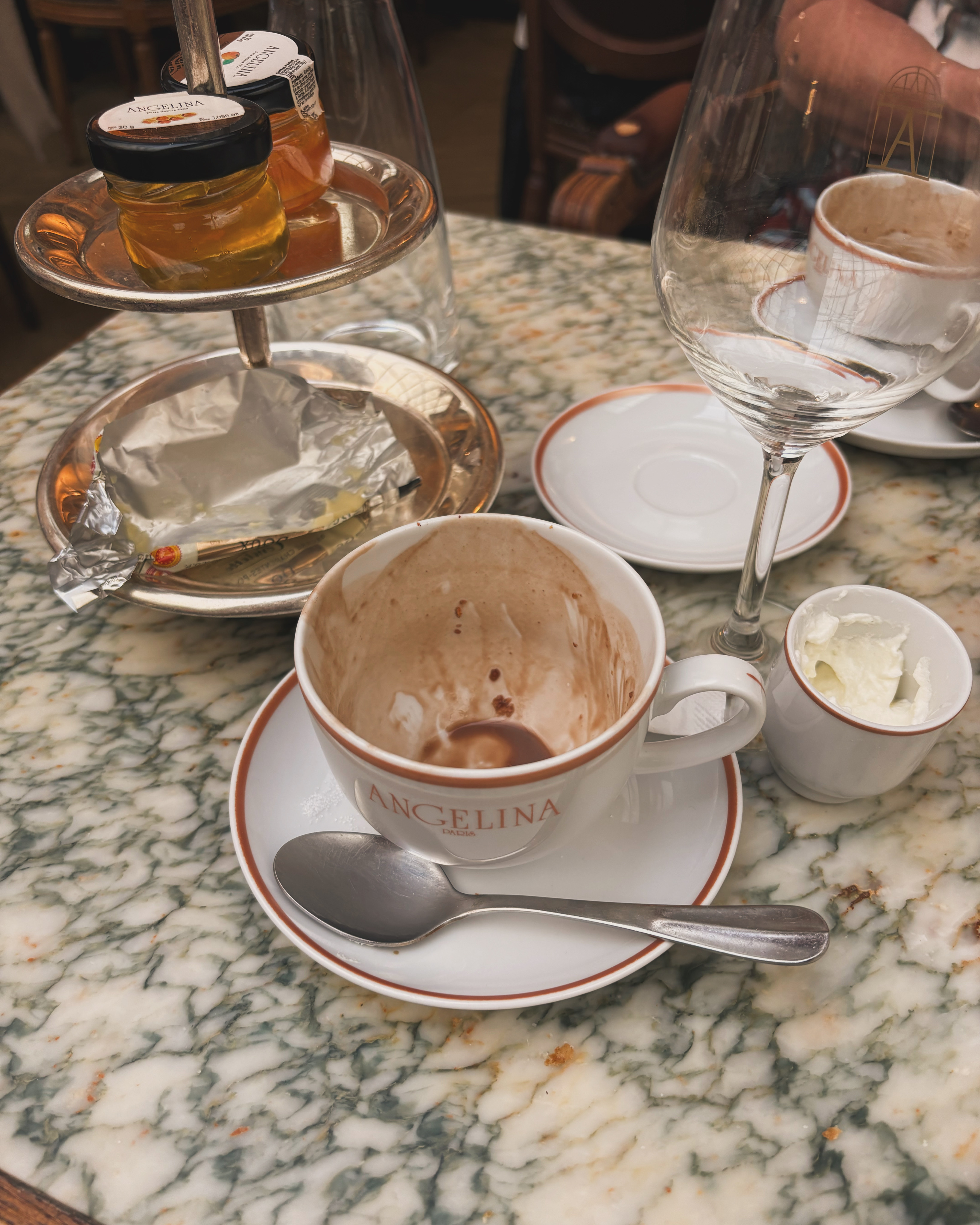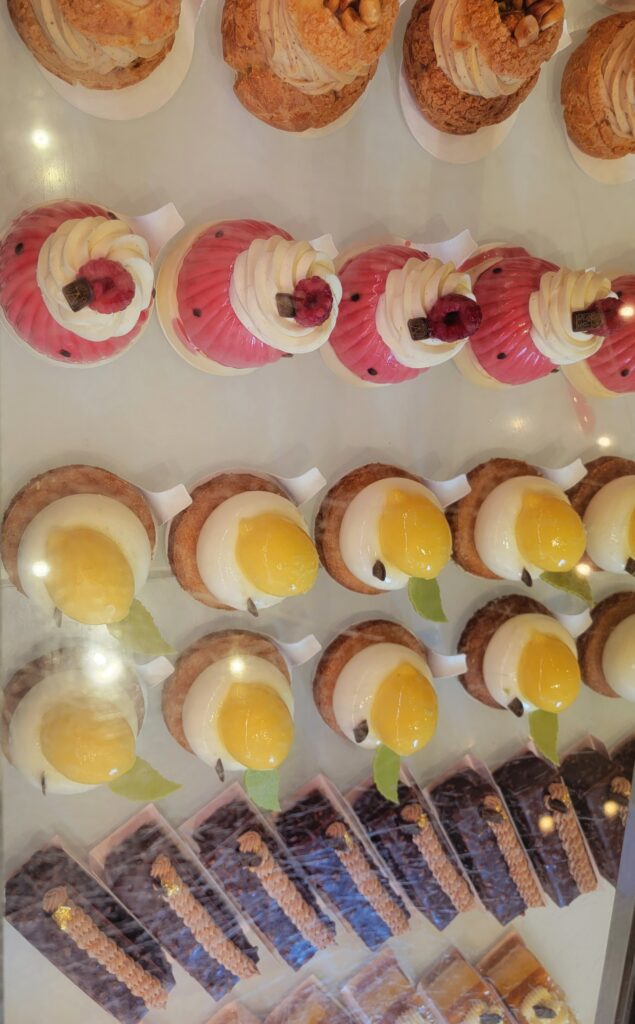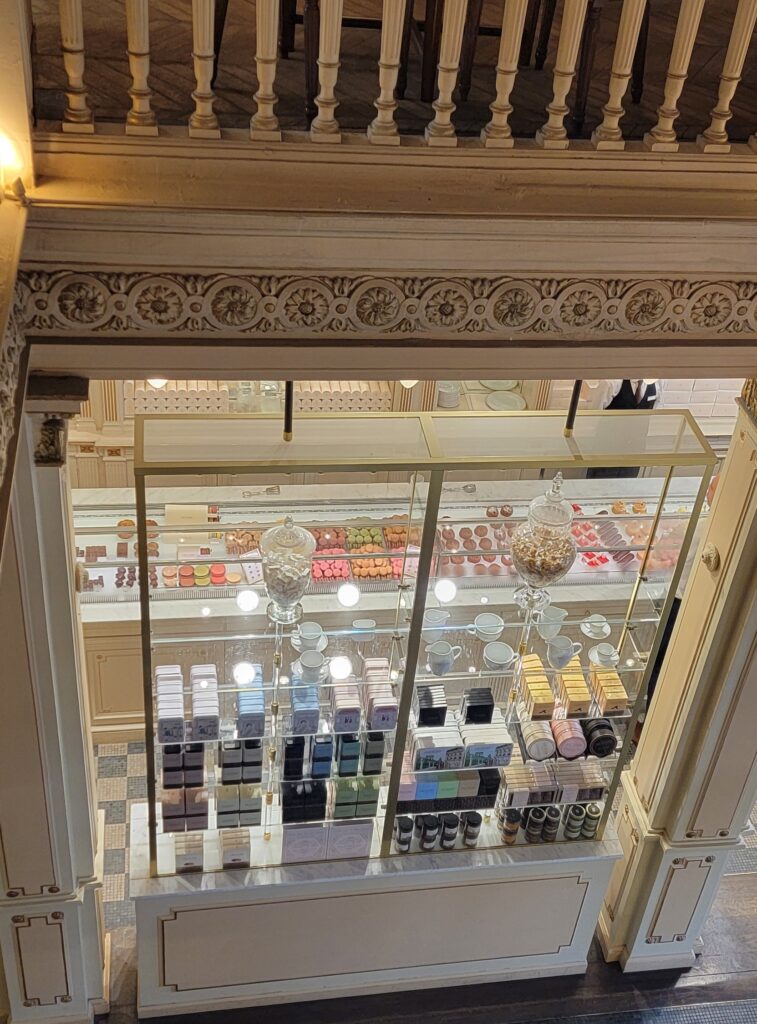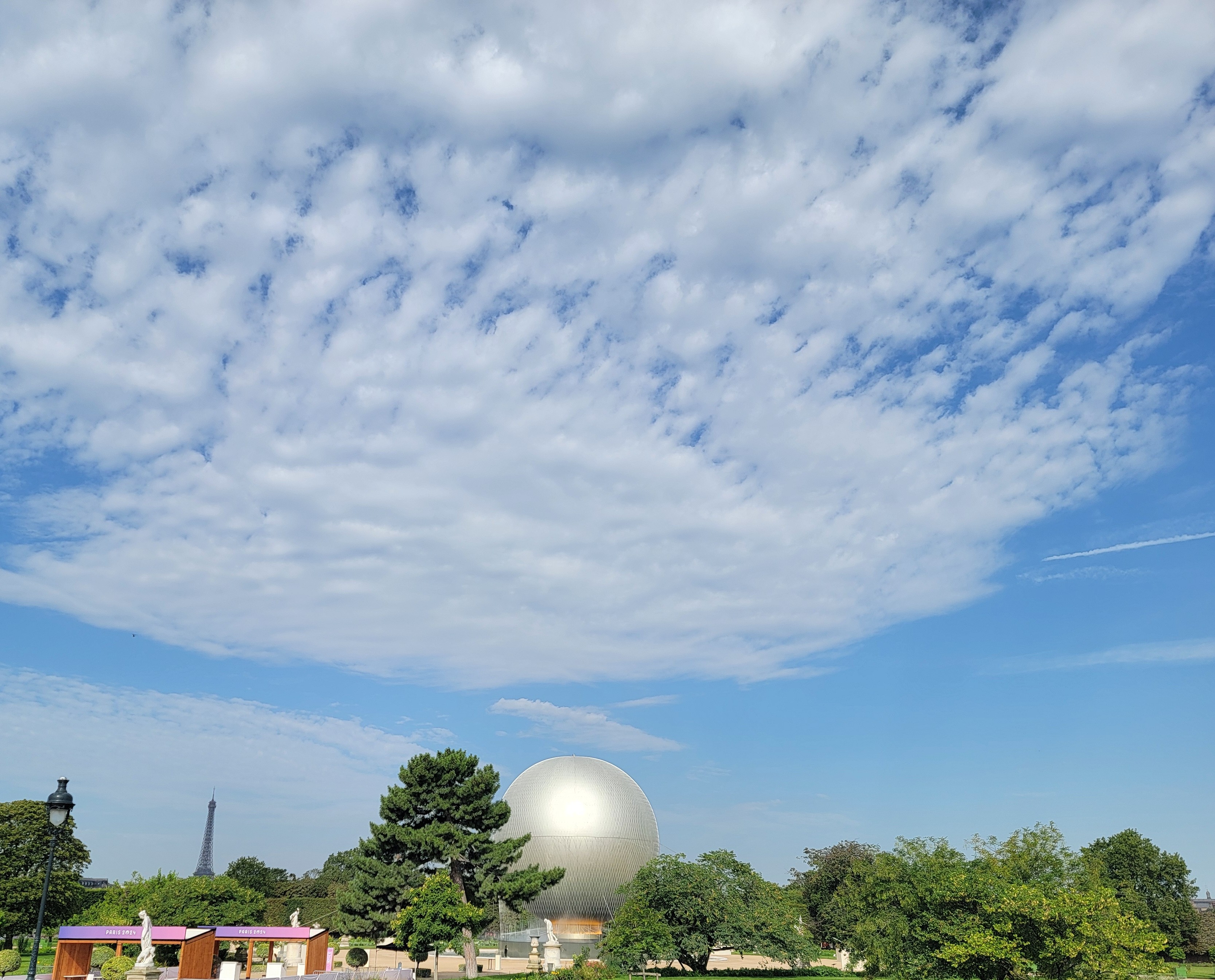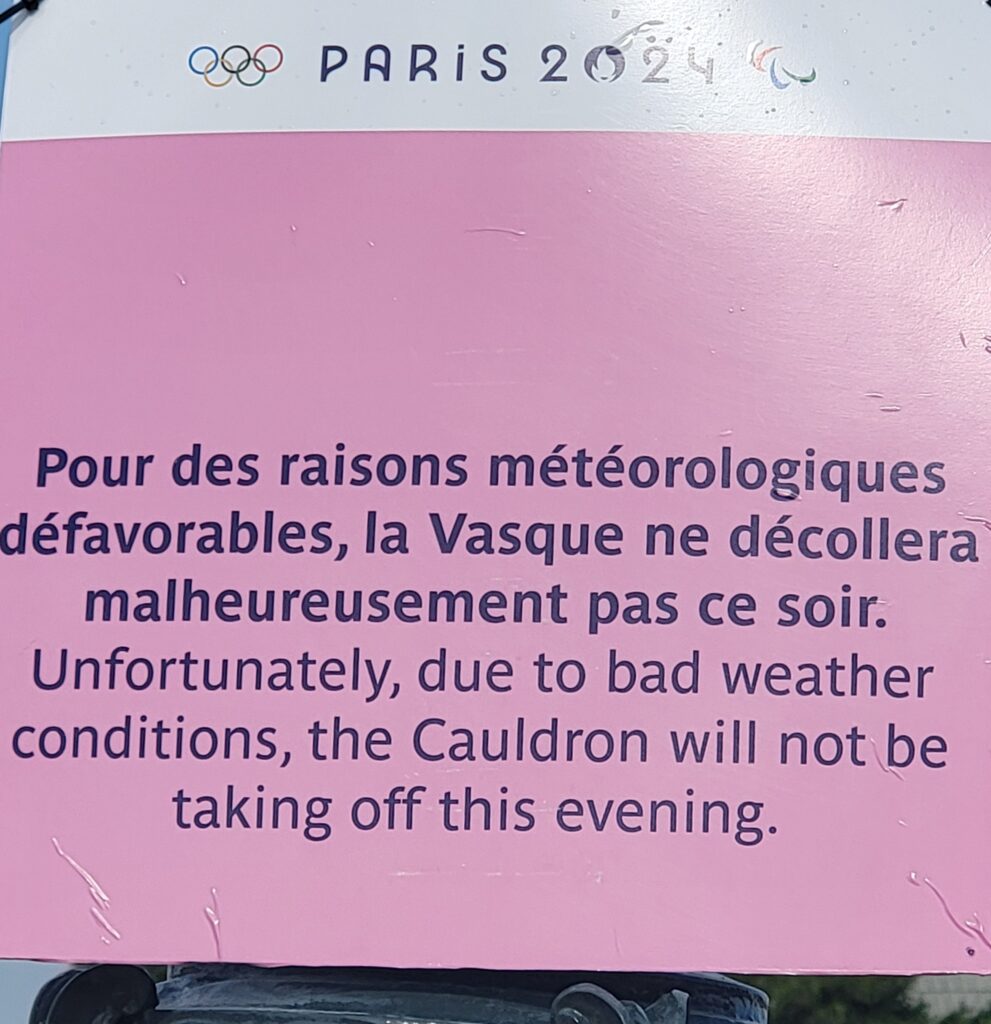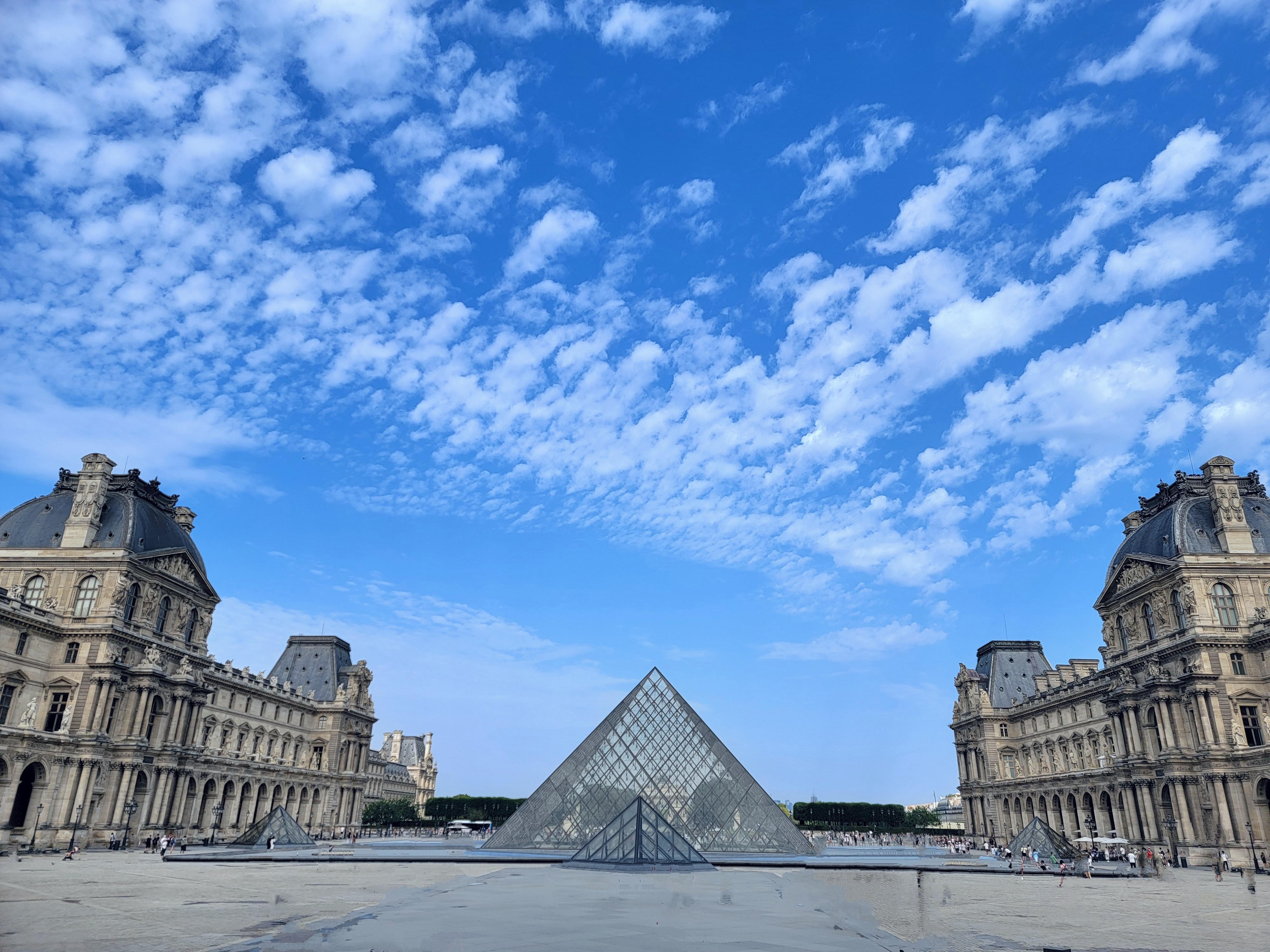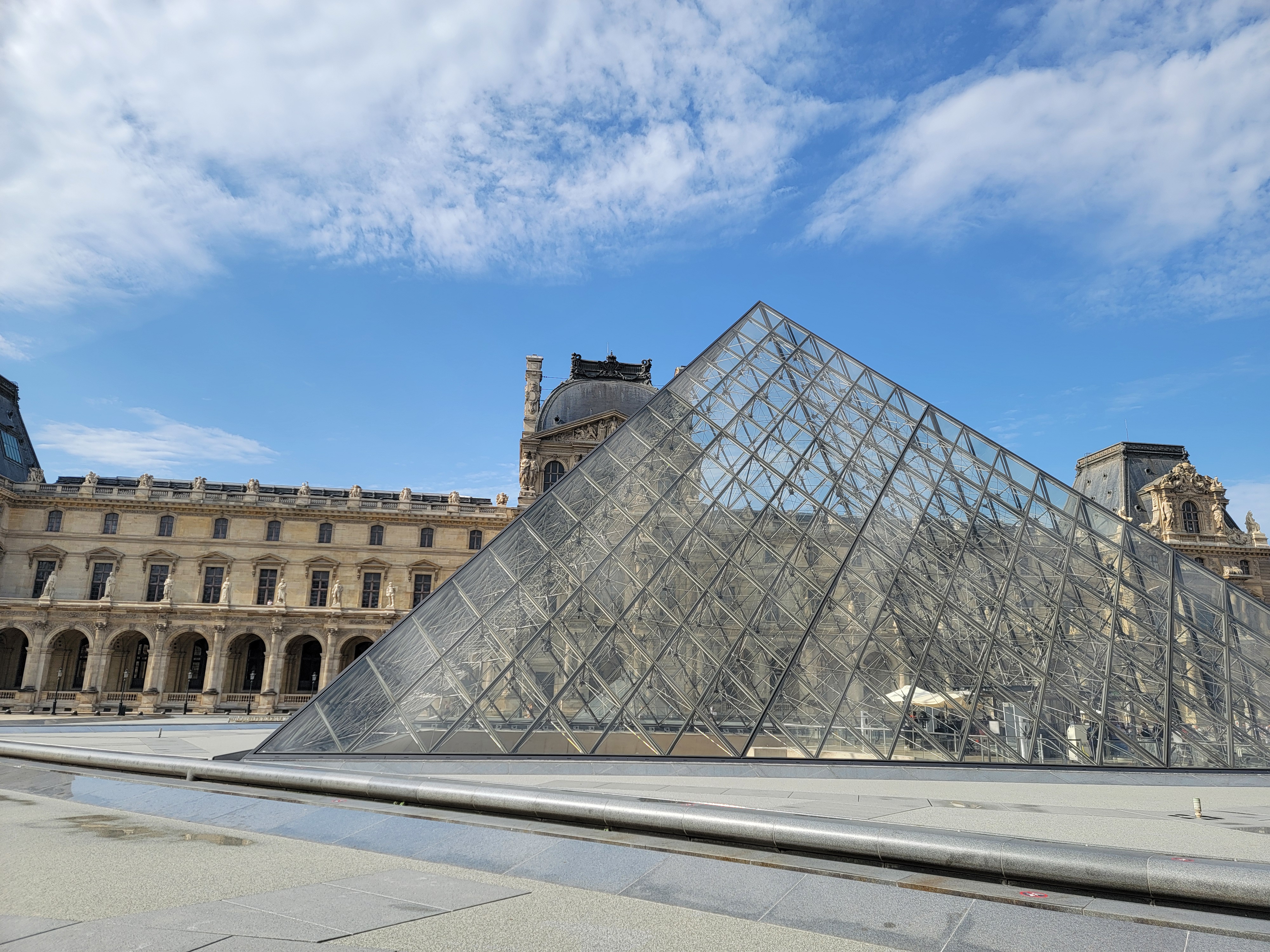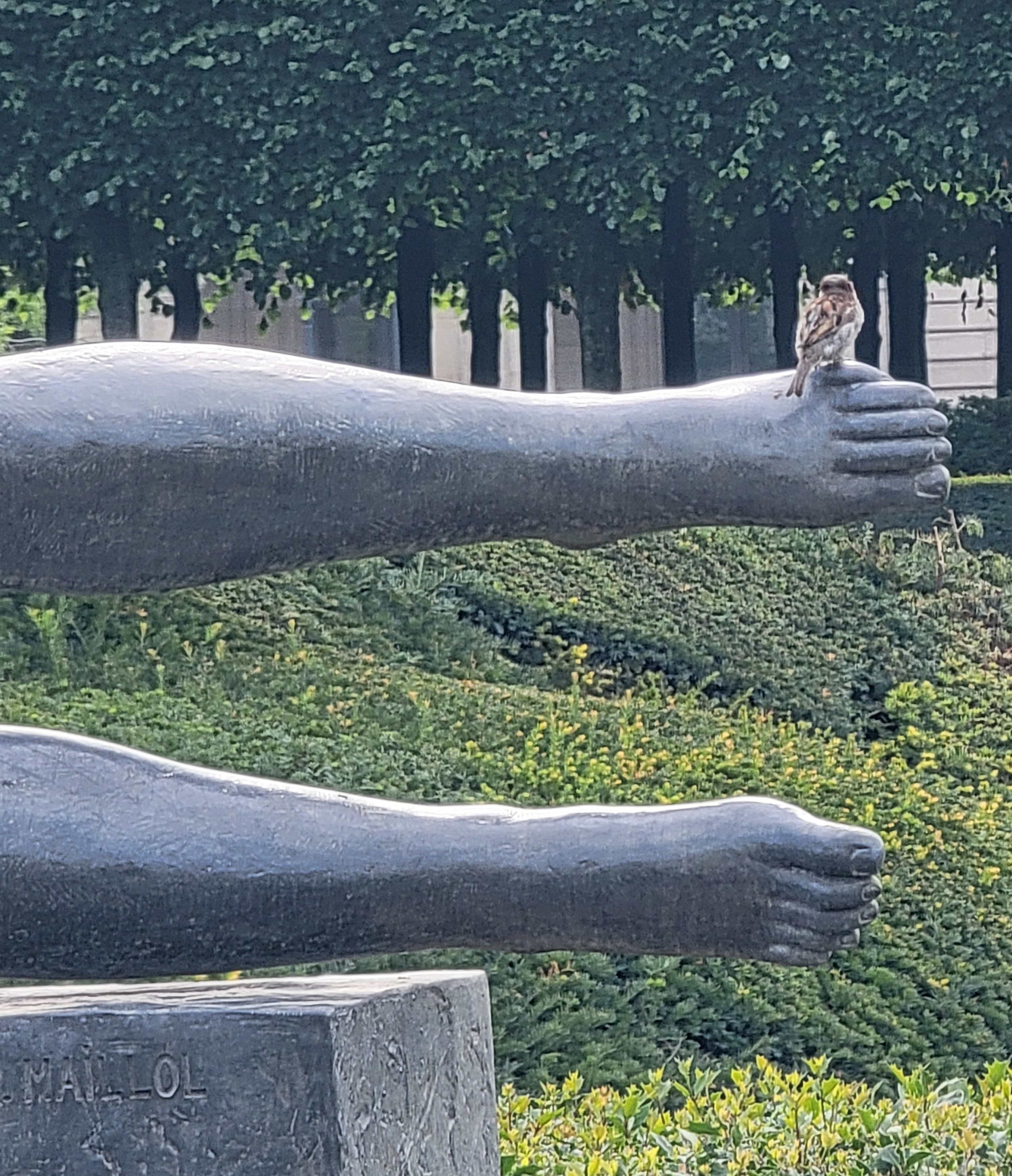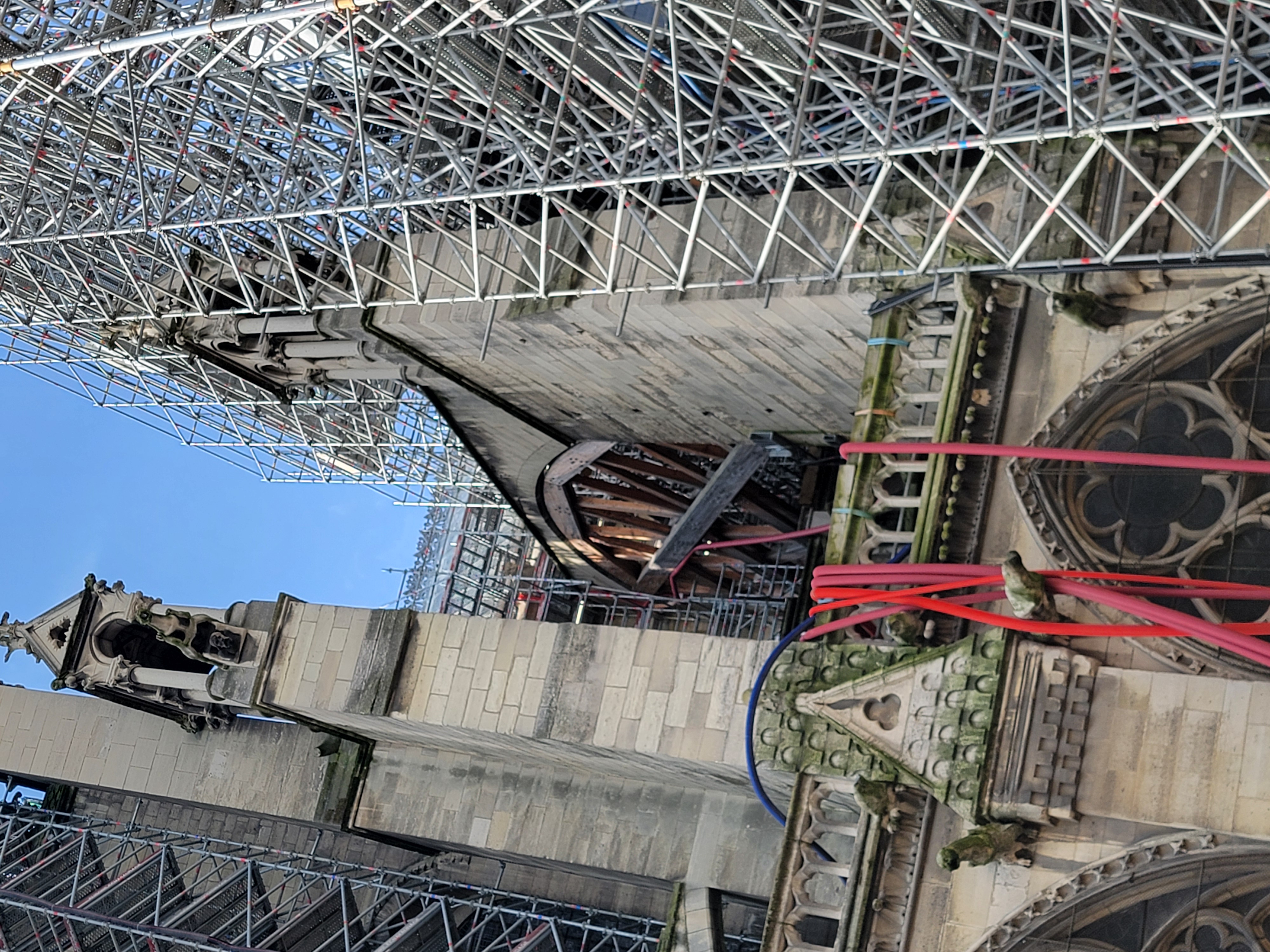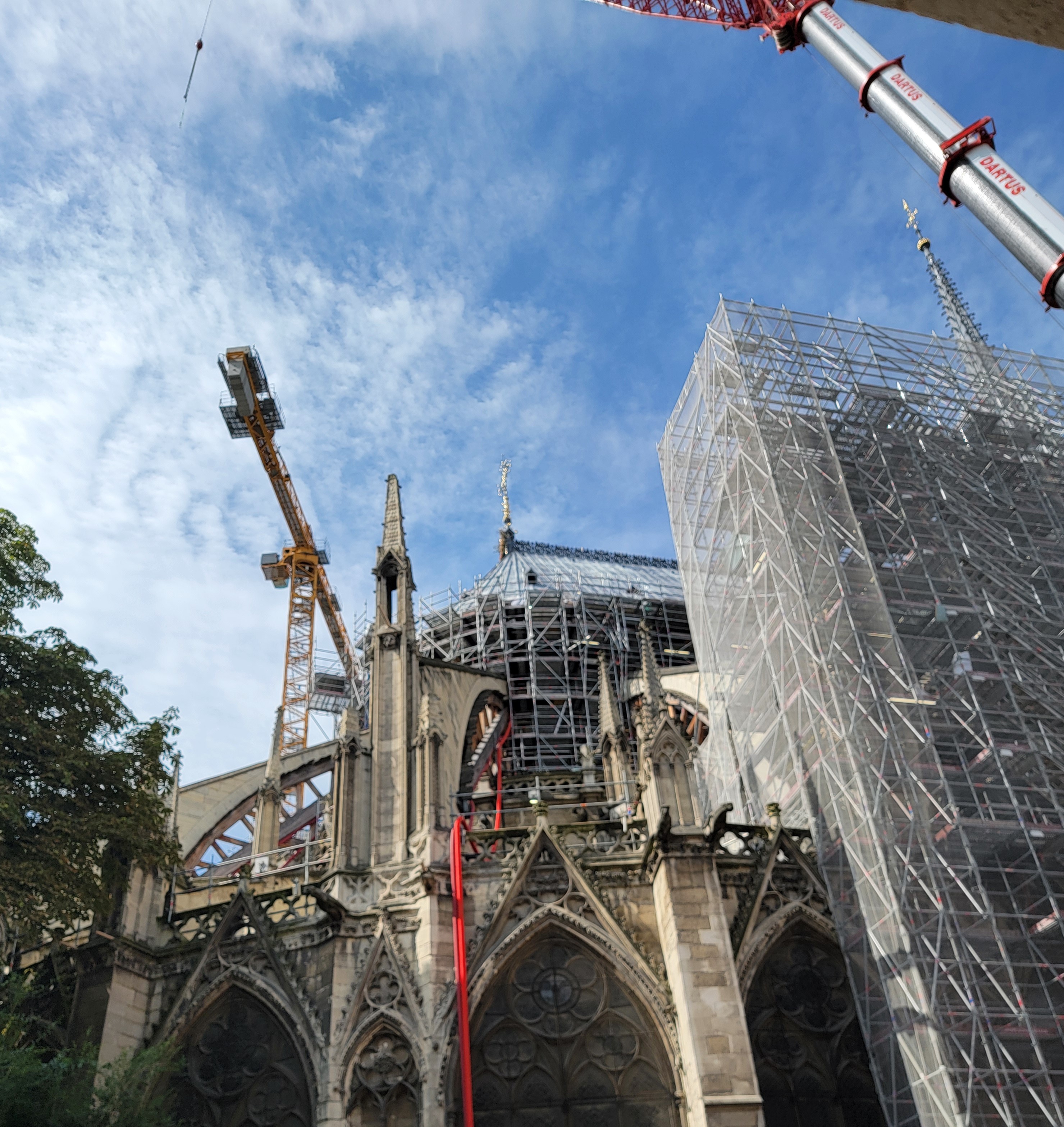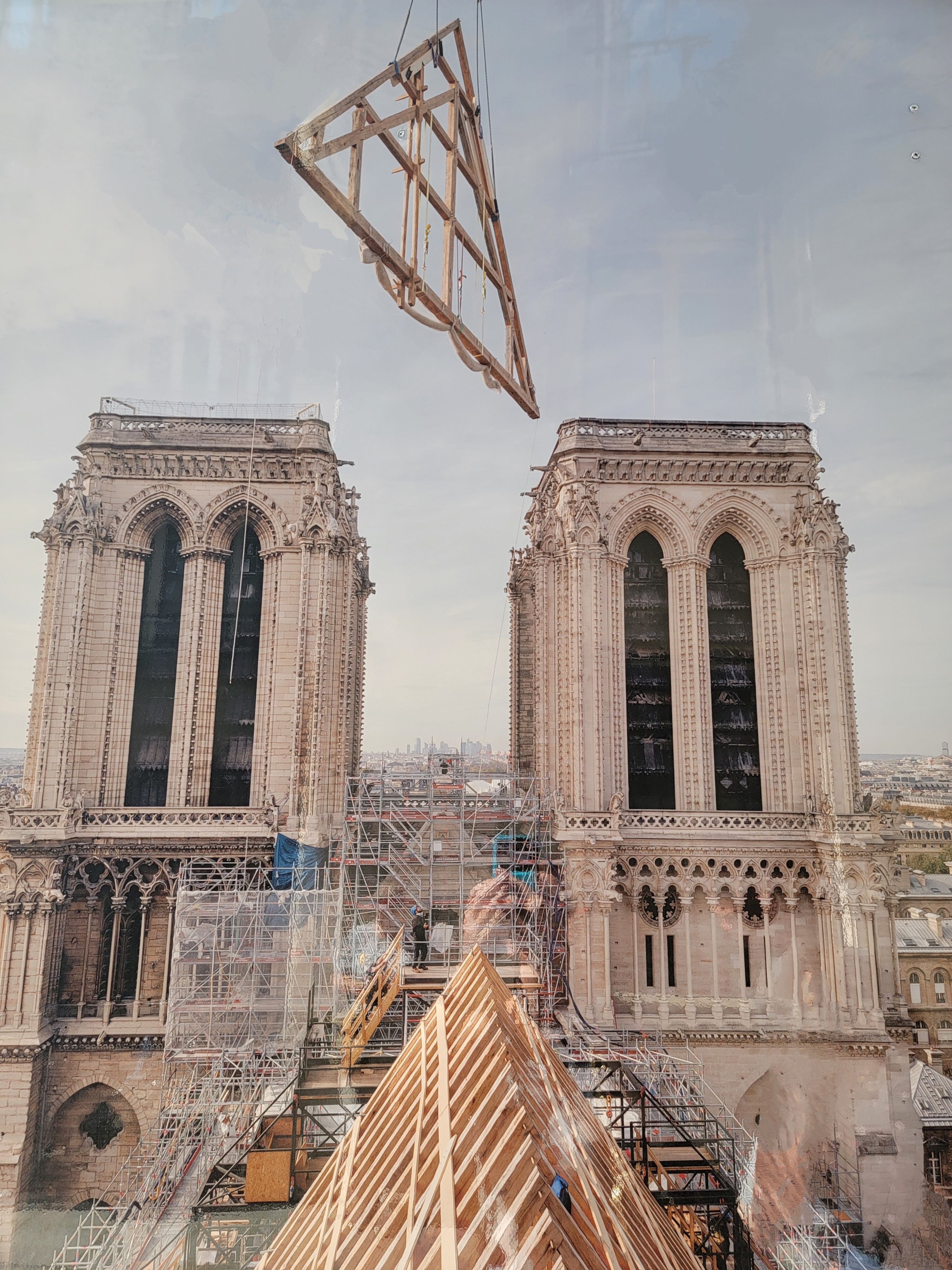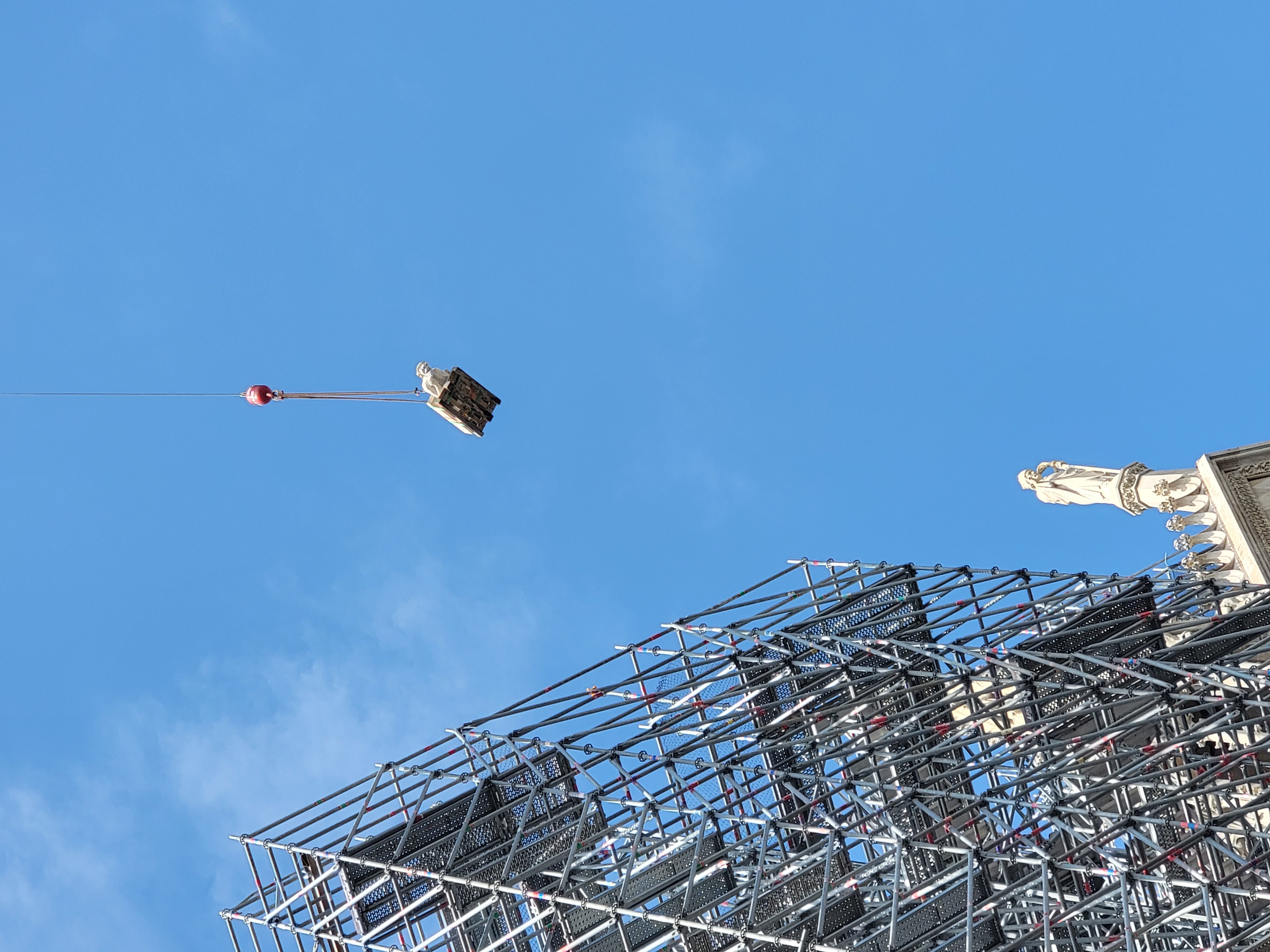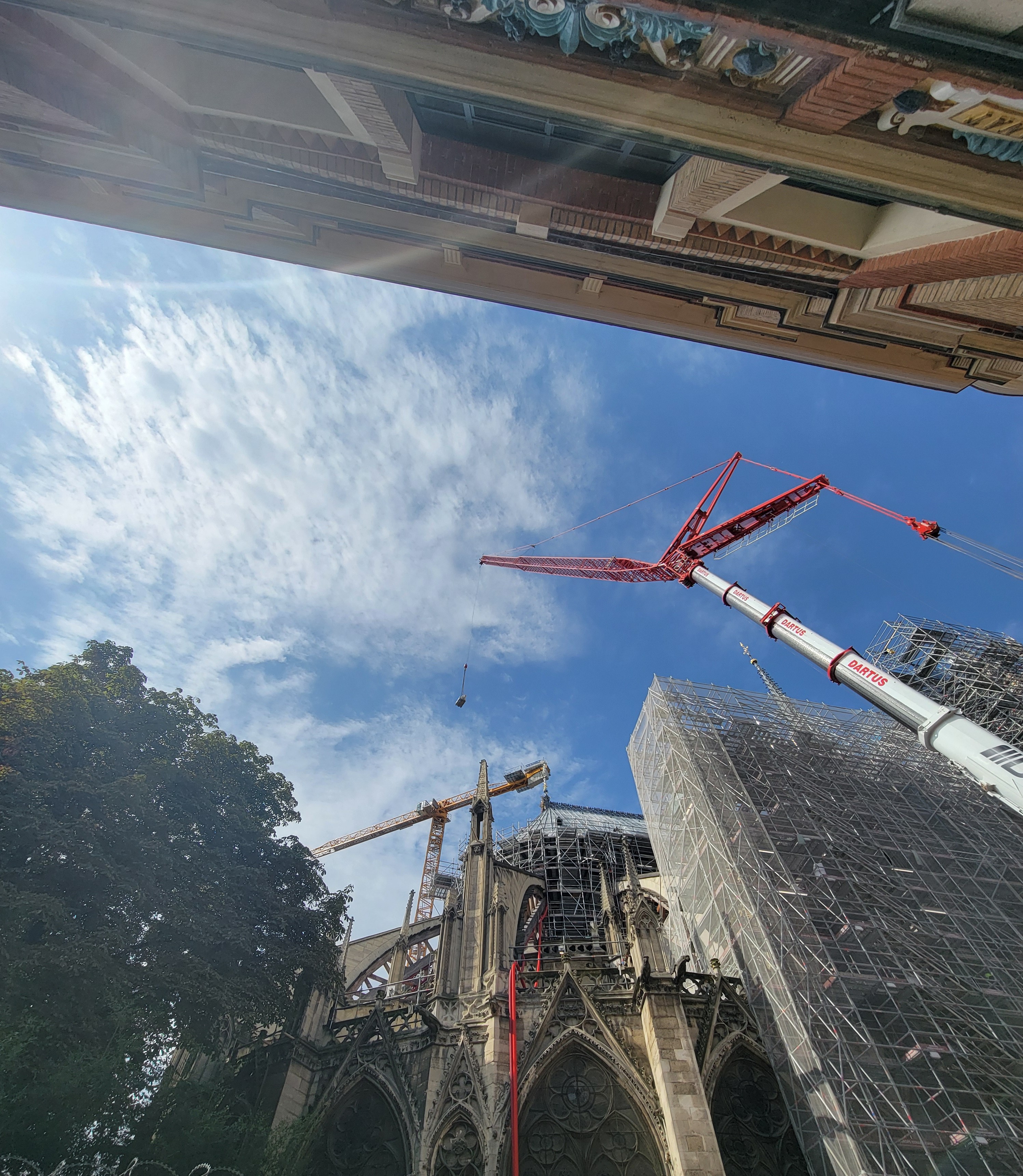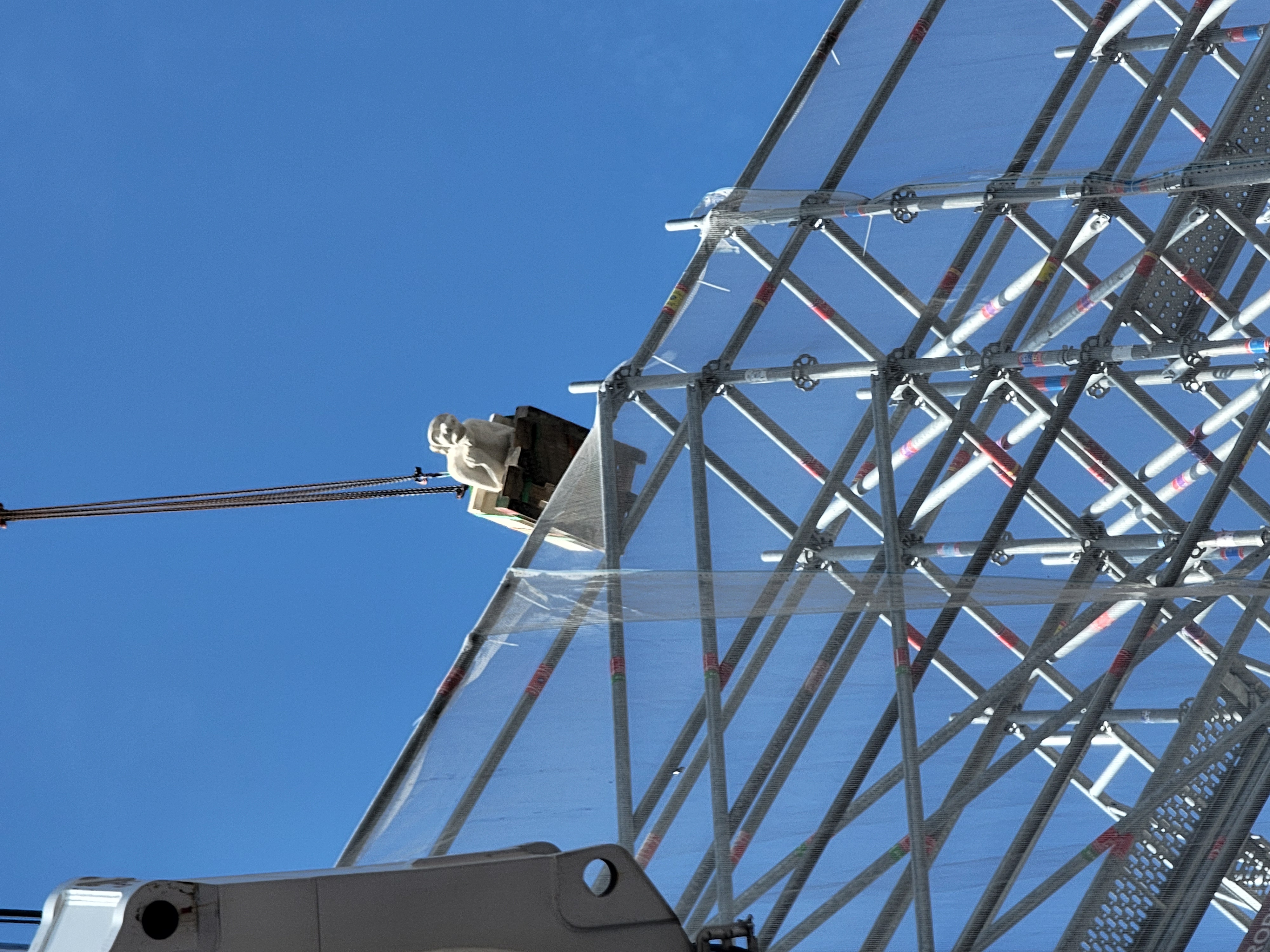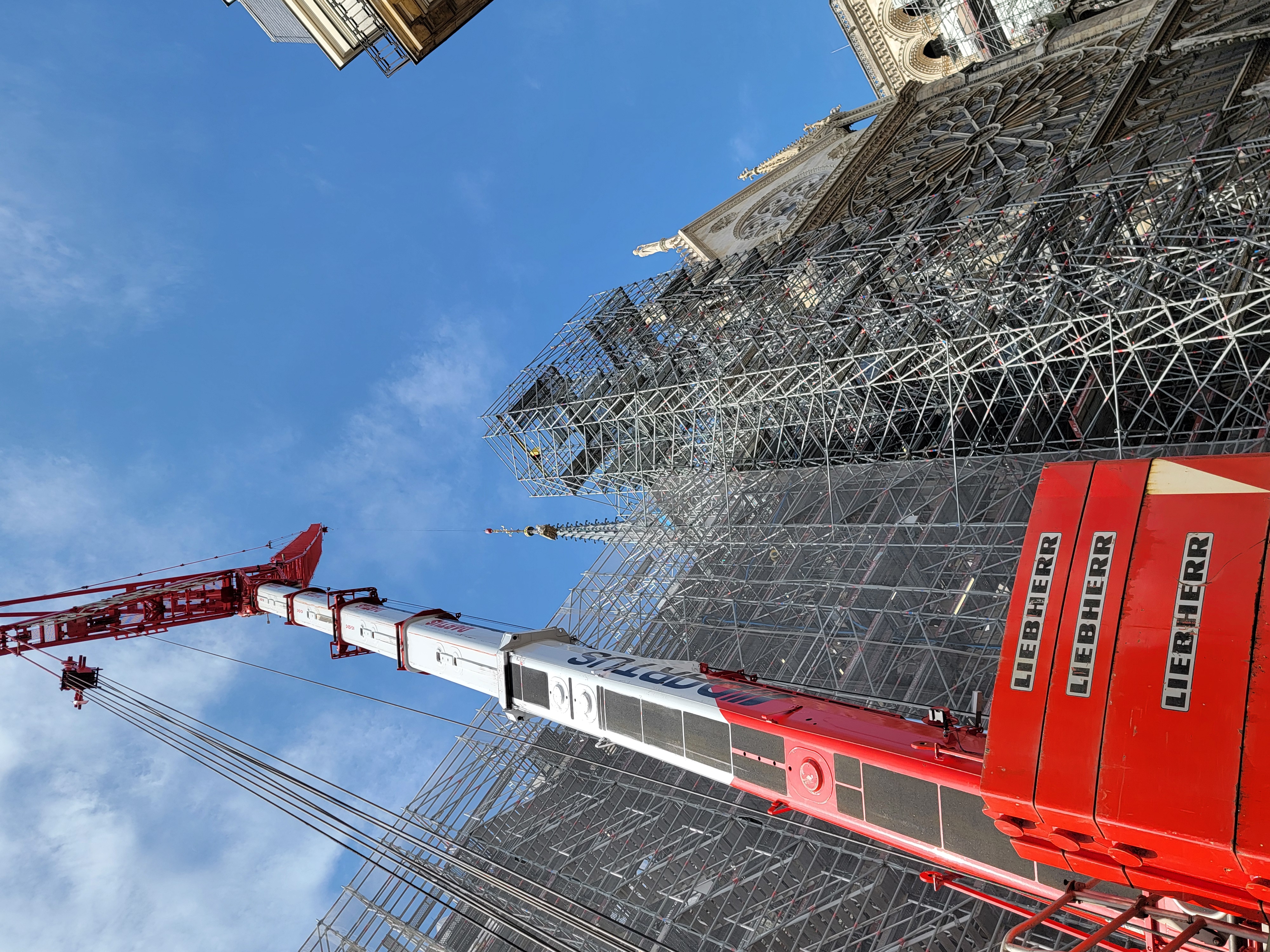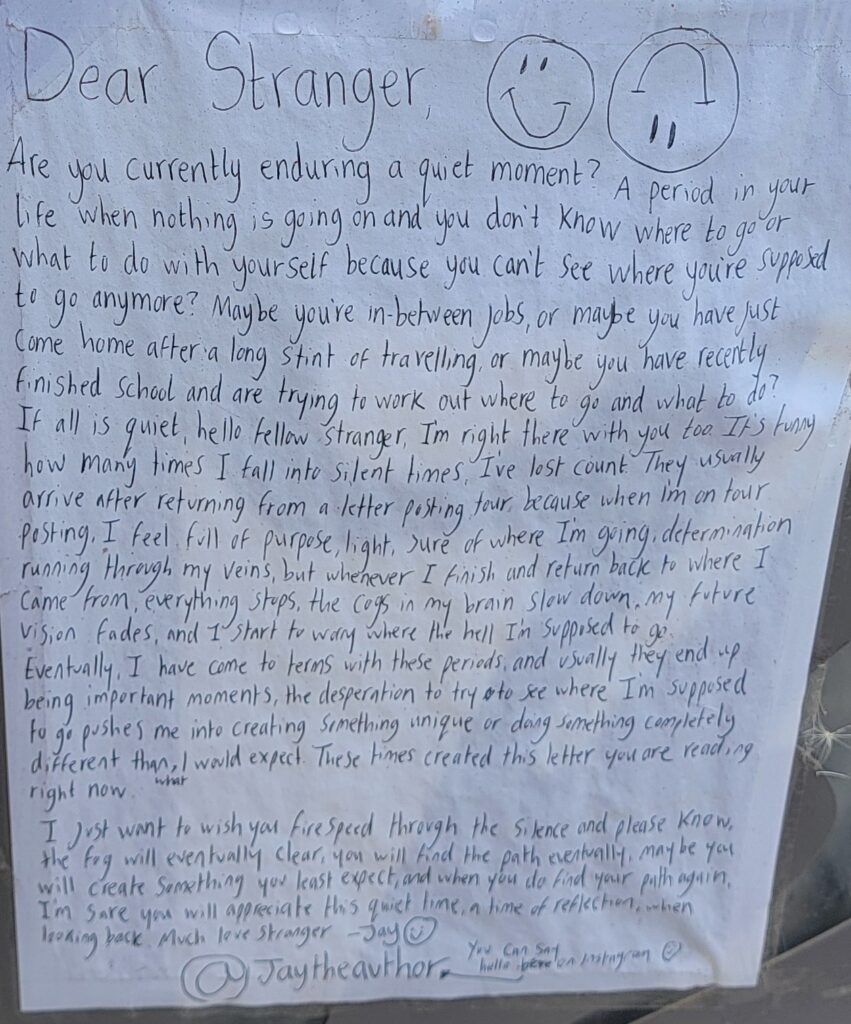Well, I’ve just toodled Leann off to her “locking the gates at the Tower of London” ceremony by way of the best local fish and chips shop in TripAdvisor, downloaded photos from her phone, H’s phone, my phone . . . And now time to put it all together.
So – Hi!!!
Has to be about a year ago, a friend texted me out of the blue saying, “You and Leann want to go to the Olympics?” (My reaction – “Um, whaaaa?”) Turns out that you need to enter a lottery to be able to purchase tickets early on; she had, and had won. This allowed her to purchase sets of 3 tickets (to “lower ranking” events) for 6 people. Leann and I chose Men’s Water Polo, Men’s Trampoline (which may or may not be taking place in a museum), and Men’s Beach Volleyball (at 9 p.m. – on “the beach” . . . At the foot of the Eiffel Tower!) We all wanted to go to the Rowing finals, Women’s Skateboarding finals . . . Then booked a few events together, and a few separately, via Get Your Guide (recommended by the American Express concierge as “Not a scam.”)
As Leann hadn’t been “across the pond,” we decided to take a few days in London first.
Delta had a few issues along the way – first, cancelling Leann’s direct flight … then just cancelling her trip altogether (Me: “Why did I just get an Amex credit for the $ value of your flight?” Leann: “#$@*&^@# Delta!!) … then getting hit by the computer issue last week and having to cancel ?5,000? Flights – but ultimately we both made it! (NOTE: In my opinion, best seat in Virgin Atlantic Upper Class = 1A. Only one person “behind” you, you don’t share an overhead bin, and there is a HUGE “vent” that you can put your things on, just not for take off and landing. Virgin’s lie-flat seats are a little oddly configured, so this made a HUGE difference.)
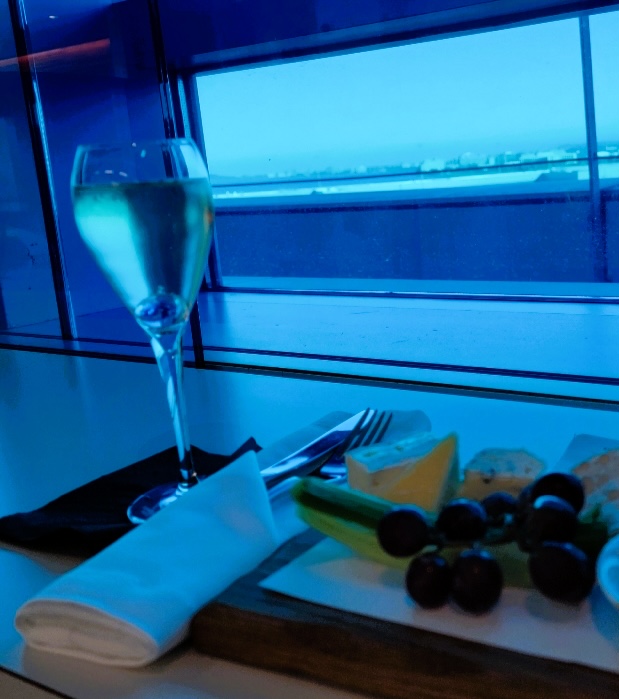
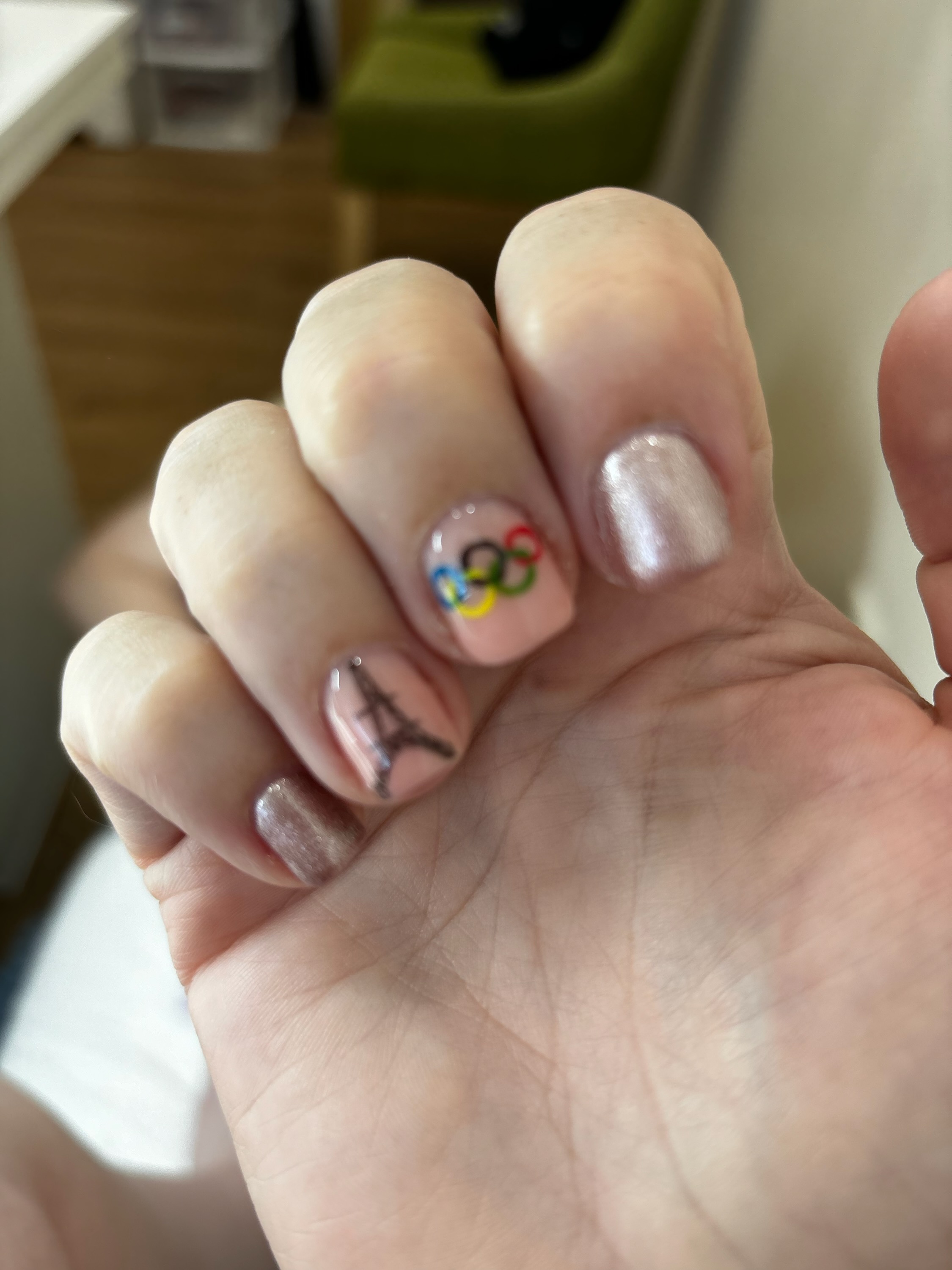
After a thankfully uneventful passport control and customs, I met Leann with one of my best friends from my 8 years in Washington D.C., Gay (“Half Way”) from the Hash House Harriers. What a surprise! Gay lives down in Kent, and we had discussed possibly trying to meet up in London – she looked at our arrival schedule and decided to meet us at Heathrow! She had a bag of “treats” to welcome me “back” – PG Tips, Hobnobs, Digestives, Cadbury chocolate . . . Yum!
After a bit of up and down and around and skyways and lifts, we met our Uber driver in the Heathrow car park and headed in to London. The sedan was able to fit the three of us, our carryons, and our checked luggage (hat tip to Solgaard’s large “trunk” – wonderful!), and off we went. Leann took the front seat to have a better view (to the left is MI5 as we crossed Vauxhall Bridge), and to let Gay and me catch up on about !35! Years.
We checked in at the Strand Palace and Gay came up to the room with us. We opened the door … and at about half way open, it slammed into the foot of one of the beds! The room is clean, mattresses are comfy, shower head can be raised so only minimal ducking … Who needs a ton of floor space? :-)
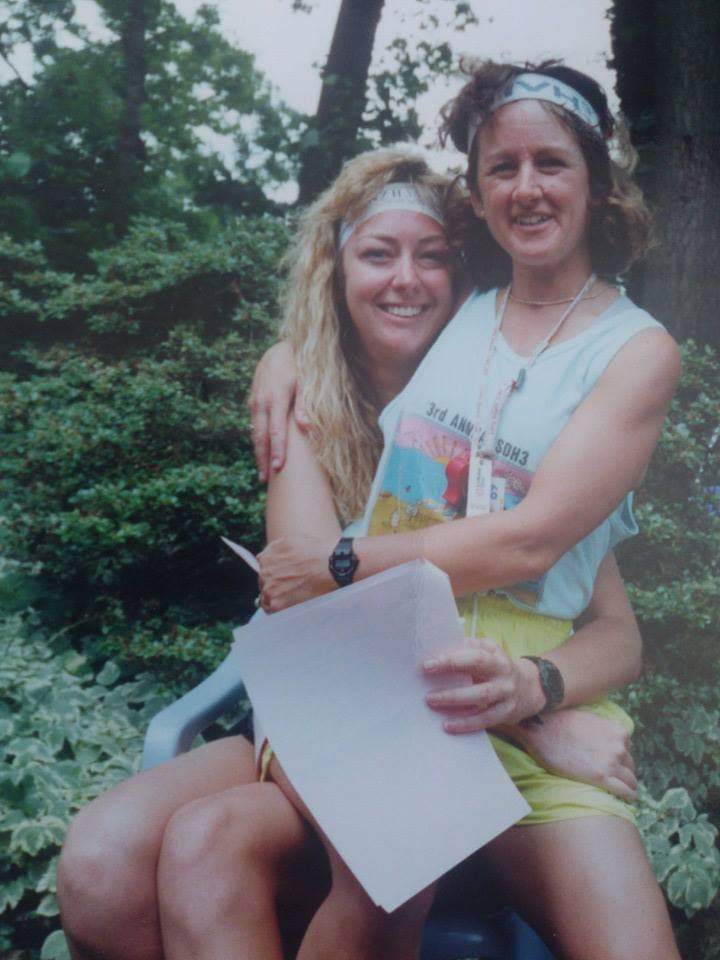
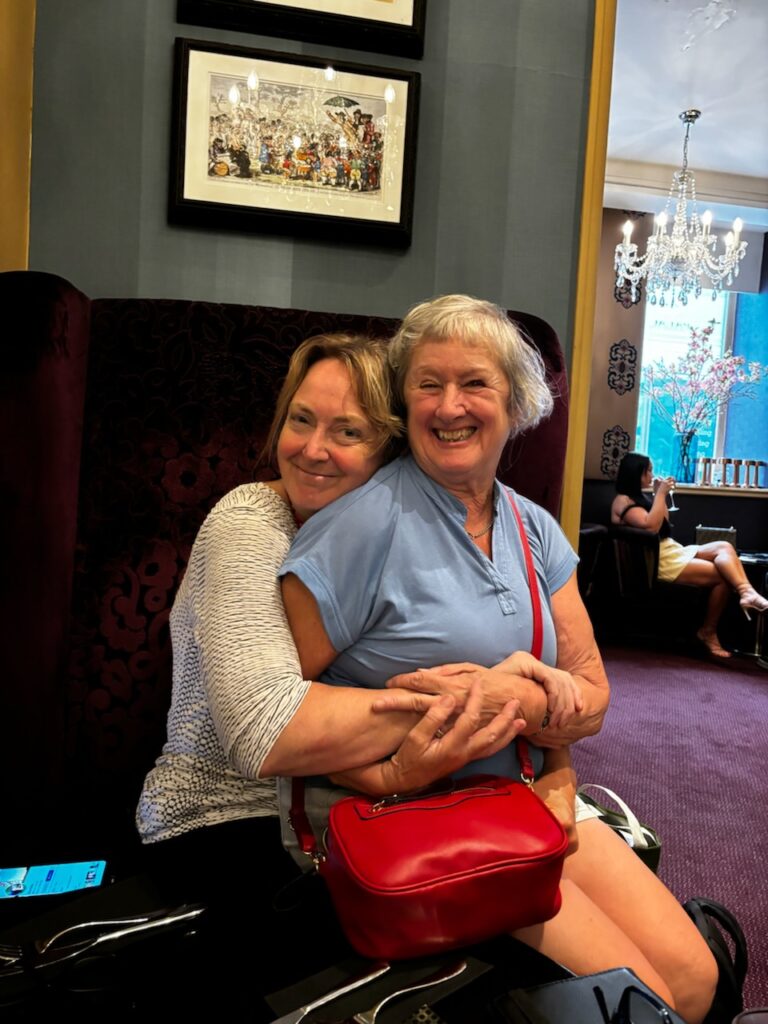
We decided to head down to the Art Deco-inspired “gin joint” at the hotel. The atmosphere was fun; each cocktail was inspired in some way by a historic event at The Strand Palace or person involved in its history.
Gay told us that it had been raining before we arrived, and we all wondered how it would affect the Olympics Opening Ceremony, which we thought was starting at just about the time our drinks arrived. (No TVs in the “gin joint.”) We had a super fun evening, though Leann and I were starting to be a bit “worse for wear” jet-lag-wise. Gay had taken a train up from Kent and was staying at a nearby hotel, so we bid her “adieu,” actually thinking we would be able to meet up the next day (Spoiler Alert: Bad cell phone communications…*sigh*)
When we got back to our room, Leann and I changed into jammies (mine, the ones I had “liberated” from Virgin Airlines), turned on BBC, and were just in time to see the Ukrainian athletes slide by in their barge on the Seine. We had missed the beginning with Lady Gaga, the Marie Antoinettes holding their heads in the windows of Versailles, ménage at Trois at ?the library?, all countries before “U”, etc. – but we saw the end of the parade of athletes, the “fashion show,” dancing, “steampunkesque” horse and rider on the Seine (amazing!), fireworks, parkour/ninja delivering the torch, Carl Lewis and Serena carrying the torch in the wavy water (Serena looked seasick!), turn-of-the-last-century-style balloon as the Eternal Flame “caldron,” Celine Dion and, of course, *THE RAIN*! We discussed how we hoped that none of the athletes would come down with a cold! It was *pouring*.


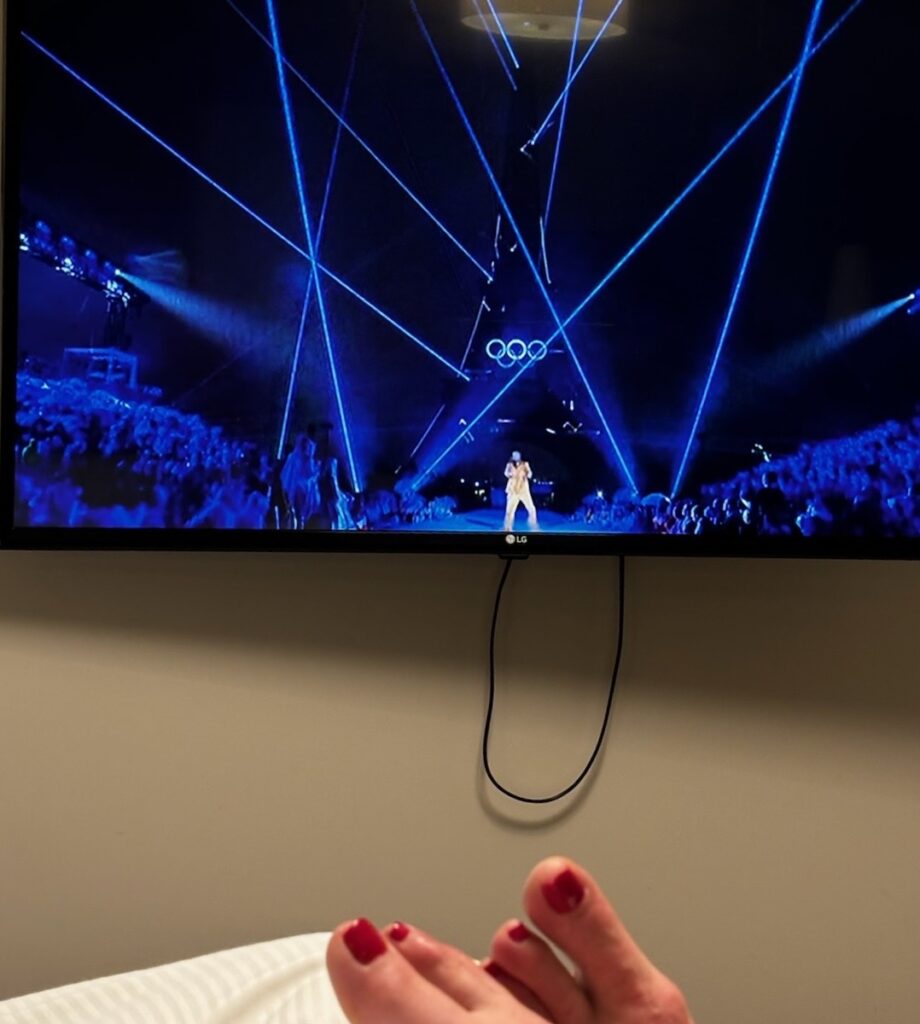
Didn’t sleep great this first night . . . And then, waking up at about 3 a.m. local time, I had a “Waaaaaait a second…” moment, and quietly got out my phone and started doing a bit of research.
I was to start off with a guided tour of the Churchill War Rooms, which is run by the Imperial War Museum. Back when I was in grammar school and high school, my family had a board game that we called the “London Tube” game. I don’t really remember how to play it, but I *do* remember that if you had to get to the IWM (Imperial War Museum), it was *way* down in a part of London that was difficult to get back from, at a station called “Elephant and Castle.” Leann and I had planned that she would go to the IWM, I would do the War Rooms, and we would meet when I was done.
Herbert and I had gone to the IWR the last time we were in London. We both loved it. But my 3 a.m. wake-up was a reminder from far earlier, when I had been in London with my cousin Robin. That memory centered around St. James’s Park – which is far from Elephant and Castle – walking past the War Rooms “entry” and discussing it.
Sure enough – I looked up the War Rooms – and they were *nowhere near* the actual War Museum. Yikes!
When Leann “finally” woke up (about 5 lol), I told her what I had uncovered. We decided to scrap the idea of actually going to the IWM at all (remember the Tube game? It’s out of the way, not near other sights…) She would come with me to the War Rooms (which are, indeed, across from St James’s Park), and do what she had really wanted to do at some point in our travels – head down to the Thames and see Ben Ben, Westminster, etc. Perfect!
We found the only coffee shop open in about a 5 mile radius at that hour (truth!), took a few snaps, and then she was off to the Thames, I was off to the War Rooms. The streets were deserted, though we kept coming across barriers, police, etc. (More on that later.)

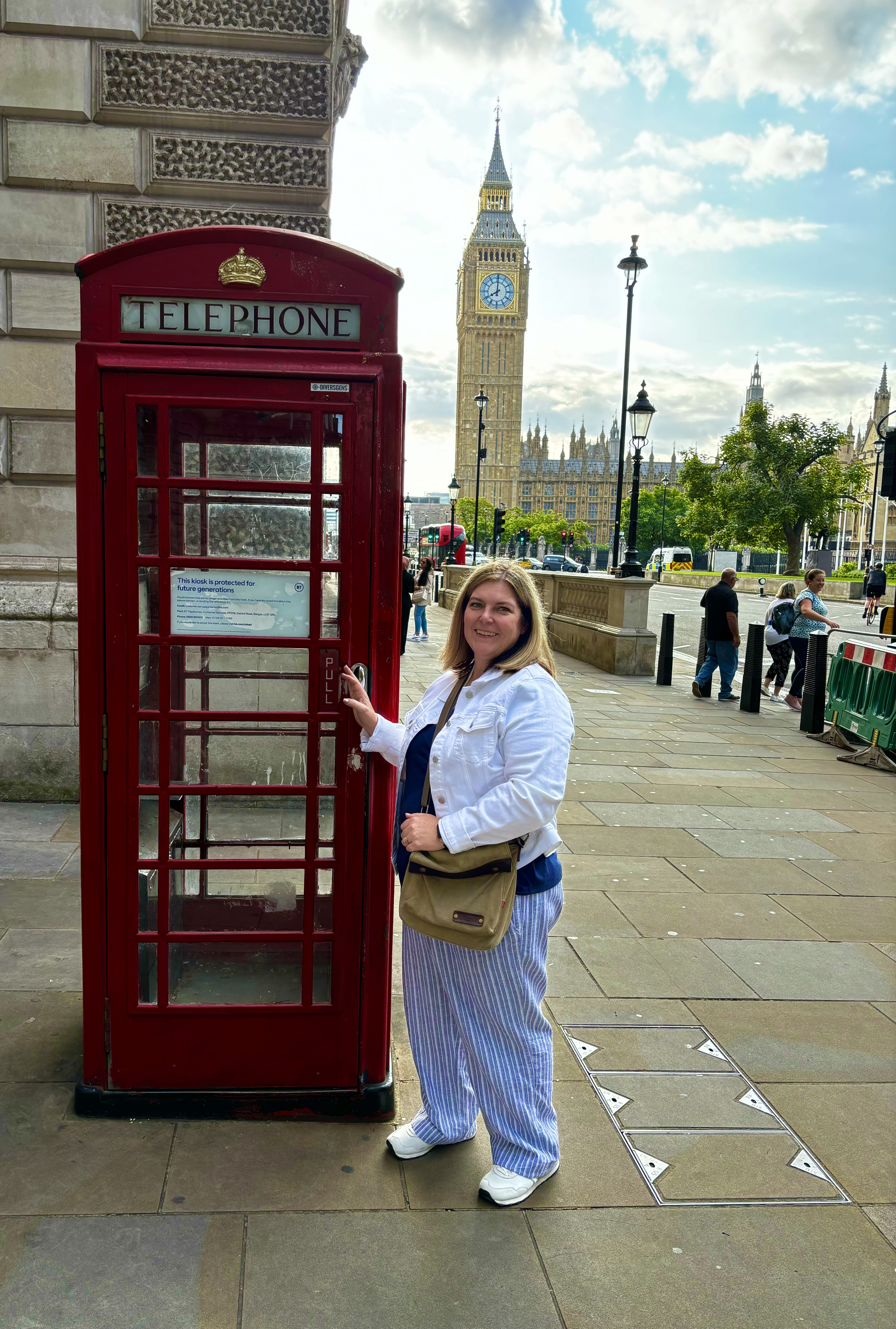
Here are a few shots from Leann’s jaunt while I was 12’ underground in Churchill’s War Rooms. (Yes, only twelve feet!) I cropped them to be a bit more artistic, but I would *bet you* if you asked her nicely, she’ll show you the actual photos. :-) And BY the way, did you know that “Big Ben” is NOT the name of the clock tower? “Big Ben” is the name of the bell inside…the clock tower is Elizabeth Tower. Yes, really!










Meanwhile, I was (only) 12 feet underground, doing the tour of the War Rooms. If you think they are a close and claustrophobic rabbit warren now, imagine adding thick cigar and cigarette smoke from every single person! When the “fresh” air came in from outside, it was so polluted with dust, grit, etc from the continual bombing (plus the “usual pollution that was rampant in London until just recently” per our guide), in actual fact, the cigarette and cigar-laden air was considered preferable!
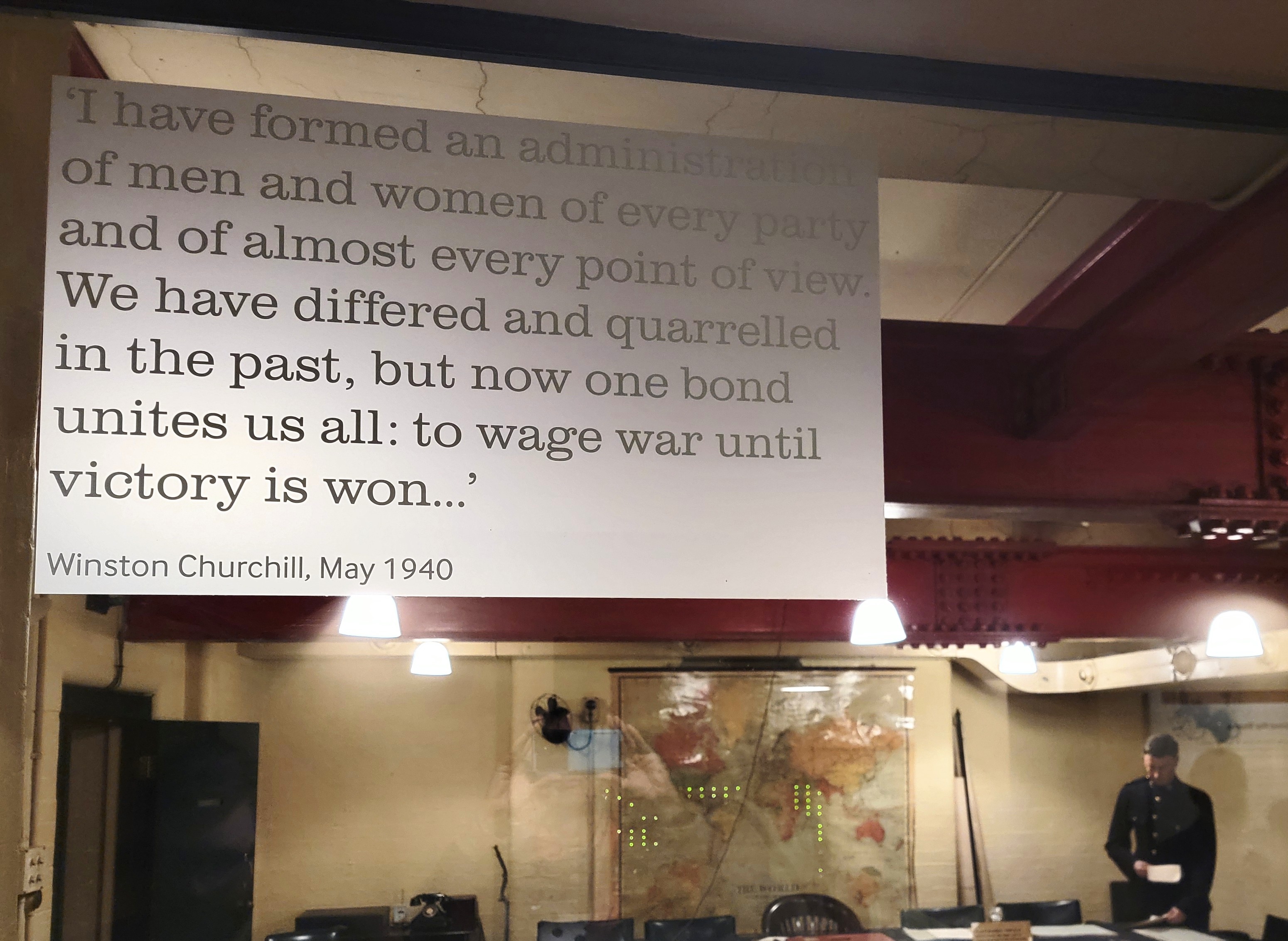

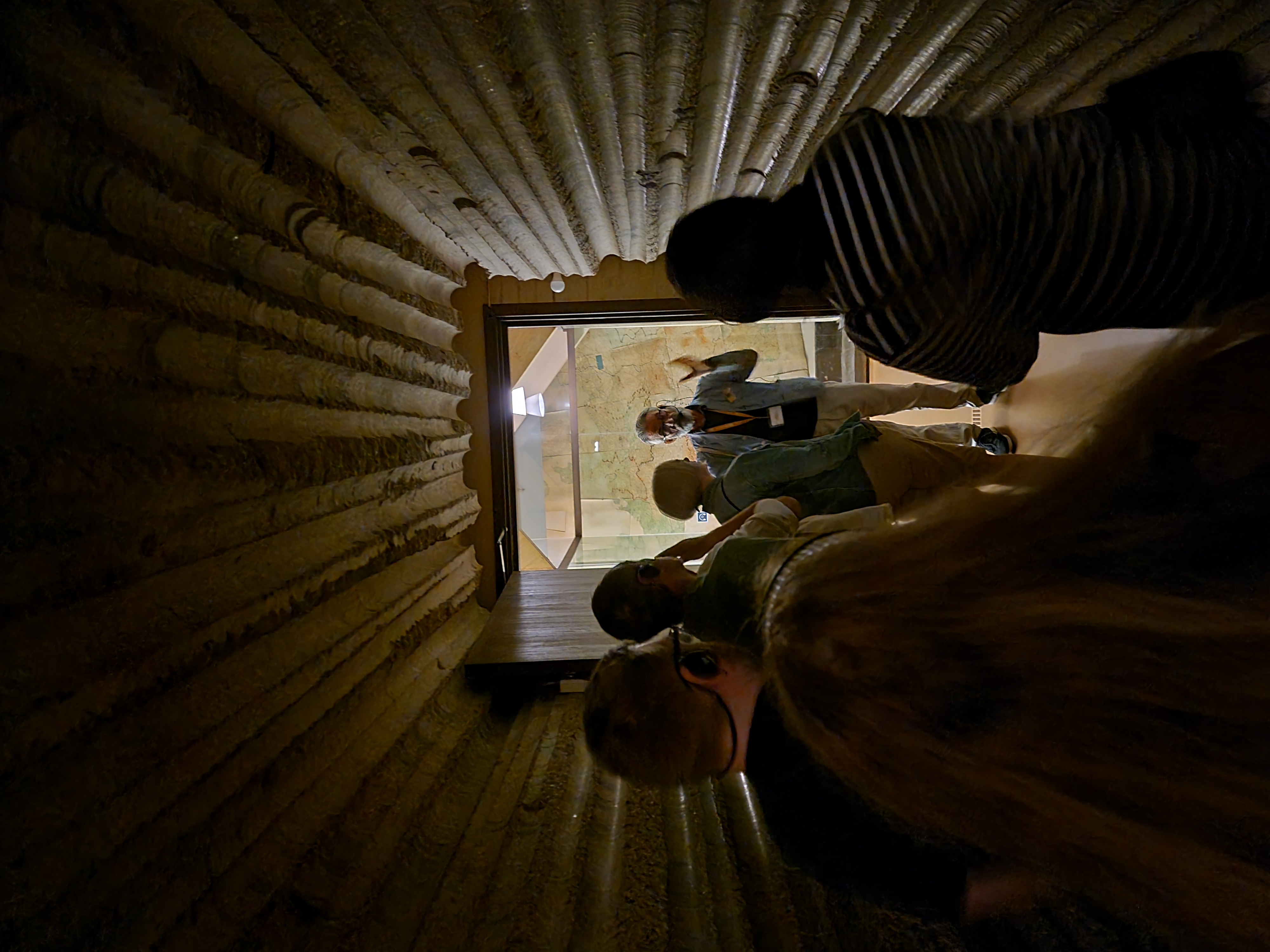


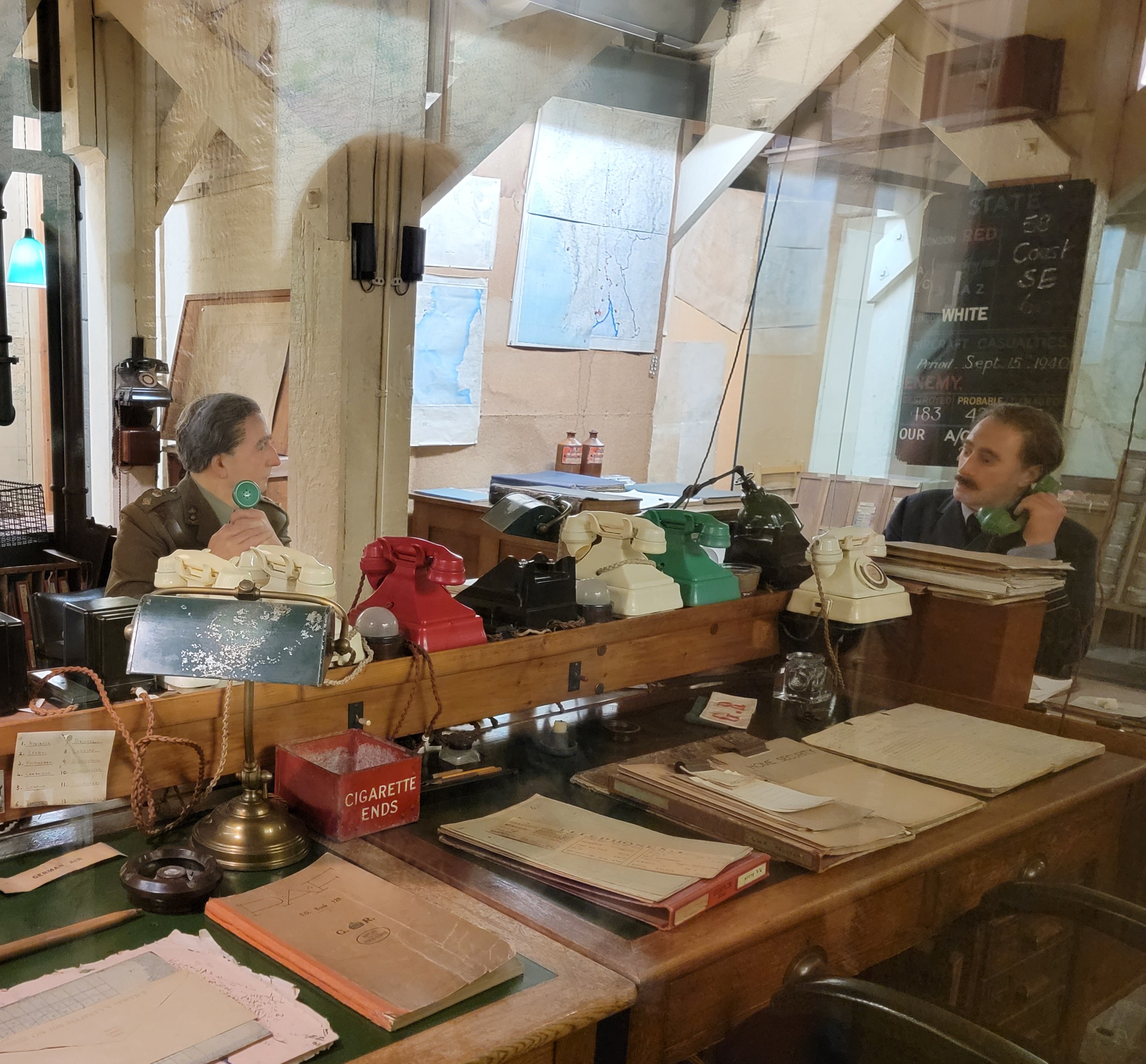
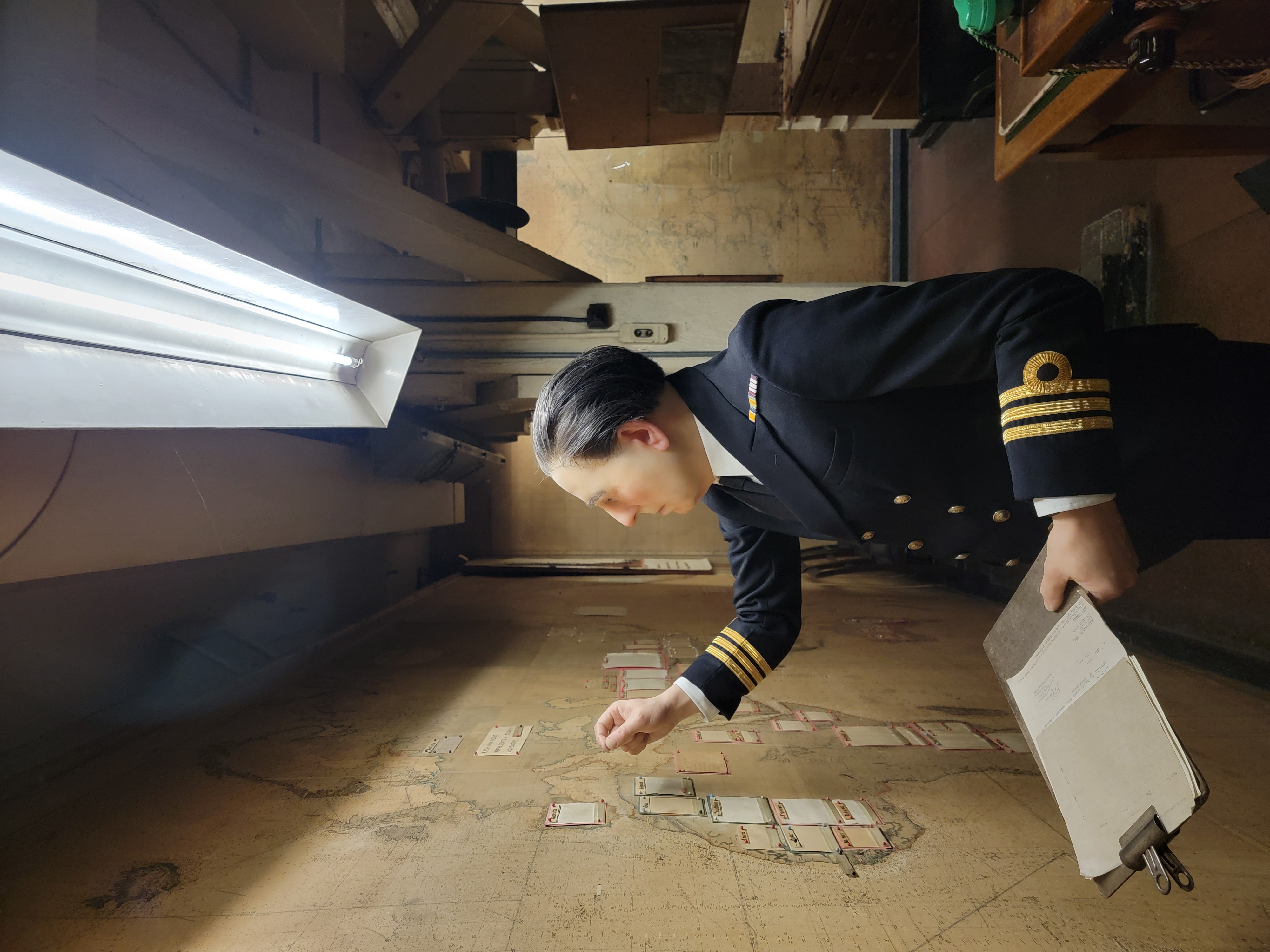
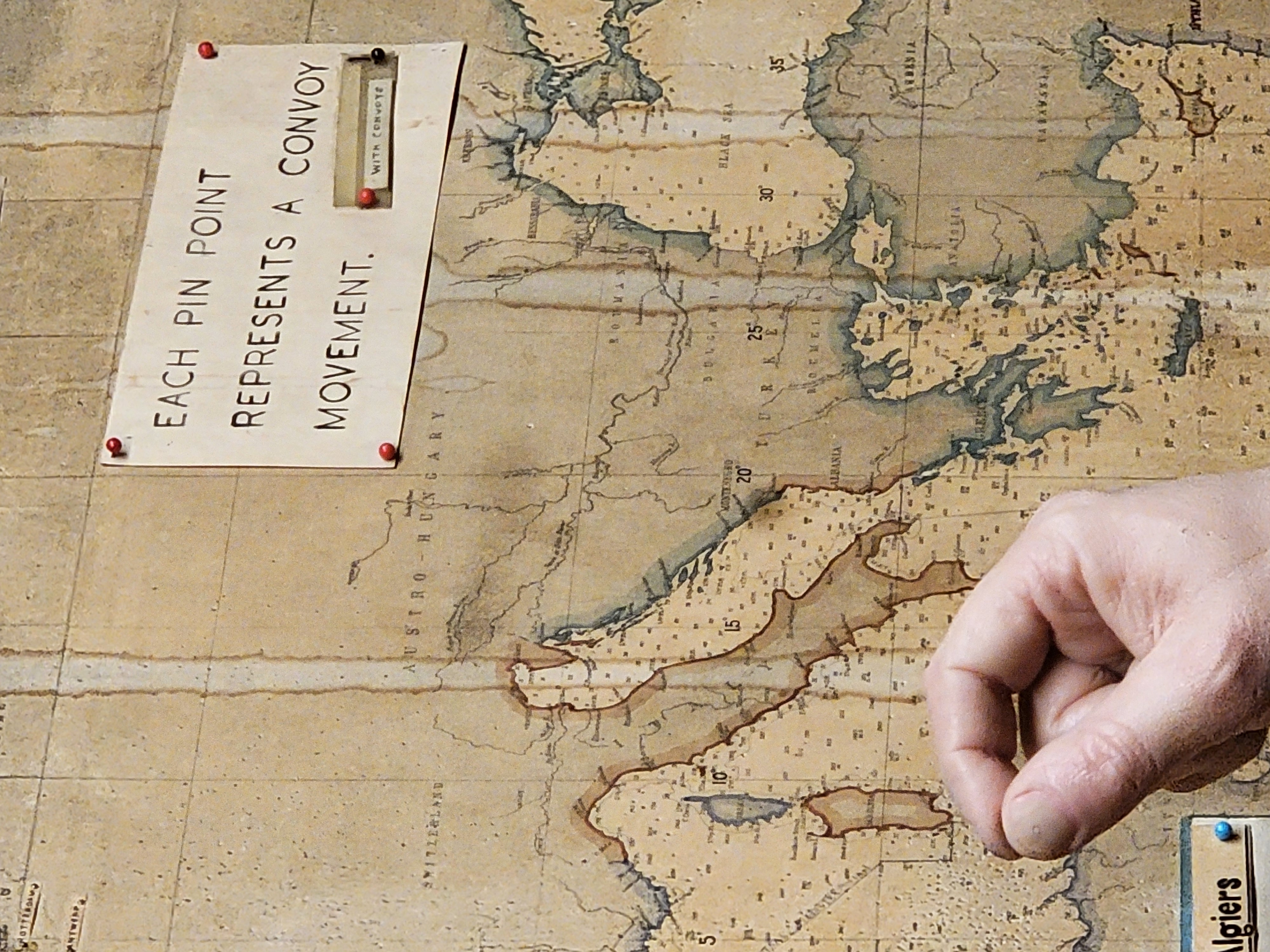


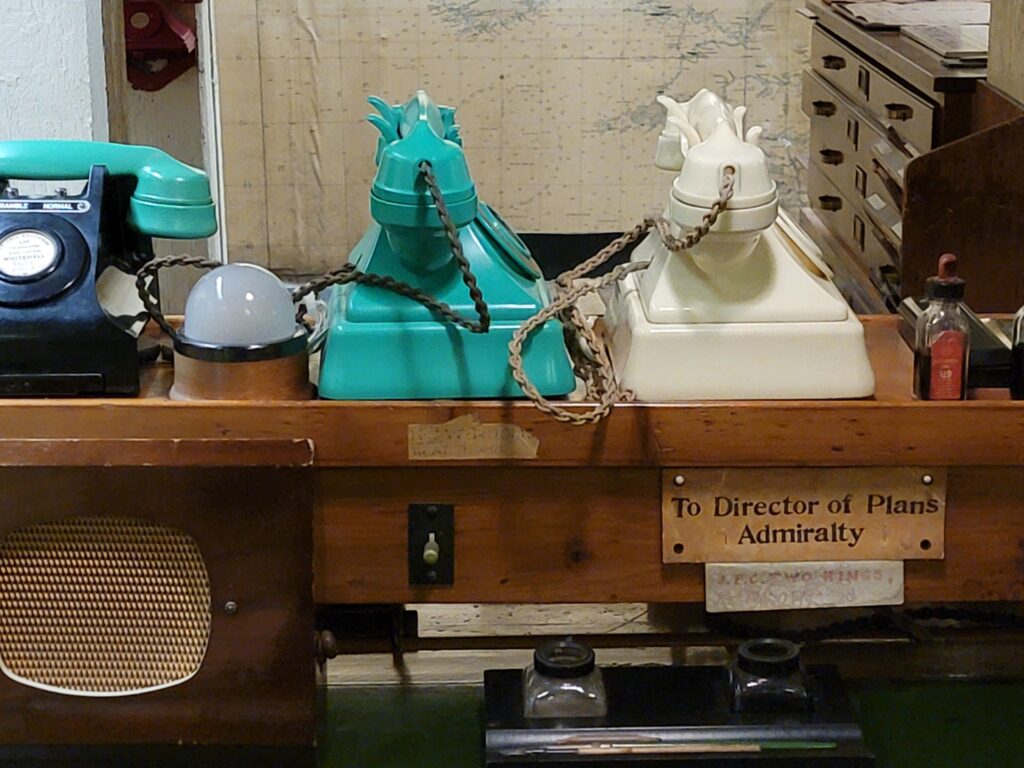

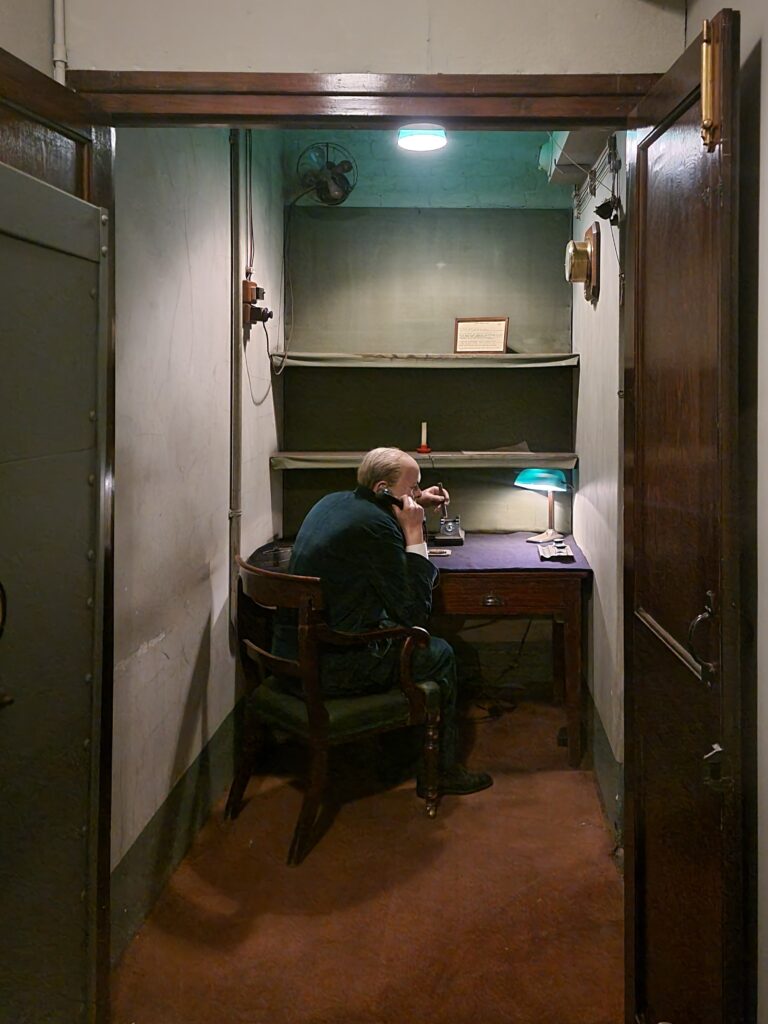


Once Leann and I met back up, we headed over to Buckingham Palace, which was PACKED with people obviously believing they were going to see the Changing of the Guard at 11:00. It was about 10:50 … but it was Saturday (no Changing). Since we were “In The Know,” we headed through a gorgeous sunny St. James’s Park up to Fortnum and Mason to have a scone and some Countess Grey.
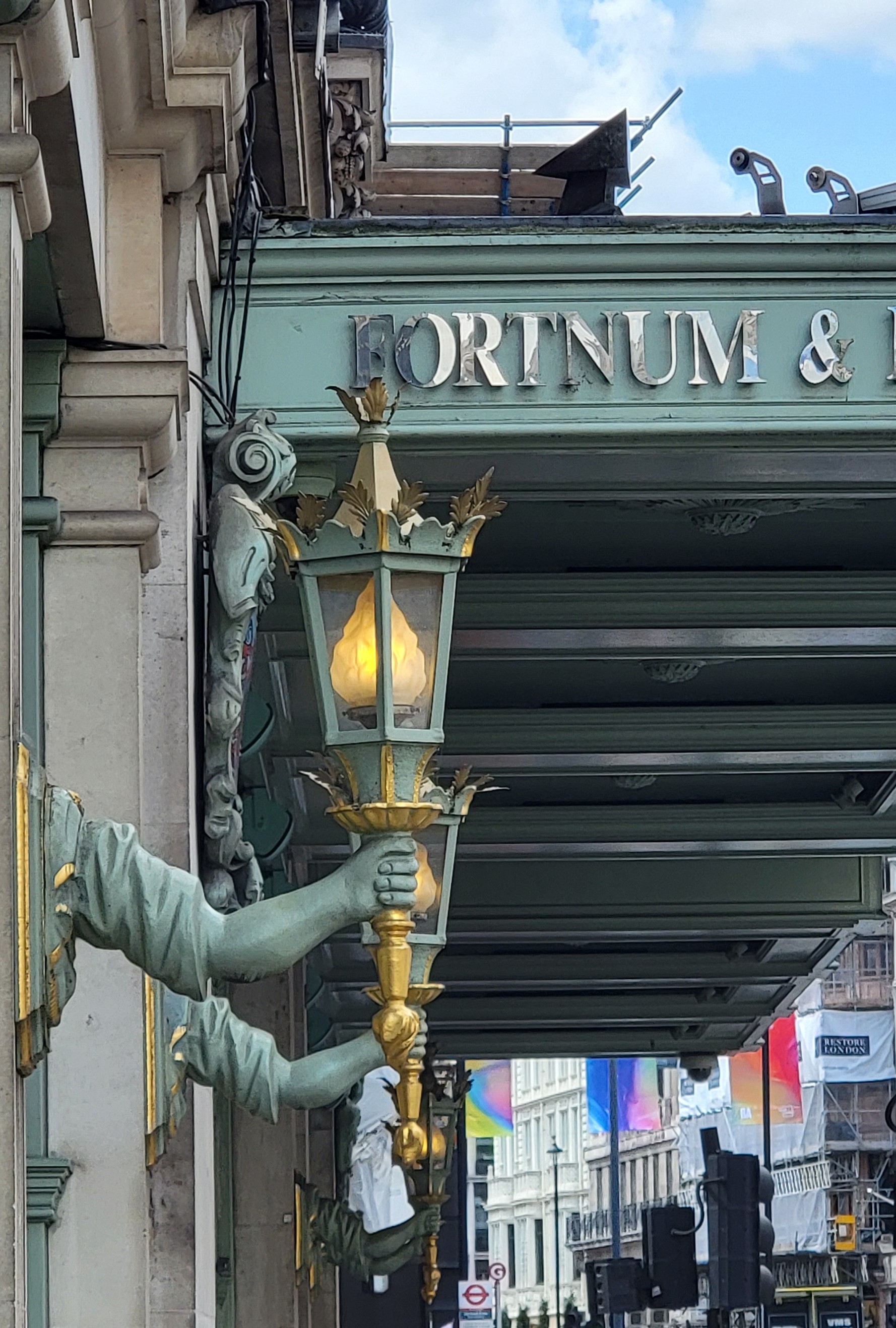
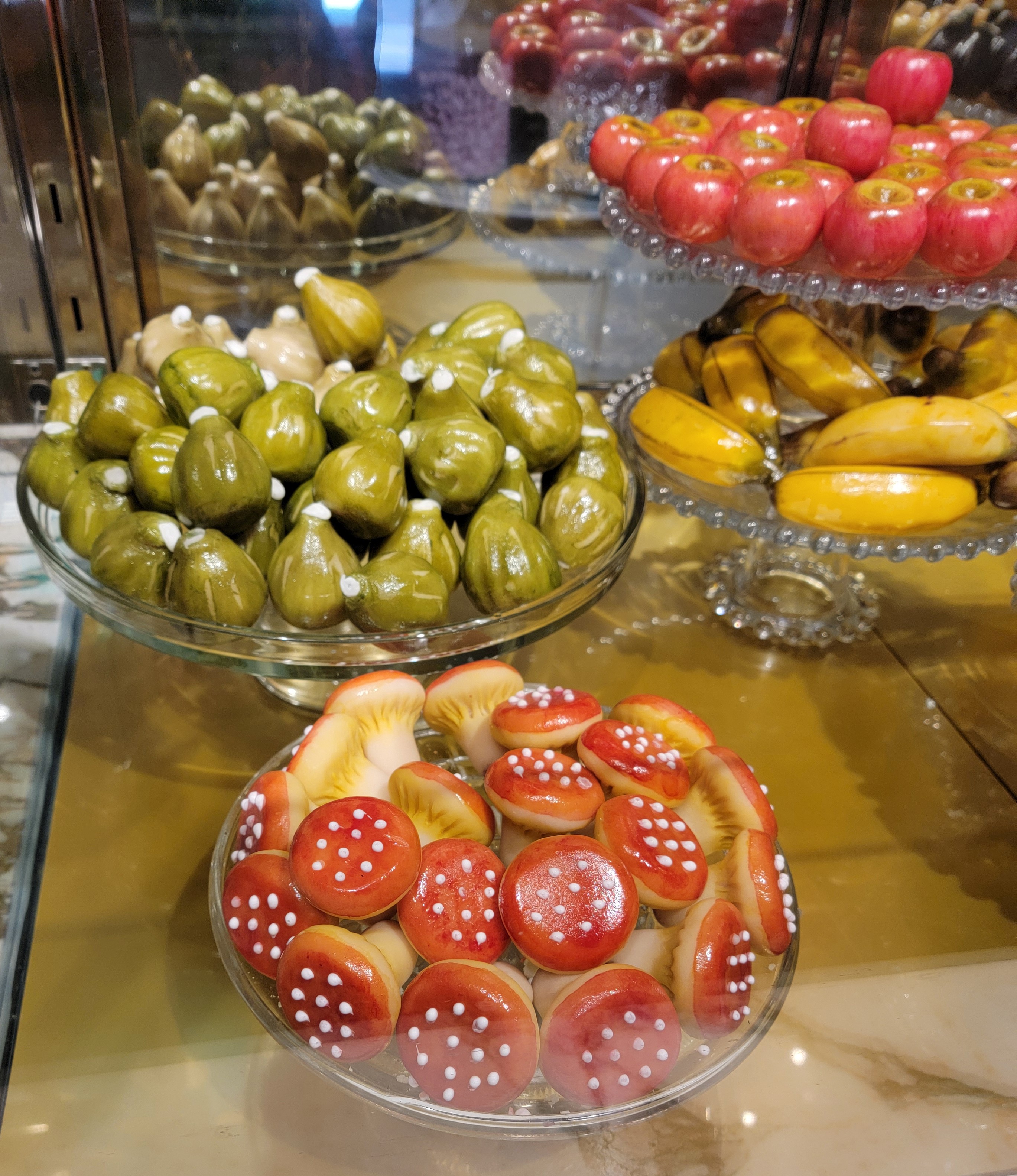

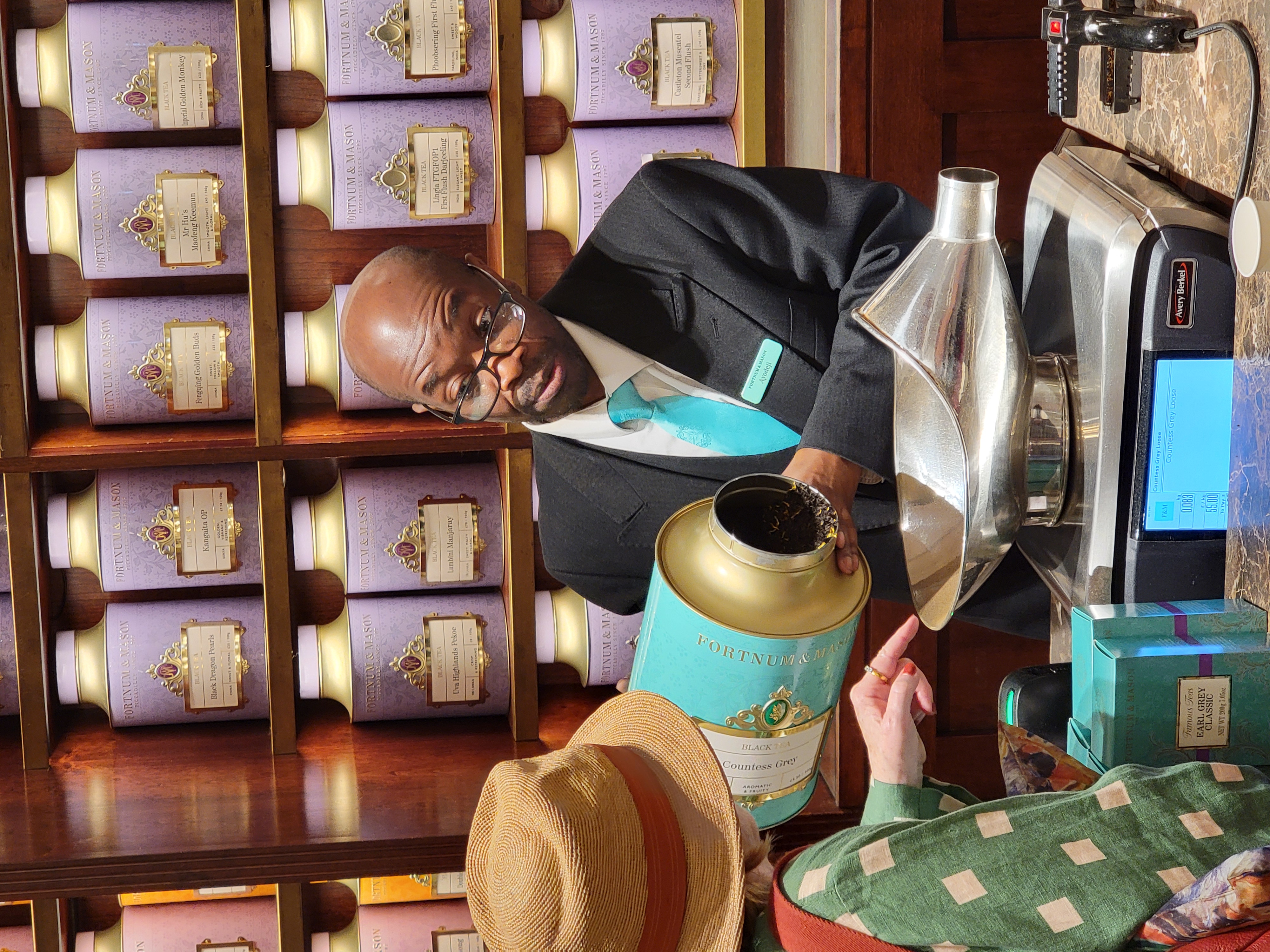
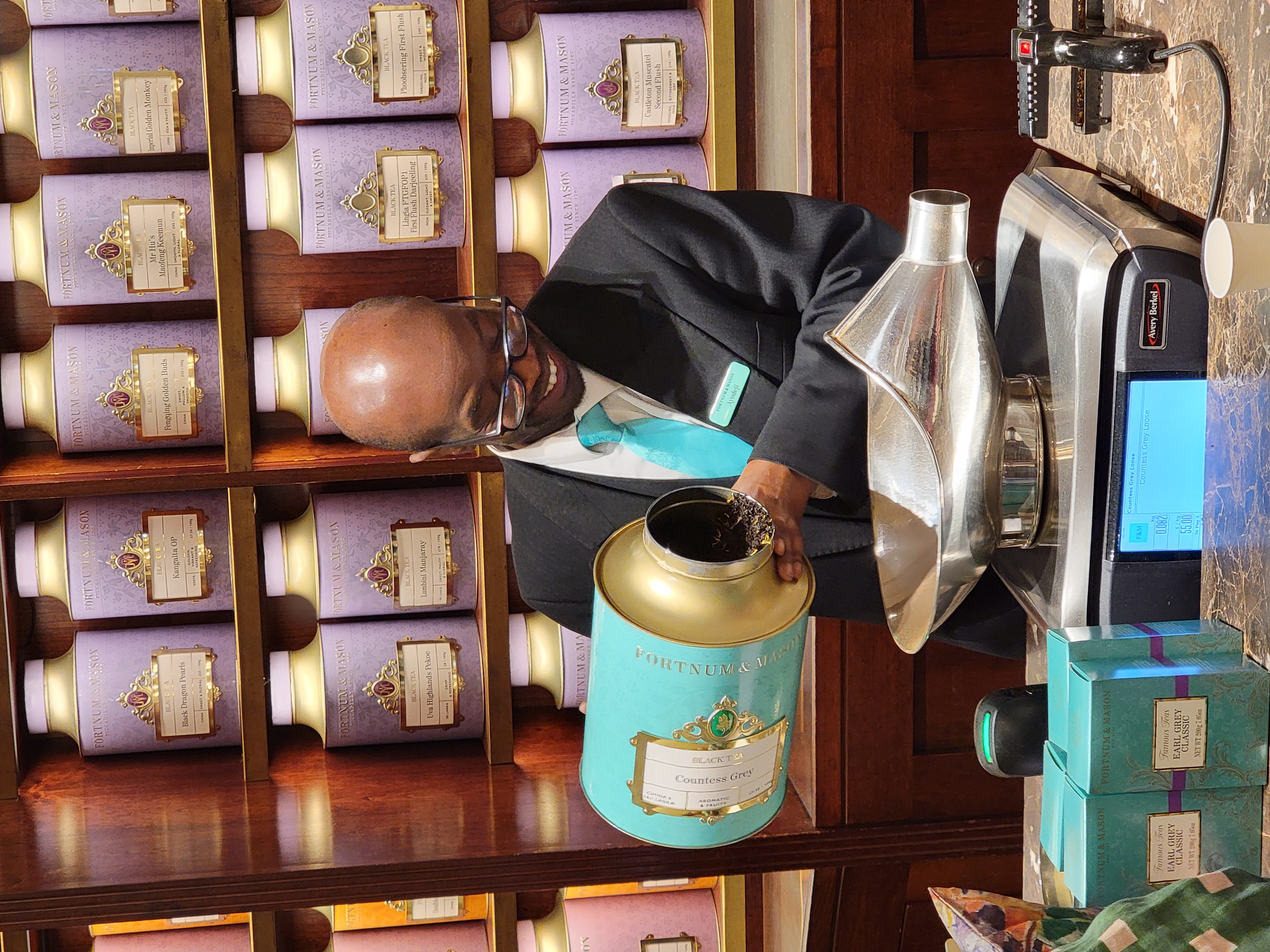
We tried to catch a cab from F&M to Raffles, where we were having lunch. First, the driver texted us that we had to walk about 3-4 blocks, because the roads were closed. Once we got in the car and drove about 3 more blocks, he said that we would get there faster if we walked – it would take him about 40 minutes by car but it would take us about 25 minutes to walk. And he charged us the full fare – ah well….
We followed Citymapper through back streets and wound up on the Plaza behind the horse guards – just as they were having a changing of the guards! That was a huge surprise! In case you’re wondering, the guards with the big bearskin helmets are all infantry. They “stopped smiling” during Victoria’s reign. She had lost her husband – the love of her life – early, and from that moment she started wearing black and “never smiled again.” The guards in “sympathy” also started looking more stalwart. It’s currently $200 if you are caught smiling, which goes directly to the Royals. Leann and I talked about it being like a Secret Shopper in a store – perhaps they have “Secret Tourists Snapping Photos”??
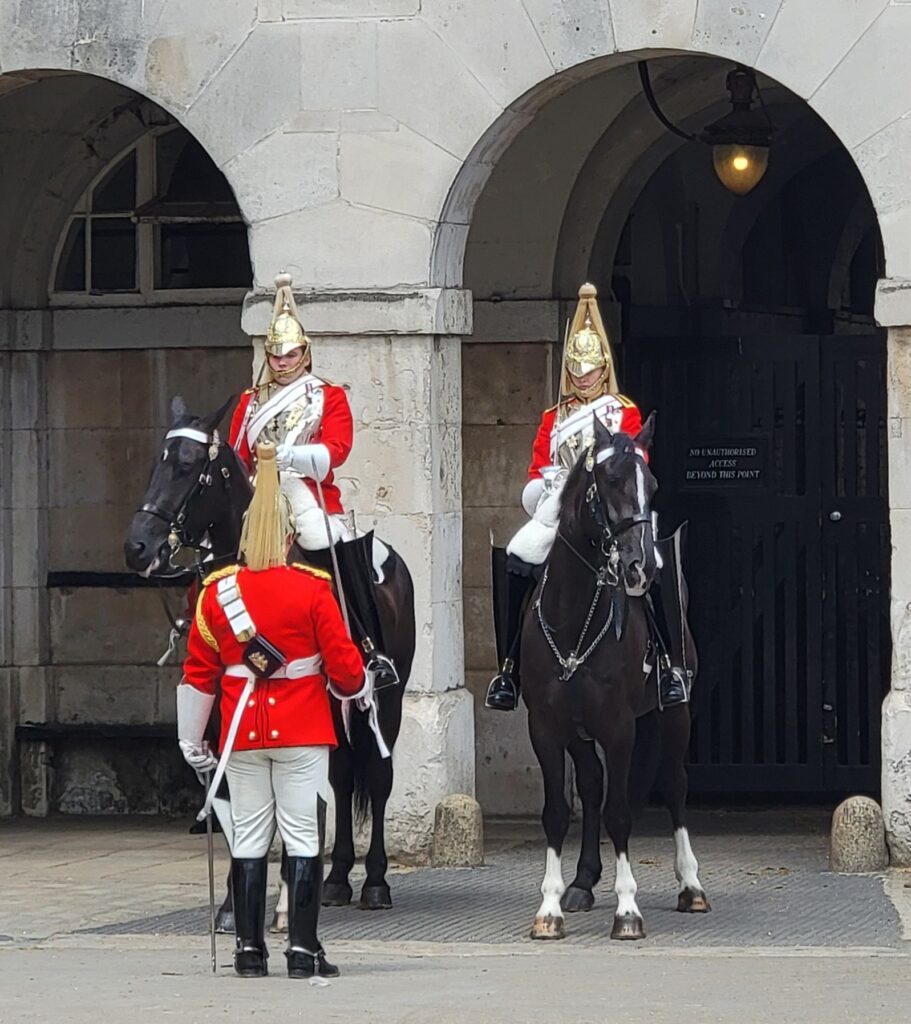
When we finally made it to Raffles, we accidentally wound up in the Drawing Room versus the Guard’s Bar, and had a spendy high tea. It was great, just unexpected. Our waiter was particularly nice. He was from Portugal. Actually told us he had been almost a shut-in computer guy, but after COVID he decided to get into the hospitality industry and “learn how to” talk to people, etc. He now was exceptionally proud to be a waiter at Raffles.

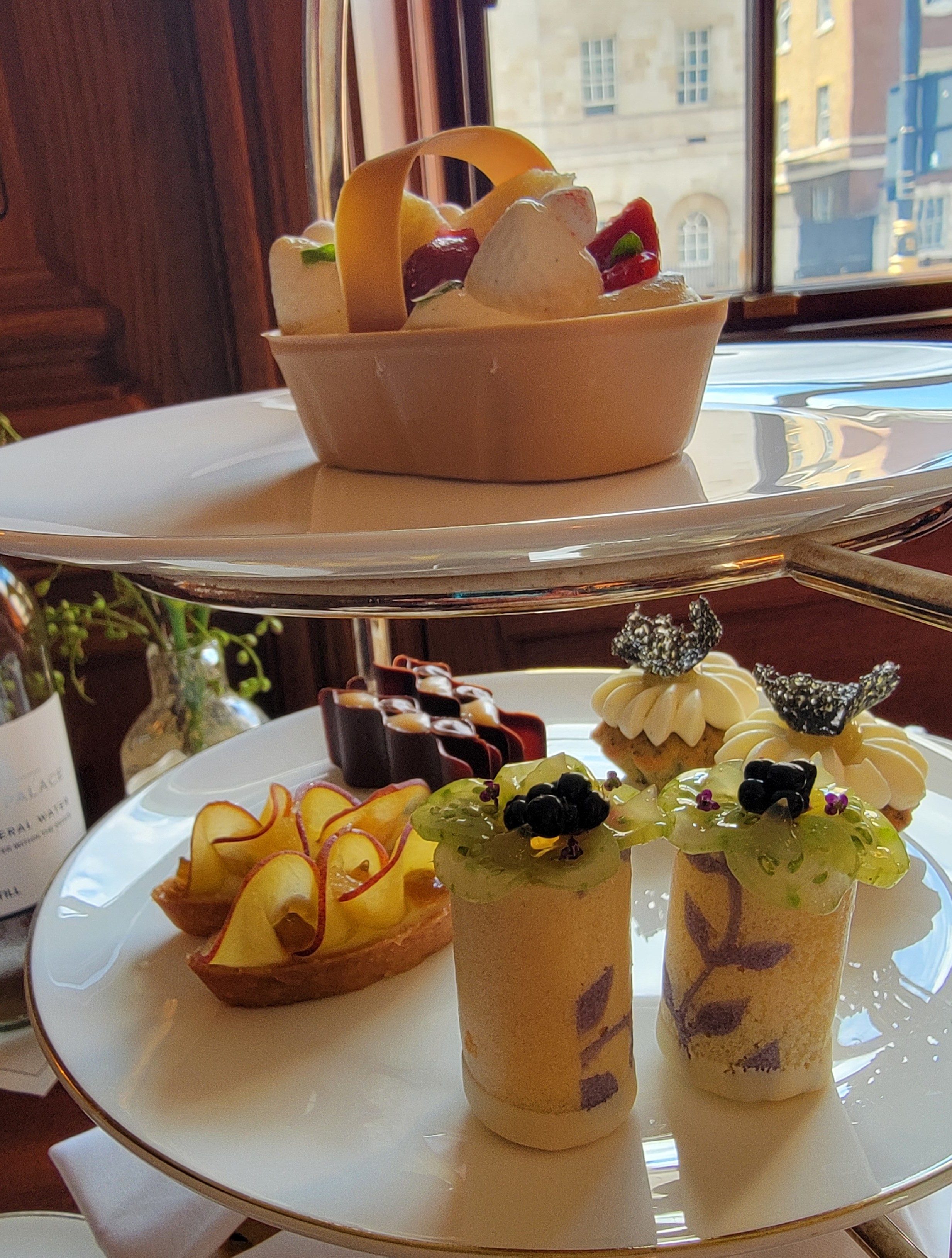
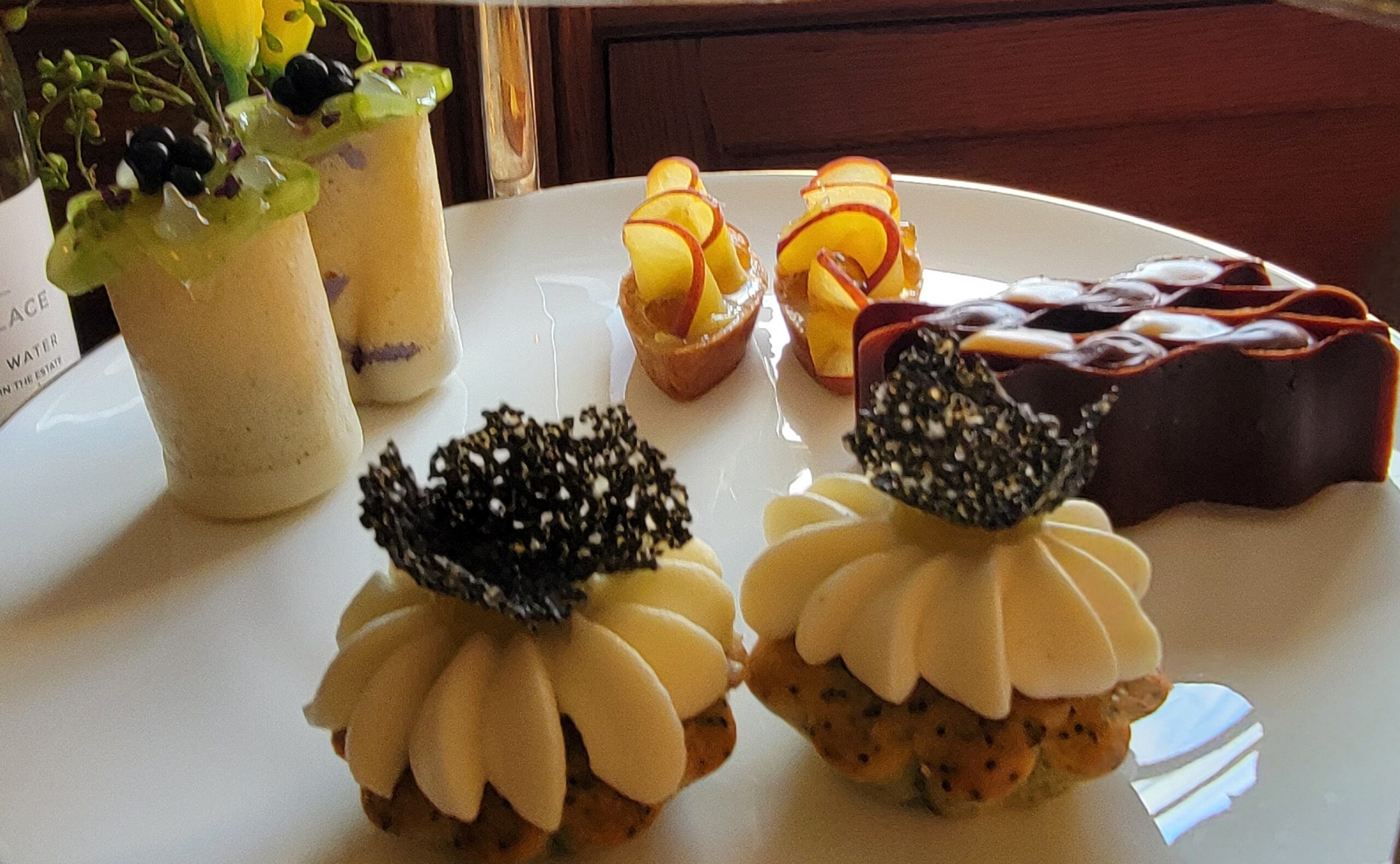
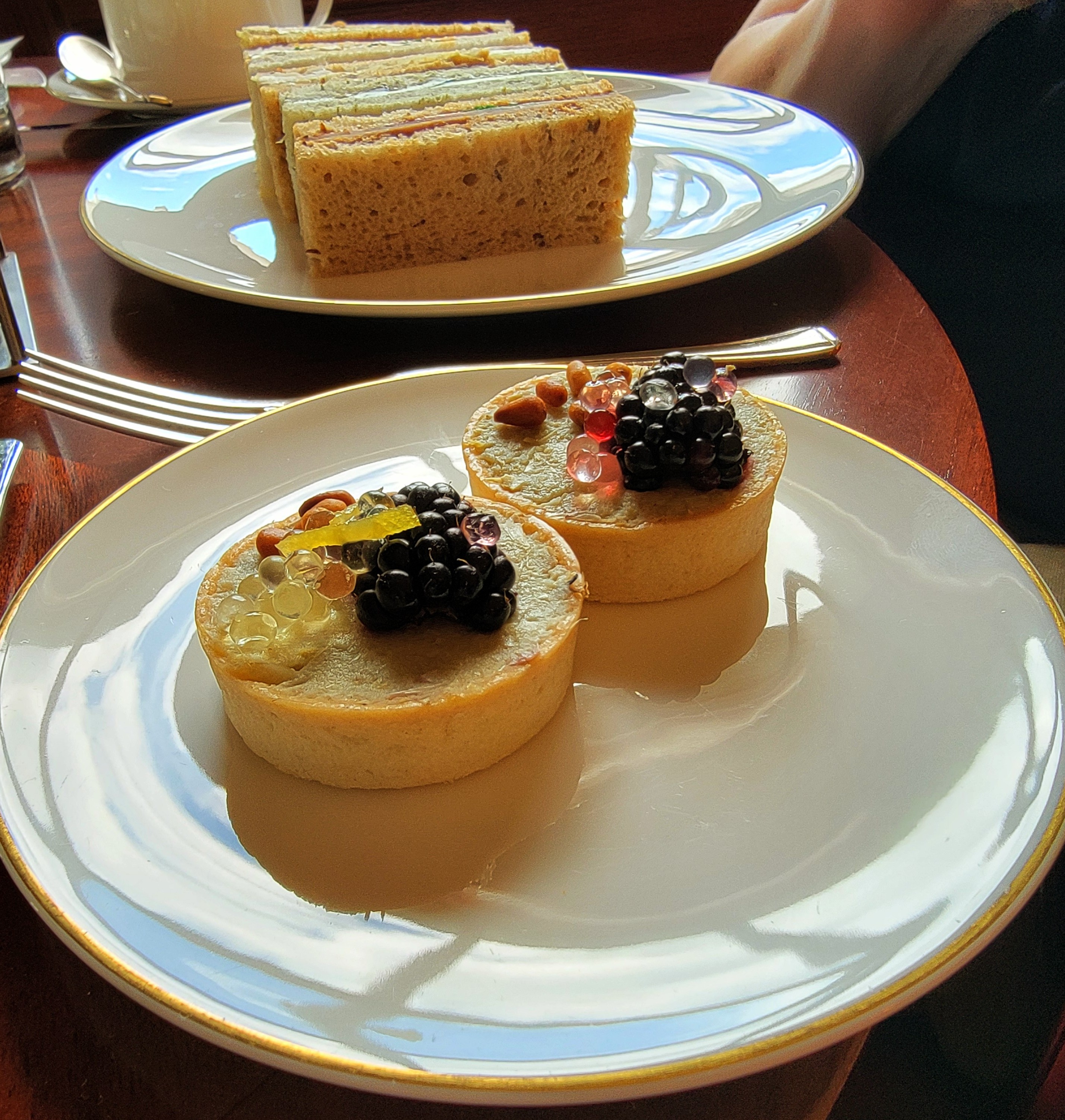
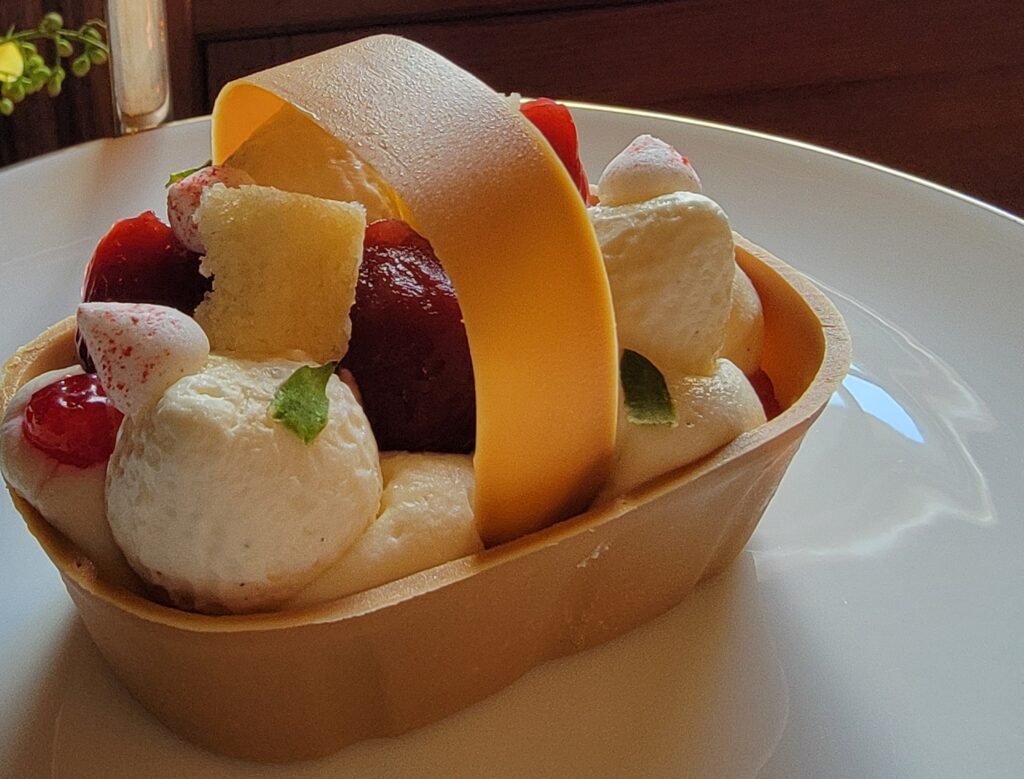
Turns out the Amex concierge had booked us in the Drawing Room though I’d asked for the Guard Room Bar. When I went to the Guard’s Bar to apologize that we hadn’t shown up for our reservation, they felt bad for us and gave us a glass of champagne, gratis. :-)
There had been an *enormous* protest when we were at Raffles. The maitre d’ told us that they had been told to “plan for” two protests today, but had found out that morning that there would be three. That’s why *so* many roads were closed.
The bartender at the Guard Bar gave us a “back way” to avoid the protest, closed roads, etc on the Strand, which we followed. It took us under the Embarkment and then into a sweet little park that ended right behind the Savoy, which was across the street from our hotel. Score!
Police laden down with machine guns across their chests = a completely different visual than anything I expected in the U.K. As most folks know, generally Police in Britain do not have guns. The idea is that if a policeman is shot, “everyone knows” that the police do not have guns, so it’s far, far more egregious than other countries.
We walked back to the hotel; Leann took a nap while I started downloading photos for this post! The wifi here is pretty slow, so it’s been a bit of a slog.
She headed out about two hours ago for her “Key Ceremony” locking the doors of the Tower of London – and she wanted to get a “fish and chips” while alone (since I’m allergic to fish). She did text me that she made it, had a great time, and was checking off another thing on her “bucket list” – a ride in a black cab with “suicide doors” on the way back to the hotel.
As an enormous surprise, a beautiful cheese and fruit plate, and champagne, showed up at our door, courtesy of my friend’s family, as a thank you for helping them through some personal sorrow. What an amazing surprise! I am now completely happy and completely stuffed!
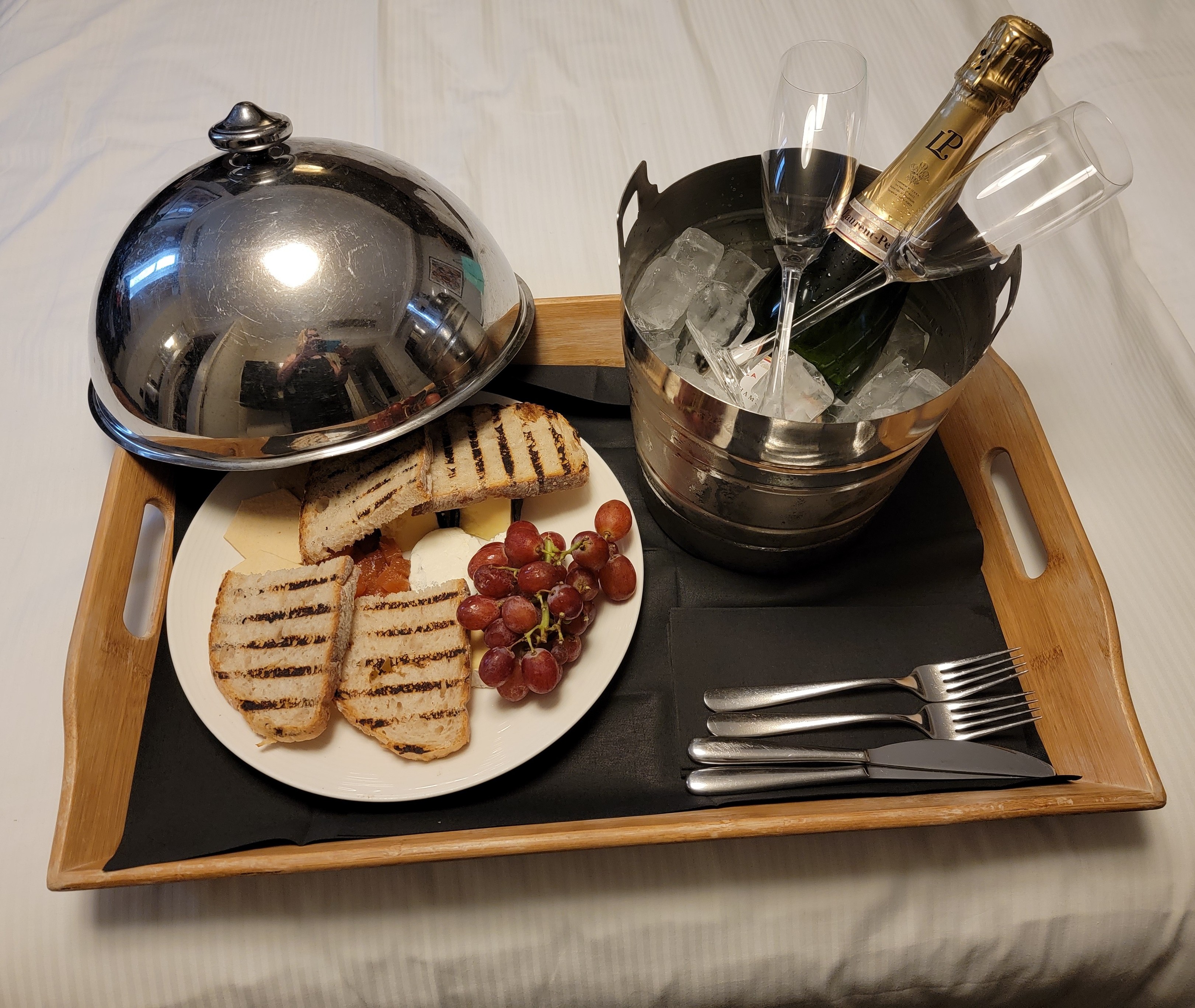
Tomorrow: British Museum meeting up with another friend from the U.S. who moved back to the U.K., our “actual” high tea at The Langham, some other things that I’m forgetting about (lol) and a Jack The Ripper tour in the evening!
Cheers!



